Chat conversation between Rafael González and Monty Cantsin Amen — September 12 – November 02 , 2020RG - Why didn't you go to the USA with Zsuzsa? Have you had any news of her afterwards? MCA - Zsuzsa is from a family of Holocaust survivors. After our arrival to Paris she got support immediately from an organization that helped jewish refugees from Eastern Europe to immigrate to the USA. Her brother already lived there. So six month later she was gone. I stayed and continued my struggle living under horrible circumstances. Of course it was also a powerful learning experience, you know, the fascinating misery of a beatnik dropout street singer. What kept me alive were the phone calls with Zsuzsa from a public phone booth where you could make long distance calls with only one franc for hours. The trick was to attach a thread to the coin and hold it back from falling. Meanwhile I applied for permanent residency in France and I also signed up for immigration to USA, Canada and Australia. Canada was the fastest for organizing my papers. A couple of weeks before my departure I also received my permanent residency in France. But I was already determined to leave. I auctioned my belongings to friends and took a plane from Brussels to Montreal. Oh, and just before I left I have seen an amazing Duchamp retrospective at the Beauburg (Centre Georges Pompidou). That was my reward for all the torment in Paris. Zsuzsa visited me in Montreal not too long after my arrival. But by then she had a new boyfriend and I think she came only to test if she was still in love with me. The test happened to be negative. Later I realized that Zsuzsa's mission was to lead me out from a hopeless existence and take me on the road to Neoism. Zsuzsa and me, selfie, 1973, bed-in action, Budapest. RG - You recently celebrated the birthday of your daughter Nineveh. What cannot be missing on a Neoist, birthday? Is it possible to turn something as endearing as a loved one's birthday celebration into a Neoist event? MCA - It's inevitable. My kids were born into Neoism and they were always part of it. Their births were Neoist celebrations and they grew up holding up flaming irons. We are a renegade Neoist family also known as the Kantor Family Circus. We participated at many international performance art events always joined by other Neoists. Fire is always part of a Neoist event in some forms. Fire, the first and most important technology in human history, was plundered by Prometheus from the gods and he gave it to humans. For his prank he was sentenced to eternal torment. In this greek mythology you can find some of the basic components of Neoism: sacrifice, plunder, prank, torment, fire, blood… RG - Is it important that birthday parties are held at six o'clock? MCA - Yes, I mean no. I mean it cant even be otherwise 'cause in Neoism it's always 6oclock! RG - Have you ever used the I Ching as a method of creation, like John Cage did, but in a Neoist way, or does Neoism have its own method of guidance and divination or this matter is incompatible with you? MCA - Here we go, a very essential question. Yes, the I Ching, translated in English as The Book of Changes, included in the list of many, maybe endless number of books, forming the base for Neoism. I mention always that Neoism greedily wolfs down everything only to get sick and puke. It's not because we are often unrespectfully bitching and assaulting but rather because we want to suck in everything possible that can be reused under the term Neoism. And if you analyze Neoist philosophy you will remark the essence of divination through the mythological engagement of the 14 Secret Masters of the World as well as the importance of numbers which is also remarkable in Neoism just like in I Ching. Just to bring up two examples. But I cant say that we worked with I Ching as a method of creation like John Cage did. No. You know these ancient philosophies like Taoism and Buddhism are very visible dominate Neoism. When I met John Cage on January 16th, 1979 in Montreal after a talk/concert at the University of Concordia I handed him my homeless passport to sign it at the visa section. First he said "No, I cant do that, you might have trouble at the border." "I already have trouble at the borders" I said "Your signature will be my permanent visa." He laughed and signed it. He obviously preferred humour and wit over authority, which is also a Duchampian position, and for sure an irrefutable substance of Neoism. In spirit and certain concepts John Cage is part of Neoism, in methods we are quite different. However, I can point to such Neoist conspirator like tENTATIVELY, a cONVENIENCE who is definitely the closest example for exploring John Cage's methods in his compositions and writings. Neoism is about constant changes so it's impossible not to be connected to I Ching. At least in cognitive perception of the fucked up world. RG - You have already told me about tENTATIVELY, a cONVENIENCE , but not in relation to the method close to John Cage ... is there a document or recording available as an example of what you are talking about? MCA - There are tons. He produces all the time, ceaselessly. I mean he is a perfect example of the “everything is art” concept This might be familiar: https://www.electroniccottage.org/w-a-davison/conveniencedavison-duo RG - What can you tell me about Drazsé Expressz? Do you remember the musical equipment, songs, performances and reactions from the public and the authorities? MCA - After each show we got banned. Soon we were banned from all the clubs. That was, of course, our ultimate purpose. Mission accomplished. Drazsé Expressz was basically a prank band, an anti-music orchestra, devoted to criminal mischief. Very few of us knew how to play music and those who knew had to play on an instrument they were not aloud to play on it. Sometimes we were a rock band and sometimes an extended quartet playing on acoustic instruments. But most of the time it was an out of control chaotic happening ending with the aggressive interruption by the club managers. The most interesting part for us was to convince them to let us play. We usually told at the door that that we were a new band and we would like to play during the break for a short time. Then the manager came and we explained that we just started a new band and we needed experience on stage and of course we play for free. It usually worked. When we were on stage we immediately untuned all the instruments, pushed the amps to the max. Usually we started with "Speedy Gonzales", our favourite song, which of course we played in our own "arrangements." Sometime before we could even finish the first song we were already forcefully pulled off from stage by security and immediately kicked out. That was our greatest success. The public actually often liked us for raising hell on stage, they thought we were part of the programme. Other time we ended up with fights. But we always disappeared in time before the police would come. However the group was broken up when we became watched by secret police agents and our gang infiltrated by informers and agent provocateurs. It was a tragic demise. The golden years of Drézse Expressz were between 1969 and 1972. On the small blue Drazsé flyer it reads: "We only profit from 10% of our cognitive power." It was six years before the explosion of punk and they were parallel events with western happenings / fluxus subculture. Yes this photo from much later, 1996 in Budapest at one of my returns with two original members, New-New and Misi, both of them unfortunately dead . If we are already here we might just continue exploring the roots and talk about early experiences in music in Hungary. But of course it's your turn to come up with a question. RG - I think it's correct. Sometimes I jump from the search for roots to aesthetic theory, Neoist in this case. Were there more projects in Hungary similar to the one developed by your band or was this an isolated case? Was there an audience for this kind of music and / or art, people organized performances, publishing fanzines, etc? MCA - Drazsé Expressz was pretty much a unique and isolated activity in its time. It was a method of art in the form of noise based subversion. Of course in visual art this type of anti-art was practiced by a larger subcultural, underground community. The theatre works of Peter Halász and the happenings of Tamás Szentjobi were probably the most significant. You can find information online about the 60s and 70s Hungarian avant-garde art. Before zines there were samizdats, typewritten, completely handmade publications distributed from artists to artists through networks of friends. Mail art also played an important role in this. As I said before I didnt know about mail-art until I met David Zack in 1976 when he visited Budapest, but other artists of a somewhat older generation practiced it already in the late 60s early 70s. Because Eastern Europe was cut off from international communication by the "Iron Curtain" information about what was happening elsewhere was delayed or unavailable. And when something new was initiated it was immediately censured and banned. But in spite of all there was a strong underground art community in Hungary, a very inspiring counter-culture that is now part of art history. But interestingly enough the Drazsé Expressz didn't made it into this official written history. It mostly remained an oral legend. One of the reasons for that perhaps is the fact that most of the Drazse aficionados later on became doctors and lawyers and left the arts. And most of those who didnt then turned into alcoholics and lost interest. I was lucky that I escaped and took the Drazsé spirit with me . I’m still motivated by it. RG - I understand that Drazsé Expressz was primarily a live action project, but were you able to do any recording? MCA - In those times of the Drazsé Expressz live recording was not easy to produce like it is today. We didnt have digital technology yet, and the old expensive analog portable equipments belonged to professionals. So no, we don’t have sound recordings of live shows. Though a couple of times some radio reporters recorded our happenings and very short parts were diffused on radio as horrible examples of juvenile behaviour by talentless musicians, which made us laugh. Plus their commentaries actually made us more infamous. Not doing recordings at our shows was also a certain protection for us. Remember that this happened under dictatorial rules and any art that wasn't celebrating the political system was considered treacherous, subversive, criminal act. We were the enemies of the State. Remember the term "degenerate art" used by the nazis, the communist police system used the same kind of vocabulary. And in any case if we have recorded in a studio it would never reproduce the ambience of our live guerrilla performance. Many years later, at some of my return, we did some studio recordings of songs in the name of Drazsé Expressz but for me they always sounded like betrayals of the original concept. The Drazsé was slaughtered by the authorities. Some members were pushed into misery, some even killed themselves because they were harassed, black mailed by the secret police. There is no way to resurrect the Drazsé, but it survives in the history of Neoism. Some of the recordings we made with the Monty Cantsin ISM.b.band and SMEGMA in 1978 in Portland have the Drazsé spirit, just like many 80s noise bands like DEMO-MOE in New York or PHYCUS, the Neoist Machine Group, in Montreal (originally from Halifax). RG - Why did David Zack go to Budapest and why him specifically? MCA - When David came to Budapest he was already an internationally known communication artist and had an important position as a mail-art propagandist and writer. But nobody knew that David was sent to Budapest by the 14 Secret Masters of the World on a special mission to find someone for the Monty Cantsin open-pop-star role. He was not only a mail artist but also a secret agent hired by the 14SM and sent to Hungary to look for the right person, someone like me, who had lots of free time and energy to waste on seemingly useless ideas and who could be instrumental to convince the rest of the world to become Monty Cantsins. Of course he never told me this, I figured it out on my own and a few months after his visit I was on my way to join him and start working on the open-pop-star project. "There's only one Cavellini, but there can be millions of Monty Cantsins." Yes, I was sure that eventually we will persuade everyone to team up with us and get involved in our mission to change the world. RG - I understand that Zack was contacted by the Young Artists’ Club people, right? MCA - Basically yes. It was Laszlo Beke who contacted David. Beke was a severe looking bearded curator at the Young Artists' Club. Beke was a mail-art aficionado with a very special scientific interest in Marcel Duchamp as well as in the Warhol gang and the Vienna Actionists. Beke was navigating in dangerous waters in a dictatorial country ruled by a degenerated soviet version of social-realism. The Young Artists' Club was infiltrated by informers and agent provocateurs. David arrived into this highly controlled ambience from Regina, Canada, but before visiting Budapest he spent some time in Geneva where he also had a mail-art show at Ecart. By that time in the mid 70s David was already very well known in the mail art underground. Previously he was more known as a poet, writer and art critic. He was part of the Nut Art movement in California in the late 60s. He has written articles for important art mags, among them Art In America which published his landmark article “On the phenomenon of Mail Art” in 1973. He also traveled quite intensely. RG - How were your exhibitions at the Young Artists Club, what were your aesthetic interests at that time? MCA - I was interested in all the avant-garde, revolutionary artists and poets. I wanted to be one of them. I was writing poetry, I had a band, I explored the forms of conceptual art, pop art and happenings. RG - Graffiti on the snow and plastic brains? MCA - Those came later, after my arrival in Montreal. The fact is that each time I moved to a different place my life has changed according to the new environments, new experiences, new friends and lovers. So obviously my art activities, expressions, methods, styles, aesthetics, basically everything kept changing. Budapest, Paris, Montreal, Portland, New York, Berlin Toronto were my main living headquarters, but besides Europe and North America I also traveled through other parts of the world and stayed for shorter residencies in China, Japan, Thailand, Indonesia, Mexico,... but I have never been a tourist, I only traveled for assignments, for different undertakings, for Neoism. My early days in Hungary was marked by the fact that we were cut off from the rest of the world by the so called Iron Curtain and there was a constant political tension that was emotionally exhausting and and physically unbearable. Those Drazsé happenings were reactions to these oppressive forces. I escaped to the country side as often as I could, wrote a lot, made art from found objects, old junk, experimented with actions and body art in and around our cottage, in Surány, located on an island in the Danube. It was a very productive time in almost complete separation from the rest of the world. Nothing ever got published or exhibited which increased the beauty and strength of creation. Of course when David Zack came to Budapest he brought with him a new kind of aesthetics, the aesthetics of correspondence art / mail-art. That was huge impact on me, both as an art form and as a movement. His own formal expressions were also very different from everything I have seen until then. It was like an alarm for me, an emergency signal. I realized that for all the crazy shit I was doing for which I was mostly harassed by the Hungarian authorities maybe I could get more progressive reactions elsewhere and meet new comrades in crime, like David. And since that was also David's goal we signed a pact. Soon I was a subway singer in Paris. Armed with the newly discovered mail-art aesthetics and living in a totally different culture my art also changed a lot. Since I didnt have much money I used whatever I could obtain for free, mostly from the streets. I cut up cardboard boxes, pasted them with ripped newspaper pieces, and scribbled some nonsense sentences and signs on them. The influence of Paris and mail-art is evident on these works. Here I'm adding a few more to the Paris collage works. Let me return to snow graffiti and plastic brains you mentioned above as marks of my aesthetics. Very true. Both subjects closely connected to my everyday life in Montreal. Yes, my aesthetics was always shaped by everyday life events. During my first Montreal winter in 1977 / 78 I was very busy with trying to make some money while studying French and learning about Montreal. I tried many immigrant jobs, from dishwashing to elevator boy and finally through a student at the French language school I frequented I got a job in a factory as machine operator. I worked in nightshift, slept 5 to 6 hours and went to school during the day. It was a plastic manufacturing factory with many large plastic injection molding machines. I was operating one of them during the night. Very robotic work that also required full concentration to never miss any mechanical movements and keep a steady speed. The machine injected melted plastic into a mold which then had to be taken out. I repeated this all night and thus also turning into a machine. When a mold was finished and and a different color plastic had to be used for the next mold then the foreman let the rest of the melted, liquid plastic spill on the concrete floor. That's how the plastic brains were created. They were waste material and I kept many of them, all kind of different color plastic brains. Loved them. Planned to do a show with them. During the weekends I went up to the mountain that is in the middle of Montreal called Mont-Royal, carrying a few cans of spray paint in a business case. I made snow graffiti. I also did it in the streets but they got cleaned up too fast, while on the mountain they remained longer. At around the end of my stay in France I fell in love with a blond girl, Cathy, and, among others, I made huge red graffiti signs on the snow "MY LOVE CATHY." It looked quite silly and corny but graffiti often has that character anyway. So let me continue the Plastic Brain Factory and snow graffiti story as important marks of my aesthetics according to you. It's true, in Montreal these things were remarkable new signs of activity/research/experimentation. Here are some newly scanned photos, including some mask works as well. This was in the winter soon after my arrival, 1977/78. RG – Continuing still in Hungary, I think you had a folk music project... Is Hungarian folk music very important to you in your creative process? I mean if this music has a special meaning for you. MCA - Yes, extremely important meaning. Perhaps my experimentation in music was always my most important driving force. And Hungarian folk was my vital source from an early time in my life. I learned music on my own. I wanted to learn piano but my father decided that my sister should take piano lessons not me. I was already about 20 years old when I started lessons with a piano teacher who actually lived next door to us. My father didnt know, I kept it secret, because even then he was totally against my musical ambitions. But my mom got me an acoustic guitar for Christmas when I was 13 years old and I learned to play very fast. Almost immediately started writing songs. My mother supported my ambition. When I was a small child she often sung me old Hungarian folk songs. And my grandfather had quite a big collection of records, both classical and popular music and my sister and me kept listening the whole collection on our old fashion gramophone. Opera arias, cabaret songs, military marches, French chansons, dance music, folk songs...I picked up a whole repertoire. I had a good voice and my music teacher in elementary school often asked me to entertain the class. So I would go to the front and sung folk songs and popular songs, just improvised whatever that came to my mind. And soon, early in high school I already formed bands with other students, but that was just copycat English style rock music mainly to impress girlfriends. It took me a few more years to turn more seriously toward folk music, not only listen to it, but also play it. I formed my own folk band the Kantor Group and then changed it to Kantor Inform. That was perhaps my most successful musical experience in Hungary. We played everywhere in small clubs and large festival events. Received awards but soon also got into troubles for performing songs which were considered politically inciting and agitating against the system. Soon we ended up playing only in our own apartment. Our last public event was in a communist camp and we got kicked out by the organizers. That also meant that the album "Blasphemies" we were working on never got produced. I restarted Kantor Inform in Paris with two French musicians, we played in folk music clubs and, in the Spring of 1977, we recorded an album of songs in a studio of RTF (Radiodiffusion-Télévision Française), but before anything could happen with the recordings I was already on my way to Canada. And that was the end of Kantor Inform. And also my life in Europe. RG - We are back in Canada-USA. Can it be said that Monty Cantsin ISM.b.band was a continuation of Drazsé Expressz or were there quite a few differences, stylistically speaking? MCA - Yes, the spirit of Drazsé Expressz was definitely preserved in The Monty Cantsin ISM b. band (short for International Street Myth Blues Band), no question. But conceptually they were very different. The Drazsé was an anti-music gang characterized by audacity, aggressive style and harsh humour. The ISMb.band was more on the side of poetic disorder and clever disruption. If the Drazsé was more Dada then the ISMb. band was more fluxus. Like breathing heavily on stage was one of our Monty Cantsin ISM b.band songs and turning the volume up to the max to create feedback was a Drazsé gesture. But I kept the Drazsé term "syphon music" to describe also the ISMb. band. The name came from the soda syphon bottle which was very important to heal ourselves after a long night of drinking. And the soda syphon bottle is not only a beautiful object but also based on injection pressure system just like the machines in the Plastic Brain Factory, or my file cabinet machinery or the simple but very useful spray cans. RG - Of course, this is related to your first graffitis in Canada, right? MCA - Yes, exactly, you are right, it was all about Syphon music. I carried the past with me. But when I returned from Portland to Montreal in November'78 I abandoned my struggle with the past. I changed completely, got rid of all the old ghosts surrounding me and initiated a new phase. RG - And now what phase are you in? I imagine there have been new additions to Neoist mythology. MCA - We reached the phase of Permanent Disaster. You know Robert Filliou liked to use the term Permanent Creation and Beuys's concept was the "social sculpture." For Neoism the leading concept was the Great Confusion, open to anyone to participate. These ideas are now dead, we stepped on the stage of Total Disaster, our final stage. I know this sounds depressing but this is today's only reality. Of course the Neoist mythology stays alive in the ruins and a new world will be born in a few million years. RG - Yes, we have already talked about TOTAL DISASTER ... then is it unthinkable that a message of love and joy changes everything to TOTAL HAPPINESS? MCA- We know well the history of mass extinctions and we also know that the world is right now in the process of self-elimination, becoming extinct. The hippies's message of love and joy in the 60s failed completely and was followed by a menace of nuclear catastrophe. Through art we can assess the spirit, impressions, ambience of the world throughout human history and the most powerful artworks were always about disasters. Jeff Koons's "Made in Heaven" is not about love and joy but the elemental weapon of destruction: the power of money. RG - Who made the film / video ANTI-CREDO? MCA - I did. It's a super8 film. RG - Ah yes, sorry, the information is in the credits of the video. What exactly was the Rivington School? What was your relationship with these people? MCA - The RS was a large gang of street artists, sculptors, welders, performers, noise bands, trouble makers and Neoists who took over abandoned lots and buildings in New York’s Lower East Side in the 80s and turned them into junk gardens, welding workshops and performance spaces. Basically anyone who was part of the New York underground in the 80s was in some ways associated with the RS. "Make Shit Happen!" was our slogan added with a sixoclock sign. Today the RS is a Lower East Side legend based on the group's insurgent, unconventional, pioneering art activities. Of course many of the RS members are still alive and active. You know the LES was gentrified and all the street activities were stopped by the authorities, all the sites where we used to hang out were eliminated by developers. It's a different world now, street art has very little to do with it...I was a founding member of the RS and also its spokesman. There is a beautiful book "Rivington School - 80s New York Underground" which I edited and it was first printed by a British publisher, Black Dog, in London in 2016. Now I'm in the process in reprinting it with the collaboration of Autonomedia in New York. RG - Was the Demo-Moe band within this artistic collective? MCA - Yes, Demo-Moe was part of the RS. There were many other bands also associated with the School but Demo-Moe played a terrific noise, a very characteristic scrapmetal music, the true insane RS style. RG - I am discovering that powerful sound by watching a video made by you about this band. I am especially impressed by the guy who hits some plates or metal pieces. Who is he, what memories do you have of him? MCA - Ha! Yes! DJ Steve aka Steve Hagglund, I'm happy he inspires you. The way he played scrapmetal noise was extraordinary, totally unmatched. He developed that style using threaded steel rods, metal sheets and oil drums. He used the metal rod like a violinist plays with a bow drawing it across the edges of metal sheets. It was also the special way he was using his hands, arms, his whole body that made the performance very intense, explosive. Unfortunately he died quite a few years ago. He lived in the East Village and sold books and records in the streets to survive. He and me also formed a band "Hungarian Folk Music" in '86, he played scrapmetal and I yelled Hungarian songs into a megaphone. The kind of noise we produced earned us a reputation and we played quite a lot in clubs like the Limelight or new music concert venues like the Clocktower and toured in Québec, always producing turbulent reactions...It basically ended when I was forced back to Canada around '92. But my partner Krista Goddess learned Steve's style and we continued playing scrapmetal noise as a duo and also with a newly formed band "Coup d'état" in Montreal. RG - I understand that during the making of the Anti-Credo film and the Demo-Moe video you resided more or less regularly in NYC, right? MCA - Yes, I lived in New York, in Manhattan, basically throughout the 80s. I had my own studio space in the East Village on 10th street from 1985 to 1992. It was Carlo Pittore's place but he moved out from NYC and sublet it to me. Before that I stayed at different friends's places, shorter term sublets, but I was in NYC starting 1982 when I organized APT5, the 5th International Apartment Festival, that took place in different parts of Manhattan, mostly in the Lower East Side, East Village and West Village. Anyway, I shot Anti-Credo in 1986/87 on super8 film. The background music is a mix of different bands from NYC and Montreal, including Demo-Moe. At the same time I also kept my place in Montreal but rented half of it to a friend. From 1990 I also lived in Toronto, so I shared my time between these three cities. Those times rents were still cheap so I could afford this luxury. Flights were also very cheap. $79 return from Montreal to NYC on Chechoslovak Airline. I think I already mentioned it that you could buy a bottle of vodka on the plane for $1. RG - And did you contact Rivington School through your Neoist events, Correspondence Art included? MCA - I met some of the RS people in New York before the RS started during a Neoist event in 1982. At that time there was a space called "A"'s ran by Arleen Schloss, a performance artist. She was also one of the initiators of No Se No, a very small social club on Rivington Street. It was basically a bunker kind of place where local artists were hanging out. It was there where the Rivington School gang was formed, through performance art, exhibitions and punk rock. There were also mail artists hanging there like Ed Higgins, Buster Cleveland, Carlo Pittore. It was a very mixed crowd, we were having an amazing time. Photographer/artist Toyo Tsuchiya documented everything. But the RS was not specialized on mail-art but rather street art, graffiti, sculpting, welding, and junk art. Naturally Neoism also became part of the activities of the RS and we had another Neoist festival in 1988. I think we discussed that before. Let me note here that the RS is attached to the name of Ray Kelly, sculptor, who is considered to be the official initiator of the RS. He was the one who sat down at the corner of Rivington and Forsyth streets on an empty lot sometime in the summer of 1985 and declared the lot for the RS. This was a very Neoist gesture. He dedicated it to Geronimo, a homeless Puerto Rican friend who lived at that corner and died in the same year. Ray was the one who nominated me to become spokesman for the RS. As a Neoist I also had the title "Self-appointed leader of the people of the Lower East Side." RG - Returning momentarily to Hungary, it occurred to me to ask if you did any samizdat. I ask this because since we already talked about your Neo Zines and other publications that you have already made while residing in Canada and the USA previously and I believe that the publication of underground zines has been an important activity for you. MCA - Self-publication was always important activity for me. In my time when I lived in Hungary as a child, teen and young man up to age 26, I had very little access to selfpublishing. The samizdat movement became really active in Hungary only in the late 70s and early 80s when I was long gone. Among my high school friends we exchanged handwritten pamphlets of short stories, poetry and porn. What I can claim is that I used a typewriter and carbon paper to make multiple copies of some of my poems, words of my songs and tracts of manifestos in very limited numbers to give them to read to close friends. Printing of information was highly under control, censorship was huge. Once a copy was out of your hand anything could happen and you could find yourself being investigated. When photocopy became available in the early 70s it was of course also under state control and, if I remember well, you could only make a limited number of copies, maybe maximum six at once, maybe less or few more, I'm not sure now. You also had to leave a signed copy at the copy shop with your address on it. And there were only like a couple of these places in downtown Budapest. So it was very much under state control. But I used this method to distribute the words of my songs to the audiences at our Kantor Inform concerts. The lyrics of my songs were politically charged and thus represented danger. I also made small booklets, more like single copy book art products to show them to friends and partners in crime. Here I also have to mention that the mailart products of David Zack were kind of samizdat publications and I was extremely impressed by them. In his show at the Young Artists Club in Budapest he exhibited tons of small color xeroxed booklets. That was the first time I have seen color Xerox and that was like a miracle for me, hahaha, yes, seriously, it made a huge impression on me and inspired me to leave the country right away and make color copies, hahaha. I also learned that David had his own copy machine in his kitchen. For me it was something unbelievable. After my arrival in Paris I became addicted to copy machines. And this addiction became stronger after my arrival to Canada. In Montreal finally I could freely develop my self-publishing and it became one of my main activities. I joined the small press and zine network through mail-art. That was somewhat different from what samizdat was in Eastern European countries, a political weapon, because even though samizdat simple translates as self-publishing the term got attached to censorship and prison sentence. I'm not saying that censorship didnt exist in North America or elsewhere, but in different forms. RG - Have you been censored in the USA, Canada or other “free” countries? MCA - Of course, many times. There is censorship everywhere. Different types, publication, live performance, visual art or even physical appearance fashion and haircuts. Authorities are everywhere and always want to control everything according to their philosophies, political ideas, religious believes, code of ethics, etc, etc. I have been through tons of problems because of my origin, education, expressions, interest, friendships, and principally because of Neoism. Neoism and the related subjects which means basically everything. And what is always strange that even people with the same interest, like organizers of performance art festivals, are the most bureaucratic control freaks. I think everybody who are in the arts can tell examples, stories of censorship, so I won't bore you with my cases, I probably already told you some while talking about other things like border detentions or art interventions. RG - Yes, that’s true. One thing ... does anti-art made in conventional art galleries and museums stop being anti-art and become simply art or official art? MCA - Answer to this is that true anti-art NEVER gets into museums or not until the artist died or already old enough. Let's look at Duchamp for example. In 1963, the Pasadena Art Museum mounted his first retrospective museum exhibition under the pressure of young artists like Rauschenberg and Jasper Johns. His original readymades were long time destroyed by then and he was better known as a chess player. He was 76 years old by then and died five years later. Today because there are lots of huge art businesses, art markets, extremely rich art collectors and also very monumental museums therefore the worldwide art system needs lots of actors. These actors often are originally hedge fund managers disguising themselves as famous anti-art artists, you know, and use their financial power for their art career or find other investors for their artistic advancement. Today you can sell any anti-art art shit because there is a big market for it. Art is totally under the control of money, in the hand of millionaires and billionaires, mostly real estate agencies. But for example such great anti-art artists as Robert Filliou, David Zack or dr Ackerman never became part of this system. Or let's take Louise Bourgeois as an example, she kept her position in the anti-artist section and not because she wanted to sacrifice herself but because there was no interest in her work until her late age. And she never became a servant for money-terrorists or a devotee for market dictators. You see that's why my idea was to change art to Neoism, because the whole system of art is totally oppressive, intolerable, insupportable. RG - Can you imagine an anthological exhibition at MoMA about Neoism? I am almost convinced that this is going to happen. MCA - You mean because revolutions always end with the public executions of their leaders and participants? I could easily imagine such event at the MoMA or any other similar premises since displaying information about contemporary creative movements is among their tasks, except that they ignore us. But in spite of all in 1988 I already created a big show representing my action based art at MoMA by spilling some blood in the Picasso section. I was arrested and jailed and spent more then two years defending myself at the Criminal Court of New York City for causing 10million$ damage to a Picasso. This was a great moment to talk about the long time lost revolutionary status of the arts. But an anthological exhibition entitled "Neoism: Total Disaster" of course could not happen without the participation of the entire membership of the World Wide Neoist Network, dead or alive, ending with a final pandemonium. Do you think any museum would like to have this trouble? RG - How did you meet and start collaborating with Gen Ken Montgomery? MCA - I met Gen Ken right after he opened his sound art gallery, the Generator, that was located on East 3rd street, at ave "B." This happened sometime in June/1989. We probably crossed each other earlier, I'm sure, but that was the time when we became friends and collaborators. I was biking through the Lower East Side like I did it every day, looking for thrownaway art material in the street or doing graffiti, posting signs, or just patrolling my favourite sites hoping to bump into friends. So I saw the new sign of the Generator and popped in. What I have seen was a great surprise, oh yes, it was amazing to see the store inside packed with records, cassettes, zines, posters, art, and of course everything was about the current movements and trends, really great stuff! I dont even have to say that we instantly became friends and from then on we probably saw each other almost every day or so. He was just installing his shop and was at the beginning of organizing events. And I basically started my megaphonic noise performances in his shop. I mean I used my megaphone for a long time to yell in it during performances but from then on I started using it as a trumpet. The idea actually occurred to me after seeing John Zorn playing sax. His ways of using the sax was quite unusual, blowing and sucking it a different way than other sax players. So I realized that I could lick and blow and suck the membrane of my megaphone just like musicians do with wind instruments. And from then on I explored the megaphone as a kind of trumpet. A trumpet of doom! From then on I often just showed up at the shop and improvised noise performances. We also played together, he on prepared, untuned violin and me on megaphone and voice. We also played other places, like ABC No Rio, CBGB Gallery, Roulette... We were pretty much exploring the same spirit of improvised noise, what I would call a skilled unskilledfulness, and we perfectly understood each other. Of course we also shared interest in mail-art, small publications, junk art, electronic music, etc, I can go on...we even started families about the same time. Eventually I was kicked out from my East Village studio and moved to Toronto. And Gen Ken moved to Italy for a while. RG - I understand that you and Gen Ken collaborated doing performances especially, right? MCA - Yes, and no. Of course live performances were an important part in our collaboration but we also spent lots of time just socializing, hanging out and talking about things we both were interested about. Our common interest, common friends, similar kind of philosophy and living style turned us into friends and and therefore also collaborators. We lived the "everything is art" kind of life so there was no need really to make difference between doing together let's say a gallery performance or eating a slice of pizza. And that still remains the same. We are a new breed, we are neogenic creatures. I hope this explains it. These pix of an HFM (Hungarian Folk Music) performance at the CBGB Gallery can partly illustrate our collaborations with Gen Ken. I'm sure that I already mentioned it before, but let me just shortly note, that this concert at CBGB gallery commemorated the 1988 Tompkins Square Riot after which the police barricaded the entire park for about a year. RG - After you left New York and returned to Canada have you lived anywhere else since then? MCA - That's not how it happened. I kept going back to NYC and I also kept my studio in Montreal. I kept my NYC studio until 1993 and my Montreal studio until 2007. After moving out from New York my main residency was in Toronto where I lived with Krista Goddess, who became the mother of our three kids, Jericho, Babylon and Nineveh. Meanwhile I kept going back to NYC where I stayed at friends's places. I had difficulties to cross the border because of my criminal records and usually we drove through in our van with Krista at Buffalo. We said we were going only for a day to visit a museum and a second hand store. There was no much risk there for passing only for a day. Then we continued driving to to NYC or couldn't come with me she drove me to the train station or to the airport and then she returned to Toronto. We had to be cleaver at the border. So this went on for a while like this, but after our separation in 1997 things became more complicated. By then I basically moved all my stuff back to Canada and stored everything in Montreal. In Montreal the rent was really cheap so I could keep my studio. I'm proud that I could live in both provinces, Québec and Ontario which I think rarely happens with artists in Canada. In fact I had way better relationships in the art world in Québec than anywhere else. My best friends were living there, my early Neoist collaborators. After 9/11 border crossing to the US became way more difficult and I got rejected quite often but always found some ways to return. In 2005 I took my whole Kantor Family Circus with me to a performance art festival in New York, including my three kids and 4 or 5 collaborator artists on the train from Montreal. That was an amazing experience with lots of trouble at the border but somehow we passed. Those days my family was a traveling circus. RG - I understand that you did several performances or actions with the Kantor Family Circus, right? Have your children told you about their memories of this? I mean, I imagine that Neoism will have been crucial in the growth and development of your kids. MCA - Now they are grownups, between 25 and 30, but the family circus is still going on in some ways. Each time we get together, which happens quite often, it's a Kantor Family Circus show. And the other day they just mentioned that they actually would like to watch the video documentations I have in my archive. But everything is on VHS or other old formats and therefore would need digitizing. Eventually it's going to be done as for a long time I plan to create a large installation piece exploring the complete material in an extreme visual chaos imitating life. Yes, Neoism is a constant subject at our family meetings. They probably know more about it than I do as they are in a close communication with the new generations of young people. Of course Neoism is ageless and timeless, we live in the 6oclock zone where permanent creation and permanent disaster are happening simultaneously, at once. I'm having coffee at a small neighborhood cafe sitting outside, enjoying the sun, it's a great day. In these moments I'm able to absorb everything that is around me and mix it up with the already archived memories. This is the accumulationist theory that I often talk about and that is a basic system for Neoism. RG - What was the RADIO CENTRE DE RECHERCHE NEOISTE? MCA - The RCRN diffused information about Neoist activities taking place in Montreal and elsewhere. It was basically a conceptual radio as we didn’t have our own station but each time we used the waves of other radios in the name of RCRN. This was actually way more Neoist than having a steady wave length. This way we were taking over always different radio stations, community or commercial, in the name of RCRN. You know, it was a pirate style communication. I have a publication that sums up our radio concept and activities maybe I can find it and put it online. I'm so behind digitizing and uploading information simply because it's an unending and boring job. I dont think that any other movements before us produced so much paper work, including mail-art, zines, diaries essays, program notes, project outlines, manifestos, news articles, insults, applications, you know, we had this constant urge to document our daily activities. It was an obsession. RG - Why did all of you have that need to spread the activities of Neoism at that level, maybe there was something messianic about it? Or maybe that diffusion is part of the creative process? MCA - Yes, the messianic aspect was there, not maybe, but definitely. Our first small group in Montreal was like a secret bunch meeting up late nights in a greasy spoon called Eldorado to make plans to change the world. The Eldorado Manifesto is a good example. But let me continue with RCRN which was your main question. Of course we needed diffusion and one of them was mail-art as we already discussed that. But mail art was a specific kind of international community dispersed all over the world. We also needed local dissemination and RCRN served that purpose. Let me attach the pages of the RCRN publication I told you about. I think this early document shows well our resolute determination and spirited commitment that reflects that messianic persistence. And here I can also add another document that is also about "spreading the gospel." It's the book we published after the 1st Neoist meeting in Europe, in Germany, in 1982. It's a 50pages publication but here I only attach now the first few pages I just digitized this morning. I do the rest as well sometime soon. This interview is really good for stimulating me to do this boring scanning job which I wouldn't do otherwise. RG - What are the fundamentals, if any, of your Black Mirror installation? Where has it developed? MCA - The Black Mirror is a true Neoist invention. When you paint a mirror black it ceases to be doing its original function and stops reflecting light. But under the black surface the mirror is still there as a dysfunctional object, it doesn't reflect the light anymore. It is now an anti-mirror, it reflects nothing (let's note that you have to use nonreflecting matt black paint). This absurd, nonsense mirror is now a device for meditation. Of course the fact that you know that under the blackened surface there is a mirror it enhances, intensifies your meditational process and helps you to focus on your ideas. Being in a dark room, using a blindfold or closing your eyes won't produce the same result. So here is the Black Mirror in its special, small enclosure with a chair. The way the mirror is framed makes it evident that it's a mirror. Or let's rather say that it was a mirror in gold frame before I painted the mirror black. So when you look at it you know that you look at a mirror that is black. And this is your inducing perception. It is up to you now to use this device the way you think it serves you the best. What you see in the black mirror nobody else can see. RG - And what can you tell me about your last installation in the parking lot of the Galleria? MCA - Ok, let's jump from my small private space to the large parking lot of a shopping centre. "Galleria" is the name of the shopping centre, located in the central part of Toronto. I had my eyes on the parking lot for several years because of two large billboards on its sides. It was in my plans to eventually use those two billboards at a good occasion for an unofficial art installation. So the good occasion came this past weekend and during Friday night I hung two dozen paintings on the back sides of the billboards. I announced the unofficial opening for 7am. And luckily everything happened according to my plans. It's of course important to mention that all the paintings were part of my "Free Art Giveaway" project and anyone could take any of them for free. People showed up early and by noon everything was gone. This was the 6th in a series of surprise outdoor events I installed in the streets, parks, parking lots during the past two months and more are coming. A couple of weeks ago I was interviewed about my "Free Art Giveaway" project by a local radio Newstalk 1010: why do I gave away my art for free? I tried to explain in this short interview that I want to make people understand that art has to be free from the monetary dictatorship of hedge fund managers, real estate agencies, art markets, banks, and all other financial institutions, not only because they have bad taste, but because art should not only be measured by art market prices. Now that galleries are under the blockade of pandemic, it's a perfect situation to talk about this issue in the open and free outdoor places, in the streets, parks, parking lots and elsewhere, way better than inside the squareness of white walls. Thanks to Covid19 the Art Market is presently dead.
Maybe only temporarily, but hopefully forever. Of course art was already dying before the Covid19 invasion but now it's much more evident of what's happening. Art was partly eliminated by the art system itself many years ago by giving the leadership to hedge fund managers, real-estate magnates, billionaire collectors, etc, you know the ultra rich with really bad taste. There was also a pact between the art institutions and the commercial art system known as the art market. So now that the system is in quarantine, paralized, blockaded, nothing is happening. But for us nothing was happening before either because what we are doing is not part of their system. We are renegade Neoists banned from their galleries, museums, institutions. They don't like what we are doing. I was giving away my art for free already long time ago. Remember my blood donations to museums for example, they silenced me for those. But now it's more visible what I'm doing because nothing else is happening and this brings Neoism back to the frontline.I think we reached the end of art now, which, in many ways great because we get rid of the fucking outmoded gallery system, useless dysfunctional museums and the power of curatorial bullshit. We knew this disaster will come, we predicted it in May/2019, during Neoism40, when we gathered under the red banner of TOTAL DISASTER in Montreal. From there we carried the flag to Toronto, Hong Kong, mainland China, New York, Paris, Budapest and Ghent (Belgium). Back in the days in the late 70s and early 80s under the threat of a nuclear catastrophe we broke away from society and experienced freedom in ruined, abandoned buildings. Neoism is an ongoing explosion. We absolutely dont know what Neoism is. When Neoism explodes hard enough, we wake up and think about ourselves. Sometimes we just get very haunted by Neoism. That's when we learn about living. In the middle of explosions. Free art give-away shows in the streets, parks, parking lots are way more interesting than hanging works on white gallery walls. We are the beneficiaries not the victims.
8 Comments
Chat conversation between Rafael González and Monty Cantsin Amen July 9 - August 3, 2020RG - If I say Séance Filliou / Filliou Szeánsz what comes to your mind? MCA - Well, lots of things, even too many, Rafael, but I will try to sum up everything in a short version. In the Spring 1998 I was touring in Europe with my lover and co-performer, Chinese Canadian poet/performance artist/sex activist, Louise Bak. I can’t remember when exactly we arrived to Budapest, but I got there earlier and she joined me about a week later. We stayed at my family's old home that was then already deserted, almost empty, furnished only with a few leftover furniture which were necessary for me to keep while working on the sale of the large apartment. Our family team I left behind in 1976 was gone. My gramma died in 1989, my mom died in 1991 followed by my sister, Kati, in 1992, and finally my father passed away in 1997. Meanwhile I founded a new family with Krista Goddess in Toronto, Jericho was born in 1990, Babylon in 1992 and Nineveh in 1995. The 90s were both very sad and very happy years for me. Therefore the "Séance Filliou" fit quite well into this ambience. The idea came right after my arrival, while a visit at Artpool. György Galántai, founder/director of Artpool, proposed me to do something at P60, which was Artpool's gallery space. There was already an installation in the gallery they created to the memory of Robert Filliou consisting of remains of works by Robert, a floor piece and some things hanging from the ceiling, composing the very basic structure of a house. Galántai suggested to me to create an installation inside the Filliou construction. That was kind of funny idea because I was selling my own house while I had the chance to move into the abandoned "Filliou home." So I accepted his proposal and that's where I created the "Séance Filliou" piece. The idea occurred to me instantly, you know, the fact that my mind was already filled with visions of birth and death and I was surrounded by familiar spirits, was really helpful. I felt strong enough to be a medium and accomplish a seance. The sorceress character of Louise also added to the ambience and I was convinced it was a perfect situation to evoke the spirit of Robert. Galántai also liked the concept and I got into the preparations. Added a few of my own pieces/objects to the installation. Hung a curtain like poem on the wall I had written in Hungarian with a mix of black ink and blood on long folios of computer printout paper. Put some large broken clocks on the floor, all of them stopped at 6. I also put a folding chair inside the skeletal floor structure of the Filliou installation. To the side of the chair I attached a mechanical wheel that I could spin while sitting on the chair and put a "mushroom carpet" under the chair, made from real edible white mushrooms. The seance took place on June 2nd. I was dressed in one of my father's suits and wearing his shoes, my head was covered by a mask made by my son Jericho from a hat that looked like a funny bank robber or terrorist disguise with bunny ears. On the top of that I was wearing a gold wire coathanger. The performance consisted of a few elements. I made lots of smoke on a small electric heater using some special effect crystals which exploded from the heat, and also lots of noise using my Jamman loopmachine added with my own voice and harsh megaphone sounds. Sitting on the chair, backed by the very repetitious rhythmic noise, I was spinning the wheel attached to the chair with my right arm, and in my left hand I was holding a gold string which I was shaking very vehemently and I basically pushed myself into a hypnotic state, a trance that enabled me to evoke the spirit of Filliou and communicate with him. “I’m calling Robert Filliou, I’m calling Robert Filliou, I repeated in a loud voice. At times I stopped the noise and Louise walked into the scene and then I continued ending with a heavy vocal performance, howling into my megaphone and establishing a transmission. “I hear you Robert, yes, I hear your voice!” At that moment something incredible happened and the long paper parts of the poetry curtain hanging on the wall started to move, float, levitate. Fillious's spirit was in the room, it was a definite sign of that. And finally, after being completely exhausted, I stopped and translated Filliou's message to the people present in the room: "There are 6 bottles of champagne in the refrigerator, open them and serve them to everyone." RG - It has been a long time but it is never too late to say that I am sorry for your losses and I am happy for the birth of your children. Thanks for telling me about Louise Bak. Are there any other people who are relevant to you on the performance recording? MCA - I looked at the video closely which I rarely do because I don't really like to watch myself performing due to the fact that I'm always disappointed either for the bad recording or for my bad performance. This was 22 years ago and therefore enjoyed looking at perhaps because the chronological distance that makes it look quite exciting. There are only two people in the small crowd in the room I recognize, one of them is Anna Bálint and the other is Ottó Mészáros, both of them Neoist collaborators, and important participants in historical Neoist events. In the video Ottó can be seen with a video camera, Anna is standing in the back, black medium length hair. Anna just recently died. She was instrumental in many projects, publications, events in Budapest and Berlin. She assisted me with the release of my Ady songs CD, "Heap of Ruins" in 2000 and she co-organized with me the Neoist Department Festival in Berlin, in 2004, among many other things. Here is a group picture from the Berlin event, Anna is on the right holding a red book with a six o'clock sign. Otto, essentially a poet and performer from Slovakia, also took part in many Neoist events, starting in the end of 80s. In this group picture he is the one squatting next to me, wearing dark glasses, at the opening event of the 1997 Neoist Putsch in Budapest. RG - I really liked "Séance Filliou", everything from my personal taste is perfect: I like the action performed, I like the sound part, I love the mask ... and the appearance of Louise Bak is like the intervention of a magician or medium. Has magic influenced in any way or at specific moments in your work, do you believe in it? MCA - I'm having a very busy weekend here but I try to take some time to answer to this "magic equation." However before I would do it let me add just a couple of things to the previous one. I also called up the spirit of Blaster Al Ackerman during the Blasterthon in June 2013 in Baltimore (he died March 17, 2013), doing a similar type of Neoist incantation while also showing a video in which I captured the walking reality of Dr. Ackerman. I also proposed to Mark Bloch to do a Cavellini seance for the Cavellini100 in NYC but apparently there was no budget for my bus ticket from Toronto to NYC. In any case all these spirits are still quite alive and if people want to get in touch with them they should search through their own psychotronic transmission devices and not the internet. Well, I'm back here again to tell that I have finished a message today about my relationship to magic and then deleted it by mistake, shit, and I tried all the abracadabra and hocus pocus without success. Anyway, I'll do it again in the morning. https://vitheque.com/fr/oeuvres/infraduction No I won't wait until the morning, I can finish it now, maybe it will be a shorter version, but just as good. Magic bring up memories of childhood. I got a book of magic tricks when I was around 10 years old and I learned a bunch of them and performed them for my family and friends. The kids in school loved them. And I learned how to disrupt people's focusing not to reveal the secret of my tricks by using counter-gestures. In later life this skill helped me to execute illegal actions in museums by taking away the attention of the guards by using deceptive manoeuvres. I never really liked the theatrical abracadabra and hocus-pocus magician oratory, you know, those words to convince the audience about the serious business of stage magic. It made me only laugh, for me it always seemed to be a poetic joke. But I actually liked incantations and prayers and explored them in my performances. And I also like the shamanistic relations Beuys developed in his art just as well as Filliou's simple gestures of changing hats but keeping the same serious face. I also enjoyed stories about sorcerers and witches. I also employed the alchemy of Neoism, like turning blood into gold, plus my interest in body modification and sexual explorations are already enough signs to think that I am a follower of black magic and the occult philosophy of Aleister Crowley. But surprisingly enough I'm not and I never have been. Everything about him and his ideas was always too serious and religious to me, too magisterial, high-toned elitist and excessively theatrical. Though I like his motto like sentence "Do what thou wilt" but it sounds way better to me when added with "in the name of Neoism." Do what thou wilt in the name of Neoism! RG - On several occasions, the name Robert Filliou has appeared in our MESSENGER NRP. I honestly didn't know anything about him until recently, I practically only know his business with paper hats. I'm sure some of the potential readers of our conversation will completely ignore Filliou ... What did this person mean to you, is he perhaps one of your main references? If you think you have a specific reference. MCA - I always learned from older friends starting in my teens and throughout my early or considerable early days many older artists played important parts in my life. My friendship with Robert was extremely significant for me. We met at a time, in 1979, when I reached a stage in my life when I finally could do things I always intended to do. I was 29 years old, recently initiated Neoism in Montreal when Filliou suddenly appeared in the city to give a talk. I went to the talk and I introduced myself to him and I invited him to Vehicule Art and that's how our friendship began. I actually have written a paper about our first meeting in Montreal for a catalogue and I attach it here. I think it explains well what his friendship and collaboration meant for me.
RG - I have understood you perfectly. I think you have not told me about Vehicule Art before, was this linked to Neoism and more focused on video creation? Who murdered this and why? MCA - I arrived in Montreal on September 14, 1977. I wasn't impressed by the city at first glance, but later I learned to like it. It was way less authoritarian than Paris or Budapest. Vehicule Art was located in downtown and a few days after my arrival I went for a visit. I already heard about it from artist friends before coming to Canada, they all told me to check it out. From the street door a long staircase led up to the gallery space which was quite huge, especially in today's sense when only commercial galleries can afford large gallery spaces. Vehicule Art was an artist run centre, part of a network of similar non-profit organizations across Canada. These organizations were created by a new generation of artists frustrated by the lock of exhibition and promotion of their work. In opposition to the old fashioned, outmoded mainstream galleries, these new independent centres introduced the new profile and vision of experimental, interdisciplinary arts. This whole thing started in the mid sixties, Vehicle was founded in 1972 as the first of such centre in Montreal. When I arrived in 1977 Vehicle Art was THE hot place to hang out at openings and other events. It took me only a short time to get to know everyone and get involved as active contributor. It started with poetry readings and performances. I remember exactly my first appearance at an open mic reading where everyone could read three poems in a limited time. I went to the mike and said: “I am my first poem / You are the second / And the time is the next” and repeated that for a while. Then in late 1978, after my return from Portland, I proposed an international mail-art show. I already had the brain-idea for the concept, it was accepted and I got into organizing it with full speed. The title "Brain in the Mail" was basically a reference to mail-art as a nerve centre, the nucleus of communication, a substance of cells. But actually it also had other inspirational sources like my medical studies in Budapest and my interest in the brain as a device for direct transmission. Therefore while the main exhibition took place in the large gallery space, I also created an installation in a smaller space located next to the large one. There I displayed the conceptual basis of the exhibition, including my notes, sketches, objects and a video, all in connection of my "Brain Building and Cerebrite Project." While the "Brain in the Mail" show was an almost monumental presentation/demonstration of mail-art, my "Brain Building and Cerebrite Project" was a rather obscure, enigmatic, sci-fi manifesto of Neoism. Lots of people came to see the mail art show, it was very well received in the media, but only very few people remarked the installation in the small space which actually included the Portland UFO, the inspirational object of Neoism. But in any case, going up on that staircase for the first time after my arrival to Montreal felt very much like the beginning of something new, like there was a secret world at the top of the stairs. But it was only an empty gallery space, nothing on the walls or on the floor. I went into the other room and there was a video on a small b/w screen. It was an art video exploring certain aspects of the FLQ (Front de libération du Québec/Quebec Liberation Front), the militant rhetoric of the separatist paramilitary group. Of course in my mind it was immediately translated to my memories of the Russian occupation of Hungary. My affinity with the French Québécois art community started right there without having contacts yet, without knowing anyone yet. RG - Do you still have that sensation of going into something secret when you see something new or when you go somewhere else? Or has that capacity for surprise disappeared from art and from the world in general? MCA - Your question is good even if it somewhat interrupts my subject. Yes, I'm looking for surprises, sensations, all the time. Surprise is one of the foundations of life. I'm quite surprised that I'm alive, after so many years of struggle for reaching the top of the stairs. Haha. If that would disappear from art then art would also disappear. I traveled extensively throughout my life and there were no shortages in surprises. It's not even about secrecy, it's about searching, experience and learning. Always searching for something new is a Neoist attitude, even if there is nothing new. "Everything is new, everything is old, gold turns into blood, blood turns into gold" is a Neoist axiom, perhaps also a cliché. Vehicle Art was a great surprise for me in 1977, but unfortunately it disappeared about six years later. I opened the Neoist Research Center (NRC) under the umbrella of Vehicule Art in 1980, in a tiny part of a storage room, just big enough for a small desk and a couple of chairs. Those were the idyllic times of Neoism, I mean when negation triumphed. We lived in a kind of revolting illusion that our takeover will become actually victorious and the art=life formula will replace reality. This is still a work in progress. But that small room became the centre of a world wide network, the nest of Neoist Spider Web, the HQ of the conspiracy. If it wasn't documented and it wasn't witnessed by so many collaborators probably nobody would believe it because the official system of art and culture always tried to make it look like that it was just some insignificant rebelliousness of a few punks. Let me finish this section and end the story of Vehicle Art for now. Because of problems with administration and some hard time between members of the board of directors, the organization got criticized from both the local art community and the Canada Council of the Arts. It was a huge mistake and very dictatorial decision from the Canada Council to cut off all the help immediately and without much negotiations, and basically kill an organization that was one of Canada's leading non-profit art centre with an important history. I started this discourse with that FLQ video and now end it with this disaster in which Canada's leading corporate art advocates played a principal part. RG - But, is it not preferable that art is independent of public administrations? Here in Spain, I think that in many other countries, there is the disease of subventions. Can you imagine Neoism sponsored by the Canadian government or by UNESCO? MCA - Yes I can. But only in a fully creative, innovative, pioneering society without a government as we know it. Neoism could be sponsored by public funding, but we don't live in this kind of imaginary, idealistic, utopian society. In any case Neoism has never been an officially established organization, we were always completely independent, doing everything on our own as a group of people without being bond by law. All the Neoist events were always independently organized by individuals using whatever available means. We never made any profit and if we made some money that was immediately invested in projects and used up for daily survival. But that's not to say that artists should not receive money for projects and living. The fact that an artist always has to live under the worst conditions and must have a second job to survive really sucks. Fuck that. Why do I have to do construction work or house painting or serve in a bar or drive a taxi or be a sex worker or sell drugs to survive, to pay my rent and eat? Why can't I be just a good for nothing artist? Less money should go to the military, to the secret police, to authoritarian government organization and bureaucratic officials, to big corporate businesses and more to creative, revolutionary individuals. With the technology and resources we have today we could create a paradise where everybody could live at a high standard. But greed and stupidity makes it impossible. The world is fucked up. Fuck the world! RG - Now everything seems calmer but ... Has COVID-19 conditioned your art or have you been thinking about this pandemic and future ones? MCA - Epidemics were part of my childhood. In the 50s polio was the most threatening one that left a huge population of children disabled. In Hungary a monster wave of infections happened right after the disastrous events of the 1956 Hungarian Revolution which was crushed by the Soviets. While tons of people escaped to the West from the Soviet military invasion, a massive epidemic of poliovirus descended on the already suffering country increasing the national tragedy to the maximum. We kids were lined up in school and received the vaccine that was basically a weakened live virus that created an immune reaction. Of course our parents feared that it might not work but rather spread the disease. So these early disastrous situations trained my generation for more future catastrophes. Growing up in a country of destruction, blood, ruins and epidemics it was therefore normal that I became sensitive to the vision of apocalyptic events. This strong childhood experience surfaced in my youth through my ways of thinking and rhetoric, and ruled my poetry, art and philosophy, and, finally it lead me to Neoism. So this Covid situation is not really new for me, my work was always about disaster. My early Neoist manifestos are filled with warnings about disasters. In fact that was the motto of the recent May/2019 event commemorating 40 years of Neoism: TOTAL DISASTER. And here it is. And there will be way more, more massive and devastating events, you don't have to be a Nostradamus to foresee it, all the Monty Cantsins around the world can confirm it. RG - Consulting the term poetry on the internet, I obtain this definition: Literary composition that is conceived as an artistic expression of beauty through the word, especially that which is subject to the measure and cadence of the verse. What is poetry for you, if this can be explained? MCA - Poetry is the essence of everyday life from getting up in the morning to going to sleep in the night, singing revolutionary songs throughout the day at home or in the streets, it is the motherboard of hunger, misery, ruins, riots, graffiti, shit, crap, blood, disaster, sex, inhaling and exhaling, and everything else, without end, cribs and gravestones, accumulation, a monolith with all the accumulating information, confusion, chaos, disorder, the tower of Babel, fuck it, fuckoff, long live the unexplainable poetry of Neoism! RG - What about flowers opening in the early hours of a sunny day, a flock of migratory birds at the end of summer, raindrops gently pounding on the window panes of a dim room, watch carefully as the tide rises, bivalve mollusks traveling in it next to shrimp, algae, pieces of crystals polished by thousands of erosions while the reflected light of the sun tells you: sleep? MCA - You seem to be in a very fairy tale, exotic mood, Rafael. Maybe the remote island where you live has an idealistic atmosphere. Here, in the post-urban-jungle the struggle goes on and on and on. Never sleep! Like the immortals in Akademgorod, the Promised Land of Neoism. They never sleep. I tried a couple of times but four days was the max. RG - That must be true. We have already talked a bit about this ... psychogeography and the like, I think. I had never heard of Akademgorod ... what is this land like? MCA - In 1982, during the 5th Neoist Apartment Festival in NYC, Napoleon Moffat, a poet and an early member of the Neoists in Montreal, proposed "the crusade for Akademgorod." In his short text "The Legitimacy of Akademgorod" he wrote: "I am in search for Akademgorod. I'm still searching for Akademgorod. Akademgorod is the city of scientists in Russia, in Siberia. It is a city built for destruction. It is also a city where all the brains of Russia thinks and creates the END." The vision of the end of the world was part of our everyday reality in the early 80s, you know, the nuclear apocalypse, the Cold War. Napoleon proposed to find the city of Akademgorod "and by being there justify the city." He declared that "Neoists are living, are surviving by eating high technology." Let’s feed us with high technology instead of killing us, very paradoxical, sarcastic idea. His proposal was accepted by everyone. We were at Washington Square, standing right at the gate while Napoleon read his manifesto, it was kind of gigantic moment. The most provocative part of his declaration was that we all knew that we'll never get to Akademgorod, because it was impossible. But we accepted it because it was a perfectly Neoist concept. So I added to our next Five Year Plan to find the City of Akademgorod, the Promised Land of Neoism. And thus Akademgorod became a central speculative, cognitive basis of Neoism. And still it is. RG - Are there plans, travel books, articles, photographs of Akademgorodok? MCA - The reality of Akademgorod (or Akademgorodok) always remained fictional and as such a speculative place, and it inspired Neoists to create the mythology of Akademgorod. Boris Wanowitch of CGC (Computer Graphics Conspiracy) especially put efforts into the design of the city based only on his own fantasy and Neoist principles. Boris aka Pierre Zovilé, was born in Paris, studied architecture at the University of Laval in Québec city, joined Neoism in 1981 in Montreal at age 25 and became a main protagonist of the movement. My co-habitant at the Neoist Embassy for several years, we collaborated on the blueprint of the Neoist cosmogony, that included the architectural plans of the City of Akademgorod. The idea that Napoleon provided with his poetical introduction in NYC developed into a Neoist fabrication, a visionary urban folklore promoting the theory of "open situation" a concept that was similar to T.A.Z. (Temporary Autonomous Zone) formulated by Hakim Bey, in 1985. And indeed there are many different speculative articles written about Akademgorod, including also the real story of the city but always reshaped through Neoist rhetoric. https://www.thing.de/projekte/7:9%23/akademgorod_index.html RG - What has been the neoist performance or action that you are most satisfied with or that you still have in mind? I would also like to know what has been the most frustrating moment, artistically speaking. Frustration is also a good boost, right? MCA - Today actually I was contemplating on past events, works, my relationship with the art world. I actually made some notes because my show at Howl! Happening in NYC is supposed to happen at the end of September /2020 and it is kind of stressful situation because of the present disaster at every level of life. Who knows if this show will happen, it's uncertain like everything else. I actually feel very privileged that I could spend most of my life with making art without being stressed about exhibiting in museums or sell my work to collectors. I feel very lucky that the art market and the related art system is absolutely unimportant for me, for my everyday life, for my survival. Being critical of it is another thing, a different aspect. I had a few larger exhibitions from time to time in different countries in Europe, North America and Asia and received awards as well, but most art I created is in my own storage and studio spaces and I really enjoy this rare situation of being able to permanently live and perform in my own retrospective exhibition. I'm basically satisfied with everything I have done, all the shit I have created, long term projects like my Blood Campaign and especially all things I have done in the name of Neoism and Monty Cantsin. I can tell you that I'm not frustrated at all and I rather feel today that staying overlooked and being outlawed is my greatest accomplishment, something I earned with lots of efforts and struggle. Of course I'm part of an important network of creators, the independent, semi-underground artist web where I like to belong. I call myself a submerging artist and I enjoy my days in deep shit. I also have fun performing in the remaining small venues where the kind of crap and noise I like to do is appreciated. Arrests can be frustrating but they are necessary parts of my museum interventions, and I actually get a kick out of them, you know, being arrested is quite a captivating performance and I enjoy the whole process of the spectacle.
RG - I hope your show at Howl! can be done. I imagine that you will always have several projects in mind. Do you conscientiously plan your projects or many times chance intervenes decisively? MCA - Most of the time I plan my projects before executing them, especially my museum interventions, as you can read it in the above Köln Gift document, as an example. Of course chance intervenes no matter how well you plan and execute. It's part of the deal, you have to incorporate it into your action you like it or not, that's how it works. And most of the time unplanned moments are the strongest parts of the final piece. I embrace them, leave place for them. I can also always adjust details as I go ahead with the action. Even when you do an officially organized gallery installation things never turn out exactly according to plans. It's not like hanging a framed painting on the wall. Let me also include some visual examples. RG - If you had not been Istvan Kantor - Monty Cantsin Amen who would you have liked to have been? MCA - First let's clear this up if it wasn't clear until now: Monty Cantsin is only a name, anyone can use it and do everything in the name of Monty Cantsin, that's important to know. I also use many other names besides Monty Cantsin and Amen and Istvan Kantor, I think we already talked about that. I'm fine to be known by any or all of these names. These names signify a person that is me and I'm fine to be me. You spend a whole life developing yourself through learning and to train and sculpt yourself through exercising. I always had many idols and heroes, men and women and all kind of "extraterrestrials" I met through my wanderings. I admired them and I learned from all of them. There were so many different people, fishermen, revolutionaries, soldiers, scientists, artists, beggars, musicians, cooks, philosophers, paramedics, criminals, indigenous people, strippers, runners... I always had a hard time to decide what to do with my life. My father told me to focus on one thing only but I wanted to do everything. Most of all I always wanted to be a revolutionary. Che Guevara was one of my greatest idols in my teens. I wanted to become somebody like him. But I also wanted to be a shepherd, like the one I used to see every morning from the window of our country house as he was conducting a herd of cows to the bank of the Danube. RG - Yes, it was clear that Monty Cantsin is just a name ... but I wanted you to tell me, as you have, about some of your heroes or the people you would have liked to be. From your words I deduce that you are not only surrounded, in your private life, by artists and conspirators, but that many of your friends have nothing to do with art, right? Or is art everywhere? MCA - Here we are facing the ultimate concept of Joseph Beuys: everybody is an artist. He meant that we are all creators, creating our social sculpture, our society. He pushed art further than Duchamp did. But for most people this idea remained very unclear since for them the term artist meant a painter or sculptor or anyone who makes decorative objects. To make this situation less complicated, or maybe more complicated, we just dropped the terms art and artist and I started using the terms Neoism and Neoist, therefore we ultimately got rid of the problem of art. And always made sure to tell everyone that Neoism was NOT a new art movement and it's not part of the historical Avantgarde. The term Neoist describes somebody who is not necessarily an artist, but a creative person working in any kind of fields. So instead of calling someone a pizza artist, someone who makes new kind of creative, edible art, we call this person a Neoist. Or instead of calling a doctor, who heals people through a new kind of treatment, a healing artist, we use the term Neoist. "Wow, doctor, you are such a great Neoist" we compliment his/her work when we get out from the hospital. On the other hand, to be a Neoist you dont have to do something different and extraordinary, you can do the same old shit but you have to do it in the name of Neoism. So you see Neoism is also a platform to get things done. While nobody was interested in your water-colour paintings on paper when you were a landscape painter, now that you are making them in the name of Neoism and signing them Monty Cantsin you get many invitations to exhibit your otherwise meaningless water-colours. I'm of course, as you probably realized it, joking and making fun of things which is also an essential part of Neoism. When people think too traditionally and insist on old fashion ideas then creativity gets diminished, reduced to nothing. Like thinking that by exhibiting in a museum you are a great artist is one of the biggest mistakes. Museums are outmoded institutions copying each other, constructing prison or mausoleum like buildings which usually cost them hundreds of millions if not billions of dollar. It's not very creative and not Neoist at all. Neoists usually use very little money and they can make art in the streets, and basically anywhere. This whole art and artist idea is way overrated, overblown. Art stars are the most ridiculous people, greedy and stupid. Didn't Duchamp also say it somewhere? Maybe he said it in a different way like "stupid like a painter" which is an old French insult "bête comme un peintre." All the misery in the world is caused by greed and stupidity. When I launched my Neoist slogan "Stop Misery" with a poster campaign in the streets in NYC, in 1986, I also meant "start revolting" because that's the only way to eliminate misery, greed and stupidity. Monty Cantsin and Gen Ken on WFMU https://freemusicarchive.org/music/Gen_Ken_Montgomery_and_Monty_Cantsin RG - Do you remember when you started using the megaphone? What does it mean to you? MCA - The megaphone has an important history in my experimentation with music / voice / sound / noise and it is a dominant instrument in my live performances since the 80s. It resulted in a major audio-visual production "THE ANTI-CYCLES OF MEGAPHONY (1986- 1996") exploring the megaphone as a voice based communication device and hyper-sonic "musical" instrument. I have written a lot about my various explorations of noise and I'll attach here an essay "Accumulations" that explains everything from "bureauphony" to "megaphony" and "frigophony" and even more, and perhaps way better than I could do it here right now. Unlike a violin or even a guitar the megaphone was always a problematic instrument to travel with as at the borders they you are a suspect for carrying a megaphone for obvious reasons, you know, the megaphone suggesting trouble, protest, disorder, agitation, revolt or disturbing the peace. Of course for me too it means all these and way more, and that's one of the main reasons why the megaphone is so representative of our epoch and so fitting as a stage instrument. But I use it in a different way than most people. I don't just talk or yell into it but I use my lips and tongue on the membrane of the megaphone and blow it like it was wind instrument, like a trumpet. Unfortunately the new types of megaphones use newer technology which don't work this way because the metal membrane and piezo pickups were changed with plastic cover and tiny microphones and these won’t create the same sound than the old fashion megaphones did when you licked, sucked and blew the membrane.
RG - Nineveh and Babylon? What are these ancient cities doing in Neoist mythology? MCA - Hey Rafael, this question again relates to a complex project and years of life events. Yes, Nineveh and Babylon are ancient cities from Mesopotamia, a part of the world that is also known as "The Cradle of Culture." But I have to add also Jericho that is also part of my trilogy of "lost cities" or, as I titled the finale work: The Anti-Cities Trilogy. It's basically three medium length new media videos, but they represent much more. Jericho, Babylon and Nineveh are also the names of my three kids, born in the 90s in Toronto, now they are in their mid and late 20s, actually Jericho just reached 30. Anyway, I'll tell you more later when I get back to my office and can pull up some documents from my computer. I'm in one of my garage studios right now trying to create some order in my archive which eventually always turns into even more disorder. RG - It's true, I remember the names of your three kids... but the names of these cities (Jericho also, yes) I have seen them in several of your documents and I wondered about their importance and meaning within the Neoist activities. MCA - So let's continue with the ancient cities and my new family, Jericho, Babylon and Nineveh. By the mid 80s the new technological explosion started dominating every aspect of life and I got more and more involved with technological aspects of art as well. I became particularly interested in the ultimate technological organization: the city. This interest was especially strong because of the negative sides of living in the city, the increasing problems I had to face with daily survival because of gentrification. We, artists aka low or no income people, started losing our living spaces because of the victory of bulldozers, I mean real-estate. They started erasing the old warehouse buildings where we lived paying cheap or no rent. This very disturbing situation led me back to the ancient world, to the beginning, the forming of technological organization and I started researching "the cradle of civilization." Of course civilization started also at many other parts of the world, like for example India, China or South America, but I had a particular interest in Mesopotamia. To analyze the destructive nature of creation first I "visited" Jericho, well known for being the first large city surrounded by a wall. I translocated the biblical legend to contemporary society with an illegal alien, Joe Shoe (Joshua), in the centre of the story, who was of course me. My son Jericho who was born while I was working on the project got the same name and he became also part of the storyline. I told the story through the use of computer animation, employing a personal computer, which at that time was a very new way of making video. I finished it in 1991 and with that I basically began not only a new decade but also a new project and working period. "Jericho" was followed by "Babylon" in 1994 and "Nineveh" in 1997. Let's note that Jericho, my first child, was born in 1990, Babylon, my second son, in 1992 and Nineveh, my daughter, in 1995. Their mom, Krista Goddess, was my long term partner in crime starting in the 80s, an excellent dancer / model / performance artist. But nothing stays for ever, cities disappear, relationships end. Here are two video stills from Jericho, and photo of me at the site of the remains of the ancient city and I attach a pdf of the Trilogy catalogue page.
And with the kids. And production stills of Babylon and Nineveh. Performer in Babylon is Alexander Chapman, in Nineveh is Angela Idealism, and she and me. RG - I'm going to try not to look for many meanings but now I can't help it ... burning irons, six o'clock and hangers. MCA - "burning irons, six o'clock and hangers", well, we are going into the endless landscape of Neoist Cosmogony... I'll try to do a brief summing-up, sometime soon, maybe tomorrow, too much history, theory, philosophy, ... If you already had the chance to look through the previous pdf I sent you "Accumulations" in that I explained my interest in the coat hanger. "In my interpretation the coat hanger as headgear-antenna represents my increasing fascination with extrasensory communication (telepathy, psychotronics, psychokinesis) as well as my continuous resistance to the domination of technology." I also gave a short outline of the history related to this commonly used object, a post-Duchampian boring readymade, turned into an iconic and exciting Neoist accessory. So I guess there is no need for more explanation, but I can add that I still love to wear the hanger as a head gear and psychotronic antenna. Try it! Both the wire coat hanger and the iron surfaced as Neoist performance objects in 1980. Both objects were used before by others in earlier times, like for example Man Ray's iron with the nails on its bottom and the wire hanger as TV antenna or a perfect arts and craft material for kids. What I mean is that their value is not in originality but in their reuse. In that sense recycling Duchamp's original readymades would be the ultimate Neoist performance. They already have lost their values as art objects anyway if we follow and accept Duchamp's 50 years sentence. I think I already over-explained the steam iron's Neoist function earlier in this conversation, didn't I ? Let me add that the iron is an altar-object in every Neoists' home. The Neoist Altar has to be in a conspicuous place in the living room. The main objects on the altar are the iron, a bottle of rubber cement and matches. But you can also display other things on the altar according to your own choice. Visitors are encouraged to set the iron on fire with the use of the rubber cement. They can smear some rubber cement on the bottom of the iron and then use the matches to light it on fire. The rubber cement is very flammable substance but it's easy to control from dripping and from burning down the house. The flaming iron is a perfect revolutionary torch for housewives sentenced to ironing men's shirts throughout their lives. Here is a short video clip of a flaming iron ceremony on YouTube that. Here is a pdf with more info about the flaming iron and other Neoist antics.
Here on this picture my Neoist conspirator, partner in crime, theoretical writer, Eszter Jagica, holds a sixoclock sign. What is to decipher in this picture is the other sixoclock arrow on her pregnant body between her breasts and genital. The double sided vertical arrow of the clock was originally the Rivington School’s official insignia, and when I joined the School in 1986 I adapted it for Neoism. It symbolizes the end of linear history and introduces vertical reality. Past=Present=Future. Everything is happening simultaneously at “sixoclock.” 6 o’clock is happy hour when everything ends and begins. 6 o’clock is when you do what you like, what you want. It’s always 6oclock! And let me attach another document that is an interview with me from 1983 which I altered somehow, changed names. If you have time to read this you will remark some differences in my expressions about Neoism then and now but you'll also remark that all the basic ideas were set quite clearly. You might find some parts controversial and even unacceptable but you also have to consider the time frame. The early 80s were very different times, there was a strong emerging disgust among young people because of the sickening authoritarian society.
RG - I have seen a photo of you with Jonas Mekas. I do not know the situation behind this photo, although it seems a happy moment ... What was your relationship with this film director, did you do any collaboration? MCA - Oh, yes, well, you know, let me say first that I was lucky that I've met many of those artists I idolized when I was young and they were already "Great Artists." He was one of them. And what is also kind of interesting that basically I never run after these iconic heroes, but I meet them by chance. That's how it happened with Jonas Mekas, we met at the Internationale Kurzfilmtage Oberhausen / International Short Film Festival in Oberhausen, Germany, in April/1993. One of the festival curators, Günter Minas, introduced us. We both received some special awards, I got the INTER-FILM AWARD for my video "BARRICADES." Jonas has shown one of his amazing flickering, jumping, out-of-focus, deliberately "badly made" beautiful Super 8 films which was one of the featured short films. Maybe you saw our picture in the Brooklyn Rail article written by Daniel Baird? https://brooklynrail.org/2004/06/art/istvan-kantor RG - On your website too but this is a great article/interview. MCA - The Mekas film was one of his many diaries, fully including all the avant-garde /underground qualities he was famous for, sorry but I can't remember exactly which one. My video was about the infamous Tompkins Square Riot, or rather its post-mortem event when the police barricaded the entire park for weeks, or rather months, maybe for a year? I can't remember, but I made this video from a car riding around the park and showing the policeman and police barricades around the park. It was a pure, perfect, authentic fucked up moment of total disaster. When a park is surrounded by armed policemen is a sign of totalitarian dictatorship. Anyway, Jonas invited me to submit some of my new videos for his program at Anthology Film Archives in NYC which I did and they were all shown. Back in those days in the late 80s and early 90s I also got into touch with Alexander Kluge basically through similar way. I mention this because Kluge had an important part in the post-war German cinema and he was the one who initiated the "Oberhausen Manifesto" in 1962. So Oberhausen was a very important place in the history of new German filmmaking. I was lucky to meet Kluge and work with him on several video /performance projects in the 90s. He invited me to his Munich studio which resulted many short videos and interviews. They were all shot in a small kitchen in his office/apartment in Münich. I was very impressed by that, it was true Neoist style filmmaking. Some of them were shown in his television series. I even got paid really well. He planned to make the short pieces he produced through the few years of our collaboration into a feature length piece but then he got busy with other projects and I guess it wasn't done. RG - Thanks Monty, I must confess that I did not know Alexander Kluge. Did you also make some movies with Gérard Courant? I have been able to find one on YouTube. MCA - Haha, Rafael, thanks for the discovery, I have never seen this. I can definitely see that it was shot in my studio on Richmond street in Toronto, but I can't remember it, fuck, or maybe I do, yes, but it's very hazy, he just ran into my studio and he said he only had a few minutes to make a movie with me and I said ok, let’s do it. And I never met Gérard Courant again…unfortunately. However it's a perfect visual for our current subject matter, you know, from iconic Neoist objects to collaborations.... I love it!.This is the only "production" I probably have done with him. RG - When was the last time you saw Anna Banana? MCA - Anna had a show here in Toronto in the fall/2017 organized by Kunstverein Toronto and we met at the closing event, on oct 13th. This attached picture tells more. I just returned from NYC the day before where I was going to meet Richard Hambleton, but unfortunately it didn't happen. As always Richard again postponed our scheduled interview. But I had a nice time with Anna. We actually got to know each other at about the same time when I became friends with Richard Hambleton, also through mail art, around 1976/77. And all this happened because of David Zack who pulled me into mail-art. Another proof that mail-art was a such a powerful network!
And the magazine, VILE, we are holding also had a lot to do with mail art. The name VILE basically derived from FILE, another marginal/underground publication by the Toronto based artist group General Idea. It was a networking magazine and its look was a parody of LIFE magazine. VILE was initiated and published by Anna and her then partner in crime Bill Gaglione, in 1974, in San Francisco. Both FILE and VILE were spread fast as alternative, marginal, underground publications and became popular among mail artists. This resulted other similar kind of publications like BILE and NILE magazines for example, and, in the mid 80s, the Neoist propaganda zine SMILE took over the scene and induced another series of home made, self-published, cheaply produced mail art zines. I have a large collection of these in my archive. That was a brilliant time, the bloody age of plagiarism. RG - Were you involved in SMILE? I always thought that this zine was made in London. MCA - Yes, of course. I mean I organized the 1984 Neoist Apartment Festival in London, better known as APT 8, with the collaboration of R.U.Sevol and Pete Horobin. I'm not going to tell the story of APT 8 here, I just note that one of the results of the event was the publication of SMILE magazine by Stewart Home, a very ambitious smart kid, who joined Neoism during APT8 to became a traitor to Neoism about a year later at the 9th Neoist Apartment Festival in Ponte Nossa, Italy. Stewart was able to fuck up the Neoist Network within a short time and initiate an alienation process between the Neoists. I approve that his SMILE magazine was quite a smashing publication that definitely increased the subversive potential of Neoism, however his attack on me and the early gang of Neoists broke up our unity. Home was very influenced by the historical avant-garde and especially by the Situationists, if you read his SMILEs you can immediately remark that. I learned my lessons about avant-garde art movements but never gave a fuck about their ways of doing things. Home was fascinated by the fights between the Situationists and especially Guy Debord’s concept of expelling from the movement those he didn’t like. My concept was "Once Neoist Forever Neoist," I didn't want to break relationships with my conspirators or expel anyone from Neoism, you know, I grew up in a Communist country and learned enough about how the party members killed each other and also their own people, I saw the Soviet tanks invading Budapest and crushing the Hungarian Revolution in 1956. Home was clever enough to subvert our network and to gain immediate personal fame out of his dogmatic/pragmatic texts. That gave him access for publishing books in which he starred himself as the principal ideologue of Neoism. I wouldn't give a fuck about it but unfortunately many of my really good friends and conspirators broke relationship with me under the influence of Home and they temporarily or forever became my enemies. However and in spite of all this shit the Berlin event in 1986 was an amazing accomplishment in every sense of Neoism. Under the local leading force of Graf Haufen we created a one week Neoist manoeuvre monument that spread through all the underground venues of Berlin. By then SMILE magazine was an internationally published publication independently from the London based Smile, printed and distributed by many different Neoist conspirators, each adding their own individual concepts to it. As you can see Neoism and its history always remained in underground darkness and that's a very good sign because it means that it was never institutionalized and forced under economic authority which always happens to artists and art movements. Of course it was also our own purpose to keep it this way, far away from the mainstream culture but being part of collaborating networks of the same kind. Of course most of the movements of the historical avant-garde were against the mainstream at their very beginnings but then they got protected by museums, galleries, collectors, etc because they wanted to get out of their misery and the institutions needed to fill their exhibition spaces with new stuff. What saved us from that is probably our firm anti-institutional resistance to never become part of any art systems, stayed away from the Avantgarde history, in fact always declared that we are NOT artists. One of my favourite recordings of this declaration of is on an album by the Portland based underground noise band SMEGMA, “GLAMOUR GIRL 1941.” It includes a song/statement by me “I AM NOT ARTIST!” which I improvised with the band in their basement studio during my time in Portland, in 1978. And our love of misery also helped a lot!!! And also because we always insulted them, rejected their ideas, made them look stupid, and defaced their walls with blood. However, in spite of all, when we all will be gone they will dig out our remains, pull out all the shit from our coffins and create a huge pile of shit, a heap of ruins, I mean a retrospective exhibition. Uh, well, we can already laugh of that, the ending part of our Permanent Disaster, our final demise. hahahahabruhahahagrioehehejehujahujasnndklaksbduehjbas cjhbwjdcjsbnc j xk xjhahaha........ P.S. Let me just add that actually it's way harder NOT to get into museum collections than to be exhibited in their "new acquisitions" display / it takes way more efforts to be left out from featured group shows than to be a selected participant / it's a way bigger challenge to give them the finger and say fuckoff to their retrospective exhibition proposal than sign an actual contract as a slave… / As a young artist you might dream about to see one day your monumental self-portrait on canvas in the middle of the entrance hall of a world renowned museum, but the real glory is when next to the museum security desk a fading b/w photocopy of your mugshot is pinned to the wall. Chat conversation between Rafael González and Monty Cantsin Amen May 2-27, 2020 RG - Who are you really? You are an artist? MCA - Your question is irrelevant, unless you are an undercover agent. RG - Dammit, you discovered me very fast! I will try another day with another identity. Anyway, I have seen your name related to something called Neoism ... is it an avant-garde artistic movement? MCA - Let's say it's a fuckoff revolutionary game, for example. “Avant-garde artistic” is insignificant since everyone is an artist. RG - I think I have understood something ... but I'm not sure about it. Is Neoism something current or is it out of fashion? MCA - Well, philosophically talking Neoism always has been and always will be. In historical reality it started in the late 70s and it is still active as a worldwide network of communication and irregular pop-up events to make shit happen. RG - What are its foundations? If I wanted to be a Neoist, what should I do? MCA - It’s up to you to decide. But you can start doing everything in the name of Neoism and call yourself Monty Cantsin. RG - Do you continue doing it? and about Mail Art ... do you think that this continues to have any kind of validity or is it something nostalgic like jukebox in a bar with WiFi? MCA - Hahaha, well, you are right about mail-art being nostalgic. I left the network in 1995 and stopped completely, put all the mail and related documents in boxes. But the spirit of mail-art, an independent communication network that doesn't depend on the gallery and museum system, survive even today. That's what Neoism represents, or perhaps partly, as it represents many other things. Mail Art is now more like a huge archive and as an archive it has zillions of significant values. Not only because some “(in)famous" artists also participated but because of its collective brain free from authorities. RG - Well, I don't know if I'm right, I'm playing the devil's advocate, but this helps me clarify ideas. Speaking of famous artists, do you think that some Mail Art artists wanted to be famous from the beginning or did this happen accidentally? Is it difficult to master the ego? MCA - Well, yes and no. There were a few like Ray Johnson and Robert Filliou who had an early role in mail art and they were theoretical enough to make important remarks on mail art. They were also promoted by the gallery system so they became well known for the work they accomplished. It often happens this way that a movement gets connected to just a couple of people even if there were hundreds like in mail art. If the Monty Cantsin idea was adapted fully then this problem would have been eliminated, or at least partially. The egos of artists are stronger than their rhetoric, but I guess that is also part of the fuckoff game. RG - I think it is inevitable ... unless you like handicrafts and crochet. I am thinking of the large number of postal artists who do handcrafts (including myself) flooding the postal network and social media ... Do you think that social media can play an important role in artistic creation? MCA - Yes, it has the potential. Mail art in the early times basically functioned as social media, it preceded the internet. The perception of art is changing. We were never so close to the concept of Joseph Beuys's that everybody is an artist and we are creating a social sculpture. Even though the world is ruled by dictatorship people are value freedom at a higher level and at a more creative level. We can catch this through the activist movements very well. Actually artists are not the leading creative people today but those who don't call themselves artists are way more creative. RG - The immediacy is perhaps the difference between the postal network and current social networks. Don't you think there was something very beautiful about the delay of a mail and even its loss? Have you had that feeling when you received a mail dated months or even a year before its arrival? MCA - Mail usually arrived sooner, like a few days, a week or no more than two weeks after they were sent. Of course the delay played a role in it but in those times it was already calculated once you sent your mail to the receiver. You were not expecting immediate responses of course, but the sooner you received it was the better. Of course mail art was always about text and/or images, but of course sound and later video also were part of it, it was multimedia including even instructions for performance. Its complexity is what made it interesting and often mind-blowing when you received it and opened an envelope or package. This kind of mystery doesn't exist in social media. RG - Going back to Neoism, which is something that intrigues me ... did Neoism need postal mail to expand and / or develop or can it "live" without Mail Art? MCA - Neoism survives without mail art for a long time. Mail art was an important carrier of Neoist propaganda, a communication device, the mass media of Neoism. But Neoism is not dependent on mail art and never has been. Collective activities, apartment festivals, training camps, congresses, and other different direct meetings and pop-up events between collaborators were/are the most important driving forces always for the movement. Personal meetings are the key to keep Neoism alive. Our recent big pop-up event Neoism40 took place in May/2019 in Montreal. https://neoism40.home.blog/ RG - Neoism40 was the last big event, was Neoist Chair the first event? MCA - No. But it was the first public manifesto of Neoism in the form of a street performance. I was sitting on a chair with a Neoist sign attached to it. Passers-by stopped and asked me “What is Neoism?” “We have no idea” I said “that’s why we are here to find out what it is.” And we started discussing the possible concepts of Neoism. And this discussion continues ever since and nobody has ever been able to figure out “What the hell is Neoism?” RG - Is Neoism a Neodadaism in the Punk Rock age? MCA - We deny to have anything to do with previous movements of the historical Avantgarde. Neoism is not a new ism as its name suggest, but perhaps the oldest of all, it preceded creation. RG - But you used many elements typical of the late 70's like dirty aesthetics, zines and flyers made with photocopiers, loud rock, industrial music, youth subversion ... don't you think that the context influenced Neoism or do you think that the movement was completely independent of the time in which it arose? MCA - I wanted to start something completely new and different in the name of Neoism. Therefore I had to negate that past. "Refuse, deny, negate!" is one of the first important Neoist slogans. Art history and influences are for school teachers and students. Neoism is not about teaching the past, it's about refusal, plunder, crime, and all that the fuckoff revolutionary ideas dictate. We had to get in trouble with the system of rational order to manifest our existence. Of course this is something we learned from history but we deny it. Acceptance is too generous and we were penniless and hungry. "Hunger is the mother of beauty!" that was another early slogan. So we devoured all the previous stupid art crap and puked it out in a different form: Neoism. Of course it was a perfectly healthy situation. The punk/new wave pandemonium and confusion of the late 70s was a clear sign of Neoism and a signal for Neoism, to get rid of formal obligations of the past. RG - Are you one of the plotters of The Art Strike 1990-93, which I unwittingly followed fervently? MCA - I wouldn't say that, even though I had a hand in it. Neoism was an engine behind the art strike, but there were different concepts. "Art is strike, strike is art" was my slogan. But the 1990-93 art strike was too much about protesting the museum system and related commercial market. It was too much of student stuff. I confront institutionalization with what I'm doing all the time, I mean I strike, I crash into the system. RG - What can you tell me about Luther Blissett, Karen Eliot and Istvan Kantor? MCA - LB and KE are different names for the exact same idea of the Monty Cantsin open-pop-star project. Sort of Neoist style plundering by people who actually want to look original. Which is funny because originality has no value at all in Neoism. As for Istvan Kantor, well, it's the name that was given to me by birth and how I was known for a quarter of century. But since age 26 I went through many names, Csö Kantor / Monty Cantsin / Bertolt Bartok / Amen. / Esmeralda Eldorado / Spooky / Sawang… however, I'm best know as Monty Cantsin. RG - Do you think that an art as traditional and ancient as painting still has something to contribute or do you not care at all? People still like to hang things on the walls, especially paintings. Art collectors especially prefer to acquire paintings and art galleries exhibit painting mainly. How does Neoism move in this artistic discipline? MCA - Among communication devices perhaps gestures and words are the most ancient ones and still giving the finger or saying fuck off are undeniable parts of Neoist communication. Throwing blood on museum walls as a form of signalization of existence is also a Neoist way of transmission, spreading ideas. We basically met through mail art which was a breeding place for Neoism during the early 80s. I think there are no forms I haven't tried, from writing poetry to making computer controlled kinetic sculptures or AI machinery via music, noise, performance, dance, sculpture, and, yes, drawing and painting... Neoism has no formal restrictions, it's not about the exploration of forms, it's as much about the act of setting things on fire, breaking things, revolting, creating trouble, conflicts, just as much as doing yoga breathing up on the mountain, or saying fuck to civilization by living a hermit's life. At the end it all depends on you, your ideas, your way of thinking. Neoism confronts, challenges, provokes the authoritarian leadership and the system of control. Whatever you make in the name of Neoism it's a statement of resistance. We don't write poetry because we want it to be published and I don't throw blood on the walls because I want to sell my art. They clean up the walls right away and our poetry gets forgotten. But we always create new ones. RG - Have you tried using the word NEOISM as a mantra or prayer? I have thought that perhaps this word can be used in meditation to eliminate the ego. MCA - I like this image and like the idea of prayer. I always used and use many different Neoist prayers, mantras that I repeat day by day or at special occasions. These prayers are either addressed to my dead friends and family members or to myself, they are short and repetitive, ask for protection against eviction, or for help to pay the fucking rent, for example. I never meditate to eliminate my ego since my ego is what keeps Neoism going. Ego is not the enemy, it should be your best friend and your fearless companion to eliminate misery. RG - Speaking of prayers ... Why Amen? MCA - For different periods of my life I used always different names, like Picasso used different dominating colours. "When you have said everything and nothing else left to say that's when you say Amen" I read something like this in a Henry Miller book and it inspired me since I was looking for a new name for "The Book of Neoism?!" in which I thought I said everything I ever wanted to. I also thought it's fun to start the book with Amen and I added it with a dot for last name. Amen. (pronounced Amen Dot). RG - Does Neoism have any kind of connection with situationism and psychogeography? MCA - I already told you previously I think that Neoism is not part of the Historical Avantgarde, it's not one of the isms succeeding each other. It's a warp or parallel time zone network. Remember in Back to the Future when Beef takes over and leads the city? That's the type of psychogeography we could attribute to Neoism, but it's not necessary. We already introduced enough new episodes that are independent from the rest of the ism gangs. Guy Debord lived the last part of his life in the French Alps, high in the mountains ruled by eternal storms. That's where he shot himself in the heart. I never expected him to be such a romantic thinker. I attended one of his film projections after arriving in Paris in 1976. It was nothing but a black screen, people were shouting, sleeping, jumping around, that was basically the content of the "movie." It could have been Neoism, but it wasn't because if it's not done in the name of Neoism it's not Neoism.. Actually I fell asleep during the projection, but mostly because I was extremely tired after hitchhiking from Vienna to Paris to see this show. RG - You are right, my question has been repetitive but now I have this idea very clear. Poor Guy Debord ... perhaps if he had lived in the Pyrenees everything would have been different. Has your conception of art been conditioned by the fact that you were born in Europe, specifically in Hungary, and that you moved to Canada? MCA - I picked up everything about art in isolation, behind the Iron Curtain, in the East. I knew exactly what I was looking for when I left behind everything and headed for the West. But didn't find it anywhere in Europe. Paris was a centre of authority and control. After getting a refugee status I continued to run away and immigrated to Montreal. From there I took a flight to the West Coast and joined David Zack in Postland, Oregon. Well, it's not just a typo, Portland was the headquarters of two of the main characters of correspondence art, David Zack and Blaster Al Ackerman. And there were many others, Musicmaster, Eva Lake, Smegma (a noise band), Tim Harvey and the NWAW (NorthWestArtistsWorkshop), The Neoboys (a girlband), the list is long... That's where I finally felt at the right place and I could get things done. I introduced myself as Monty Cantsin, formed a new band and that's how the Monty Cantsin open popstar project started, in the streets, clubs and abandoned buildings of Portland. I worked with a garbage man, Steve Minor, for a couple of dollars a day. Steve was an old black man who spent ten years in prison for murder. I learned a lot from him, he was my superstar. My job was to break bottles and other glass material collected in oil drums with a metal rod. RG - So were you the creator of the name Monty Cantsin or the first person to use it? Did this occur even before the idea of Neoism? MCA - The name was created by David Zack. He took many names, made them into a prayer, started to recite it aloud faster and faster until they got mixed up and he spit out the name Monty Cantsin. After that he sent me a message "If you need a name, try Monty Cantsin," because I was looking for a new name. And soon when I arrived to Portland to join him at CASF (Correspondence Art Service Foundation) I introduced myself as Monty Cantsin. The night of my arrival we formed the Monty Cantsin ISM B. Band (Monty Cantsin International Street Myth Blues Band) in his kitchen. I played twelve string guitar and I sung and he played on a four string and also cello. In our first song we just repeated the one line "We are Monty Cantsin International Street Myth Blues Band, yes we are, we'll go far" to the melody of The Beatles song "Sgt. Pepper's Lonely Hearts Club Band." This was in June 1978, basically a year before I kicked off Neoism in Montreal. RG - Was there any important event (I mean important to you and your friends) in 1979 that led to the rise of Neoism? Perhaps some of this following below collaborated: A mob attack destroys the US Embassy in Islamabad, Pakistan. The Sahara Desert experiences snow for 30 minutes. 13 Tornadoes ripped through Texas and Oklahoma. The first black-led government of Rhodesia in 90 years takes power on June 1st and the country's name is changed to Zimbabwe. Pope John Paul II visits his native Poland, becoming the first Pope to visit a Communist country. President Hasan al-Bakr resigns and Vice President Saddam Hussein replaces him in Iraq. Due to the crisis in Iran oil prices increase around the world and the public begins panic buying, making things worse. During the "Death to the Klan March" organised by communist supporters in Greensboro, North Carolina white supremacists open fire killing five marchers. 11 fans are killed and dozens are injured at a concert by The Who at the Riverfront Coliseum in Cincinnati, Ohio. Three Mile Island Nuclear Accident after fire at reactor in Pennsylvania US. 3000 Iranian radicals, mostly students, invade the United States embassy in Tehran and take 90 hostages, including 63 Americans. 400 Armed Sunni Islamic Muslims seize the Grand Mosque in Mecca taking pilgrims present for the annual Hajj hostage. The crisis ends after two weeks and more than 250 dead. The first British nudist beach is established in Brighton. The Times newspaper is not published for nearly a year due to an industrial dispute. Egypt's Anwar Sadat and Israel's Menachem Begin sign the first peace treaty between an Arab nation and the Jewish state. A Canadian Pacific freight train carrying dangerous chemicals is derailed causing an explosion and releasing toxic fumes causing mass evacuation in Mississauga, Ontario, Canada. Lord Mountbatten and three others assassinated by the I.R.A. on August 27th. He was a British admiral, statesman and an uncle of Prince Philip, Duke of Edinburgh. Northern Ireland - 18 British soldiers are murdered at Warrenpoint, South Down. 23 people die in Nice, France, when the coastal town is hit by a tsunami. The Sandinista National Liberation Front overthrows the regime in the central American republic of Nicaragua. China institutes the one child per family rule to help control its exploding population. The worlds first anthrax epidemic begins in Ekaterinburg, Russia following a biological weapons plant accident. American Airlines Flight 191 crashed and exploded in a field near O'Hare International Airport in Chicago. The price of oil reaches a new record of $24 per barrel. IRA Murders MP Airey Neave: The British Conservative MP Airey Neave is killed by a car bomb. Pakistan's former Prime Minister, Zulfikar Ali Bhutto is executed. USSR Invades Afghanistan. Margaret Thatcher elected on May 3rd as the Prime minister in UK. Severe Atlantic Storm hits Fastnet International Yacht Race and a number of boats and crew are lost. Following the Burgess, Mclean, Philby and Sir Anthony Blunt Spy Scandal he is stripped of his knighthood. MCA - The question is if these events inspired me and the rise of Neoism? Perhaps. But what inspired me was more like the constant fight for my everyday survival. Being a refugee in Paris in 1976 was a constant struggle, hassled by the police all the time. I was a street singer/beggar. My situation didn't get much better after arrival to Montreal and I worked as machine operator slave in a “plastic brain factory.” But time went by and came that turbulent year, 1979. Those were explosives times in general, of course and the end of the 70s brought lots of conflicts, chaos, noise, wild ideas, anger, cultural and political changes around the world. It was also happening at the lower level of underground lifestyle, philosophy, art, music, etc. In fact Neoism was an engine to spark off a rebellious era first in Montreal and then also elsewhere in North America and Europe. Youth all around the world were fed up with the old system, that was evident when the punks came on stage. We all changed haircuts! It sounds perhaps funny but Neoism can be interpreted as a "haircut-philosophy." Look at Marx, Lenin, Mao, or today's best example, Trump. We gave free haircuts at our events, we always had a buzzer and some scissors around at Neoist apartment festivals. The reaction to all the fuckups that was happening, and I'm glad you sent the list because it refreshed my mind, our reaction was to remove ourselves from all that shit and open up our apartments to have crazy parties, insane pursuits, and also moved int the streets for new encounters, propaganda, graffiti, etc. Here is a Neoist manifesto, Love Letter, from early 1979, I attach it. MCA - The small picture on the top is a photo of Marton Kosznovszki, a Hungarian shepherd or cowman who was an illiterate man and as a kid I admired him for his look and lifestyle, always carrying a loaf of bread under his arm and hoe on his shoulder, wearing the same hat and outfit everyday... Years later when I learned about Joseph Beuys I saw Marton as a predecessor of him. RG - I am verifying that you have had a life full of adventures and very intense compared to my life that has been comfortable, calm and quite predictable, for now. Do you think that it is necessary for the artist to suffer and enjoy life extremely (this is quite romantic I know) to create something truly good, important, lasting in time? MCA - Traumatic experiences are often the driving forces, the sources of motivation for making art. My most important traumatic experience was the 1956 Hungarian Revolution. I ran out from the air raid shelter where my whole family and other people stayed during the uprising, and in the street I pointed my toy gun to a convoy of Russian tanks. They stopped and a soldier jumped out from the leading vehicle and approached me. I ran back to the building and hid in a dark corner. The Russians surrounded the buildings and looked for me. In those times lots of kids threw MOLOTOV cocktails to Russian tanks and got killed. I only used a gesture but it was powerful enough to scare them. I was lucky enough that the janitor of the building could speak some Russian and calmed them down. And perhaps they were on some other mission anyway and so they left. People in the air raid shelter ritualistically broke my toy gun, that my grandfather made me, to small pieces. That was the first time that I confronted authorities at gunpoint using a gesture and it determined the rest of my life. I was 7 years old. RG - Are you still in contact with one of your old colleagues? I have read that David Zack presumably passed away in Texas in 1995. What does "presumably" mean? I must confess that I had not heard of David Zack until I have started this research on you and Neoism. MCA - Yes, we are in contact, but I stopped doing mail art when David died in 1995. His death was surrounded by all kinds of rumours, nobody wanted to believe that he was dead, including myself. I put together a book about his life and art and also a retrospective show that mostly based on my archival collection of his works. There is a good text I have written about him here: http://ccca.concordia.ca/c/writing/k/kantor/kantor001t.html The book is called "AMAZING LETTERS - The Life and Art of David Zack" and was published by the New Gallery in Calgary, where he lived for a while with his family. But he also lived in many other places, countries, cities. I have ran out of copies of the book, only have a couple of them for my archive. RG - David Zack sent mainly typed letters. And you, what was your main modus operandi in Mail Art and your objective in those early years? I am realizing that most of the mail that I receive and send does not have a thematic coherence, there is no clear message ... only aesthetic. Well, just the fact of communication is important enough already, right? MCA - I preferred the term correspondence art. David always wrote long messages, many of them hand written, but then he got a good electric typewriter and used that to produce more letters. I also used typewriters, but usually only wrote one pagers, except when I worked on some specific project like for example telling stories to Art Lover aka Balint Szombathy about my Neoist conspirators /collaborators who used pseudonyms. He collected these together for a book. But mostly I sent out messages in the form of Neoist propaganda in order to convince people to join us and change the world. Yes, I wasn't into creating mail art products, like stamps and postcards, my main objective was to spread Neoism. "Call yourself Monty Cantsin! Do everything in the name of Neoism!" Of course I used Neoism rubber stamps, stickers, and also made zines, but I wasn't interested in making nice looking, cool, color Xerox art which was a kind of trend among mail artists. I published The Neo mag, a zine which I printed 4-5 times a year usually in 200 copies and sent them to Neoists or just gave them away to local friends. The main purpose was to enlarge the network through correspondence, so I called mail art the mass media of Neoism. I did a few special mail-art projects though, like I organized mail art events, among those were the "supper performances." "Red Supper", Hallowmass Supper", "Seizmik Supper," "Midnight Supper"... I invited mail artists to send ingredients for making a soup and I used the material I received through the mail to make the soup for real. I mean I created it into a performance, threw everything in a pot, added my own blood to it, set some fire on my head and that's how I cooked the soup. I kept some of the soups in jars and I still have them well hidden somewhere in my archive. I'm pretty sure that one day new life will emerge in those jars. One of my projects in which I explored the formal aesthetics of mail art and also the system of post offices was my "No Tourz" trip from Montreal to San Francisco and back to Montreal on Greyhound buses. I did it with a $100 Greyhound special with which you could travel anywhere for a month. I went down to California for the Inter-Dada '80 mail art event/meeting in Ukiah, with another $100 in my pocket. All the way when the bus stopped I sent postcards back to Montreal to my own address. I made these cards on the bus. It took me 4 days and nights to get to SF, I basically didn't sleep at all. And almost right away continued to Ukiah. There I did a supper performance "Seizmik Supper." Cavellini was there and the whole California underground scene...and I successfully spread the idea of Neoism and my own blood. From there I continued my trip to Portland, Eugene, Seattle, Vancouver, always sending cards to my address in Montreal. Stopped in Vancouver for a few days to create another Supper event. From there I went to meet David Zack in Calgary, and then continued to my travel back to Montreal with a couple of other stops in Regina and Ottawa... I arrived to Montreal totally exhausted exactly a month later, over hundred self-addressed postcards waiting for me, a perfect illustrated mail art diary of my trip. RG - Still it is a very "physical" correspondence art, I mean that your body, and mind, of course, is always very present in your work, it is something very corporal, even sending postcards. I have very good relationships with some people from the San Francisco of the 70’s, like William “Picasso” Gaglione, John Held Jr. and Anna Banana. I imagine that you will have coincided with them in some of those events. MC - As I mentioned the whole West Coast Underground "scene" (for me they were just a bunch of hippies) was present at Inter-Dada '80, not only Bill and Anna and the Bay-area Dadaists, but also Buster Cleveland, Karl Loeffler, Ginny Lloyd, Yanagi, Ed Higgins, GX Jupitter-Larsen, Abdada LeClair, Rockola, Pamella Rome and so many others. It was mostly a celebration of Cavellini, basically a Cavellini festival which was for me quite annoying, old fashion, childish shit, and at time also boring, led by Judith Hoffberg, who, for some reason, because she didn't like David Zack, and I was a friend of Zack, completely ignored me and left me out from the InterDada '80 book which she edited and Cavellini published. In retrospect I'm glad I wasn't associated with it. Yes, I was disappointed in many ways because I did probably the only real subversive, mutinous, Neoist performance "Seizmik Supper" that disrupted the daily stupidity of Cavellini kiss ass parade. I felt sorry for him and sorry for the whole bullshit surrounding his clown king like presence. My performance was stopped by a hotel detective at the moment when I kissed my own blood into the mouth of another male performer, Yanagi, and I was removed from the room with force, naked, bleeding, with fire marks on my body. It couldn't have a better ending. RG - It is possibly a childish idea, but I have always had the impression that there was a certain rivalry between Guglielmo Achille Cavellini and Ray Johnson. Are you interested in any of these two correspondence artists? MCA - I never thought about Cavellini as a correspondence artist, really, never. His self-historification was quite brilliant and perhaps embodied the spirit of mail art, but he was rather a businessman than a practicing mail artist. He was a typical Italian mafioso, rich, clever and authoritarian. He bought his fame. Ray was a romantic artist, rather old fashioned. He preferred hiding to parading. I have no idea if they have ever met. Cavellini paid lots of money for his portrait by Warhol to boost his fame. Ray was angry when David Zack wrote the Art In America article because he wanted to keep correspondence art practice away from becoming popular and commercial. For Cavellini the mail art network was a perfect platform to be admired and glorified. Yes, I was interested in both of them and met both of them. Ray sent me a few beautiful messages, words of love. Cavellini stayed cold towards me, but he expressed at InterDada '80 that Neoism was the thing to do and not the Dada nostalgia. RG - And the nostalgia for Dadaism still continues and for Fluxus too but not for Neoism, because it is not really an ism and also there are still you and other activists of the movement, right? MCA - The main part of it is that we never been a real art movement, you know, that could be easily identified by the use of colours, forms, dimensions, space and time, we never used the language of art but replaced it with unusual words, terms, used mostly in offices, factories, military stations, in emergency situations, by police, terrorists, paramedics, or in scientific laboratories, so we rejected the normal ways of the artistic communication, we didn't call ourselves artists, and that scared artists, not just the older conservative ones but also young artists in our own generation. We were an insult for them. Our look, our behaviour, our talk and expressions were different. But many of the older generation artists liked us, like Robert Filliou, for example, who was himself a "shitdisturber" as we often got labeled. Robert Filliou came to Montreal in 1979 and we instantly became friends. His sudden appearance for me was a clear sign of the endorsement of Neoism. We performed together and I produced for him a few videos. We also corresponded. David Zack and Al Ackerman were also way different from the rest of the mail art aficionados and they often provoked harsh reactions, they were ousted from the art system. David was for quite a long time a theoretical writer, an art critic, and teacher, writing for all the well known art magazines, teaching art history in schools, giving lectures, leading workshops. He was like 13 years older than me, and, at the time we met in Budapest, in 1976, he was already quite an infamous poet and correspondence artist who left the establishment for the underground. He kept a Xerox machine in the kitchen of their house and valued copies more than originals, just like Warhol. He had an inflammatory style, he was total crazy, could be very offensive, annoying, but he was also a brilliant brain with great intelligence and intellectual power. He also traveled a lot, had a very complex private life, married several times, had 7 kids. He was also an excellent cello player. Ackerman was less offensive and more into living in isolation with his wife and daughter and writing letters in his kitchen. Most of the early conspirators of Neoism are still active, many of them were young punks when they joined me, about 18 years old, and I was a decade older. RG - Like Stewart Home? MCA - No. I'm not talking about him. He got involved with Neoism 5 years later, in 1984, when we had a Neoist apartment festival in London. I'm talking about all those who accompanied me in Montreal at the very beginning of Neoism. Kiki Bonbon, Zbigniew Brotgehirn, Napoleon Moffat, Terre "Z", Valerie Figolie, Lion Lazer, Yana, 1175X Agent, Marilyn Burgess, Florence, Adrenalin, Boris Wanowitch, Alan Lord, Gordon W., Bretty Nova, First Aid Brigade, Louise Litsz, Bill Vorn, Jack5, Moondog, Mr Green, Tom Könyves, Lysanne Thibodeau, tENTATIVELY, a cONVENIENCE, Richard X, … I have listed most names of Neoist conspirators in an article I have written, "The Poetical Plunderground of Neoism." I can send you the file.
RG - The diffusion of Neoism through publications was an important activity for you, I think. You have told me about The Neo Mag, that I have tried to find something on the internet but with negative results so far. Was the content only yours or was it open to more collaborators (conspirators)? MCA - Yes, the Neo was the voice of Neoism, or rather one of the voices. There were many others involved with the contents besides me, local Neoists, mail art fanatics and other maniacs of small underground press. It had a scissor and glue cutup style, I made the layout fast and dirty but the offset print looked always excellent and it was cheap. The mailing was more expensive. Homemade mail art zines were my favourite readings those times and I have great collection of them in my archives. Of course I kept copies of THE NEO as well, but no extra copies. Always think about to reprint them all under one cover. Let me look for some scans for you... Here are a few I could find fast. Most of these were scanned from the original masters so you see the yellowed transparent tapes I used to stick up things... Hope, I just saw these among the scans, Cavellini and me at InterDada'80 and two other pics from the Cavellini parade. RG - Am I doing Neoist poetry stealing your time for Neoism? MCA - Are you doing it in the name of Neoism? It's impossible define what is Neoist poetry and what is not. If you are the poet, it's you to decide. RG - What was the essence of Apartment Festivals? I have the impression that these festivals were a Neoist action that was documented and made known through your publications or videos. Do you continue to celebrate these Apartment Festivals or have they mutated into another kind of events? MCA - The essence of the Apartment Festivals was to remove ourselves from the existing orders of the official art scene, get separated from the art establishment, and start a new experience in our own living rooms, bedrooms and kitchens. While it often felt like a laboratory experience, it was more like a secret meeting of conspirators to plan a plot. It started in the Fall/1980 in my own apartment, in Montreal. My apartment was already a gathering place, I renamed it to No-Galero and organized small scale events, performances, parties. The First International Neoist Apartment Festival took place in September/1980 at No-Galero. We didn't do much publicity, just some photocopied flyers, but it spread mouth to mouth and through mail art. It was a one week event with different actives every day and turned out to be a successful test that actually determined the format of future APT festivals. We opened up not only our apartments but also people's minds and a new way of creative exploration that was pioneering, rebellious, subversive, desperate, anti-establishment and disruptive, including total madness and reckless mockery to say "fuckoff." It was a simple but effective idea that got immediate responses and turned into a longterm series that is still alive. Yes, of course it mutated, each event was different in some ways, but we kept the 7 days structure, a week of vacation in each others misery. With APT 5, in 1982, in NYC, we adapted the city as our apartment and events took place also in the streets, in clubs, parks, bars, artist studios or at the bank of the Hudson River. Our most recent event, Neoism40, which we held in Montreal in May/2019 in tribute and commemoration of 40 years of Neoist activities, subtitled "Total Disaster," included among others a Disaster March, two nights of Bunker Riots, and an all day brainwash Neoist Bootcamp. RG - Music and noise is a good tool for Neoism, right? MCA - Absolutely! Monty Cantsin is an open pop-star, a rock star, noisemaker, de-composer, Neoism is a Seizmik Orchestra of brain waves, shaking vibrations, steady drums of blood drops. The fight for Total Freedom through dance music was part of the Neoist Propaganda during the early '80s. The different epochs of Neoism can be defined by music. The early days were characterized by synthesizers and electro beat followed by techno-industrial, scrap metal noise, electro riot, always with a propagandistic tone, the sound of the megaphone. Megaphonic noise mixed with high frequency screams, emergency sirens and deafening alarm bells was another period, late '80s and dearly '90s. We also experienced with sampling, looping and machine beat. Red Armband started as a loopmachine band which was a result of my work with kinetic machinery. There were and still are many different Neoist formations, bands, orchestras and solo performers. tENTATIVELY, a cONVENIENCE is more into semi-improvised noise and orchestral discord, the band Phycus plays industrial noise, Angela Idealism is the Neoist screaming diva. Early Neoist bands included Monty Cantsin, First Aid Brigade, Boys du Severe, all of them characterized by synth-music. Let me mention Lion Lazer, Kiki Bonbon, Zbigniew Brotgehirn, Alan Lord, Jack5, Boris Wanowitch, Bill Vorn, Lysanne Thibodeau ... Revolutionary songs, Communist military marches, French chanson, Hungarian folk music were among our inspirations. It's perhaps important to note that David Zack also played music and he tried to break into the music scene as a singer/songwriter without much success. At the time when he was visiting in Budapest in 1976 and had a mail art show at the Young Artists Club I happened to play there with my cityfolk band, Kantor Inform, and that’s how we were introduced to each other. David was always carrying a guitar or cello with him and he played while having conversations, often answering to questions in the form of songs. That was kind of similar to what we were doing as we turned newspaper articles into songs therefor creating a conversation with the news media. At that time we were already banned from playing public and the show at the Young Artists Club was an exceptional occasion. We invited Dave to our living place where we played together and did some recordings. He invited us to Regina, Canada, where he lived that time. I took his invitation seriously and four months later I was on the road to Paris and from there soon to Montreal. But by then he lived in Portland, Oregon, and it was more complicated for me to pass the border with my homeless passport I got from the Canadian Immigration Services. At first I was investigated at the border about my communist background and they didn't like my long hair, my guitar and that I only had a few dollars in my pockets and got rejected by US authorities. The next day I returned with nicely combed hair and $200 I borrowed from a friend and made it through. RG - Were the editions of your sound works self-produced or were you trying to get other people / labels to produce them. Any contact with record labels? MCA - Yes, signed with YUL Records in 1981, an independent record label in Montreal, and they put out my first two albums, Neoist Songs (1982) and Mass Media (1984). Unfortunately the producer/owner of the label died soon after the second album's release. At that time I already lived in NYC and started my own label Maldoror Records. Put out two records of my own songs Born Again In Flames (1987) and Ahora Neoismus (1988). Ahora Neoismus was quite successful at University radio programs in the USA and also in Canada, I got up on many charts. But then, because of my Museum of Modern Art blood intervention in august/1988, I basically got banned from the USA, and after two years of fighting at the courts I was deported back to Canada. Meanwhile I put one more record out on my label, the then quite famous NYC noise band DEMO-MOE's Demolish NYC album. But a couple of weeks after the record launching the band broke up and each members disappeared in different directions. Another disaster! I was lucky that a record distributor bought almost all the boxes of the records for exactly the same amount I paid for pressing them. RG - Especially in the 80s, many creators of sounds, music, noise, poetry, etc., distributed their works on cassette, which was a very convenient format to send by mail and exchange with other people from all over the world. This was what has been called the cassette culture. Did you have any relationship with this movement? MCA - Oh, boy, relationship? I was deeply involved with "cassette culture" if that's the term you prefer. In fact one of my problems is that my cassette recordings are still not digitized and waiting in boxes for their resurrection. I had the best two cassette ghettoblaster with multiple functions and used it for recording, mixing and of course for performance. I still have it actually and still use it as my sound system but it doesn't forward and rewind very well. I used to perform with it in the streets and also in clubs and galleries, it was my mobile sound system, my ghetto blaster and a megaphone. I miss it a lot. I used to make "backing tapes" for my performances, meaning only the music of my songs were on the cassette tapes and sang live. So as I said I have my music, my music of the '80s on cassettes, hundreds of them and I never had time to digitize them. I digitized a great amount of my video tapes, you know, I also produced videos starting 1978, using the Sony portapack system and then 3/4 inch, VHS, then betacamSP followed by mini-dv...and finally no tapes. But I have the tapes in my archive in huge numbers. To make good quality digital masters is expensive, you know. Last year I decided to start digitizing my audio cassette collection and gave a couple of boxes to a friend in Montreal who then worked for an archive and had access to good quality machines, but changed job and he didn't do my cassettes but still have them in Montreal. There is actually a shop nearby here that does cassette digitizing, so I think I'll start it soon. But there is also the question: Why? Who wants to listen to them besides me? And maybe you and a few more people....Keeping an archive is a pain in the ass. I spend my money on rents to store my archive. I rent three garages. Two two-car garages and one three-car garage. Not for my cassettes of course, my cassette collection is here in my office in archival boxes. In the garages I store my kinetic machinery, installation works, paintings, drawings, sculptural works, found objects, etc. It's an obsession. I love the smell inside my storages, you take a deep breath and immediately everything comes to your mind, I mean your memory gets instantly turned on. But I have to find a solution for my archives for the times when I won't be breathing. It's complicated. Even just to give them away is complicated. Throw them in garbage containers and incinerate everything like they do it with waste material is another solution. Burn, baby! burn! RG - Burning everything is always very purifying and liberating, but I am sure many of us want to explore all your material before this happens. I understand that you used cassettes more as a musical instrument than as a means of distributing your music, right? Did you distribute your music on cassette? Surfing the internet I have found a 1987 cassette of a project called White Colours and the cassette title is Neoism Now, appearing in the credits as composer, mixer and arranger a certain Monty Cantsin? https://www.discogs.com/White-Colours-Neoism-Now/release/1476506 MCA - Well, I told you about the use of cassettes in performance as an example. I thought it was a more interesting aspect than cassette distribution that everybody was doing in the 80s. I did, we did, they did plenty of limited edition cassette productions. The one you picked from the internet is from Graf Haufen aka Monty Cantsin, a Berlin based conspirator. He was very active for several years from the mid '80s, organized a Neoist Apartment Festival in Berlin in 1986. He also produced large posters with the same image that is on the cassette cover. He had a small music shop in Berlin, definitely serving cassette culture. Another Neoist conspirator Gen Ken Montgomery aka Monty Cantsin also had a similar shop, Generator, in New York which he opened a bit later in 1989 in the Lower East Side. The Generator was also a gallery and performance space, in important distributor of sound art. There is lots of information about it online. You can also look up tENTATIVELY, a cONVENIENCE who had a big hand in Neoist activities starting 1980 in Baltimore, MD, USA, and he is also an underground sound (de)composer who took a great part in alternative cassette fabrication and distribution. But almost every Neoist in the network did it, like Italian Neoist Vittore Baroni is another very important, leading representative of cassette culture. Baroni probably published more small edition cassette compilations than anyone else. In 1985 I published SMILE Neoist Music Anthology, probably the most comprehensive compilation of sounds and songs by Neoists in the 80s. There is lots of information about these Neoist cassette publications online and once you start searching you'll find them. Wikipedia is often filled with lots of false information changing facts of history by the writers but creating confusion and disorder is also part of Neoism. I have a website istvankantor.com which I didn't renewed for quite a long time and it's not in a very good shape anymore but for information you can look it up. Finally let me mention Rodolfo Protti's Old Europa Cafe record label and mail order service specializing in ambient music, noise music, electronic music, and industrial music and was an important base of the cassette network in the 80s. He also put out Neoist compilations. He is still active, wanted to release another Neoist compilation on cassette not too long ago but I don't know what happened to his initial enthusiasm. Analogue was killed by digital, digital was killed by the internet. The fact that most formats of music distribution, analogue and digital, is basically dead is a fuckup resulted by the internet. Mail art was a hotbed for cassette exchange, David Zack was especially big in sending his cheap cassette recordings to his correspondents, many of us have great collections of them, like Pete Horobin and me for example. Pete left the network about two decades ago and donated his archive to Artpool, in Budapest. RG - Indeed, your example of the use of cassettes in performances is a much more interesting aspect as well as your comment about kinetic machinery, a fact that I am completely unaware of. MCA - Yes, talking about cassette culture, cassette use in the 80s brought up the subject or archiving and I mentioned a list of the item I have in my storages, among them the kinetic machines. It was a ten year long adventure I started in 1993 and basically ended by 2003 even if it continued irregularly for a while. I made a series of high tech, computer controlled kinetic machines exploring the sculptural look and kinetic functions of file cabinets. File cabinets look like monoliths, especially the old fashion ones. I was always attracted by them especially because they are representative furniture of bureaucracy. At a time when I moved into an office building where the rent was low enough for me, I saw thrown away cabinets at the freight elevator. I picked up one of them and took it to my studio to experiment with it and from then on I got obsessed with file cabinets. First I turned them into simple mechanical performance objects, slamming the the cabinet drawers, pulling them out and pushing them back, using the motion of thumping, I basically fucked them. Then I equipped them with electric motors to do the pounding and soon I was working with a crew of engineers and new media artists to create computer controlled kinetic devices exploring the cabinets. Quite soon afterwards I was having big shows at electronic media festivals, I filled up opera size rooms with my shows, including Ars Electronica in 2000, at the Next Sex edition and I traveled with this heavy equipment all over Europe. There were about a dozen different file cabinet based machines in my live performances and installations. Lot has been written about so you can probably find information online, definitely in my website www.istvankantor.com The most important aspect of this project is not even my own machines but the existing worldwide kinetic machinery that connects offices through computer technology which we can basically look at as a found-system replacing or perhaps adding to the concept of found object. When you open a file cabinet in an office you basically trigger an immediate response that triggers other responses and it becomes a world wide performance with millions of participants. file cabinet opening --- document digitizing---sending via internet --- receiving --- making a safety printout -- putting it into cabinet —- responding to sender — sender receives the message — makes a safety copy — puts it in a cabinet —— etc…
RG - Are you still banned in museums or not even interested in getting into it anymore? MCA - Long story with many chapters. Yes, I'm officially banned from museums and especially from the ones where I committed a crime. What is interesting that even if you are a murderer and spend a decade in prison after your punishment is over you are free like anyone else. I'm still banned from museums where I have done blood interventions 40 years ago. Actually I took to court one of them, The National Gallery of Canada, for the restrictions they imposed on me for splashing my blood between two ready mades in the Marcel Duchamp room in January 1991. Almost twenty years later with the help of a lawyer I successfully won my case and my ban was removed, they even paid back all my lawyer's fees. But still I can only return to visit an exhibition if I call them before and then one or two security guards accompany me throughout my visit. What was very funny when, in 2004, I was a winner of the Governor General Award for Visual and Media Arts, and the award ceremony took place at The National Gallery of Canada. For that occasion they lifted my ban and I was accompanied by about a dozen security guards and countless journalists as I was walking towards the stage to receive the highest award someone can receive in Canada. The newspapers called me the Osama bin Laden of the Arts who elevated vandalism to high art. Hahaha. But anyway, I have no intentions to return to Museums. They don't like me and I don't like them, so we get along well. More hahaha. It's so fuckedup how this official art system works. I basically never hurt any art works because I splash my blood on the wall between the works of artists I actually like and respect. Except sometime some drops unintendedly fall on the works. That's what happened at the Museum of Modern Art in 1988 when I executed my first large scale public blood-x intervention in the Picasso room. Some drops fell on Picasso's Girl with Mirror and I was charged with 10million$ damage, an act of felony, minimum 5 years in prison. But I was lucky and a young lawyer took my case without charging me any money, just because she wanted to make a name for herself as a lawyer because the day after my blood action I was all over in the news, not only in NYC but around the World. And it was more than just the 15min fame, it took me over two years at the New York Supreme Court to fight the charges and finally it got down to criminal mischief and I paid $1200 fine instead of going to prison for 5 months. It was actually a very interesting life adventure and I truly enjoyed every occasions at court. It gave me lots of changes to explain my Blood Campaign to the judge and of course to the media. The bad part of it is that I have a life long criminal record of that and that makes my border passing very difficult, often get rejected and detained even more than 30 years after. What is important to understand is that each blood performance had different reasons and my purpose was not only to exhibit my blood as a work of art in between other artists works, but each action was dedicated to some social or socio-political event. Like the one at the MOMA was a protest against police brutality during the Tompkins Square Riot in which many of my artist friends participated and got beaten up or jailed. I usually write a manifesto and a letter of donation to the museum and give them to a museum representative. In these papers I explain my intentions. Of course at the US border it's very hard to explain these kind of things. They can understand a the story of a gangster, a murderer, drug dealer but my case takes long hours of explanation while in detention and meanwhile my plane or bus leaves and then I get returned. But of course you get experienced and learn ways how to pass. RG - What did it mean for you to receive the Governor General Award for Visual and Media Arts, I mean on a psychological level, did it produce any internal contradiction or did you just receive it with a sense of humor? MCA - It was a strange thing. First of all I completely forgot that I was nominated by a female artist friend, Linda Feesey, a writer and curator, who actually found the nomination document on my desk in an envelope 2 days before the deadline while visiting me. She suggested that she could nominate me and she did it. This was sometime in June/2003 and in December I got a call and someone asked me if I was going to be in Canada in March/2004. And it was a strange voice and strange question and I thought I was in some trouble and I said something that I have no idea where I'll be. And then he said "I'm asking you because you are a recipient of the Governor General Award of Canada and we would like to be in Canada that time." I didn't even remember by then that my friend nominated me and I just responded fast "Ok, I'll be here" and hang up. Then early in March one morning I saw my face on the cover of Canada's national newspaper and from then on for a month I had another 15min fame. Of course I was mostly confronted and disliked by the media which was really good so I didn't have to be ashamed myself for getting such a high award for defacing museums. RG - Your first blood intervention was with a painting by Picasso ... In your last intervention, who was the chosen artist? MCA - My first blood intervention was actually in the Museum of Contemporary Art in Montreal a few years earlier but of course my action in the Picasso room at the MOMA is much better known. My last blood-x museum intervention took place at the Whitney, Aug 20, 2014, entitled Supreme Gift. All these museum actions were "gifts" to the museums. This one for the Whitney Museum of American Art targeted the work of Jeff Koons. He is actually not really among the artists I like. I don't hate him either, I give him lots of credits for certain parts of his accomplishments, and when the arresting police officers asked me in the police emergency van if I would like to kill Jeff Koons my answer was that I just would like to brainwash him. The emergency van was escorted by two police cars, one in front, one in the back with sirens on, running through red lights, as I deserved it being a dangerous criminal. They also asked me if I would like to blow up the museum and I said "I like fire, I prefer to burn it down." Anyway, so I did my blood splash right behind Koon's most famous work the Silver Bunny, on the white wall. Turned out really good, I had enough time to finish it before the security stopped me. Lots of people were in the room, among them a couple of my accomplices taking photos. So it's well documented, I was happy with the results. This time the police took me to a mental hospital for treatment instead of jail which was I believe the request of the museum for discrediting me for an insane person and to have less contact with the media. But still I got my pictures and descriptions in every NYC newspapers the next day. By then I was out from the madhouse, celebrating with my photographer friends in the Lower East Side. Koons work impressed me in his earlier years, especially the Ciciolina series. But my action was rather challenging the corporate power and greed in the arts which Koons's work represents quite clearly. RG - We may have talked about this before ... What is your opinion on digital art. You believe that someday there will be no "physical" art and there will not be a need for "physical" galleries and museums, that everything will be on our smartphone? MCA - This stage of my life I don't believe in these things. When I was in my twenties or early thirties I was more inclined to think that there will be direct communication between individuals, I mean cerebral contacts. When I told about this to my anatomy professor, Janos Szentagothai (I already mentioned his name before) he was furious and strongly rejected the idea. People's private ideas would be at risk if we could plug into each other's brain, was his main point. Well, this is almost the same thing with smartphones. If they would have all information in them including your ideas and everything you work on or think about then you would have no freedom. Plus the elimination of the "physical" would cripple creative communication just like the elimination of physical workout would deform our bodies. Smartphones are useful for many things, even to create art, but they won't replace everything, especially things that need physical construction and shaping to be implemented for use, like our own body. RG - What is a Mail Art star like? Do you think that many people in Mail Art or as you prefer to call it Correspondence Art want to be professional artists and earn money and recognition? MCA - The mail art network includes a very big variety of participants, contributors, players. I would say none of them are professional in the sense of making their living through mail-art. Of course there are some mail artists who tried to run small businesses by selling things through mail, like music products, cassettes, vinyls, small limited edition publications like zines and newsletters, also cards, posters, stickers, badges, books, etc. Selling things through the mail never worked for me and always ended up just giving things away. Of course many of the mail artists are doing other kind of art as well, from music to painting via design, performance, etc. I was never into a single form, like only doing mail art, but there were times when one form was more dominant than others. In my life long practice mail art was the most dominant perhaps between 1978 and 1983. But I have never been remarked as a professional mail artist, not even as a mail artist, and in fact often not even as an artist, hahaha, because I didn't even want to be called "artist". I had a rubber stamp "professional neoist" and used that in my practice of correspondence in the early 80s. I don't think that I was ever counted in among the "leading mail artists", like Dr. Ackerman, David Zack, Buster Cleveland, Anna Banana, Bill Gaglione, Niels Lomholt of Lomholt Formular Press, Ed Higgins, and others who focused on mail art, spent their time and money on making mail art products and buying stamps. During those five years I mentioned above I actually also spent lots of money on stamps and turned even my performances and music to mail art events. My "Supper" performances are perhaps the most characteristic of this. Ray Johnson was a professionally recognized correspondence artist but I'm sure he made more money with his paintings and drawings than letters. The art market and the institutional art system never considered mail art professional until perhaps the millennium when they started buying mail art archives. For me the greatest mail artists are David Zack and Blaster Al Ackerman. Fluxus artists are overrated as mail artists because Fluxus was more of a network for creating live events in a staged form. Later years Fluxus artist Ken Friedman was more involved with mail art than the older generation of Fluxus artists. His 1973 mail art project "Omaha Flow System" was a significant mail art event that definitely energized and put mail art in motion. Zack and Ackerman didn't like him because of his work with art institutions. Géza Perneczky, Hungarian origin art historian also took an important part in early mail art as a participant and as writer/historian. He wrote important books about mail art and networking. Perhaps Vittore Baroni has the largest collection of mail art publications from around the world. RG - Do you remember all the artists you have honored with your blood interventions? MCA - Yes, of course Rafael, I would say Blood Campaign is my most significant life long masterpiece, a continuous long term project since 1979. I have a list of all of my blood actions with documentations of each piece, photo, video, publicity material, descriptions, news articles, police reports, court documents, manifestos, interviews, etc. I have wasted lots of blood on the barricades. Let's say I have done about 1000 blood actions and each time used up only 10ml of my blood, that would be 10liter but that's a very conservative counting because I usually draw and use up way more than just 10ml at a single occasion. But it always depends on the concept. For my museum interventions I usually spend 6 vial full of blood, each vial is 10ml. These are vacutainer vials with some anti-coagulation compounds already in the vials. These vials are also easy to transport in your pockets to the scene of crime, and they are perfect for splashing the blood on the walls and create a good looking X. Among my "honoured" (your term) artists are Picasso, Warhol, Duchamp, Paul McCarthy, Rauschenberg, Dennis Oppenheim, Ai Wei Wei, Koons, Shalom Neuman... Shalom was among the few who willingly let me sanctify his exhibition with my blood between two of his paintings. But when it's done legally it's not the same, you know, because confronting institutional authorities must be part of the piece for a full effect. RG - I fully understand that it is not the same when it is legal ... Why transgression is very important in your work, right? Can you imagine yourself in the future making Matisse-style paintings? MCA - Rafael, I'm not against painting. I'm a Neoist, and therefor I rebel, but I'm also a painter and I think that every real artists paint with their own "blood." I'm Xpressing my dislike of institutional dominance, I'm sick of the control in the arts, the officialdom of institutions, their administrative power, greed and stupidity, that's what I'm fed up with. As a Neoist I have my own ways of expressing myself and perhaps Matisse style painting is too old fashion for that. But I do paint, maybe not in the style of Matisse, fuck that, but I have nothing against Matisse and I have no blood and time to waste it to celebrate or against Matisse or other painters. Actually I like to vandalize their works and use their reproductions as art material. But as a Neoist I have more important issues to struggle for, to challenge and stand against the hegemony of oppressive systems, to retain my individual rights and freedom of speech in this hostile, police dominated, murderous, money grubbing technological society. RG - What does the symbol of a red cross mean to you or other Neoists? Is it related to the artist's blood? MCA - The red cross is an early Neoist sign together with many other Neoist symbols. The red cross is a ready made sign and a plundered symbol, fits well into the always changing and expanding Neoist cosmogony. For the Red Cross it's an emblem of neutrality and protection, for us it means emergency for changes and dangerous situations. "We are standing on the alert to change the world...We are for perpetual changes" says the first Neoist manifesto "Love Letter" which we already talked about before. And of course the use of Red Cross paraphernalia in my Blood Campaign project is another reason. The cross, the X, blood-X, 6oclock sign, fire, steam iron, burning steam iron, 6fingers, red star, black star, broken clocks, gold flag, red flag, wire coat hanger, bread hat, fish hat, etc, etc, are all important Neoist signs, objects signifying Neoism, adding visual impact to Neoism. RG - Is Neoism an exclusively European and American movement? I imagine that this would be the case at first ... Do you have knowledge of Neoist conspirators in Asia, Africa or Oceania? MCA - Knowledge? For the past twenty years the strongest base for Neoism Is Asia. Japan, Thailand, Indonesia, Singapore, Hong Kong and especially mainland China are very active in Neoism. That's where the new is happening. Europe is fucked up and the USA is a control freak country. But Neoism is homeless, it was never exclusively attached to any countries. It's a network of people living in different parts of the world and as such it is totally unique and different from precedent art movements which usually only existed in a single country or city or maybe in a few places at once. Neoism started in Montreal as a small group of performance and street artists and grew into international through the mail art network. Montreal was the perfect place because it wasn't an oppressive city like Paris, it welcomed immigrants from different parts of the world. Paris was a big disappointment for me in every ways. I could survive as a street musician and even earned a name as an artist from Eastern Europe, a political refugee, but from the moment I arrived there I knew I'll have to continue running away. Paris had a superiority attitude but as a revolutionary cultural centre was dead, was not happening. Montreal was completely different, the architecture, culture, politics, people's attitude, everything. It didn't take me long time to get involved with the local art community and launched Neoism a little more than a year after my arrival. Meanwhile I also spent 6 months in the West Coast, mostly in Portland, Oregon. I guess I already outlined that time through a previous question. So with the participation a bunch of young local artists I initiated Neoism in Montreal and from there it spread to other cities in North America. In 1982 The Neoist Network's First European Training Camp took place in Würzburg, Germany, followed by other events in Hungary, Italy and Yugoslavia. And then for the next twenty years it was happening big in North America and in Europe, in Berlin, Budapest, London, Paris, Baltimore, Toronto, New York, and elsewhere. But the Asian period started only in the 00s. And that's where I can see that Neoism still has a big potential for future events. There were some Neoist events also in Australia and Africa, but without my participation and thus I can't really elaborate on them. RG - So Europe is rotten and America is boring forever, is there no possible solution? MCA - I don't think there is solution. The whole world is fucked up. Total disaster. And that's what we stressed since the very beginning of Neoism. The need for something radically new was evident in the late 70s. That's what Neoism expressed. And all the punk and new wave movements were driving forces in this direction. But look at what's happening today. How are we going to get out from this disaster? I'm not talking about Covid19, I'm talking about the worldwide dictatorship. Dictatorship rules the world. That's totally evident. And we are not going to win. All that we can do is to say FUCK THE WORLD!
Let me just some names to the part where I was talking about Asian Neoism: Cai Qing (China), Ywan Wijono (Indonesia), Ong (Thailand), Seiji Shimoda (Japan), Marla Bendini (Singapore),... they're my close contacts but of course representing a larger community. RG - Is TOTAL DISASTER your current line of intervention or just a motto? If so, how and where is it developing? MCA - End of the World, Total Suicide, disaster, catastrophe, ruins, misery, crisis, were some of the key terms in manifestos, songs and scripts from the very beginning of Neoism. Last year for the 40st anniversary of Neoism, 1979 - 2019, I chose Total Disaster as a subtitle or motto for the commemorative event Neoism40 that took place in Montreal, May 22 - 28. So in some ways it's a current label but, on the other hand, it's an old motto. Throughout my youth and basically all my life I lived in constant fear that the world could end any time in a nuclear catastrophe. That was like "the Sword of Damocles," always hanging above us in every situation. It determined our life permanently, like a biblical prophecy turned into a daily news headline. With the climate change catastrophes and with this current Covid19 event it is quite apparently present and determines our everyday life. Total Disaster is not our intervention, and it's not a current Neoist phenomena. It is already very old. It's a very compact definition for the weather forecast of our times. RG - If David Zack were alive, what do you think he would be doing now, what would his art be like? MCA - He would be the greatest communicator online. He already had that kind of talent way before he died. It's really unfortunate that he couldn't stay alive for the internet age because he would be the leading voice. His communication skills, techniques were absolutely advanced and he was basically a precursor of computer art, online communication and everything else that explore the world wide web. This guys in Early Mail Art has nostalgia for the original mail art productions, well, David would not. He would embrace online communication and would produce huge amount of letters and messages that would flood the internet. RG - What are your current lines of work and your next projects? MCA - Like always, I'm doing many things at once, that's that way I am. My father was frustrated because I was always interested in different things, visual art, music, sports, philosophy, science, poetry, yoga, etc and he told me "Istvan, do only one thing, don't waste your time on so many different ideas!" But for me dissipating my energy was the greatest virtue, wasting my time was a redeeming philosophy and squandering my talents was an affirmation of creativity and the base for productive living that I planned for my whole life. So right now I'm finishing a few books, fiction and Neoist history, composing new songs with my recently reorganized band, Red Armband, and started a new series of drawings and paintings inspired by the immortal mythical figure of The Wandering Jew, cursed to ceaselessly walk on earth. Through this work I basically explore the image of restless, troubled individual, the homeless fugitive, that is a rough portrait of me. I am The Wandering Jew. Meanwhile almost finished a new short video that is also adds to this portrait through poetical statement about death and revolution. A book I have written about the life and art of Richard Hambleton, best known for his street art and especially for his shadowman paintings, is just about to be officially launched. And I suppose to have a solo exhibition of my recent works at HOWL! in NYC in the Fall, but, because of the pandemic, it remains unconfirmed. Also perhaps my most important project is exercising every day. I do this since childhood, two hours per day. I keep notes of my daily accomplishments in a diary composed of "Pushup Books." RG - Apart from your bad experience in Paris, what has been the most hostile city with you and Neoism? MCA - Most cities are hostile to Neoism in some ways. I always have trouble in every cities during Neoist events for doing street actions, posting signs, creating blood related gallery performances and illegal museum interventions, trespassing and defacing private property, using fire in public without permission, disturbing the peace… I already gave some examples above in our conversation but here are a few selected cases from various time periods. Budapest, Hungary, 1972-1975, kicked out from university, my band Kantor Inform banned, our club outlawed. Novi Sad, Yugoslavia, 1982, my exhibition banned on the opening day, performance prohibited, organizers arrested. Baltimore, Maryland, USA, 1983, arrested and jailed during a Neoist apartment festival for posting Neoist flyers in the streets and making "communist propaganda." Montreal, Québec, Canada, 1989, internal police raids and searches Neoist Embassy, looking for signs of blood rituals and sex orgies, followed by eviction. Budapest, Hungary, 1997, arrested, beaten up and jailed by the police for giving a speech in the street during a Neoist event without permission. Berlin, Germany, 2004, severely beaten up and arrested during a museum protest/intervention at the Hamburger Bahnhof. Wuhan city, China, 2014, police interrogation for spreading subversive ideas in art school as teacher. Tianjin, China, 2019, police surrounds and raids our hotel looking for evidences of subversive activities in the streets, they seize cell phones and cameras. But the most hostile city to me was Budapest during my youth, until 1976, when I finally ran away at age 26. I guess I was also cursed to wander around the world. Here is a file that I found on a hard drive. It is about the digitization of a cassette that I made and sent in 2011 to Mute Sound (Pedro Bericat), not having any copy of it, being an "exclusive" cassette for Pedro Bericat and his collaborators, who used it to make the video that accompanies this article. This Mute Sound Tape was made under the name i.q.c.m., one of my old sound and visual projects (especially Mail Art) in the 90’s. Normally it was written I.Q.C.M. (with or without dots) ignoring the psychological reasons for using lowercase letters... ... perhaps this was due to the fact that as I got older, my arrogance decreased in contrast (a very common fact in almost all human beings, I think). The sound is based on the manipulation of CD-R’s, which contained previously recorded sounds made with virtual synthesizers, cassette manipulation and radio sounds, using a simple tape recorder to make the cassette.
2011 was an especially important year for me as I met, digitally, two people who have greatly influenced my life in a very positive way: Hal McGee (USA) and Neda Mehrjoo (Iran), to whom I dedicate this publication.  There is not much to say. This is a video made by Markus Breuss and myself. Markus plays trumpet and shortwave transistor radio here. The main idea of this post is to learn how to use this and I understand that a useful way to do it is to try to do this article. I can also take the opportunity to inform who Markus Breuss is for those who do not know him. In this way I will try to add a link. Let's go to it! Markus Breuss on Wikipedia: https://es.wikipedia.org/wiki/Markus_Breuss I get the impression that this is going quite well. Now I'm going to add the address of Markus's website: http://www.markus-breuss.com/ Continuing with the intention of learning to publish in Electronic Cottage, I add two Bandcamp links to two of Markus' old musical projects: Clónicos and Faktor Bossar: https://clonicos.bandcamp.com/ https://faktorbossar.bandcamp.com/releases And to finish this test, I will upload the video without further delay. I hope you like it. Rafa - Could you tell us a little about your PAPER POLICE project? Since when are you developing this project? Only in the field of Mail Art? Jürgen - Enclosed is an article in English on it. I do that for over 25 years now controlling waste-paper containers all over Germany. I take out what I consider valuable and keep it or distribute it again (like I have at this moment 15 institutions, collections, that receive material of mine) and I also distribute it as Mail Art. Rafa - As a multidisciplinary artist that you are, have you had any experience with sound? Have you made any recordings?
Jürgen - Yes, I do. Most is on cassettes. https://www.discogs.com/artist/614050-J%C3%BCrgen-O-Olbrich Rafa - Anna Banana told me that you were going to Maastricht to do a collage with Rod Summers. How was the experience and the result? Jürgen - I enclose the invitation-card for that project what I did with Rod Summers just recently. We also involved 20 other artists as collaborators. I also enclose an article on that. Per-Arne Hognert is one of our most beloved friends and companion of sound and visual adventures. To make this simple video I used the pictures taken of the postal mailings that Per-Arne sent me. The sounds are extracted from two microcassettes that he made for me. Rafa -
I know it's difficult but ... Could you explain to us, especially for those of us who have never heard of Copy Art, how was it you started and developed your Copy Art Performances? Jürgen - Copy art-performances are very different and difficult to describe. That is why I enclose my artist-statement from 1986, which gives you an impression how I think and how I started a concept for a performance with a copy-machine. Hope this helps you a little bit. Otherwise turn to the Museo Internacional de Electrografia
For a few years I have been a fervent follower of the releases of Rota Frangitur
https://rotafrangitur.bandcamp.com/ (UK), a net label where we can find artists like Ocadium, Cooper Raines, Qualo Infinity, Abquexa, Hank Barnes ... eh? Stop! I'm not sure about it, but I suspect that behind all these names is the same person, of whom I do not know his name, of course, as it should be, considering the melancholic, surreal, enigmatic, funny, mysterious and intimate halo of the music that this label offers. With a series of questions I will try to solve the riddles that are inside my head about all these projects. If I do not solve anything, this is perfect too, the adventure continues.
Rafa:
With whom I have the pleasure of speaking, Qualo Infinity, Cooper Raines, Hank Barnes, ...? ???: Qualo is the name I've used now for about 20 years. The last name Infinity I tacked on in about 2007 when a rap band out of Chicago started getting popular using the name Qualo (they have all but disappeared now it seems). The other names are project names. I think it would be clearer if they were all like 'Ocadium' or 'Abquexa' .. Now, having said that, I hope to be publishing three novels in the next two or three years, and for those, I'm thinking about adopting a new pen name, one of my music project names, Nik Thursday. So, alternating between music and writing, I'm either Qualo or Nik... If I do that too many times during a given day, I get the bends... But, anyway, Qualo is the name I've used for myself for quite a while. It's Abquexan for 'he who jumps from building, lands on giant pigeon and gets carried into a parallel universe and dropped onto what looks like an identical building as the first but isn't'...
Rafa:
Then my interlocutor is Mr. Qualo. A greeting. Talking of literature, lately I've been reading some texts by Jesse Thatsright. Do you know this writer? I think he is also related to Rota Frangitur but I do not know what aspect. Qualo: Yes, that's me. The top executives at Rota Frangitur (just kidding) had been thinking about making Jesse a new musical artist that combines country & western with musique concrète, and even though that might still happen (or something similar), that's on hold at the moment. I was just using Jesse's name to put forth on social media some quickly written/not thought out too well microstories. Even though my main interest in writing is the novel, I also write short stories and microfiction on occasion. It all tends to be surreal and absurdist. I'd like to think I specialise in the ridiculous. But the microstories are really shooting from the hip and quite abstract, and I doubt many people will be that interested in them unless they have a weird sense of humour. Since I haven't been in print in the literary world lately, I'm taking the opportunity with the new stuff (mainly meaning new novels) to reinvent myself, and like I said, Nik Thursday will probably be the new pen name. It's the name of the narrator/protagonist in the newest novel.. So anyway, you might see Jesse become Nik on social media in the near future, that is if I decide to continue with the microstories.
Rafa:
I think that each project is created to develop a specific style ... well, I am not very sure of it. What is the motivation to create a new project, what is behind each name? Qualo: Yes, you're on the right track. Abquexa was my original solo project, and that project stylistically/genre-wise was all over the map. In 2011, I decided I'd put fiction writing aside for a while and focus primarily on music, and it was at this point that I decided it might be a good idea to develop other projects, each beginning with a particular idea or set of ideas in mind. For instance Ocadium was going to be mainly an ambient project, inspired by my ideas on the Abquexa album 'Last Night in Saozzo' which is a truly ambient album. Blow Dart was begun as a project that would only utilise bass guitar, pedal effects, and vocals. Of course by the third Blow Dart album I'd changed the rules and added electronic percussion and beats, and then I changed it back again to the original parameters on the fourth album. Jumbo Pimp was originally going to be art pop and prog rock with a little ambient thrown in...Over the years it morphed and went all over the place. In fact so many of my projects have crossed into each others' territories at this point. I just don't worry about it. Maybe one day, all 21 projects will sound exactly the same.. some unclassifiable genre that I'll just call Abquexan, but who cares? If that happens, so be it. As far as the project names go, they all have a different story. The name Abquexa came to me in a dream ages ago. In that dream, the name came through on a mobile phone Caller ID read-out, and I laughed and said hey that'd be a great project name, and in the dream, I started rifling through drawers and cupboards looking for pen and paper to jot the name down. At some point I knew I was dreaming and that made it all the funnier (apparently I was providing colourful entertainment to a few other folks in the dream, so essentially I was egged on). When I woke up though, I immediately did grab pen and paper and jot it down so that I wouldn't forget. Some of the project name origins aren't as colourful as that one. Jumbo Pimp is simply a take off on jumbo shrimp, the American name for large prawns. Ocadium is a made up word that was twisted around from the word Ocadia which is a genus of turtles. Huso Fin is (to me) a surrealist name for a surrealist project. Huso being a fish and fin being part of a fish. I'm not sure how that is really surrealistic, but to me it is. Cooper Raines is based on John Cooper and Douglas Raines, two fictional explorers from a surrealistic literary work. Aki Tchen is a redivision of the words 'a kitchen' .. Anyway, I won't go on from there haha, but that is some of them. I should mention that my label name, Rota Frangitur, is Latin for 'broken wheel' .. My original label name was 'There's a Shark in Your Hair'. That was another name based on a dream.
Rafa:
In what year did you create Rota Frangitur and what was your motivation for it? Where did you release your work before? Qualo: I created Rota Frangitur in early 2016. Really, you could say that I transformed what I very casually called There's a Shark in Your Hair to a more formal label situation at that time. The main impetus for creating the new and more formal label was the idea that I needed to create something that would very easily tie all of my projects together. This was basically prompted by friends, family, and even some supporters who felt they were having a hard time keeping up with everything that I was doing. And actually I really liked this idea a lot. My Rota Frangitur label page on Bandcamp sort of became my home base. I had started feeling a little scattered going in so many directions. So, at the time, I had about 15 Bandcamp pages for 15 projects, and Rota Frangitur became the 16th page and central hub, so to speak. It became the home for sample tracks from each project, promo EPs which were often short compilations from any given project, remixes, and occasionally something exclusive for this and that project... All of this hopefully steering any interested listener to the bulk of material from any given project.
Rafa:
Maybe the next question is too tedious and predictable, but this one is usually very interesting ... could you tell us about your influences, musical, visual or literary? Qualo: Influences. Tough question because there are so many I suppose. I'm a big fan of the air purifier for white noise while sleeping, and I swear sometimes in the undertones one can hear voices, not just talking occasionally, but chanting and singing too. It's all quite mysterious and very inspiring. I have quite a few albums, more in the dark ambient related genre, in which one can pick out voices in the background, however no voice whatsoever was used in their creation (in the particular pieces that I'm thinking of). Dreams are a huge inspiration for my music and my writing too. I started reading works by Haruki Murakami in 2014, and I have to say his works have been very instrumental in my returning to writing. I'd also say he's an influence musically too. Reading his works seems to unleash all sorts of great ideas. I'm very influenced by film. My favourite directors are David Lynch, Guy Maddin, and Hal Hartley, though there are so many more. It's really hard for me to pin down what musical artists have influenced me the most, as there are just so many. Of course there's Eno, The Residents, and Tuxedomoon, but also, so many more. To name a few of the others: Thinking Fellers Union Local 282, Hector Zazou, Holger Czukay, Cluster and Moebius/Roedelius solo & collab albums, Wire and all of the solo & collab spin-offs especially Graham Lewis related projects, Momus, John Cage, Nurse With Wound, and Steve Roden. But the list just goes on and on. I run across great artists every day browsing Bandcamp. It's amazing how much great music is out there. And so much of it is relatively unknown.
Rafa:
You make many references to places (the sea, oceans, islands, hotels, countries ...) in your work. Are the adventures, although these develop inside the mind, very important for you? Perhaps the artistic creation is already an adventure in itself, but perhaps the adventures, in a more classic sense, are a great motive for you? Qualo: I'm really quite fascinated by mysteries, mysterious places, and the unknown in general. I'm also fascinated by myths and folklore. In 2011 I created the Abquexa albums 'Descent, Core, and Integration', the trilogy that made up 'Journey to the Centre of the Earth' (now just known as one album that goes by the trilogy's title), and what I had in mind while I was recording these tracks was the book 'Etidorhpa' by John Uri Lloyd, the story of a man who travels to the Earth's core starting from a cave in Kentucky. I read this book ages ago and it definitely left an impression on me. Now the lyrics and the titles don't really follow the details of Etidorhpa per se, but I did create my own story based on that book. To me the sea, the ocean, and unexplored islands are all mysterious places. Lakes like Lake Baikal are a great source of inspiration. I'm inspired by outer space and by the idea of parallel universes. The story that accompanies Abquexa's 'Dhow' is strange, possibly supernatural, and essentially unexplained. That's just one other example. Also in regard to the sea, other countries, hotels, and travel, there is not only a sense of mystery and the unknown and the unexpected as well, but also a sense of yearning. I'm fascinated by all of these things. I'm also fascinated by everything from aliens to inner freedom and the quest for enlightenment. And yes, creating music is indeed an adventure in itself. It's a mysterious journey into the unknown without even attaching any concepts to it at all.
Rafa:
I especially like the name Rota Frangitur. Could you tell us about the origin of this name, its meaning, if it has one? Qualo: Honestly, I wish there was more of a story there. I really just needed a name to replace There's a Shark in Your Hair. That name has more of a story actually, and really, I could have just continued to use that, but for some reason, at the time, in early 2016, I was determined to change it. I think for me it signified a change of attitude toward the whole label thing. Anyway, Rota Frangitur is Latin for Broken Wheel. For whatever reasons, I liked the image, and I liked the way the name looked and sounded in Latin as well. And the idea of a broken wheel without any other information is, to me, poetic and uncertain.
Rafa:
Another tedious question, maybe. What is your instrumentation, your favorite team to create your music? Conventional instruments (synthesizers, guitar, drum machines ...) or do you not reject the use of software? Qualo: I'm a big fan of using actual instruments and voice and try to use a computer as little as possible. I know a lot of people probably consider their laptop a musical instrument, and that's fine for them. I just can't imagine having much fun making music with a computer. My favourite instruments to work with are keyboards, bass guitar, and voice, though I do like electric guitar too, and I love percussion. At one time I considered myself a drummer, but I haven't had an actual acoustic kit in ages. Who knows.. Maybe I'll get one again one of these days. Most of my 'band' experience though has consisted of keyboards and vocals. I did play bass guitar for about a year in one band that was almost 'pop'. I didn't sing in that band and didn't write any of the songs (except for one), and so the whole experience seemed a bit odd. But I haven't done the band thing or even collaborated for that matter in quite a while. All 21 of my current projects are only me. I am open to collaboration but would prefer to do that 'in person', as collaborating over the internet is not something that I'm really interested in.
Rafa:
What language do you usually use in the songs? Qualo: Some of my lyrics are in English, and some of them are actually no real language at all. A sort of improvised phonetics which, lately, I've been calling Abquexan. I got the idea ages ago when I found myself listening to more and more European and Japanese works whose lyrics were in their respective native languages and used words that I didn't understand at all. I found that just listening to the sounds of the words and not knowing what the words were or what the lyrics were about didn't hamper me from liking the music. In fact, I often thought it better to not know these things. In those cases, I was just listening to the vocals as an instrument, as a part of the music, and appreciated it quite a lot just in this way. Whenever there are lyrics, you are being told some story or some concept. In instrumental music or music with non-words, there is not a concept involved. Just music. It could be argued that since these tracks have titles that are actually words, that the idea is somewhat shot down, but I don't worry about that. A title is just a title. Vocals, whether containing word lyrics or non-word lyrics, are a part of the music. Vocals as an instrument is nothing new, but I'd say it's not really something that is embraced all that much. I've even had friends from my past, from the days in which I used to do this in bands and in the early solo recordings, tell me that these non-word vocalisations are in fact not really singing at all. Well, that is fine if that is their opinion.. I just happen to not agree with it. Now, having said all this, I do occasionally enjoy creating and sometimes listening to songs that do have 'real-word' lyrics. Just not all the time. But, as a listener, I'm really picky about what lyrics I really like. I love the lyrics of Brian Eno from the '70s.. and I like Talking Heads' lyrics. Sparklehorse, Momus, Wire, Graham Lewis, and Thinking Fellers Union Local 282 are great. David Byrne's 'Music from the Knee Plays' has some great lyrics.
Rafa:
How do you see the future of Rota Frangitur and all your projects? Are you going to continue with these, are you going to create new ones to develop other ideas or styles? Qualo: That's a very good question. Honestly, I'm not really sure. I was thinking about starting a project that's sort of a big band meets punk meets gospel sort of thing, but really, it's been done over and over, so I don't know what the point would be. Um.. No, but I'm really uncertain as to what I want to do next. I've been working really hard in music for the past ten years, maybe it's time for a break. 2019 is, so far, to me, more of a year for writing fiction. However, having said that, I wrote quite a lot in 2015 and 2016 and still put out quite a lot of music as well. But I never slept. In fact, I haven't slept much since the mid 90's. I dream of getting caught up on sleep. Literally. Anyway, here is my guess: I see 2019 as more of a writing year with the creation of a little music here and there. I don't want to look too far into the future, but I'd like to do at least one more album for each project in the next few years, and yes, I might start yet another project if I think something new doesn't quite fit in with the existing catalogues of current projects.. or maybe just for no reason at all.
Links:
https://rotafrangitur.bandcamp.com/ https://qualoinfinity.bandcamp.com/ https://ocadium.bandcamp.com/ https://abquexa.bandcamp.com/ https://aukjet.bandcamp.com/ https://oboturu.bandcamp.com/ https://kovodi.bandcamp.com/ https://threebulbcyclist.bandcamp.com/ https://historyexperimental.bandcamp.com/ https://verytiredastronaut.bandcamp.com/ https://stanfieldexperimental.bandcamp.com/releases https://hankbarnesmusic.bandcamp.com/ https://blowdart.bandcamp.com/ https://husofin.bandcamp.com/ https://karakasakozo.bandcamp.com/ https://jumbopimp.bandcamp.com/ https://opinionpoll.bandcamp.com/ https://cooperraines.bandcamp.com/ https://nikthursday.bandcamp.com/ https://aki-tchen.bandcamp.com/ https://scottydelowe.bandcamp.com/ https://marknyos.bandcamp.com/releases |
|
||||||||||||||||||||||||||||||||||||||||||||||||
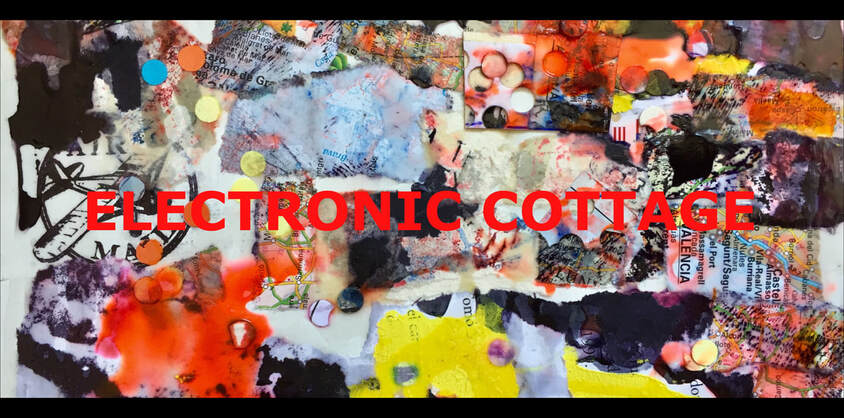
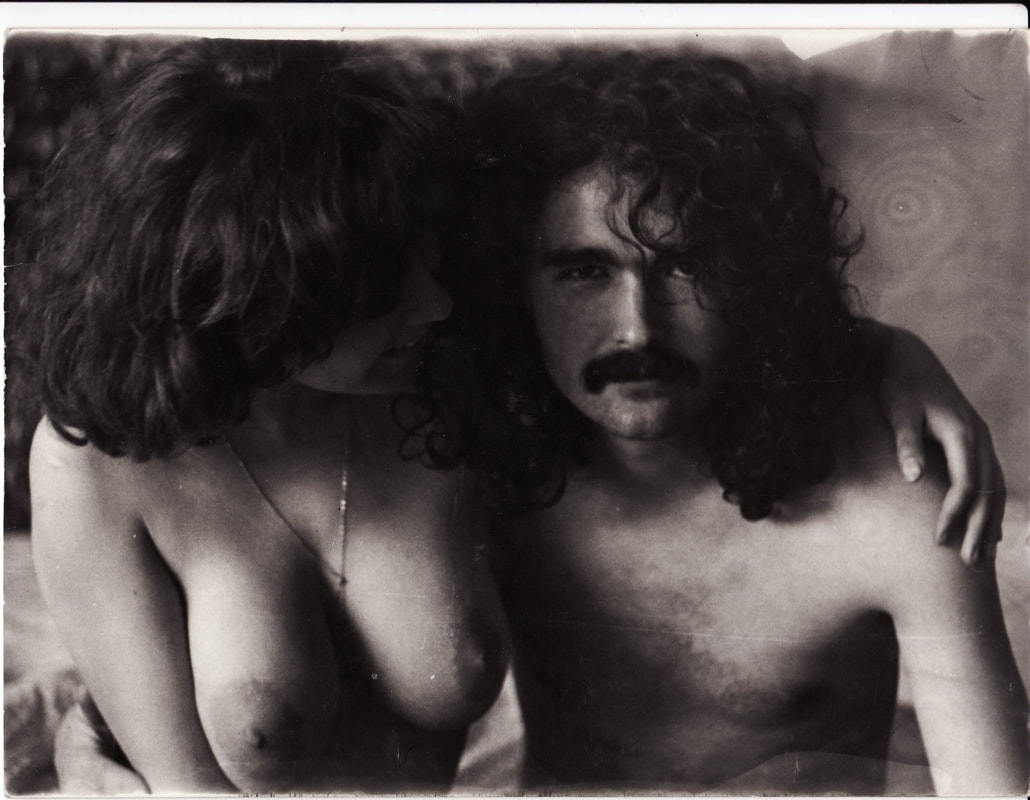

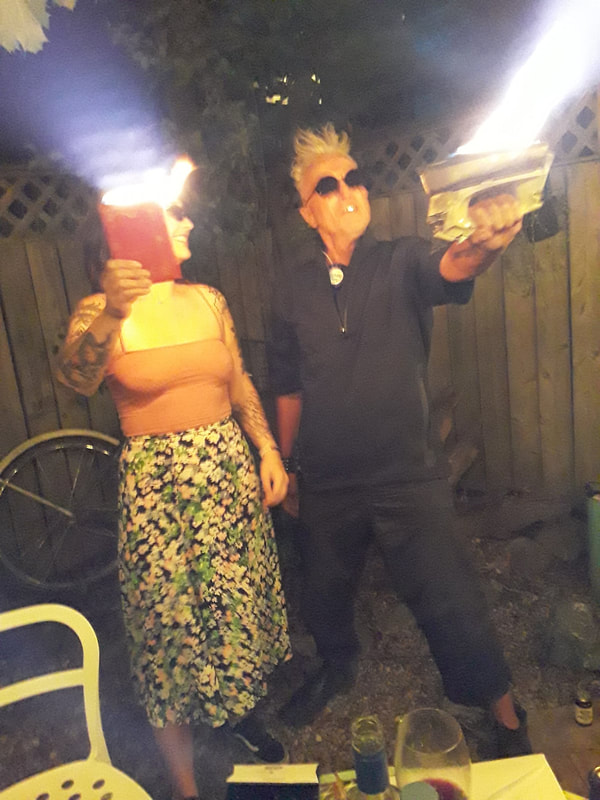
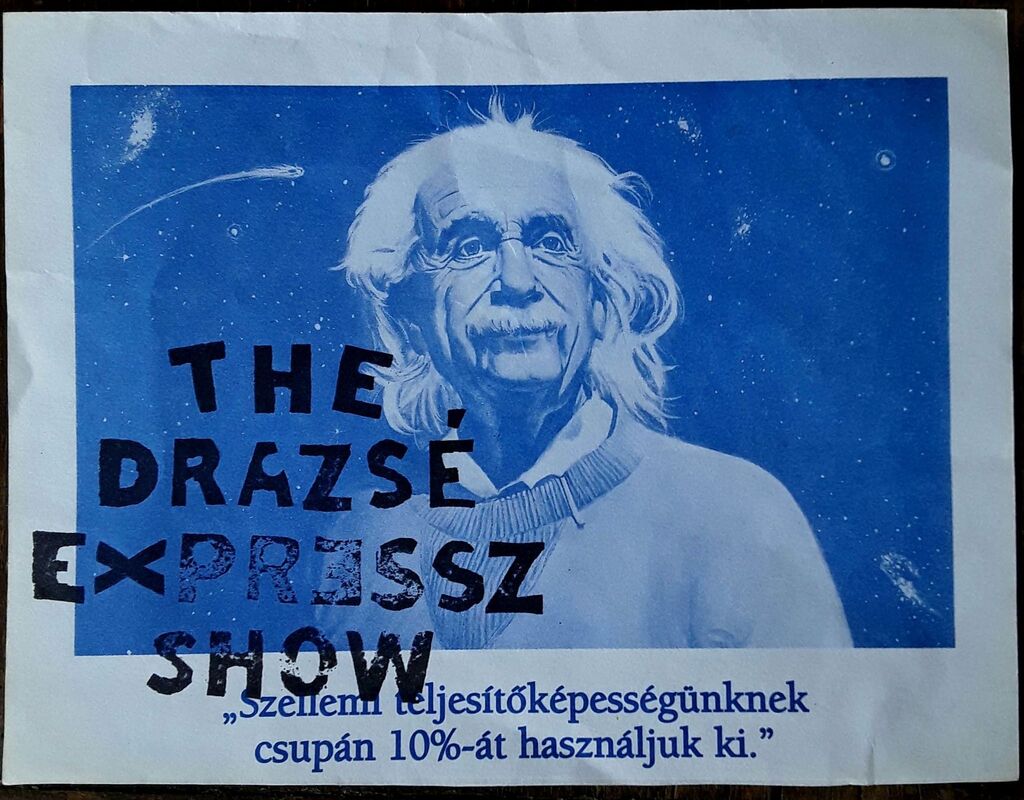

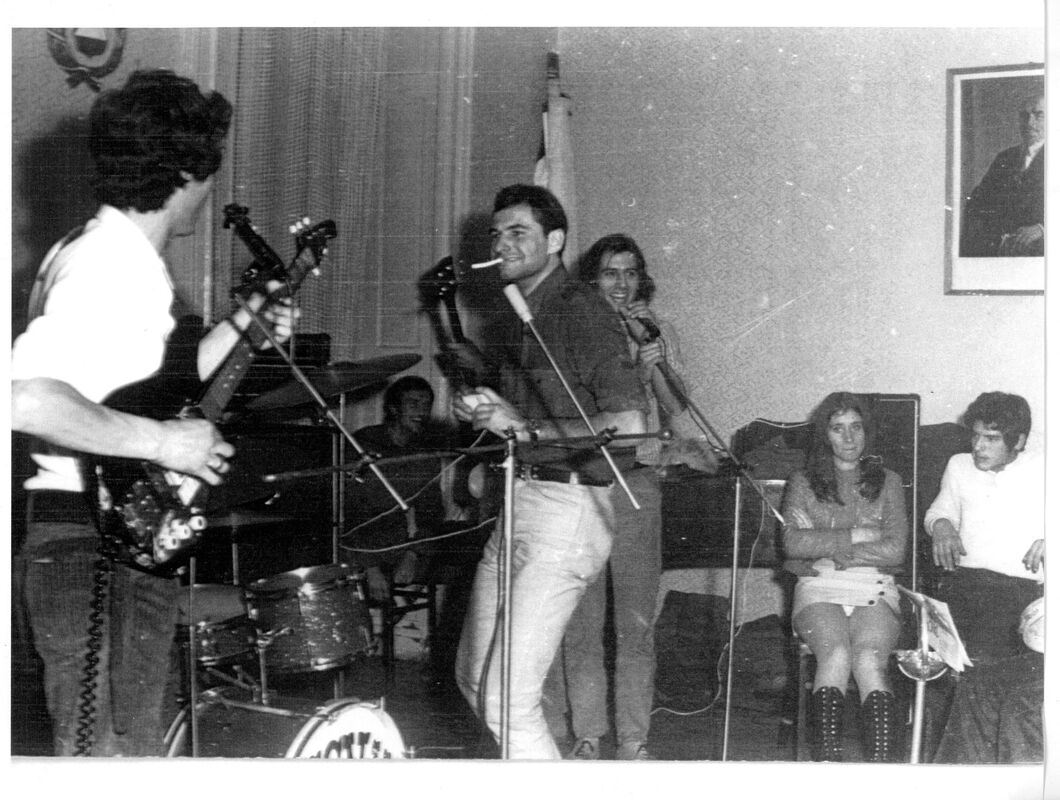
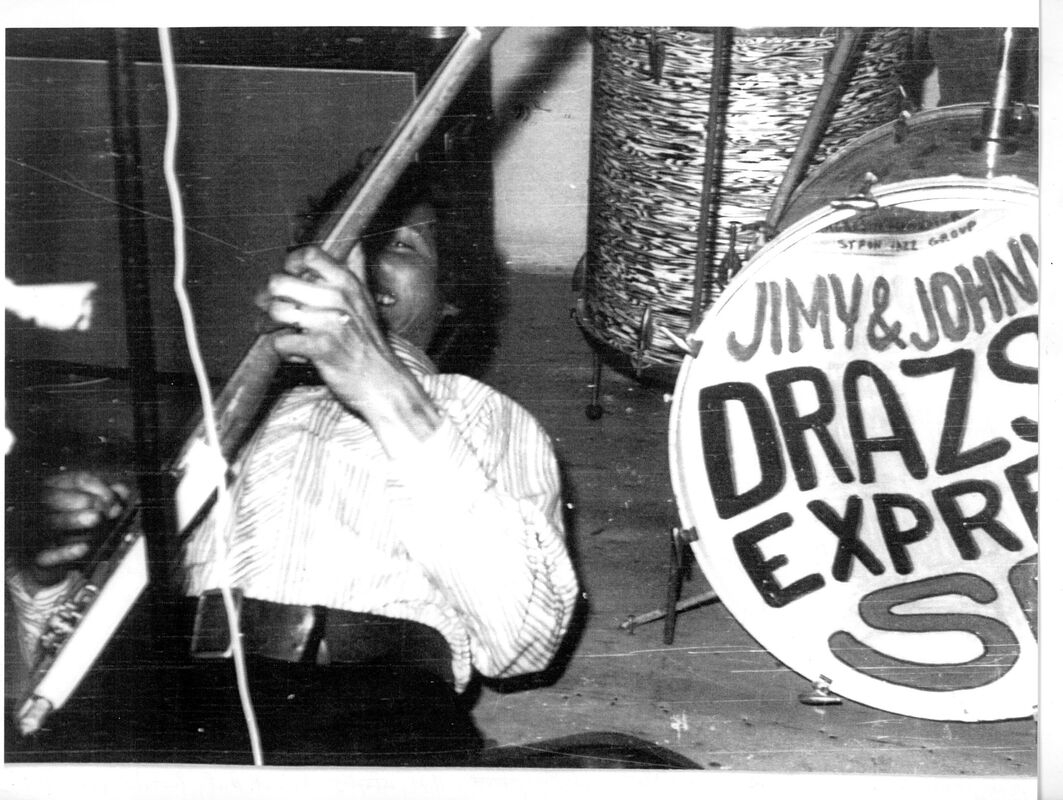
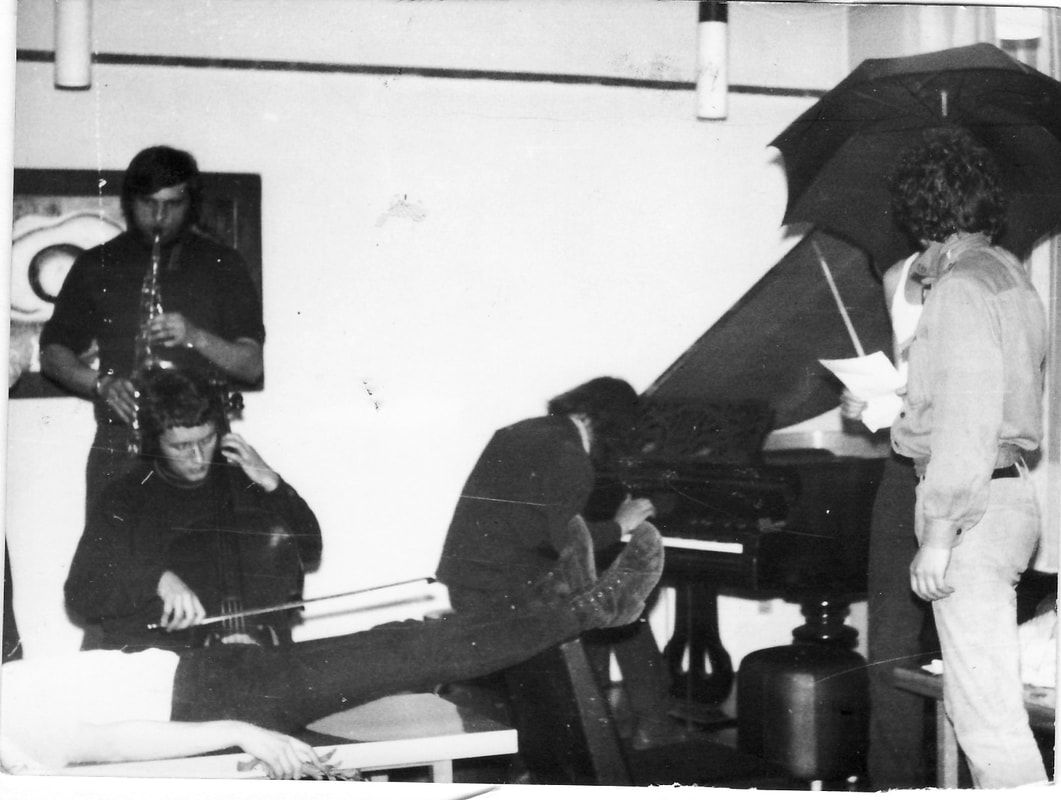
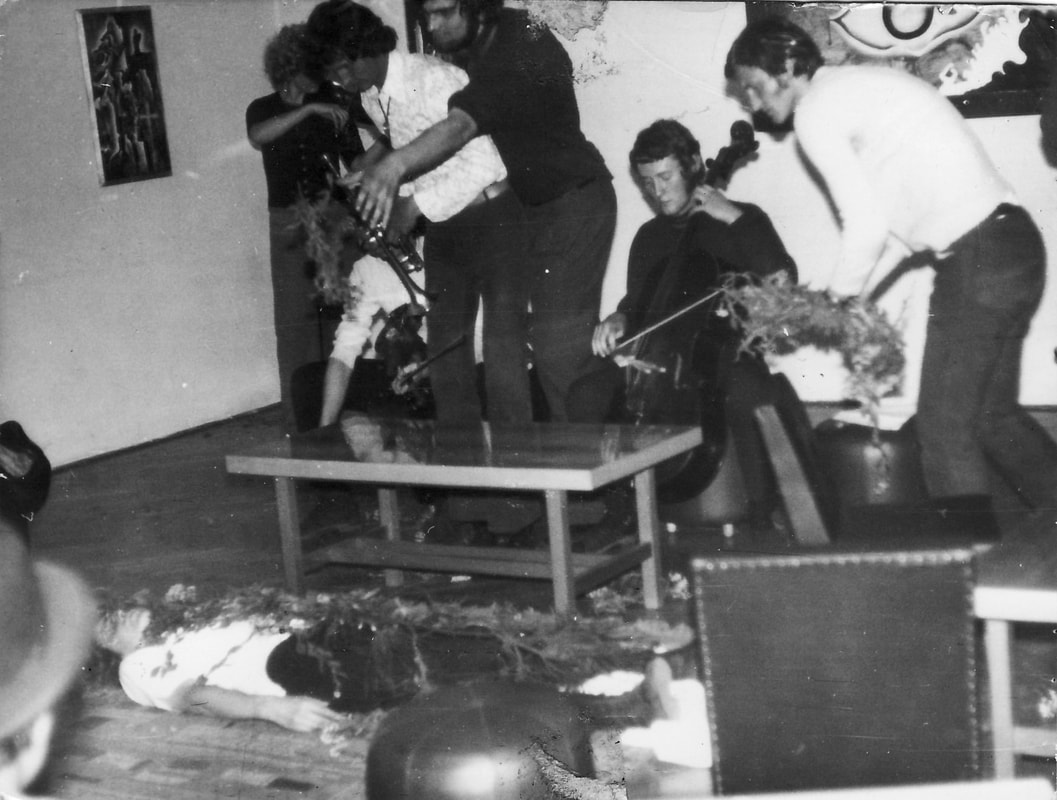

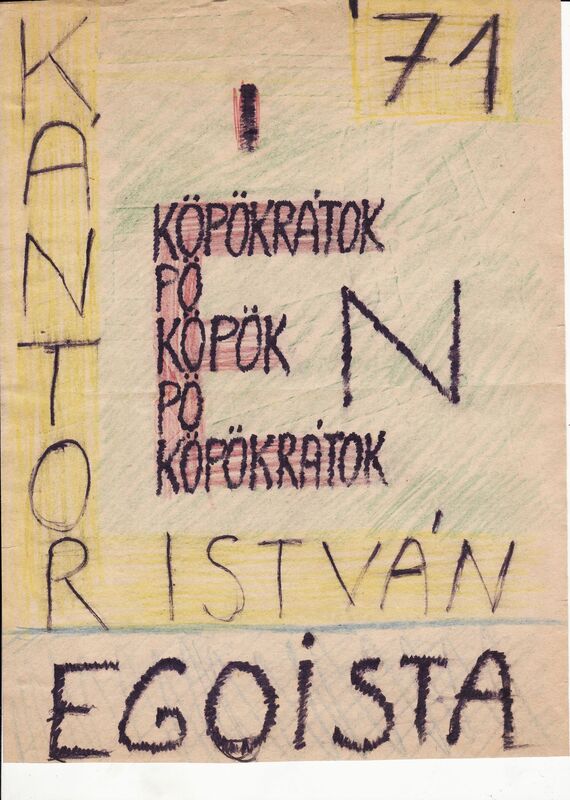
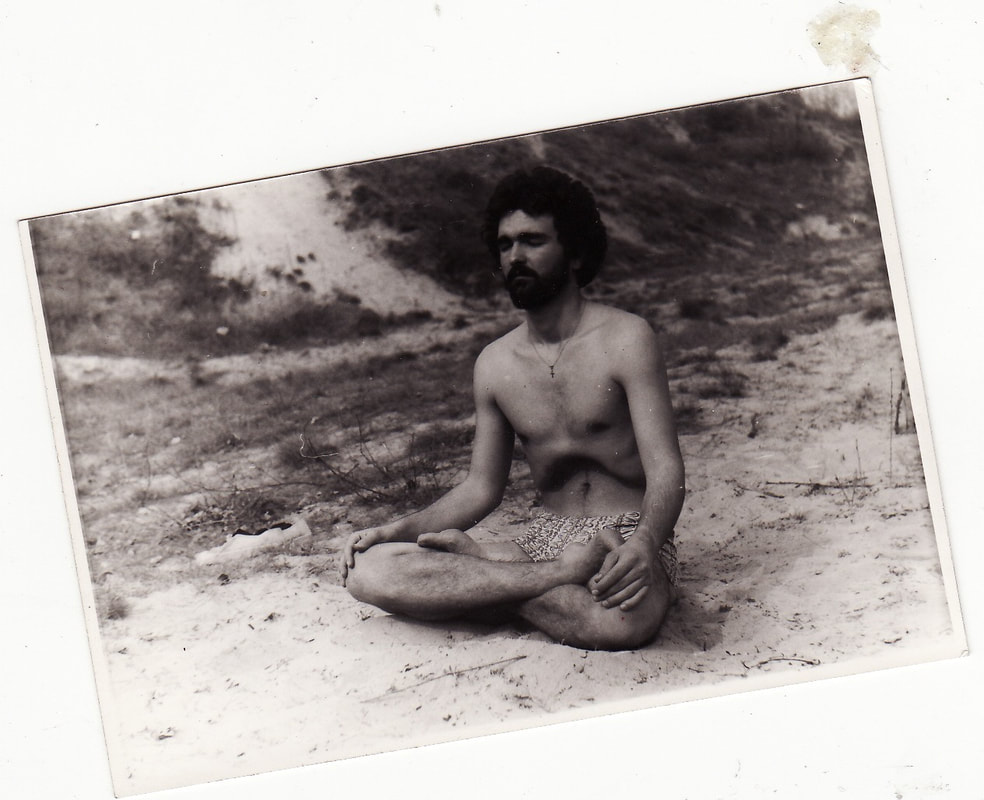
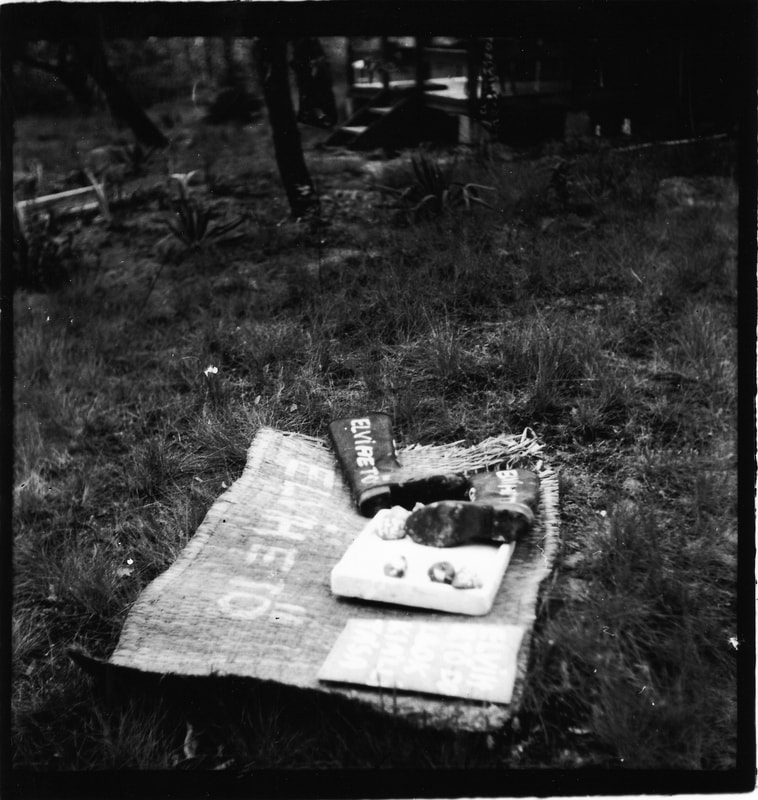
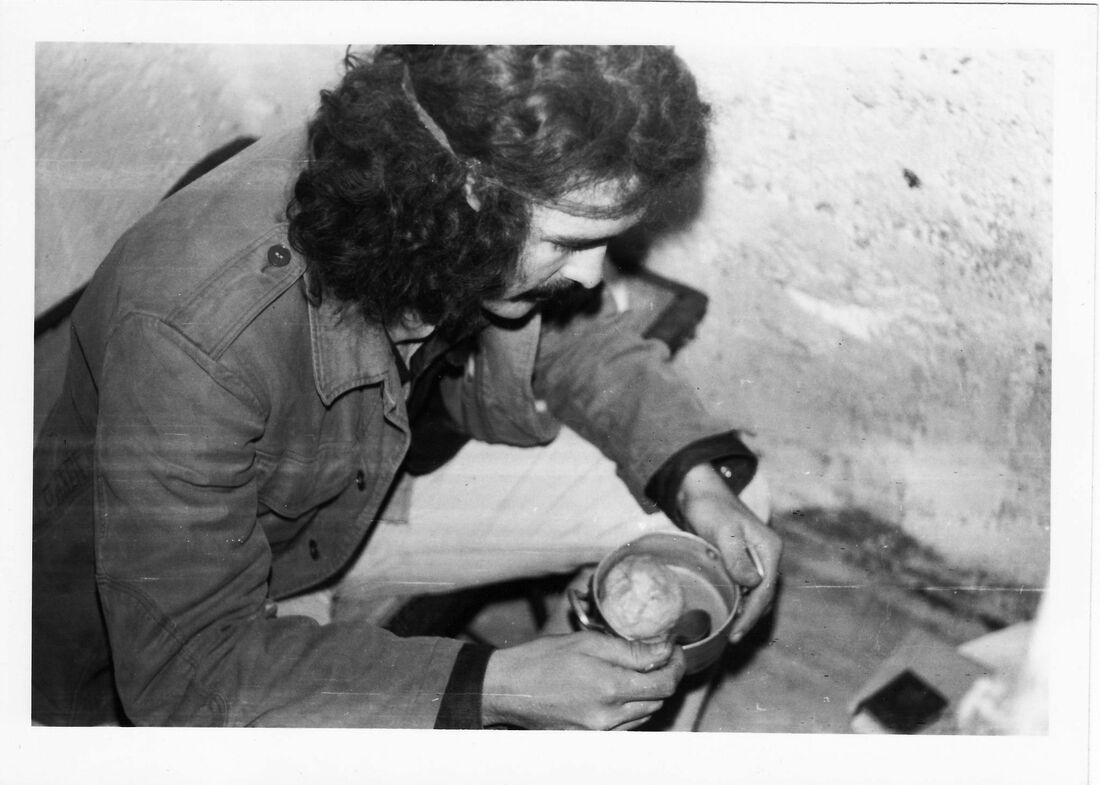
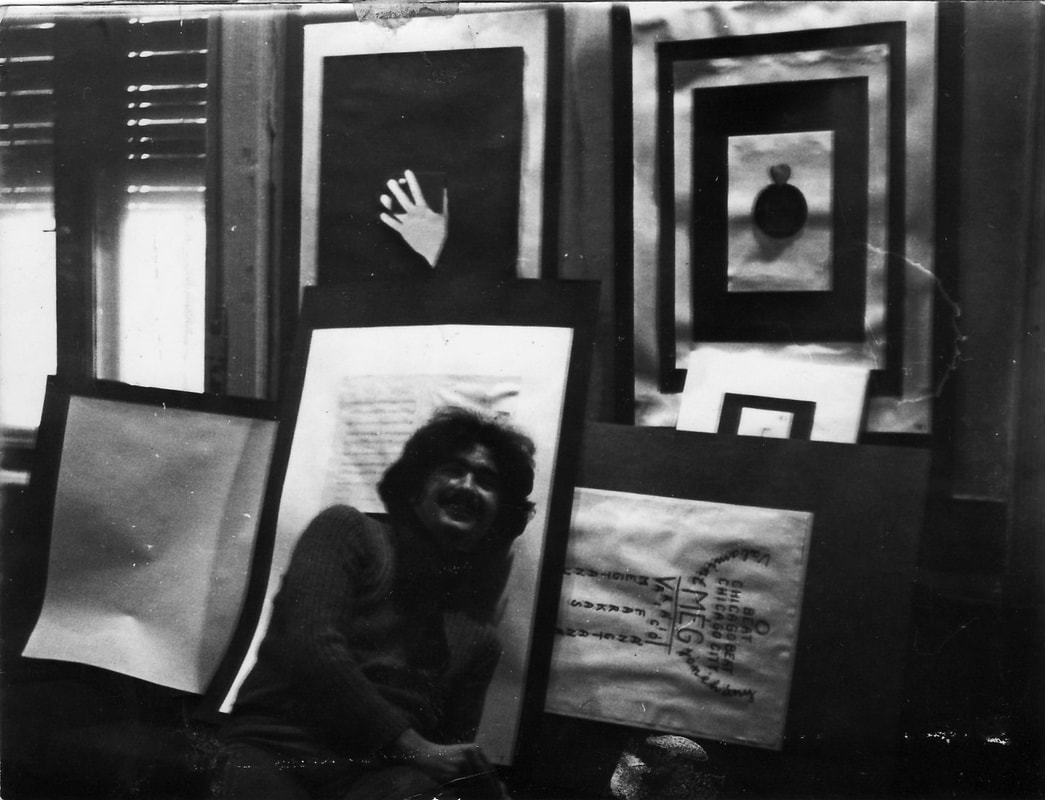
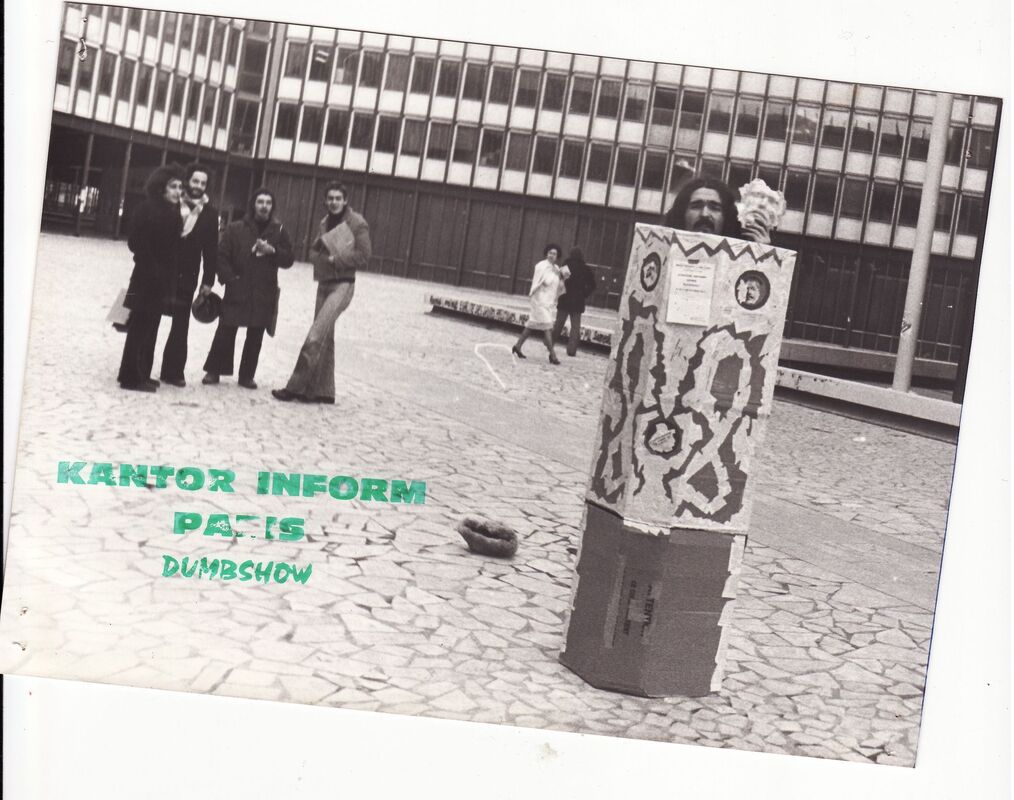
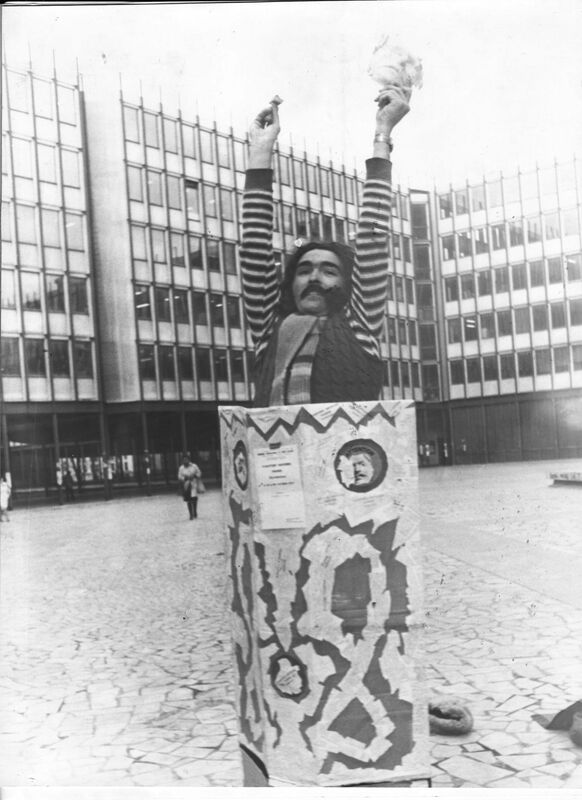
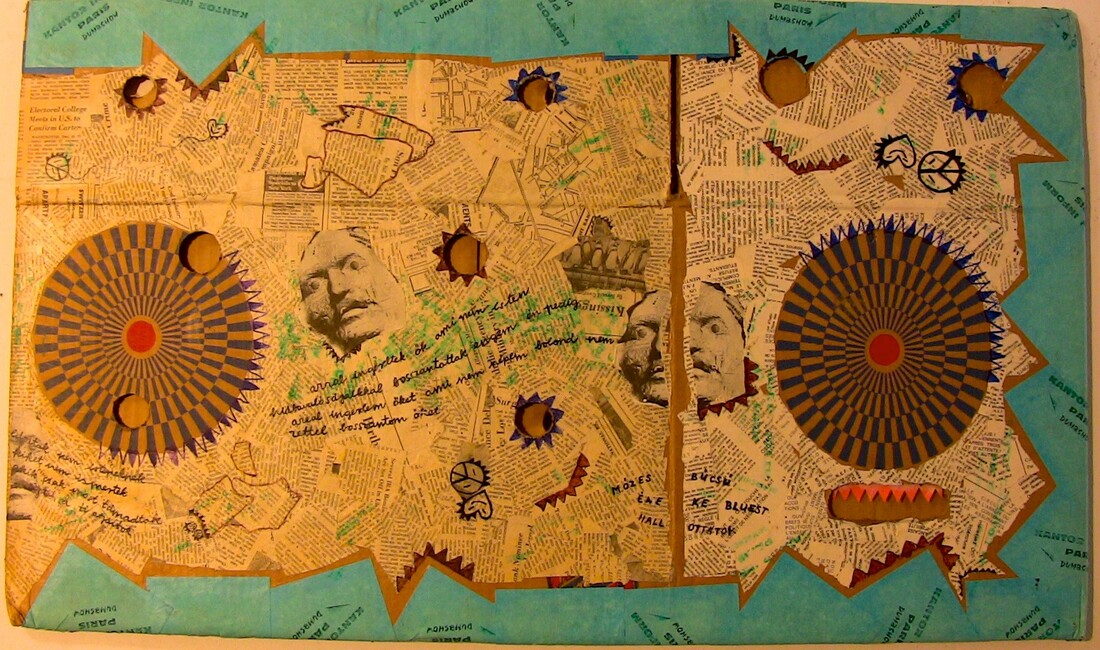

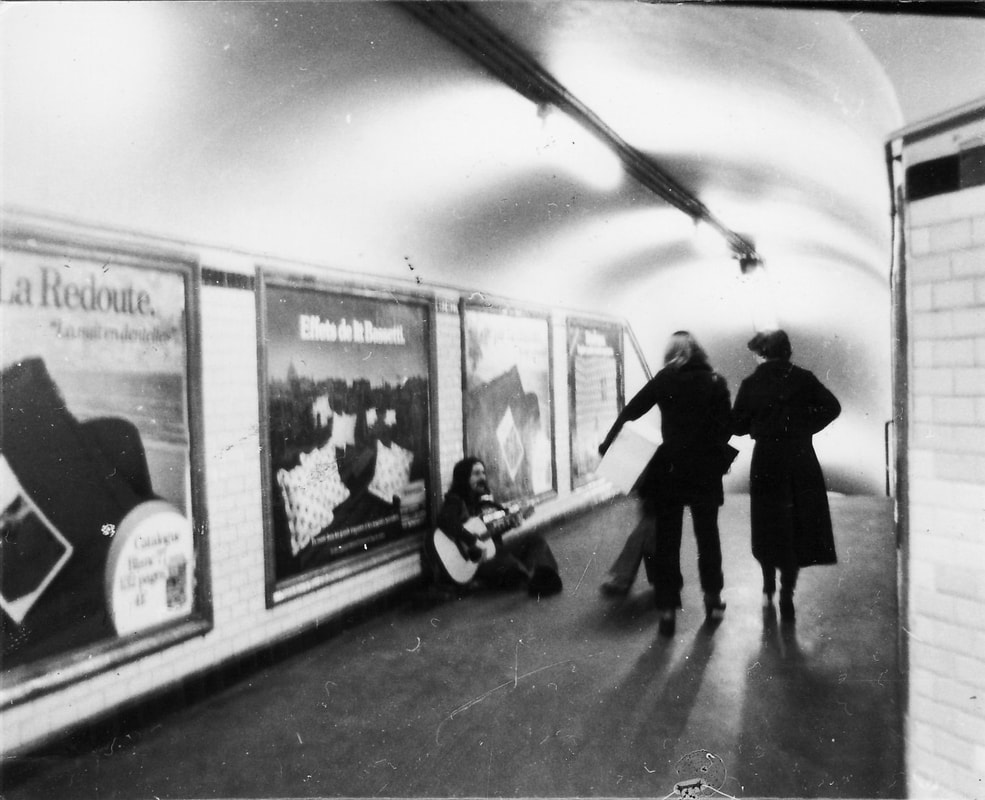
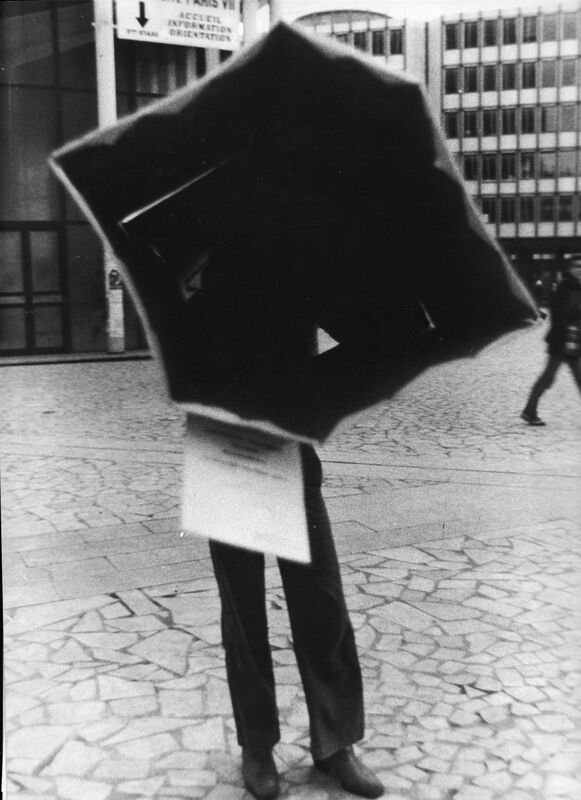

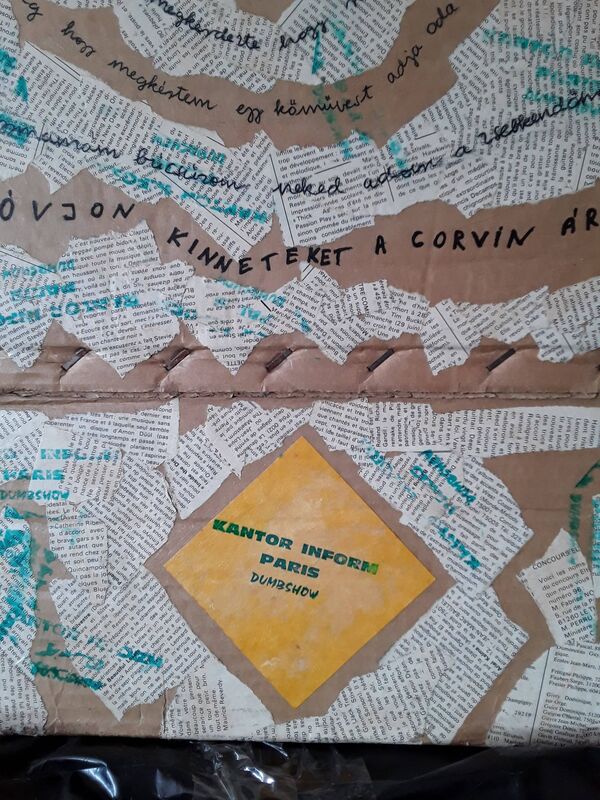
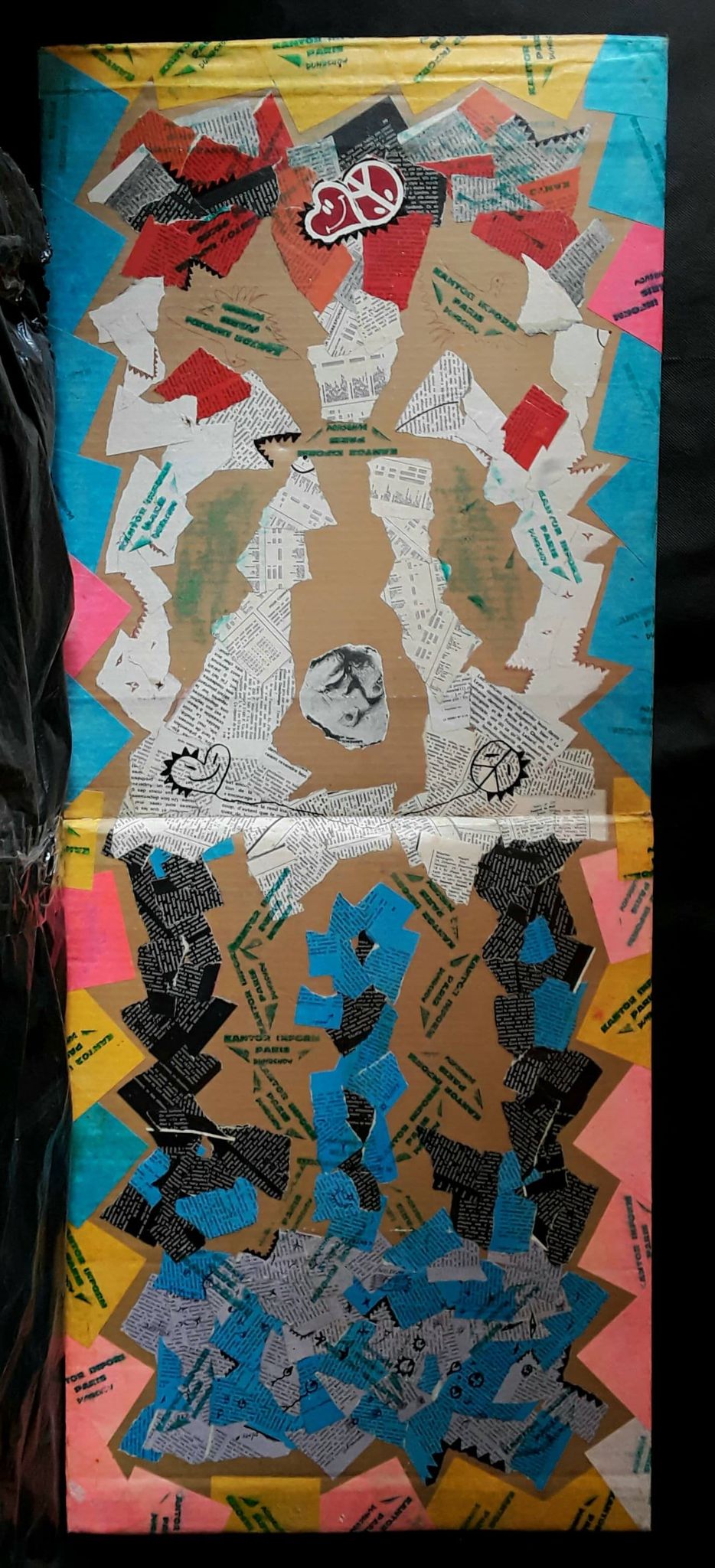
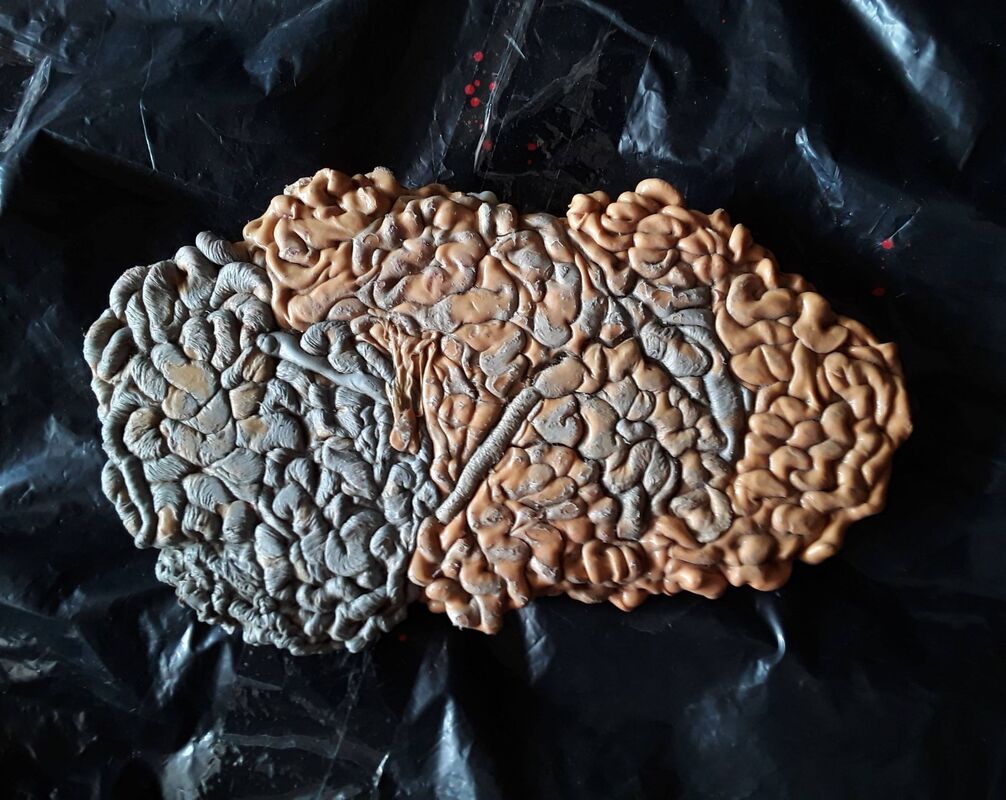
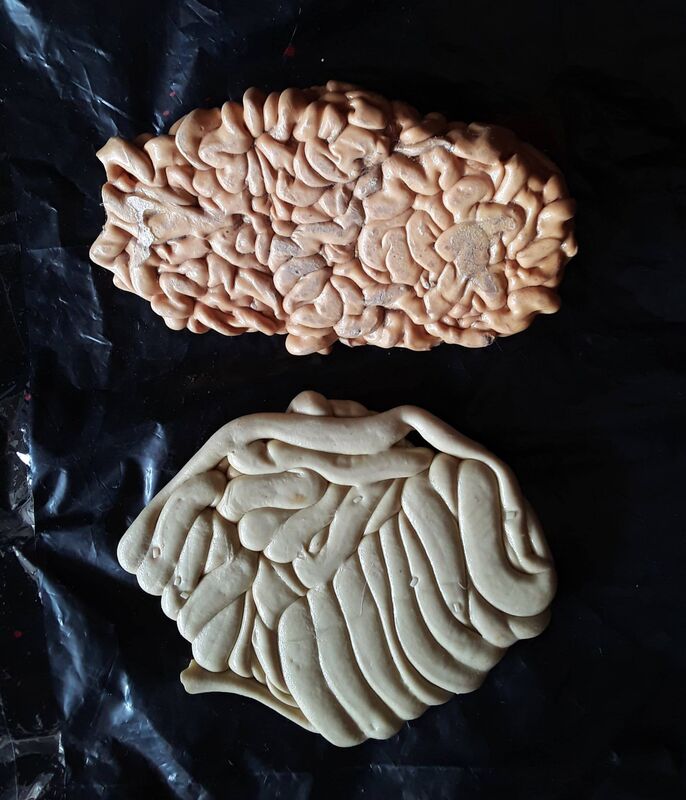

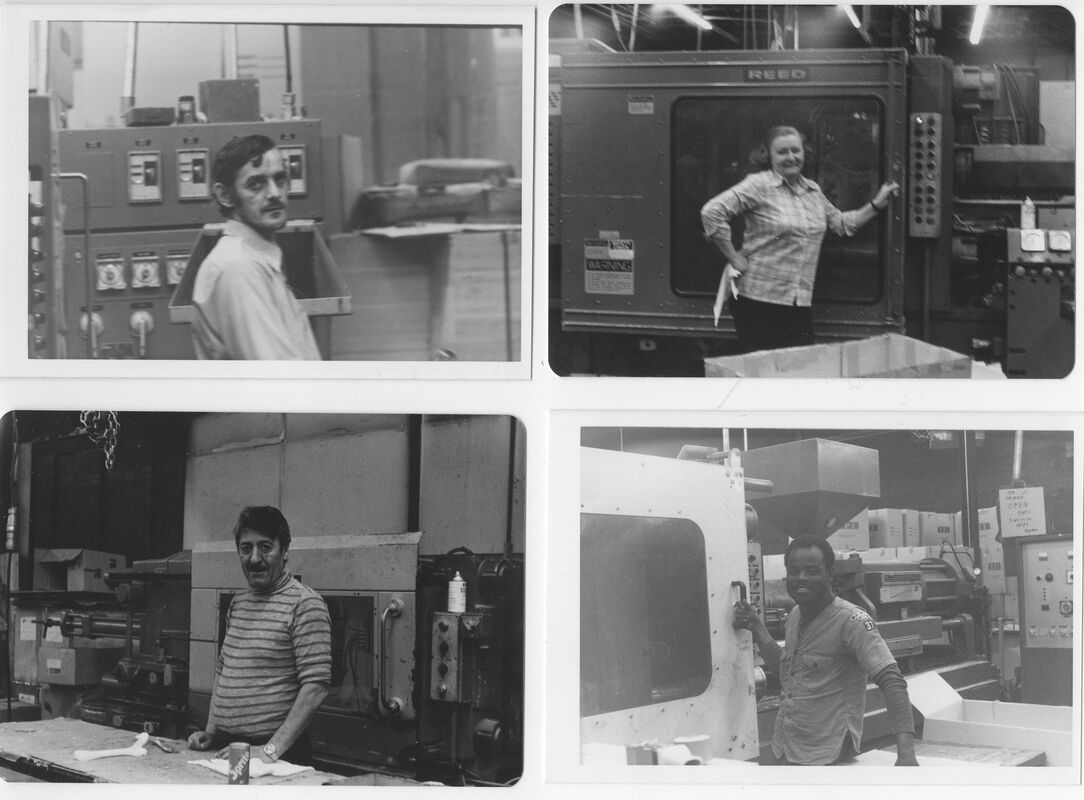
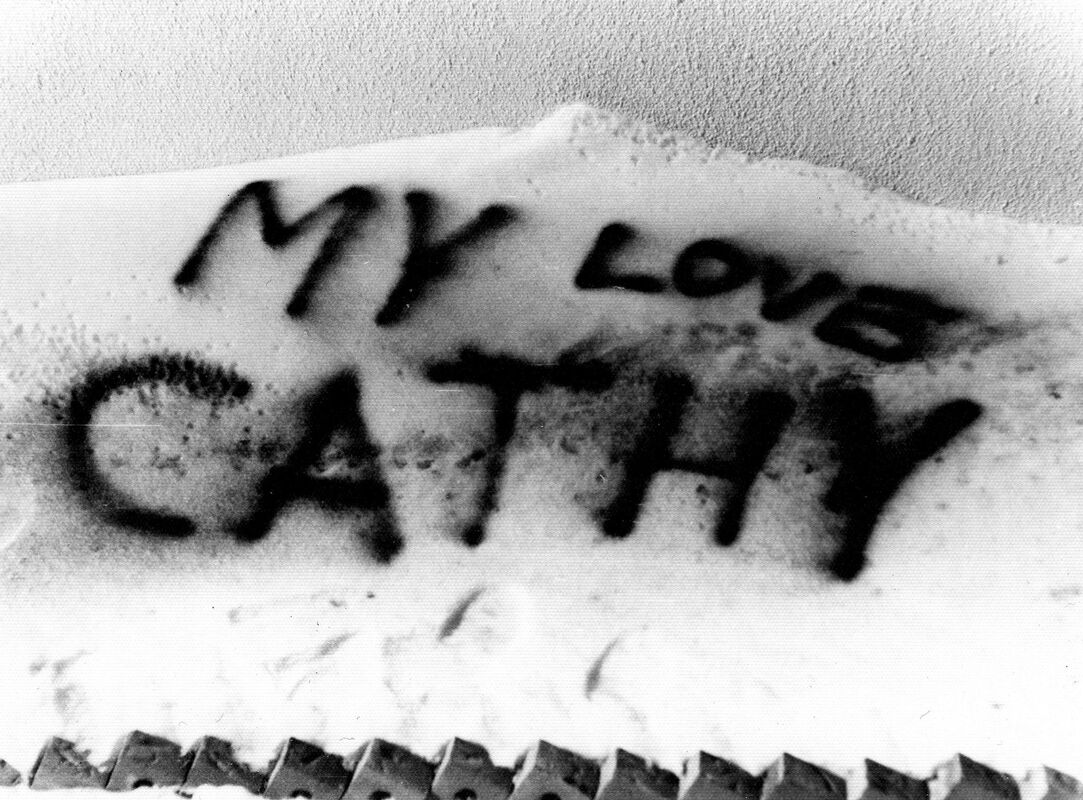

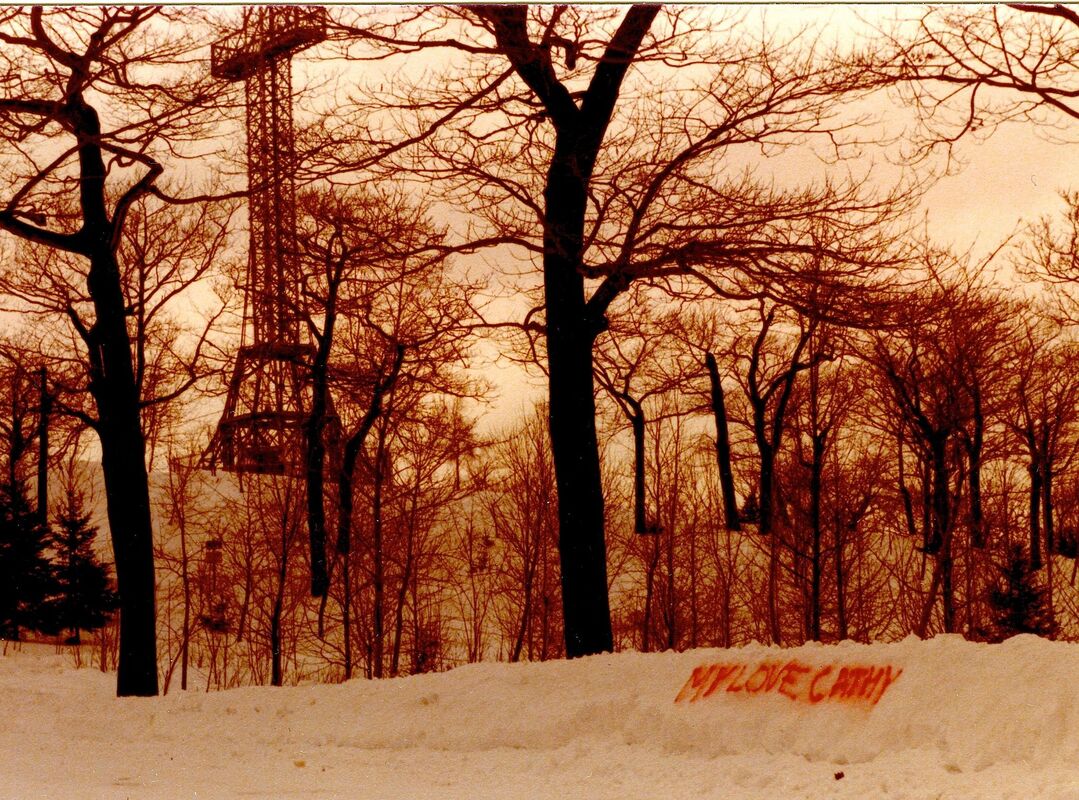

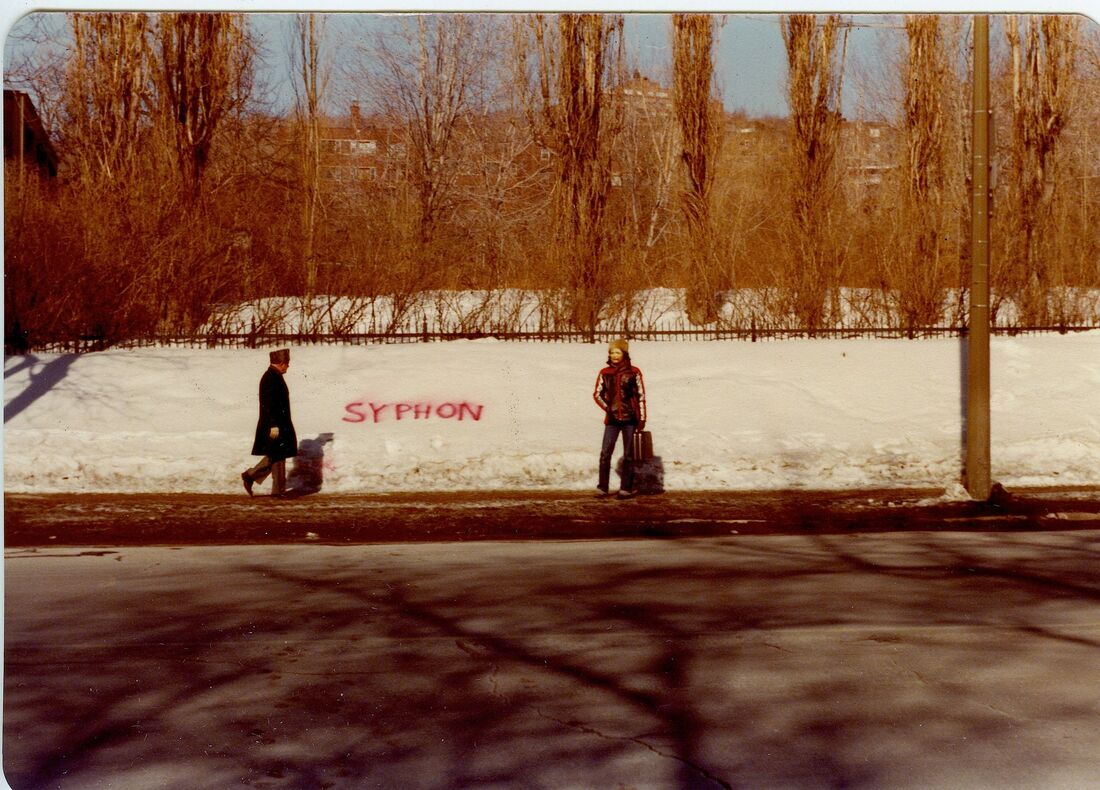
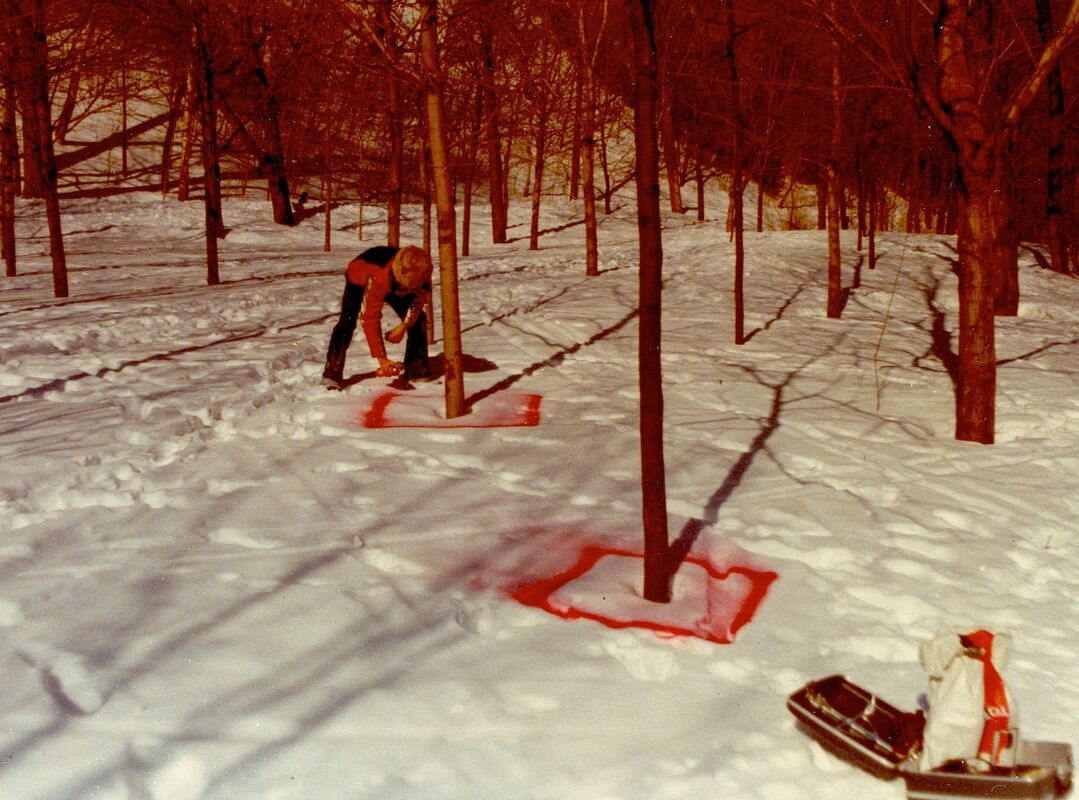
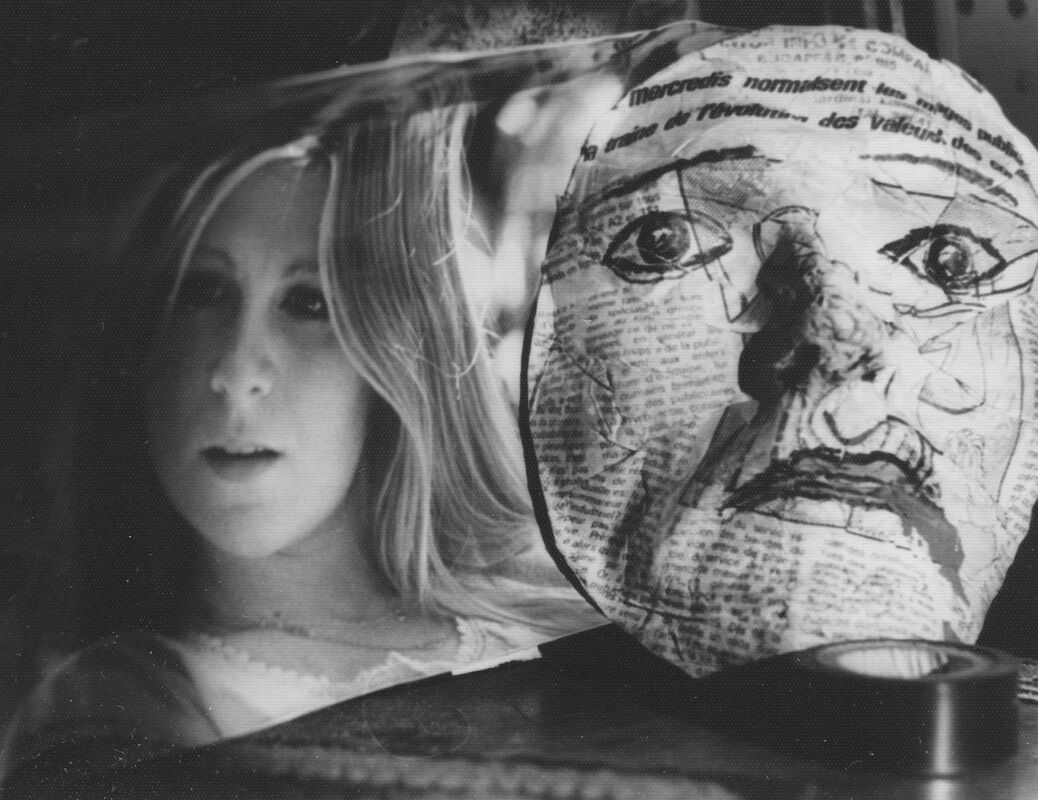
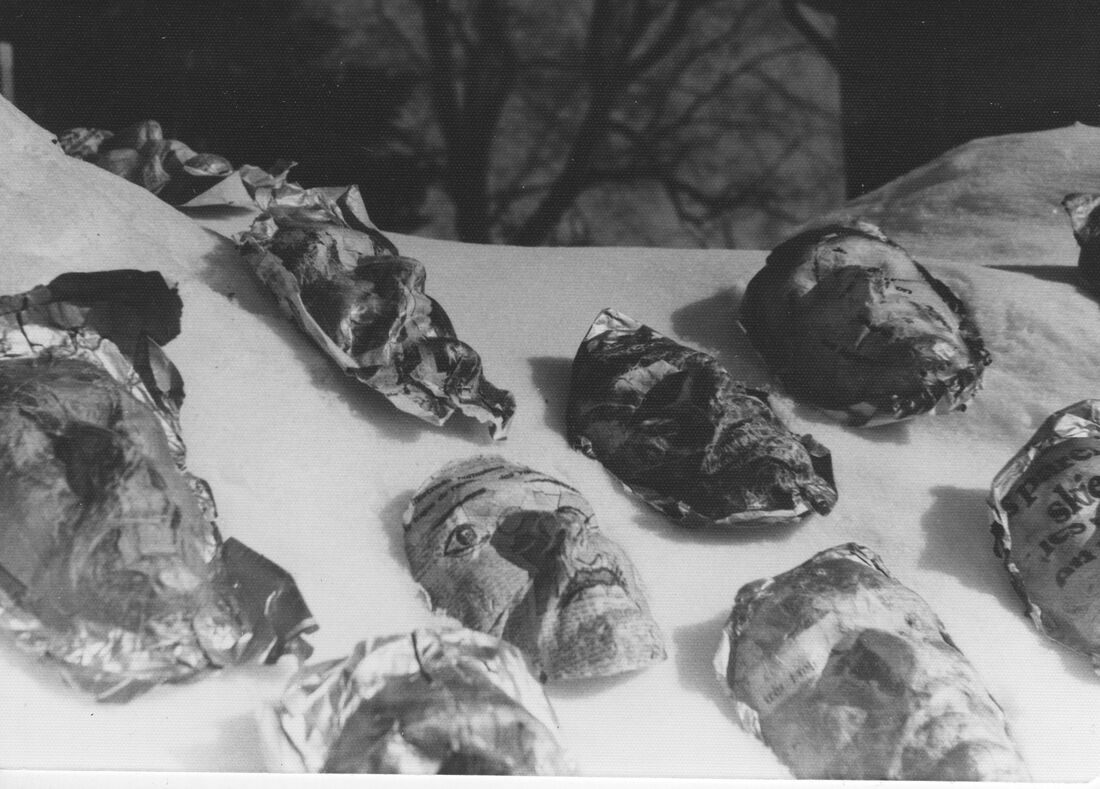
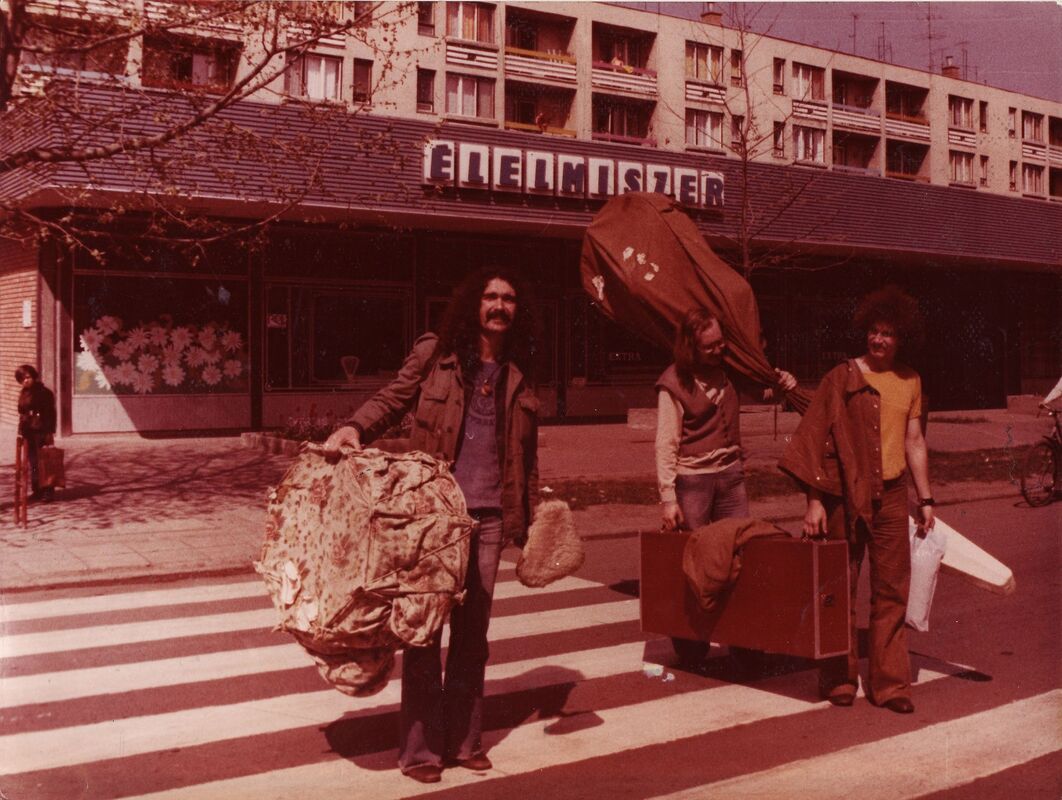

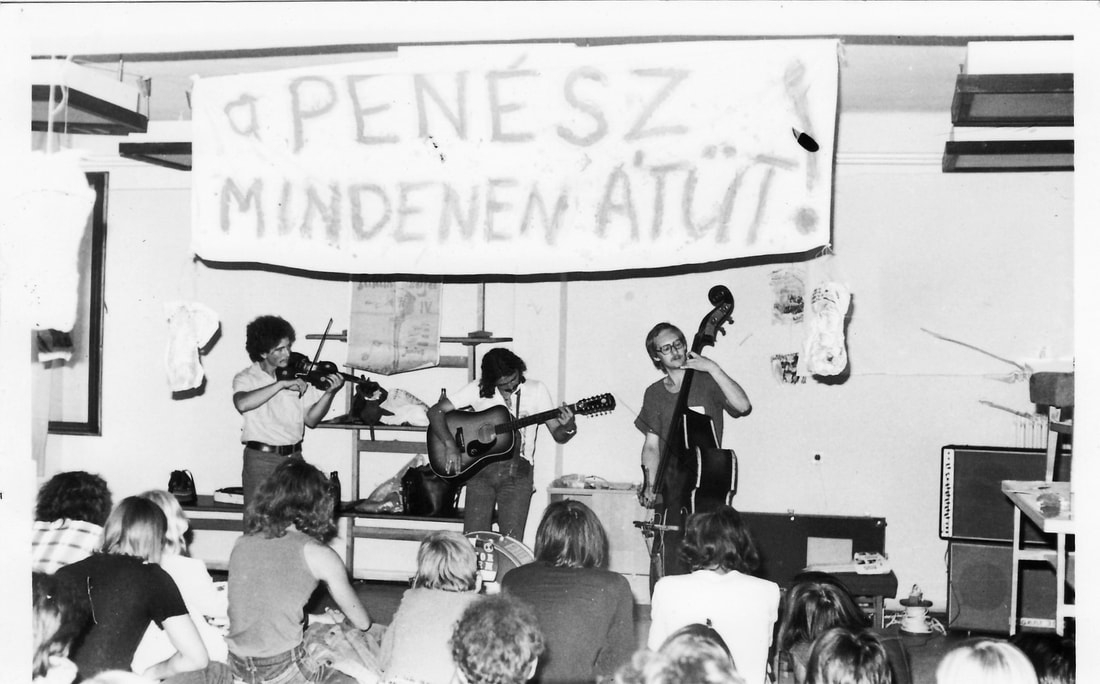
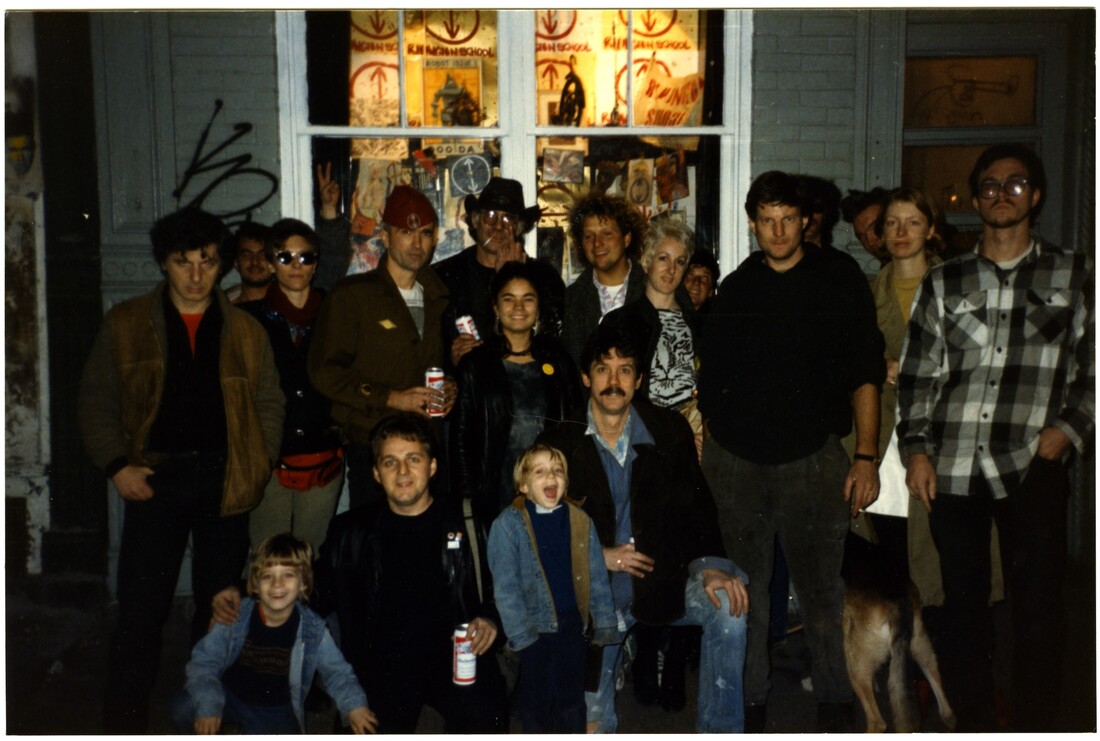
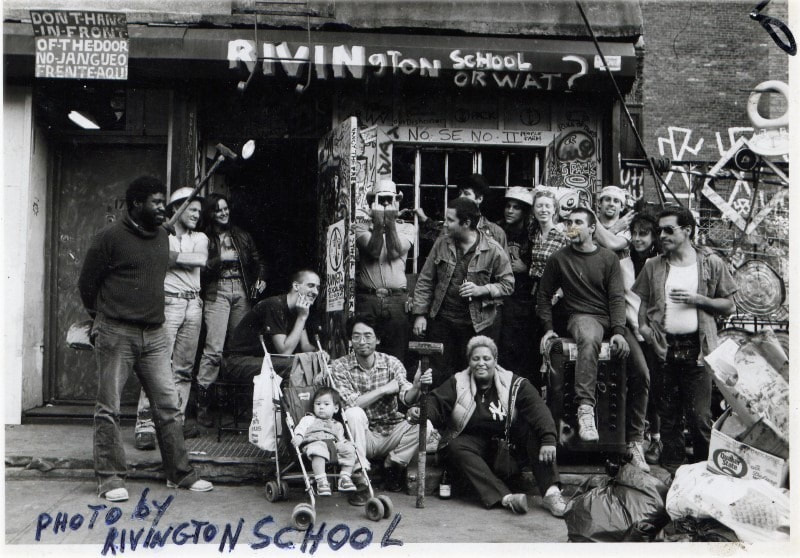
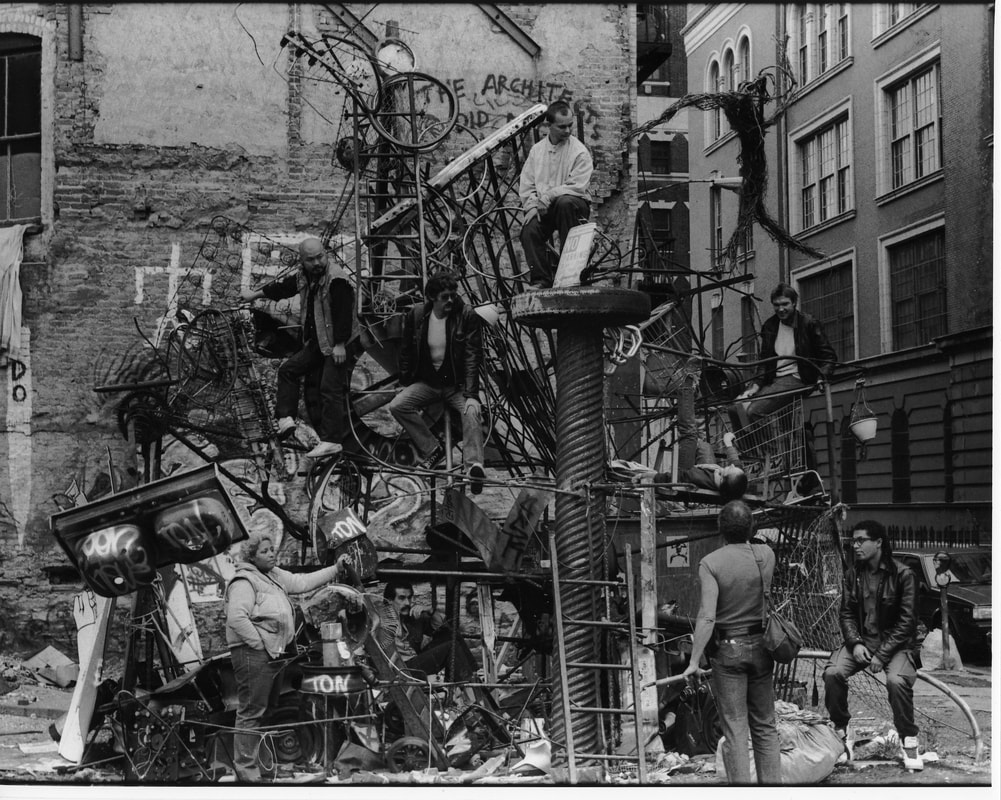
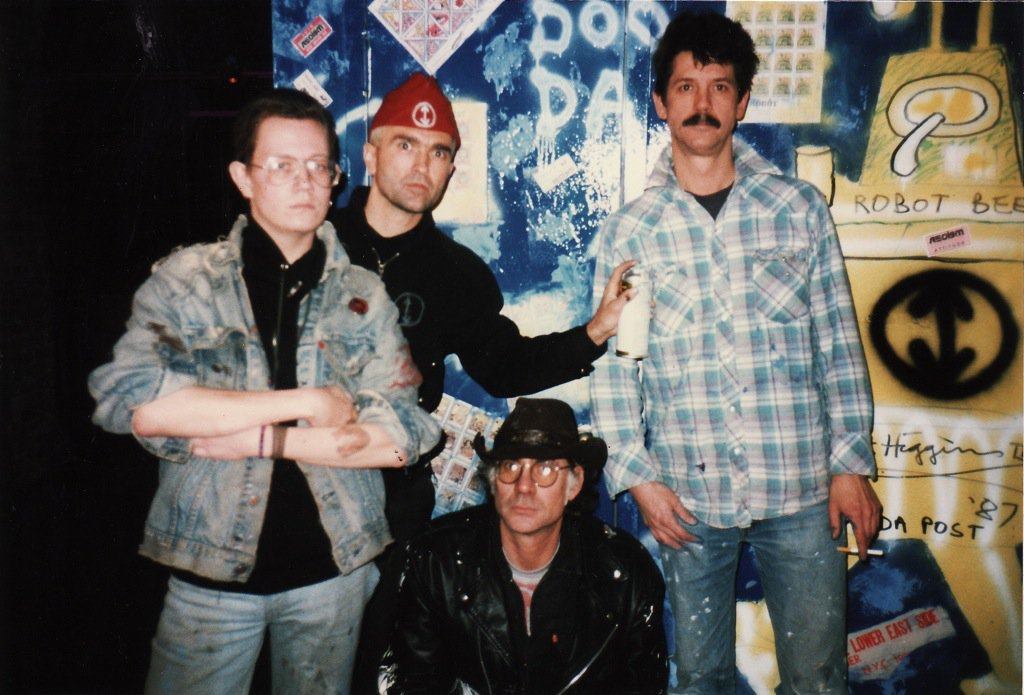
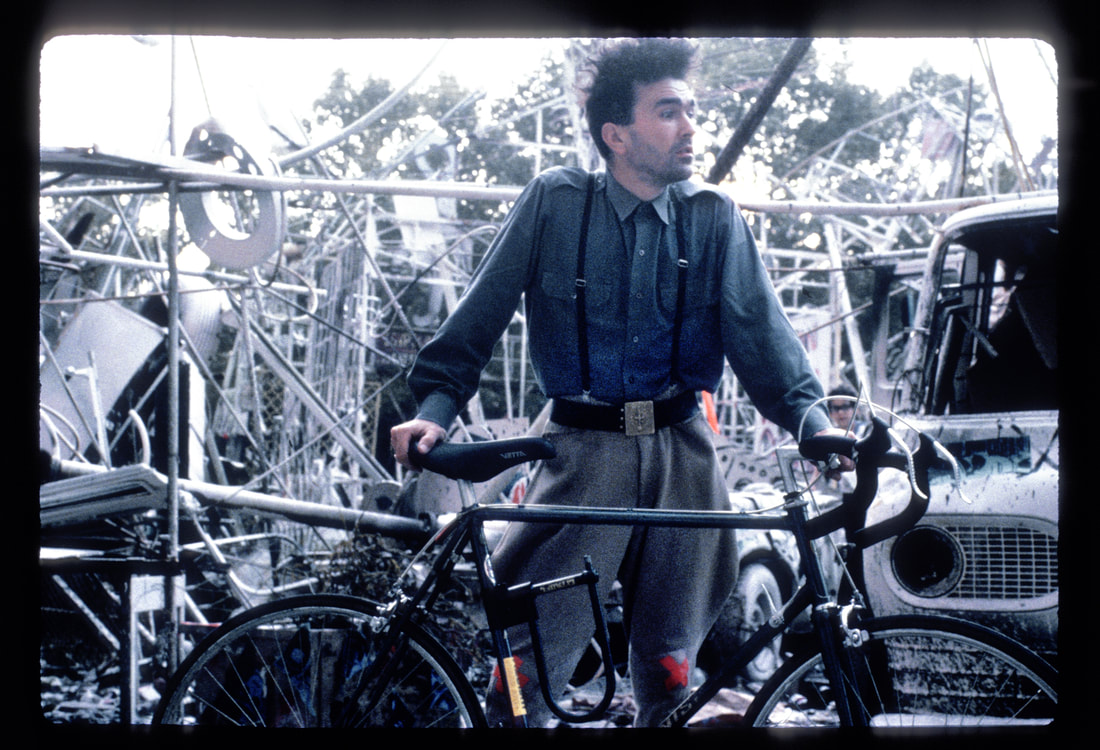
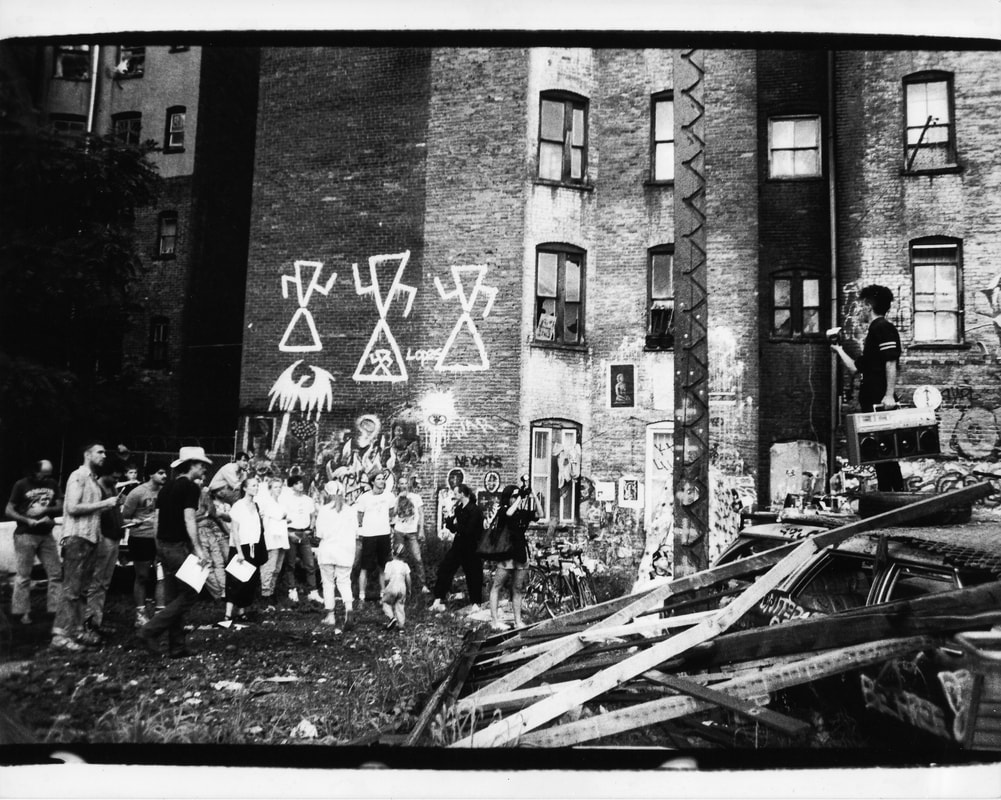
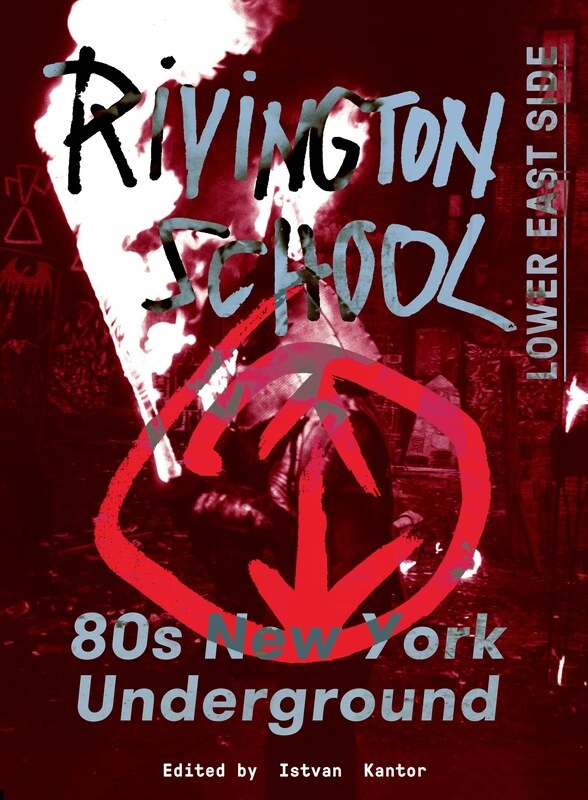
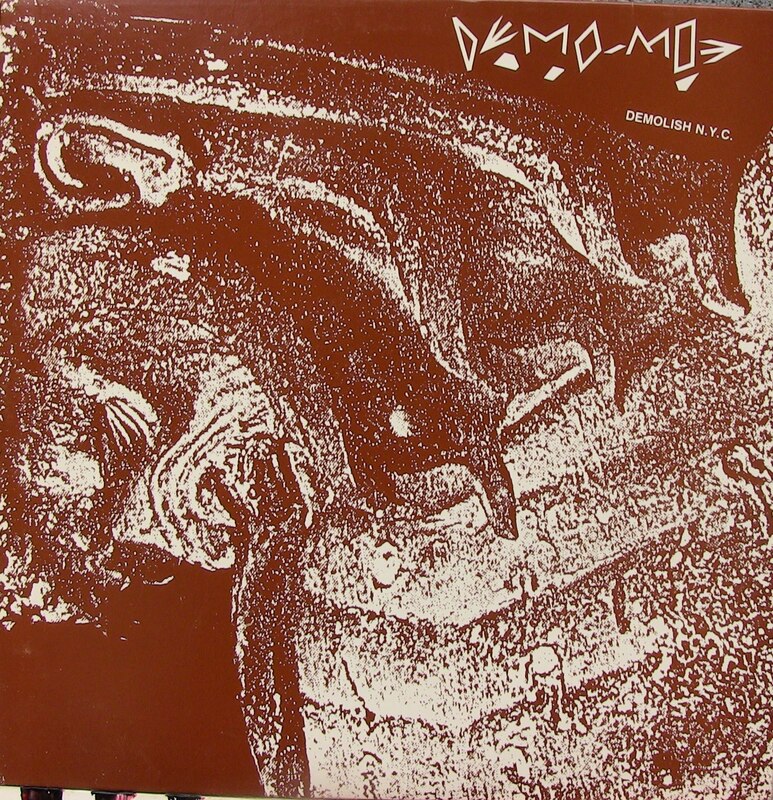
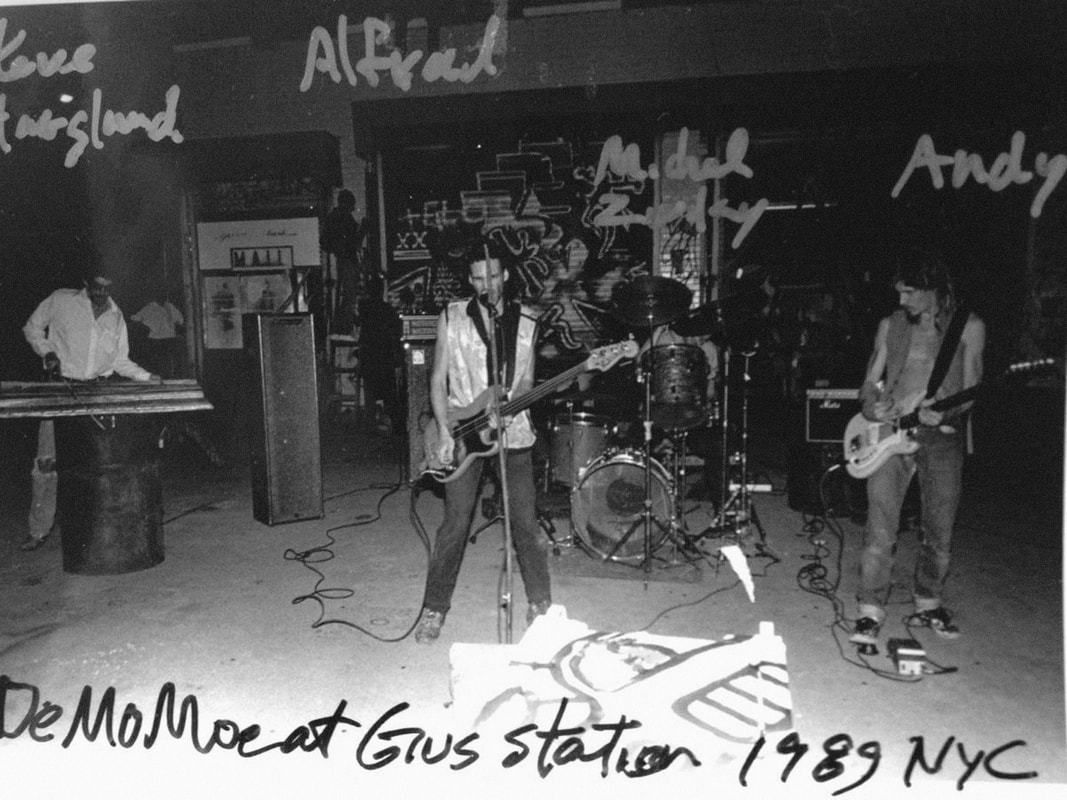
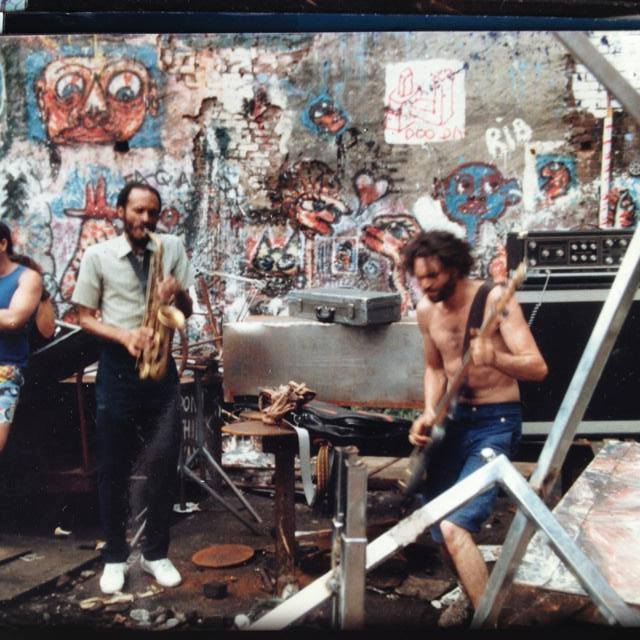



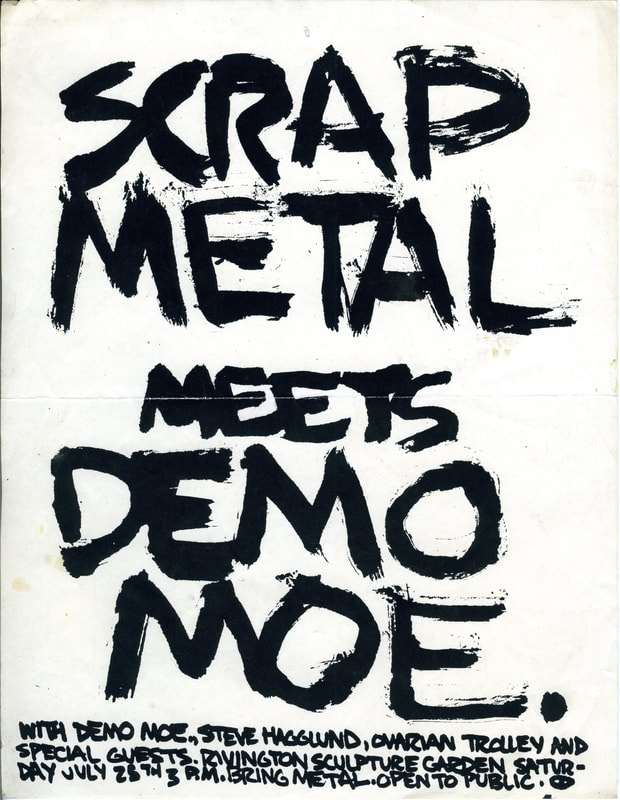
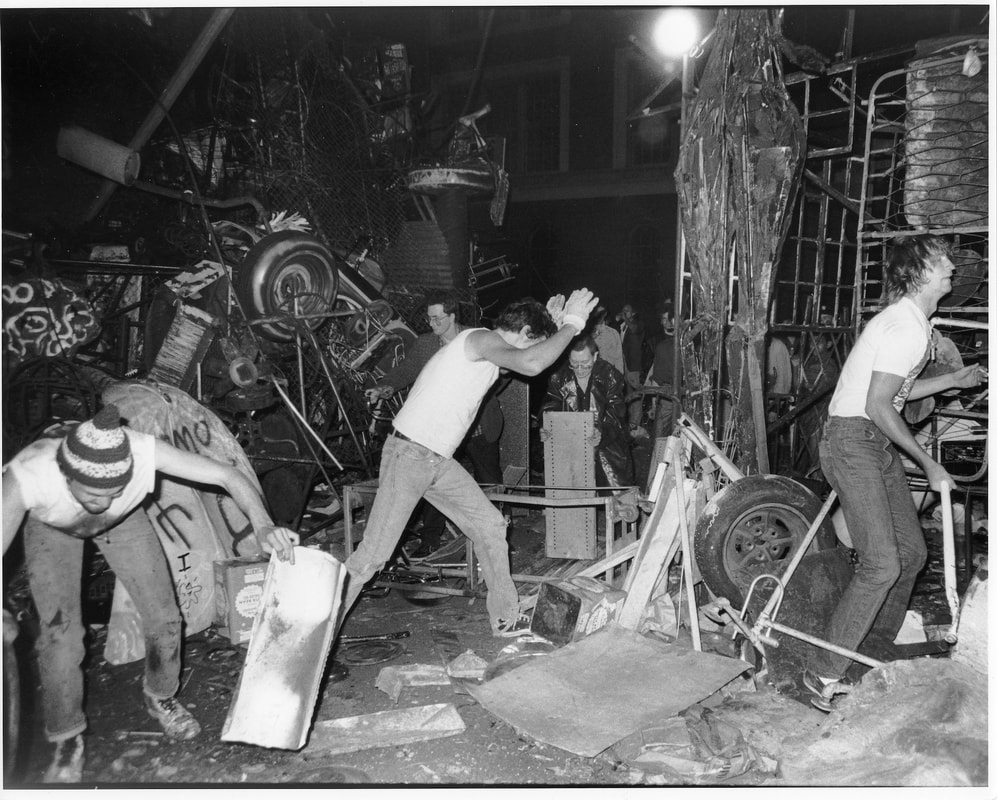


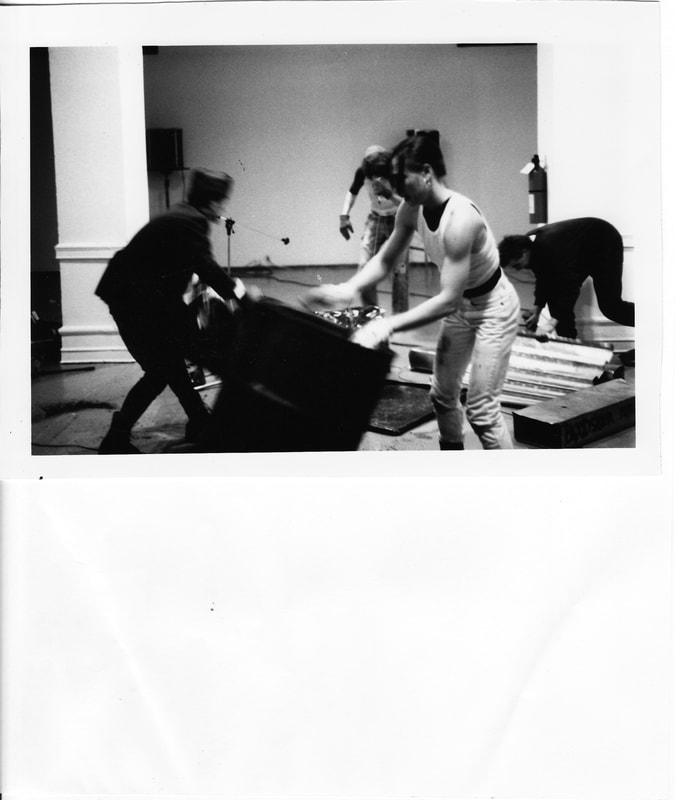
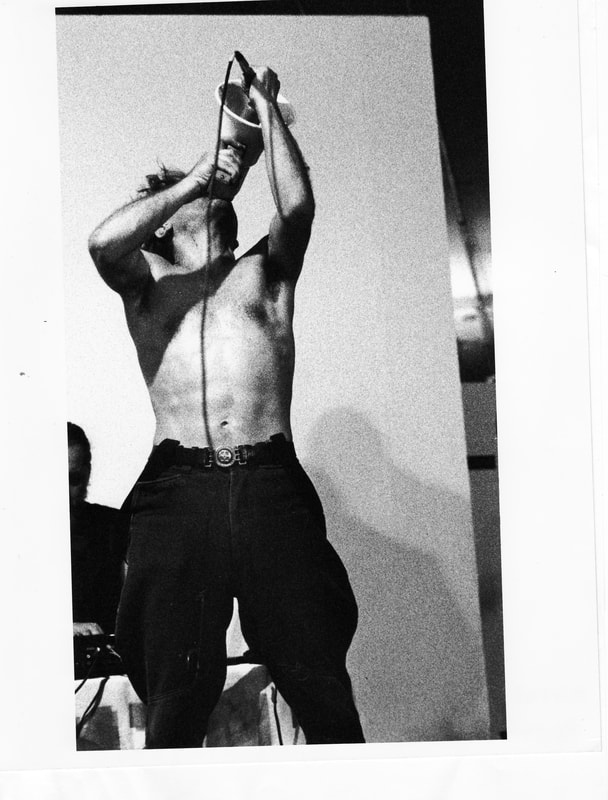
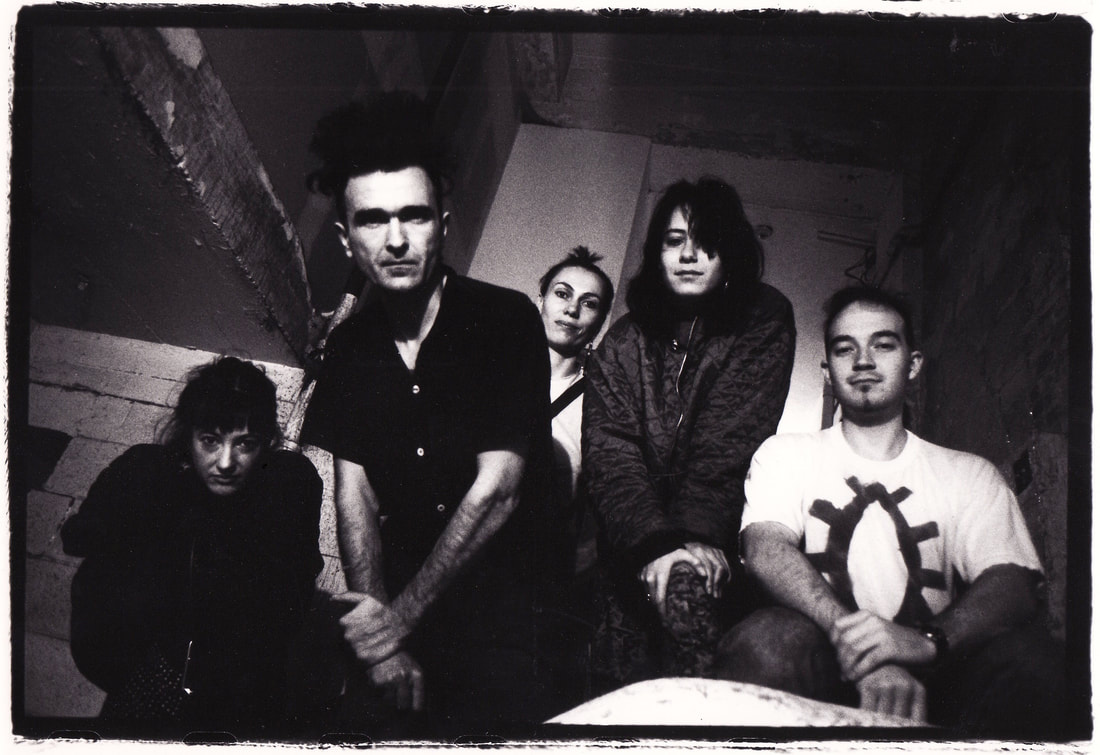
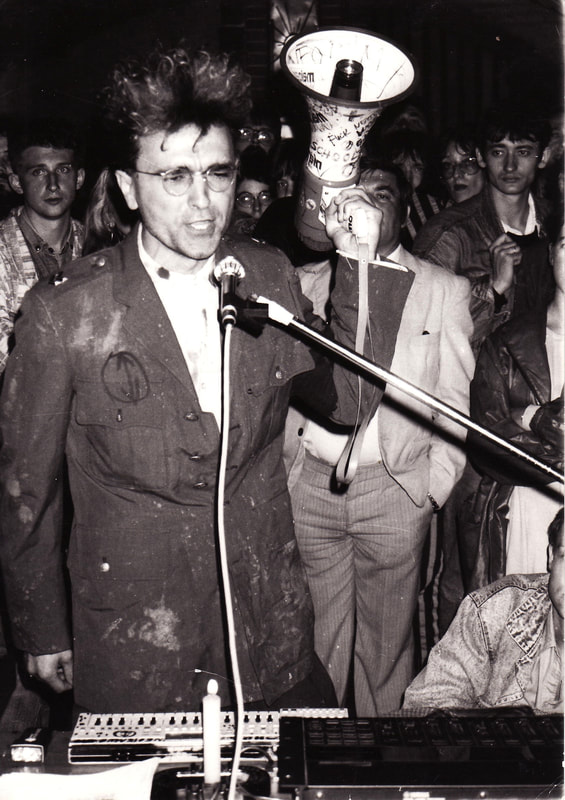
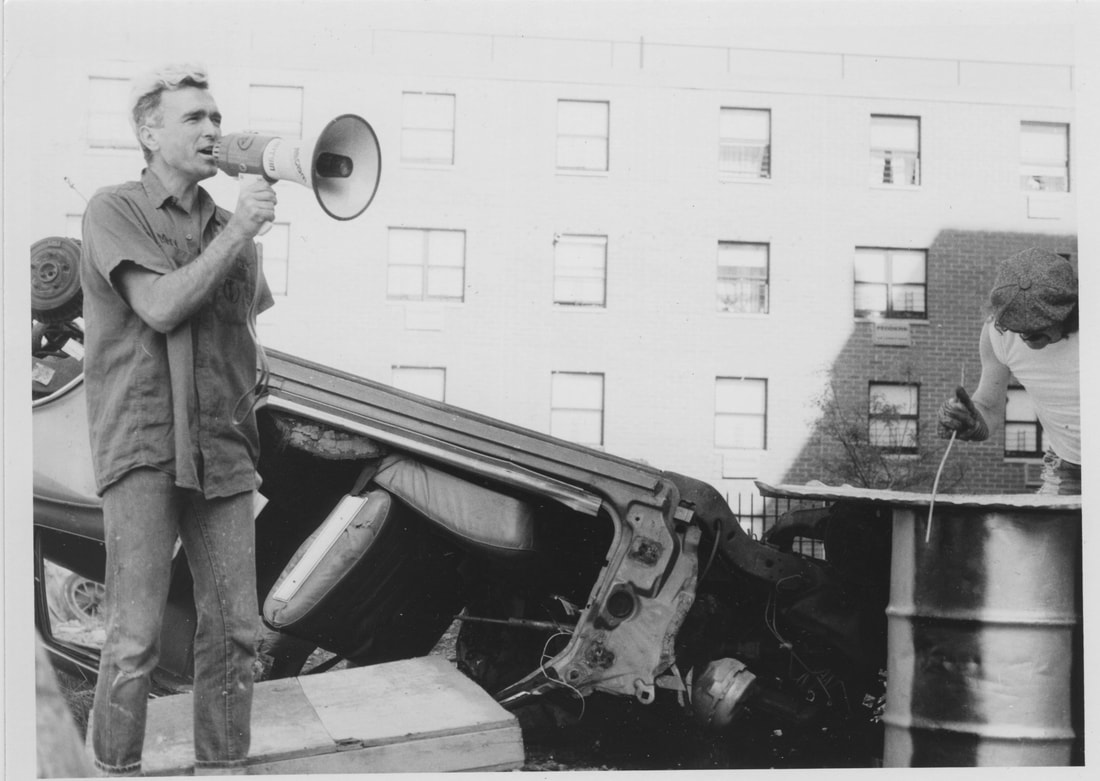
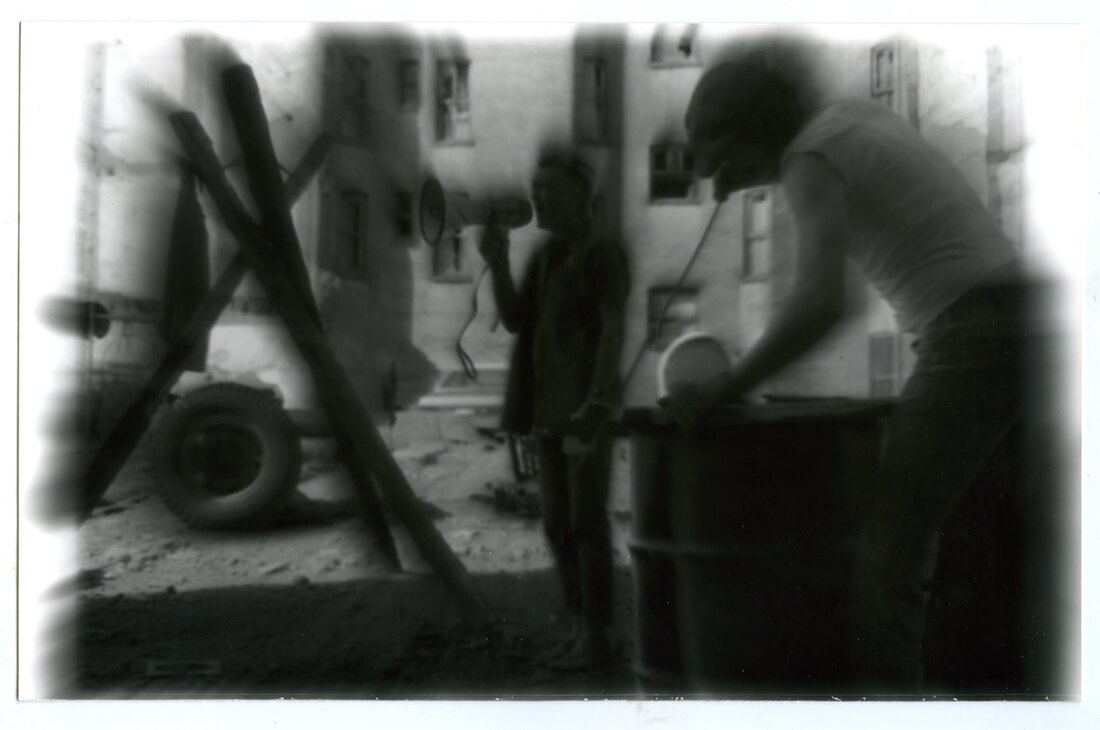
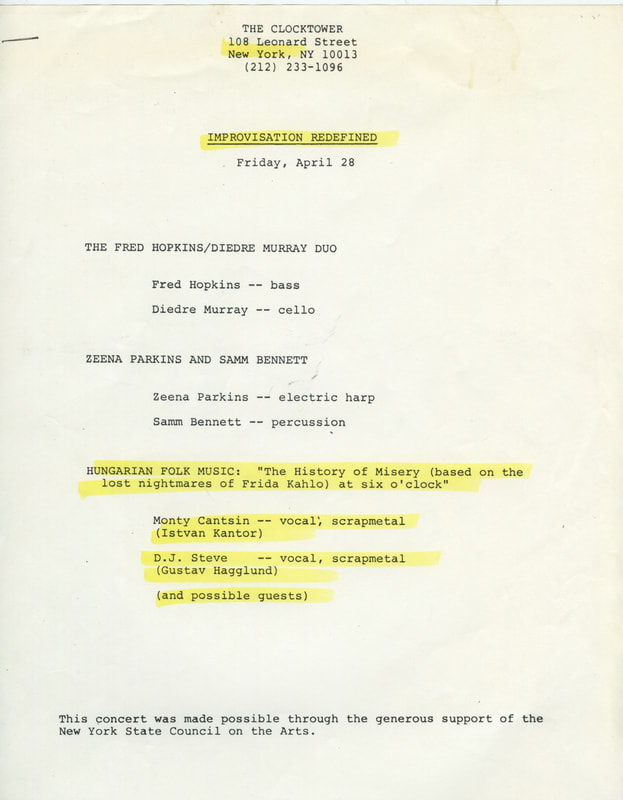
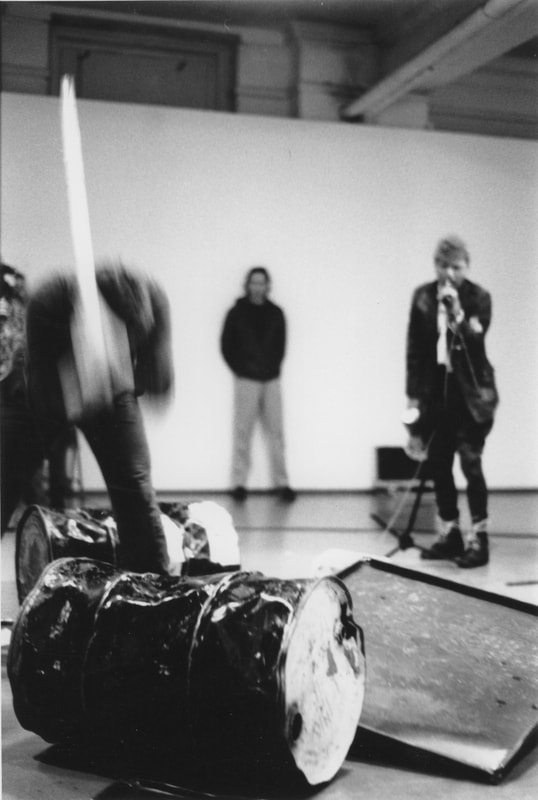
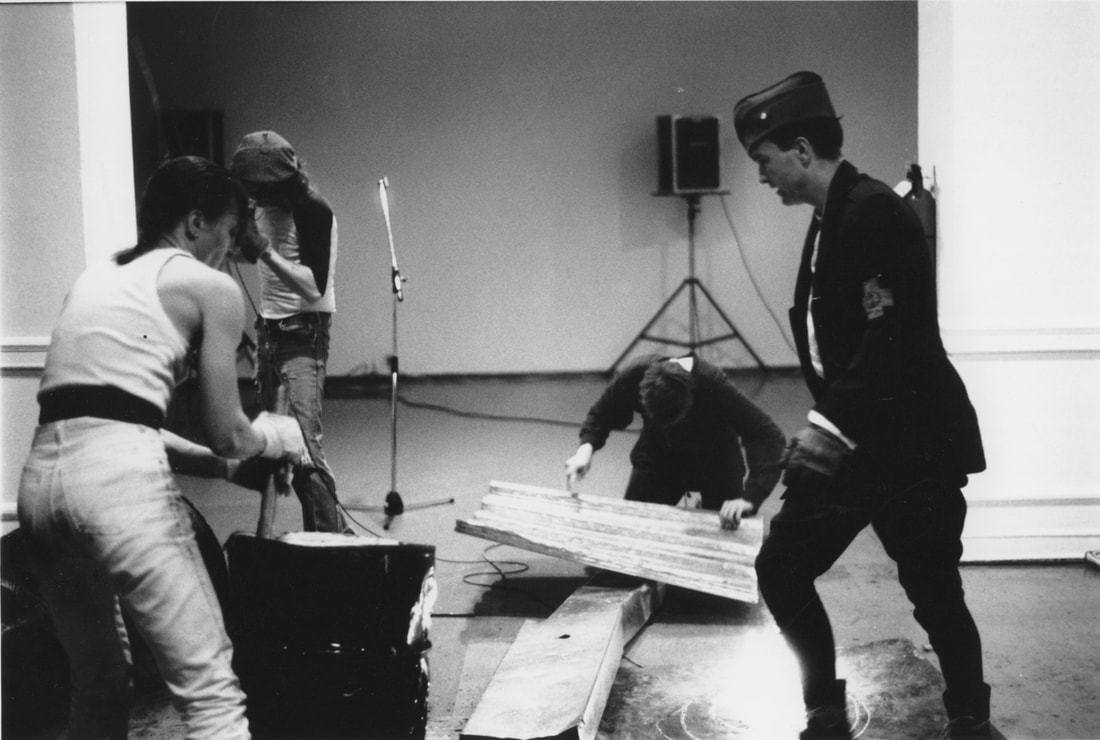
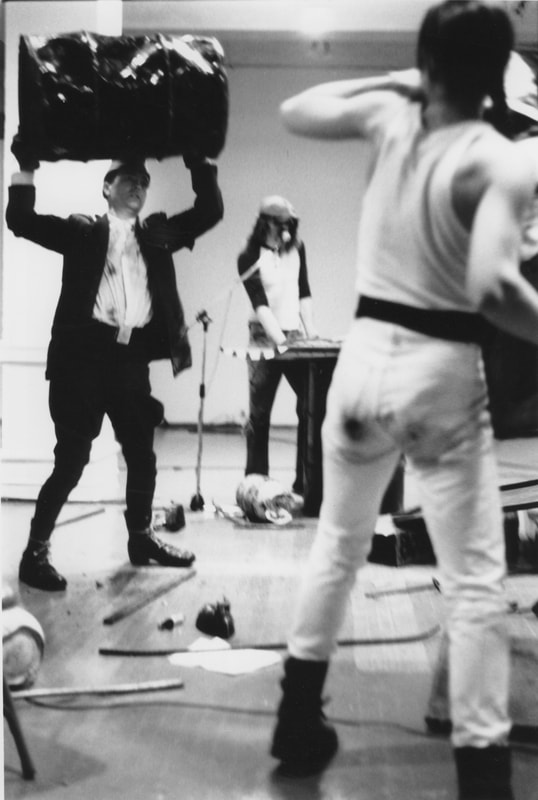
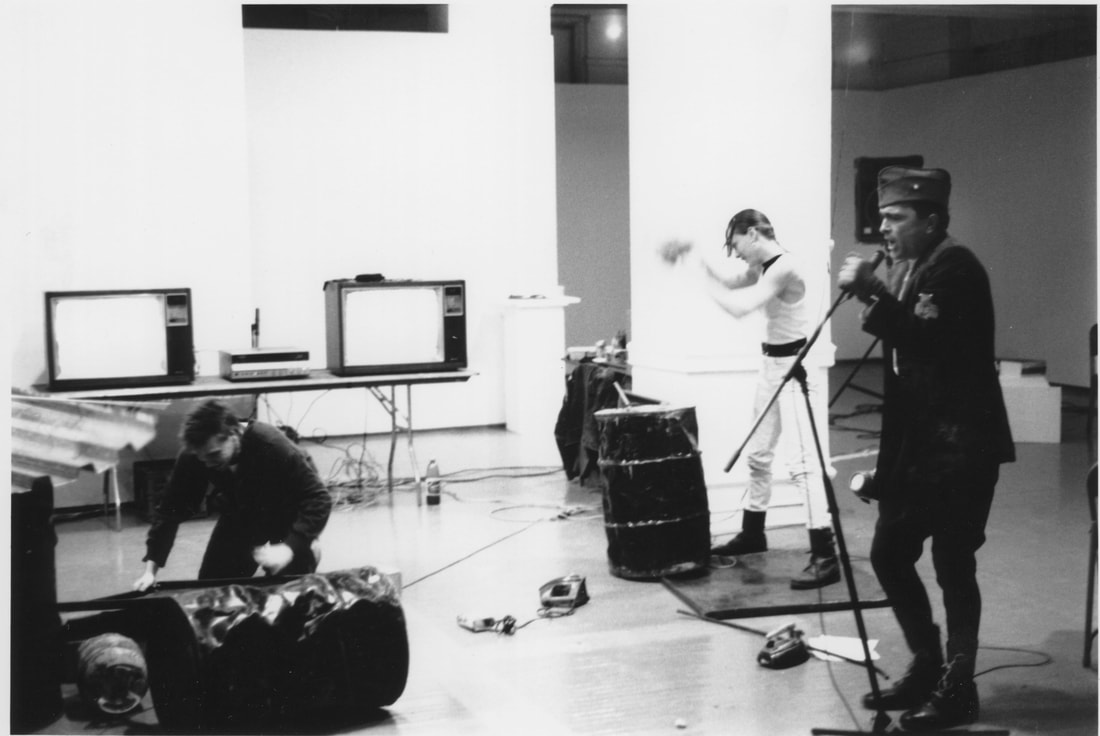
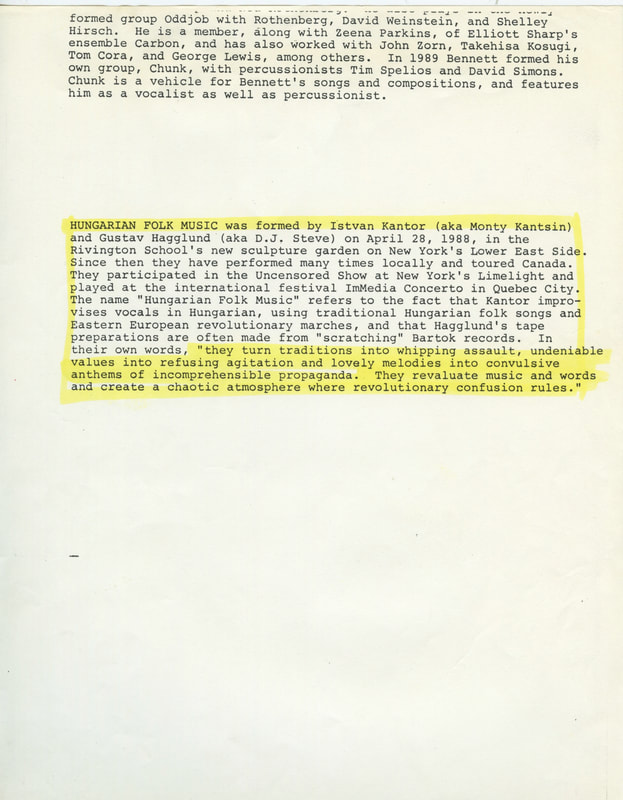
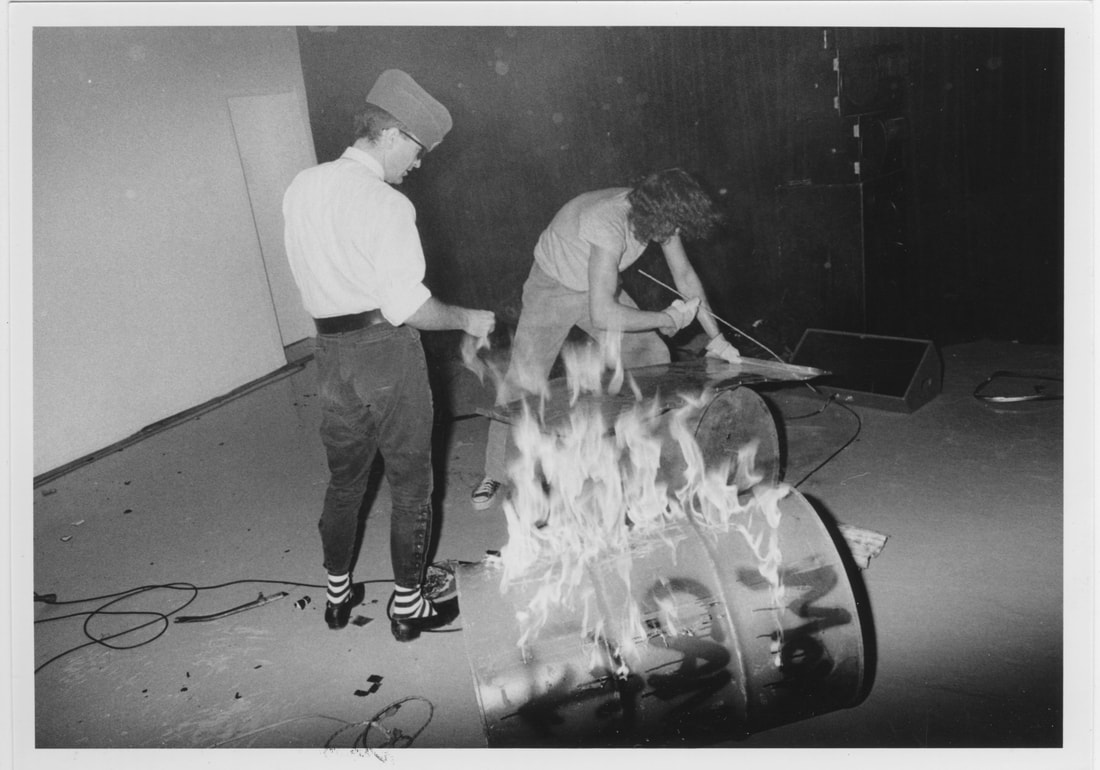
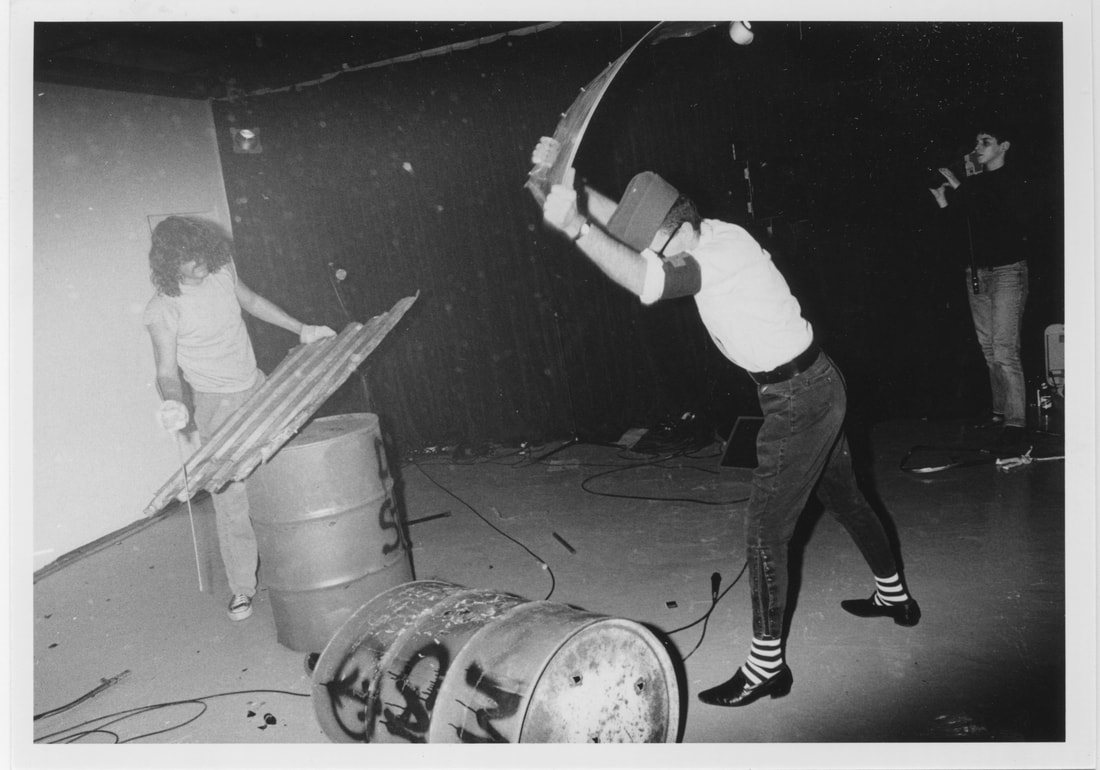
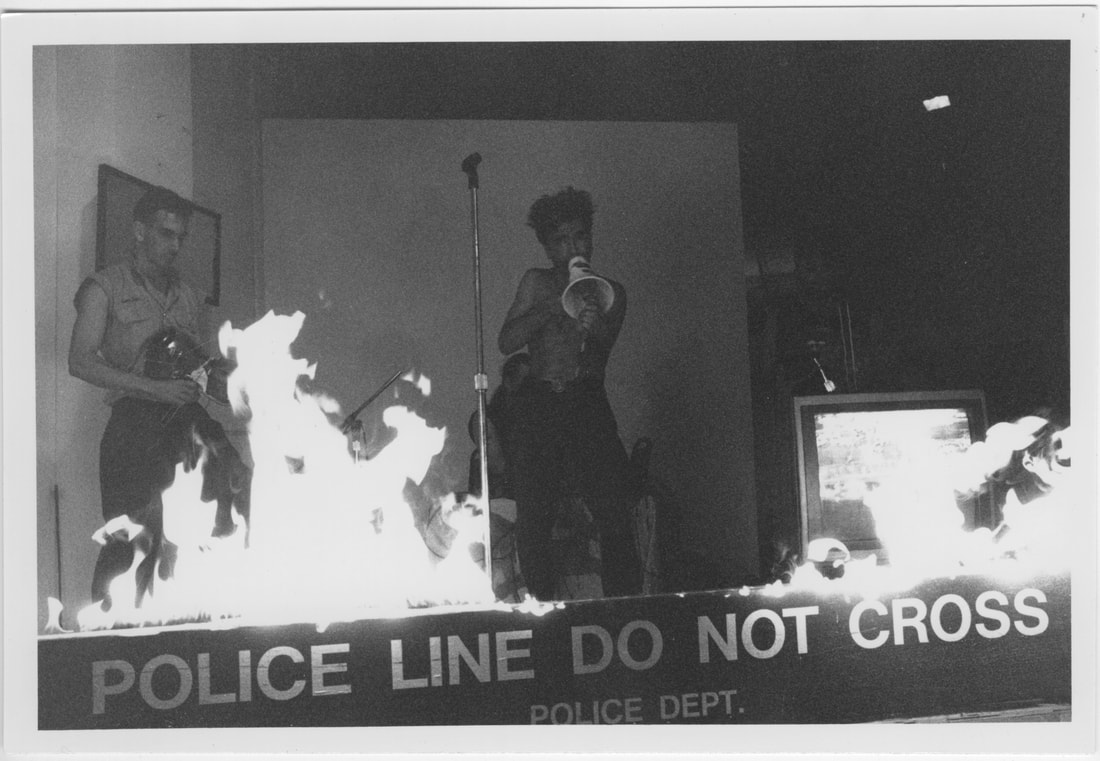
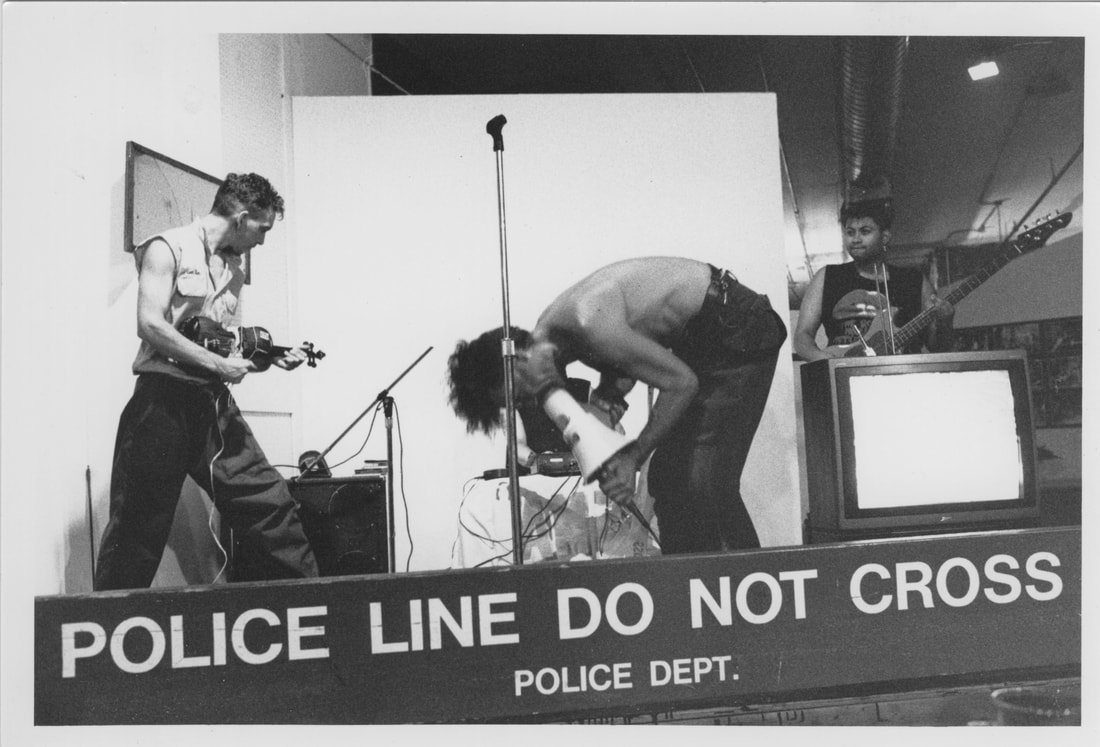
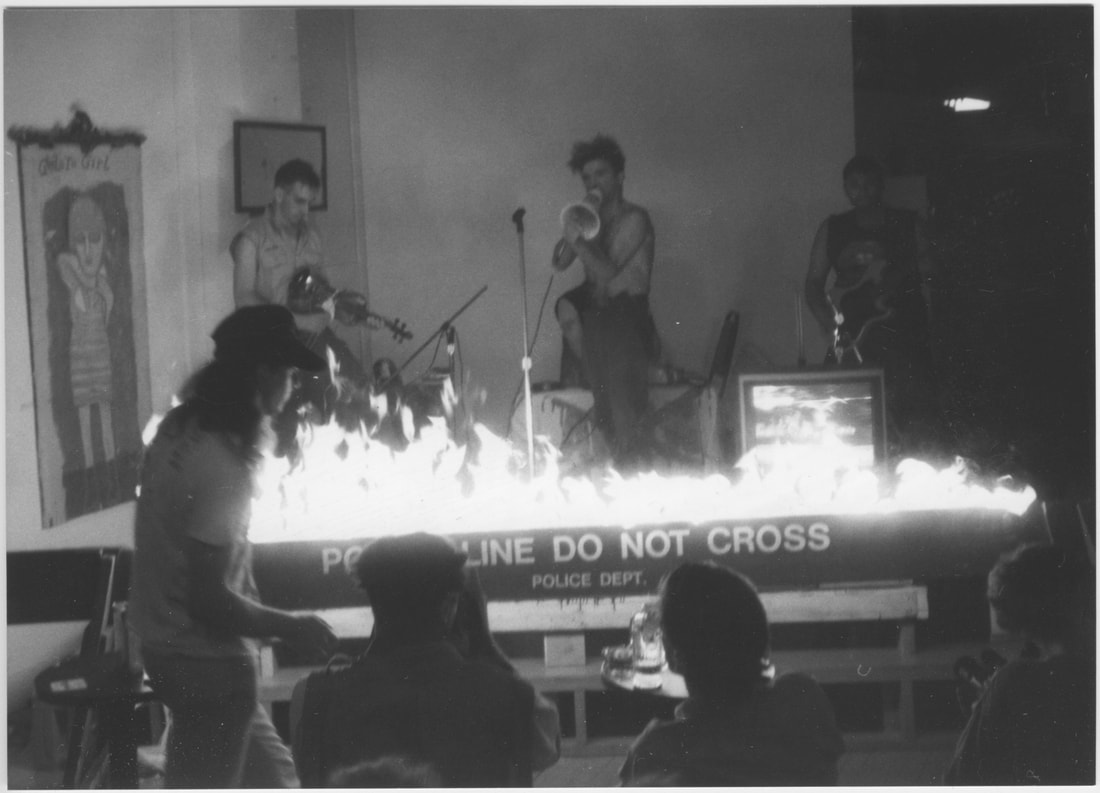

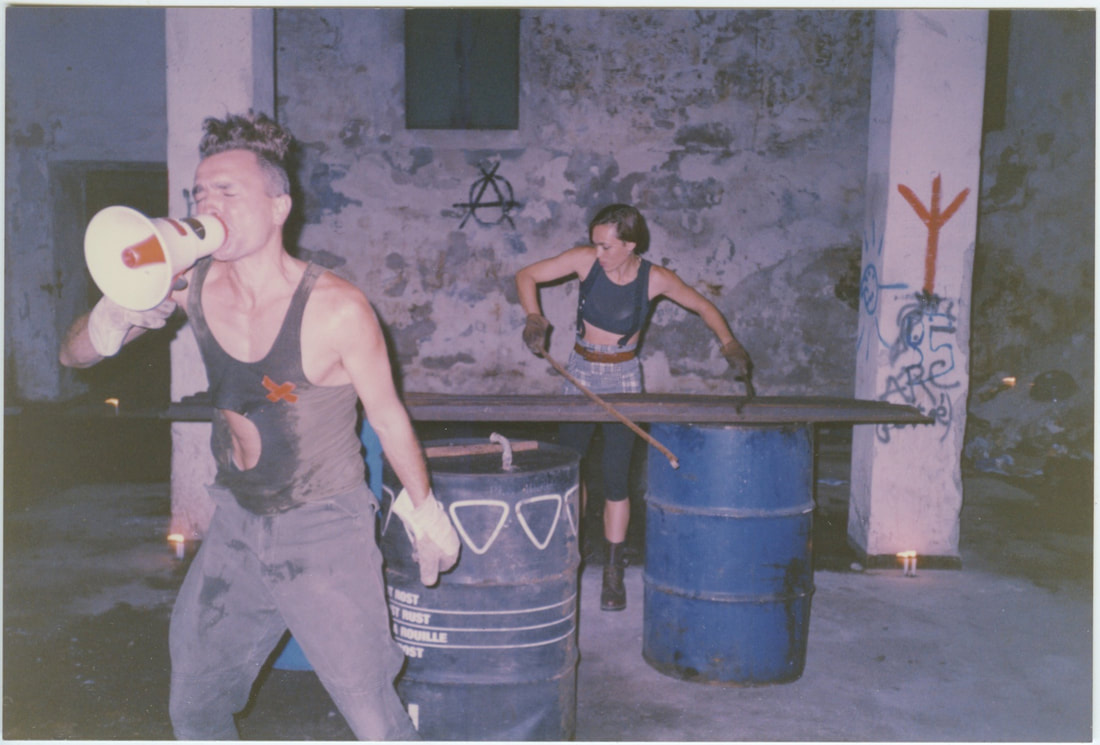
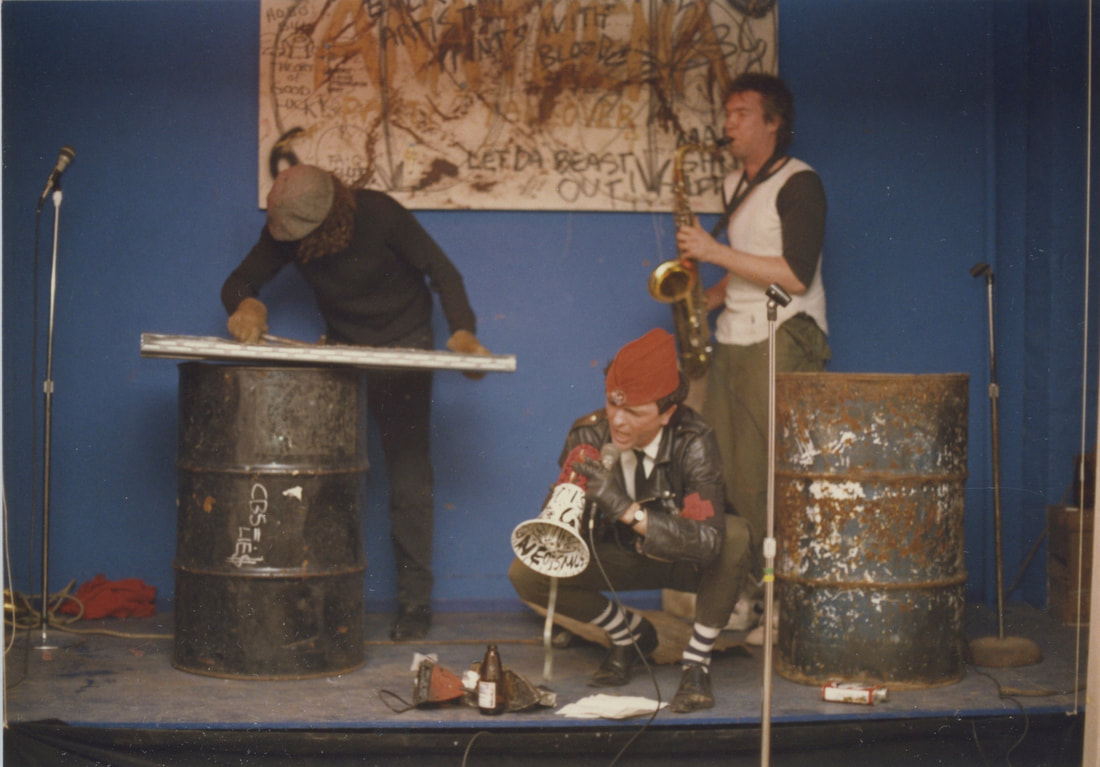
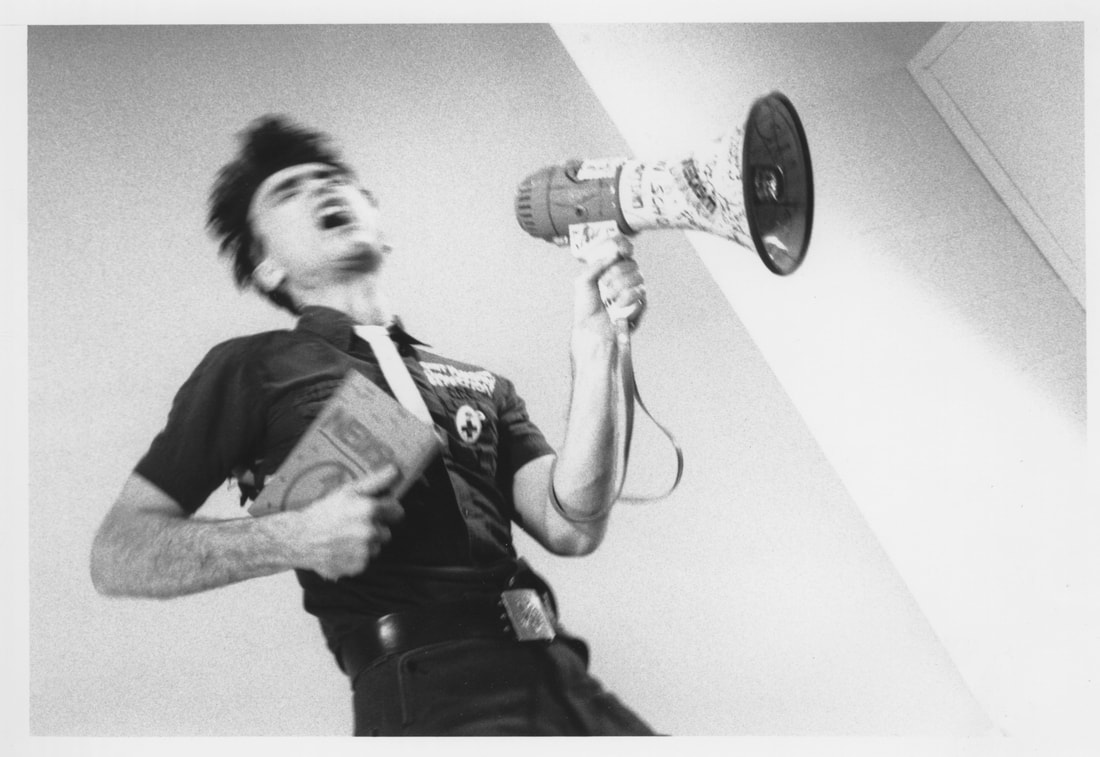
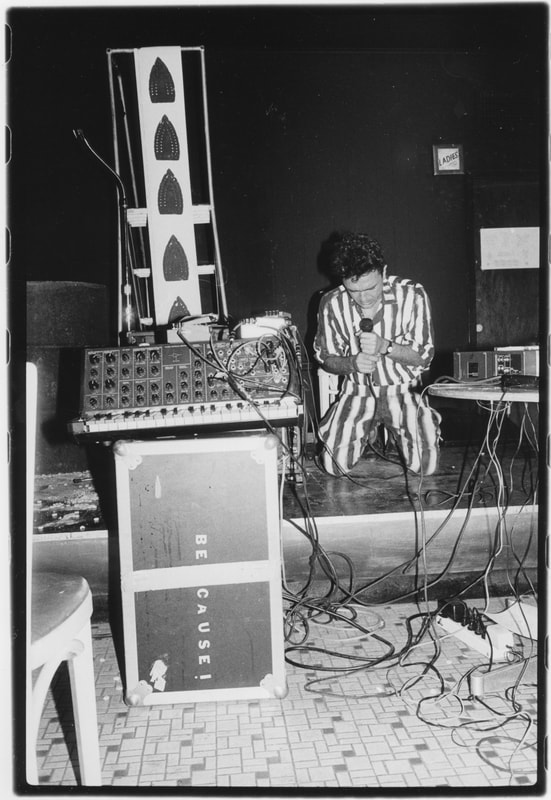
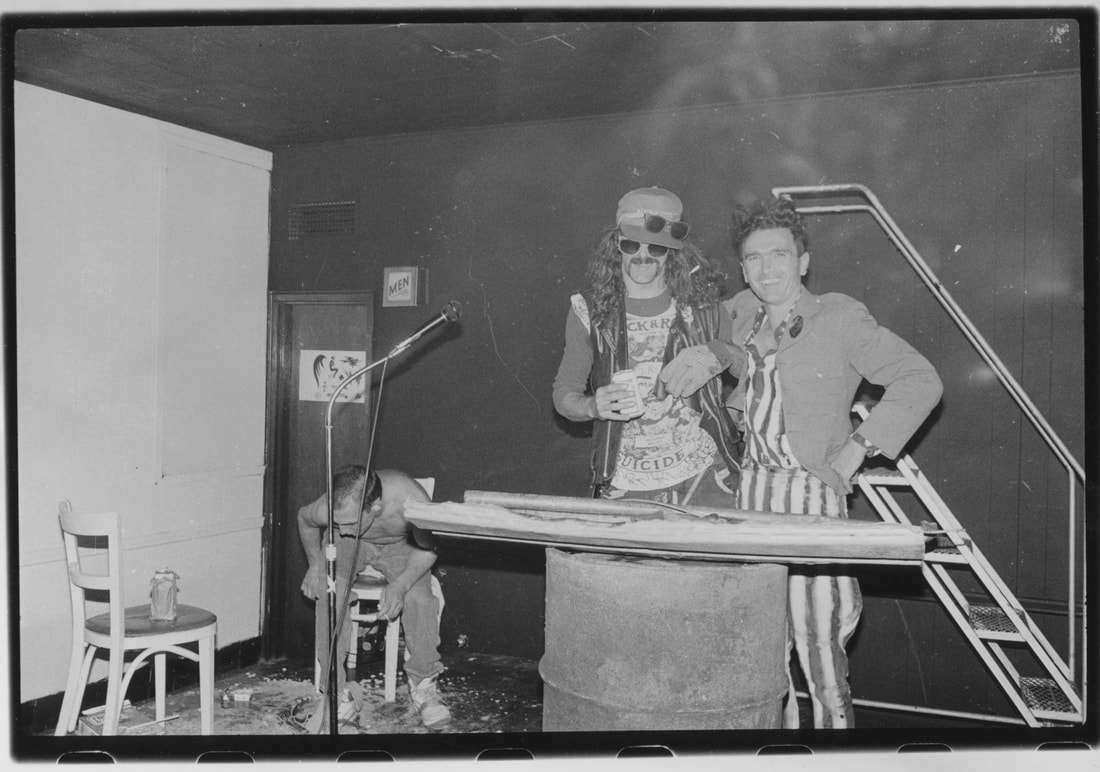
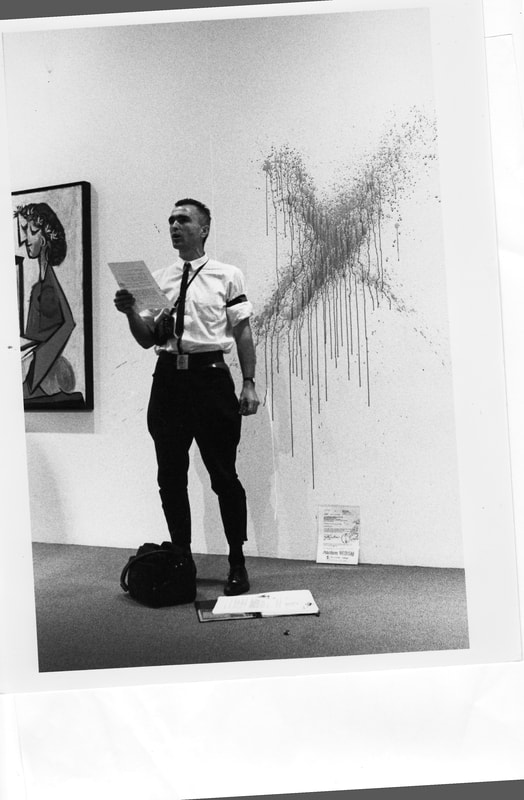
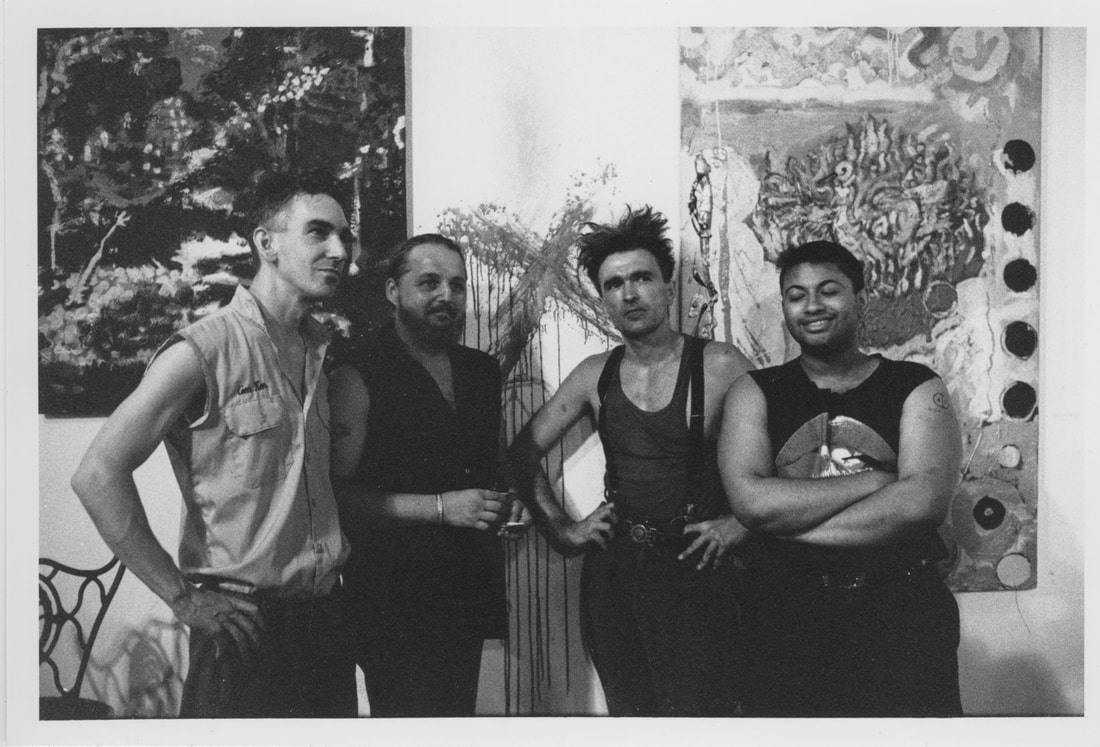
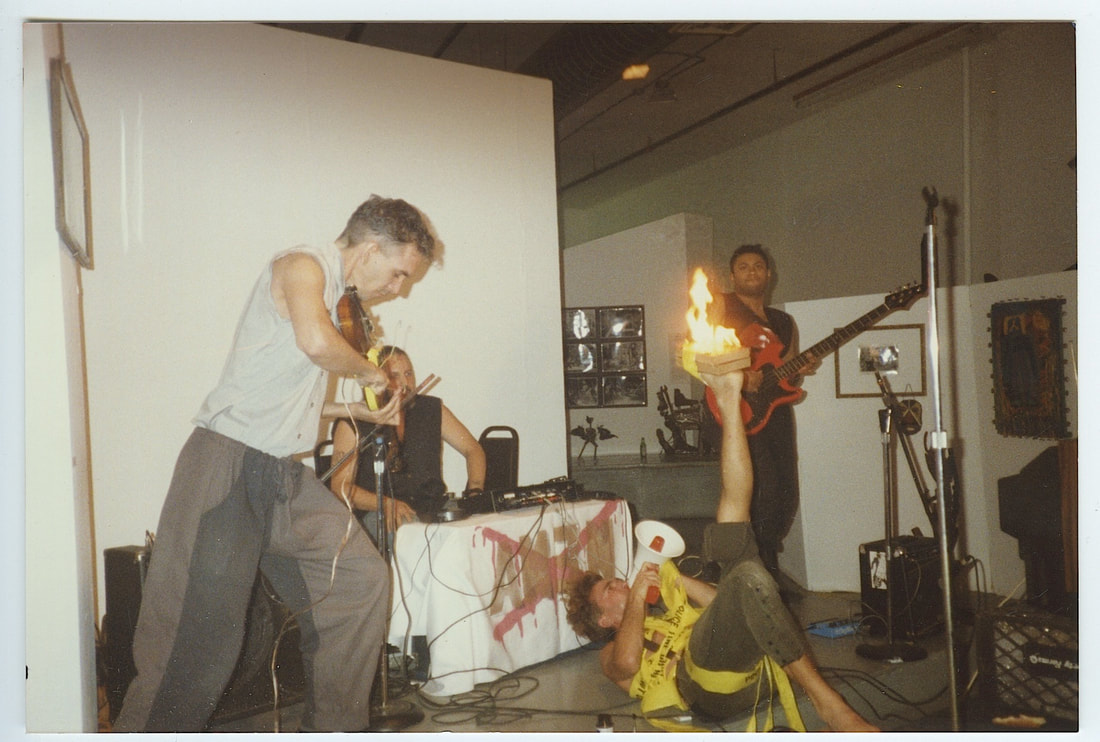
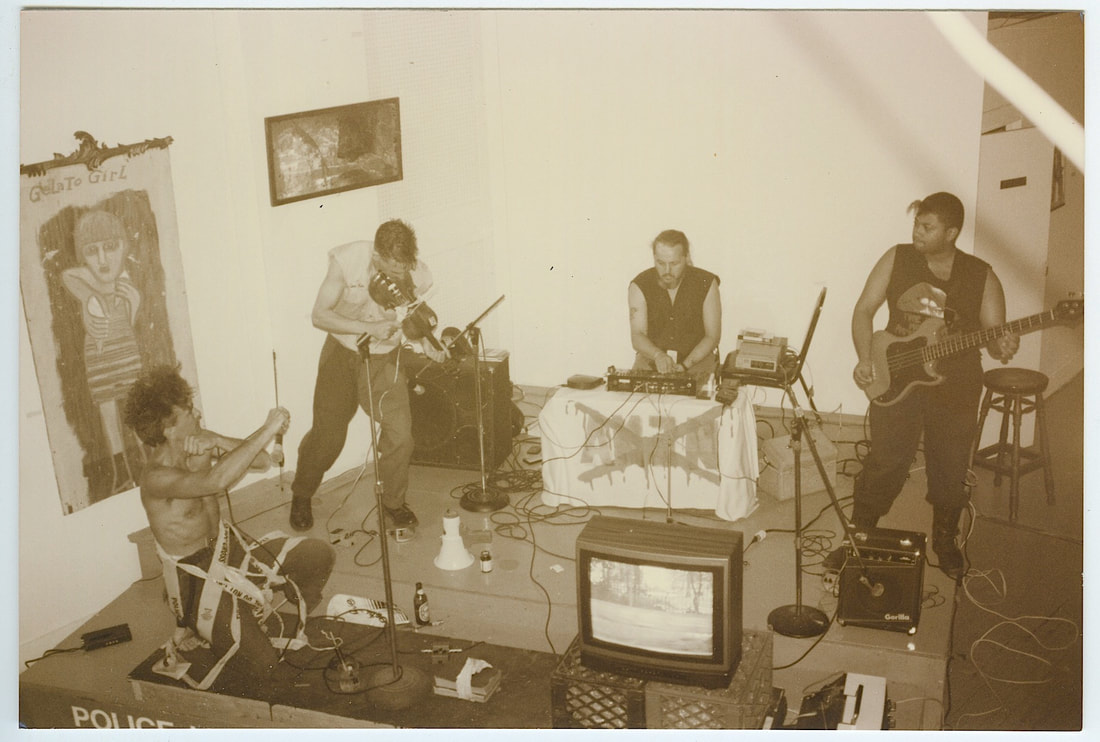
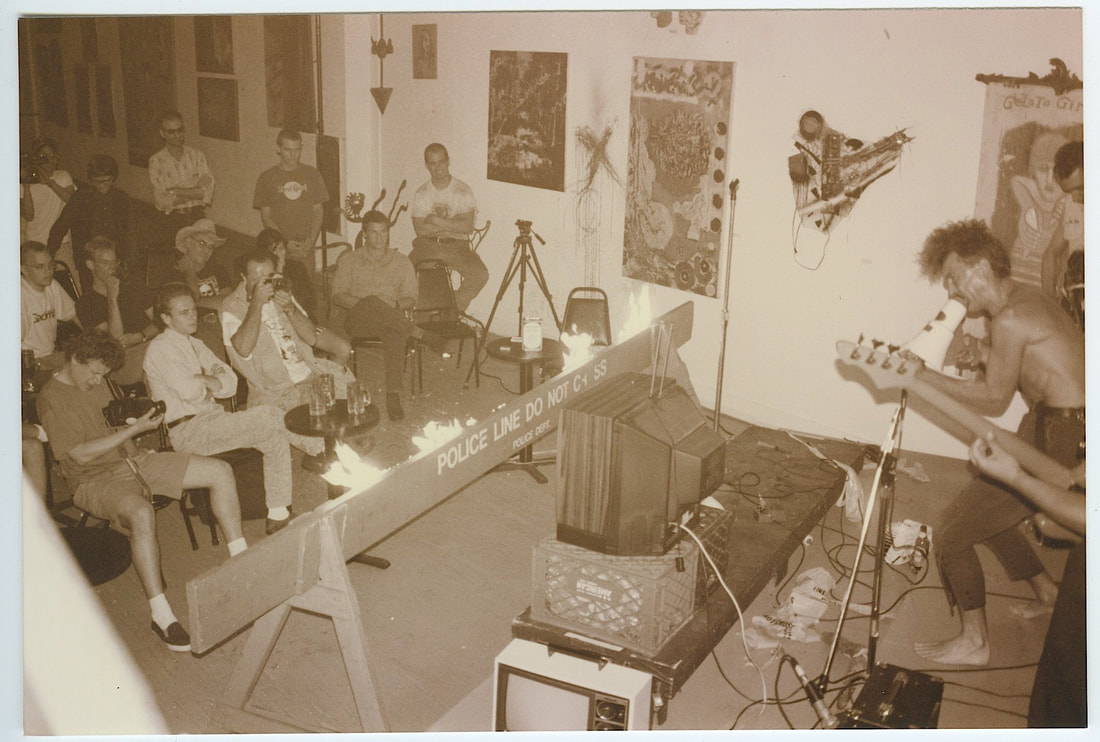


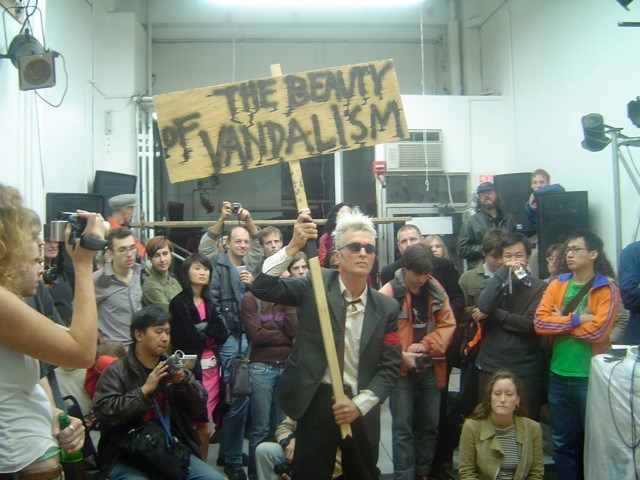
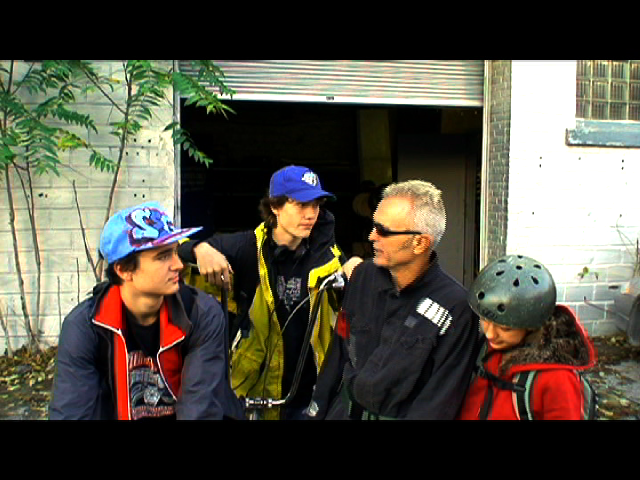
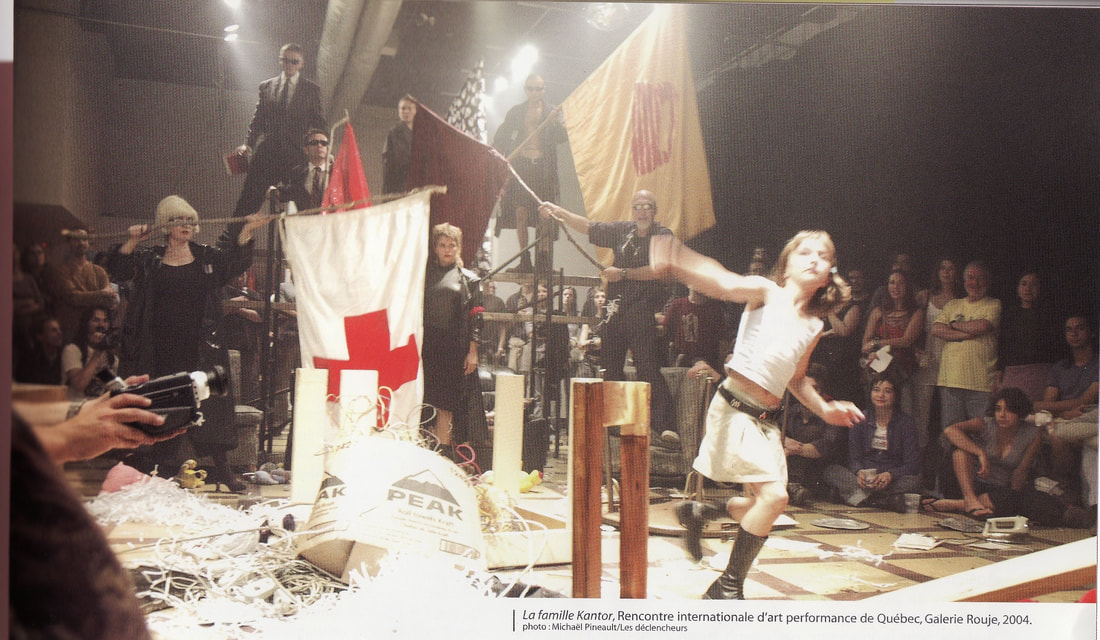
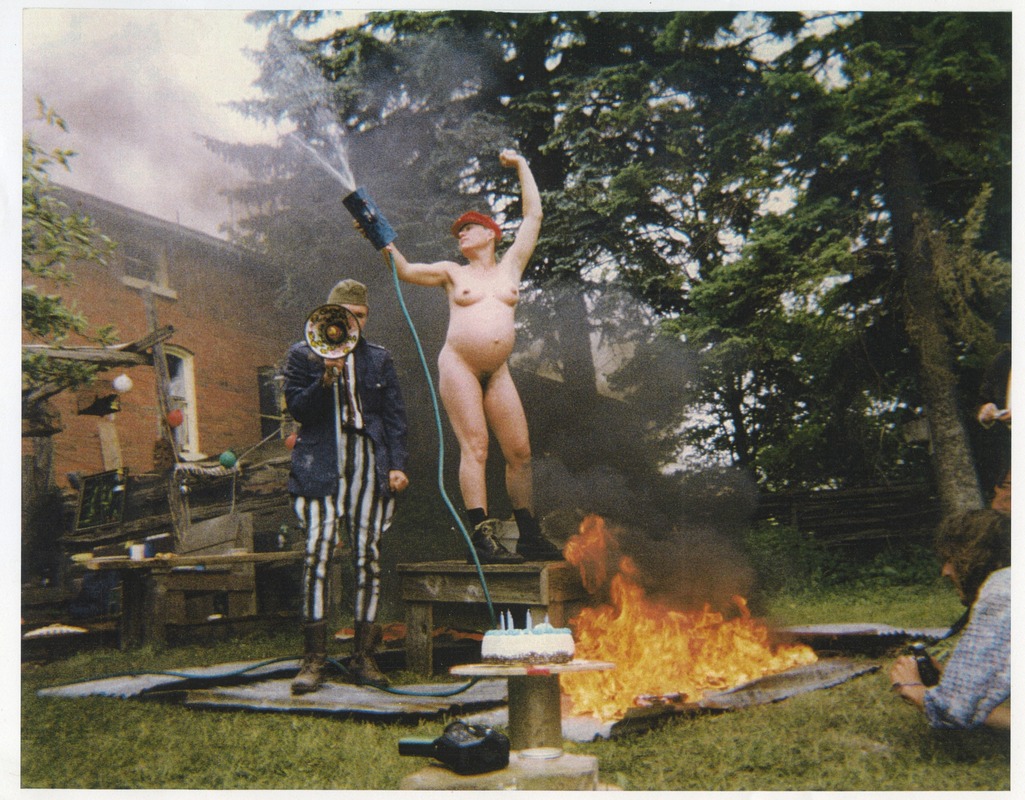
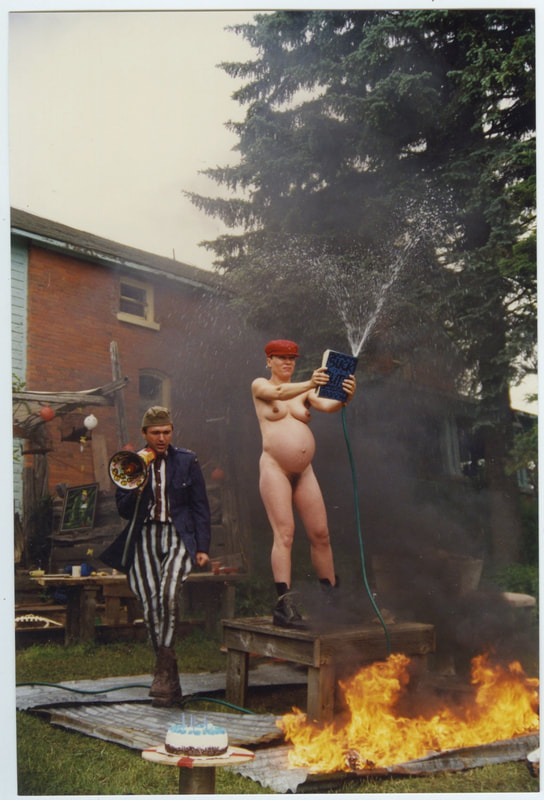

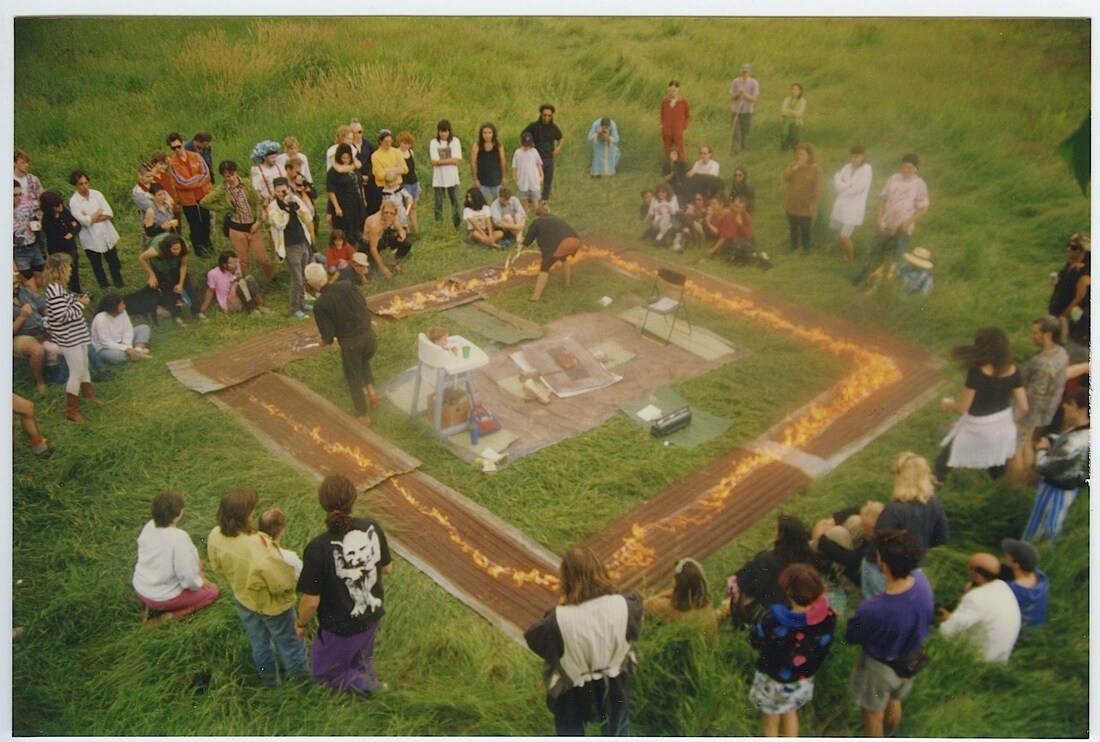
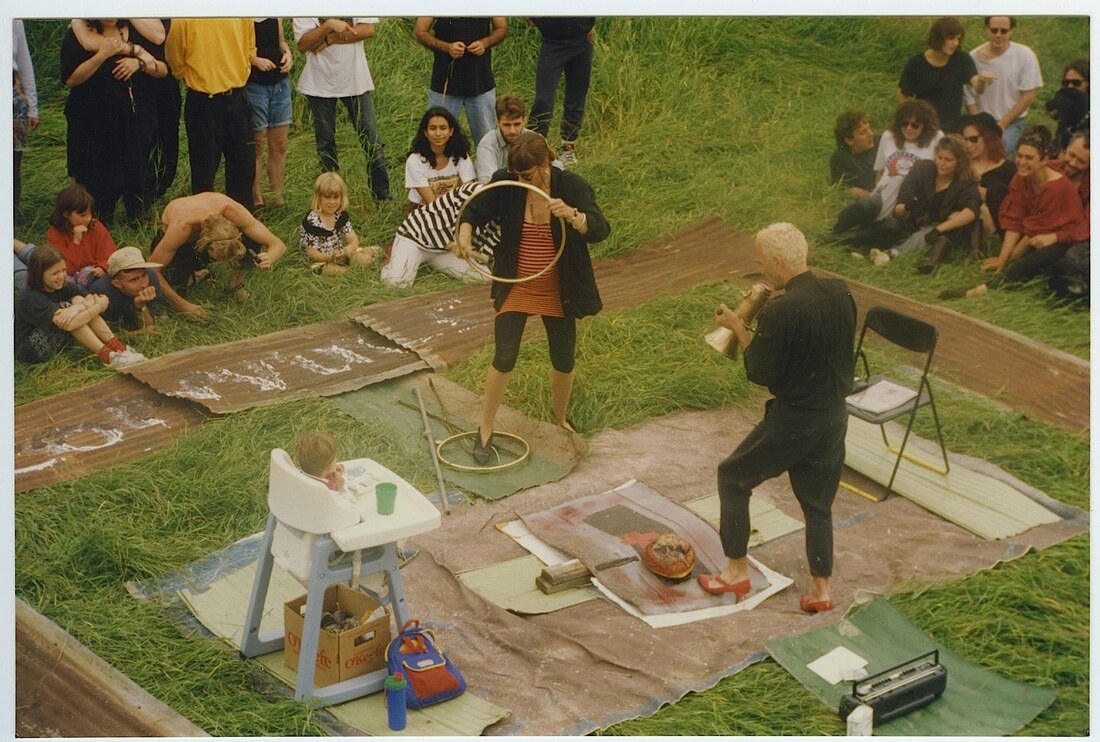


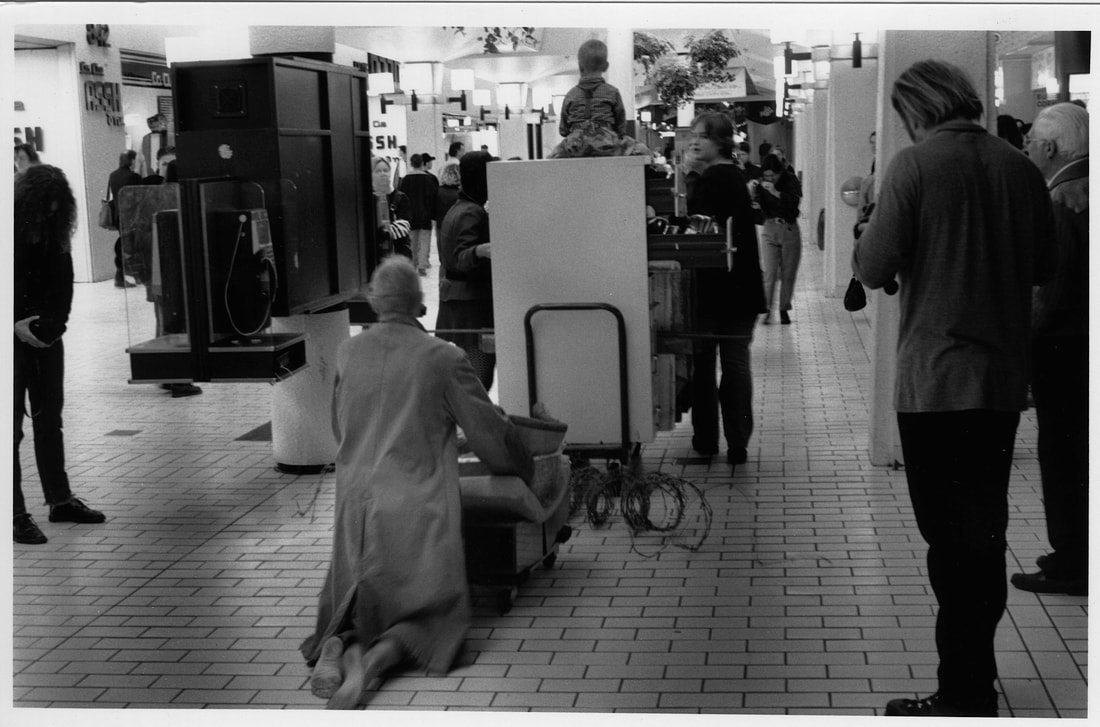
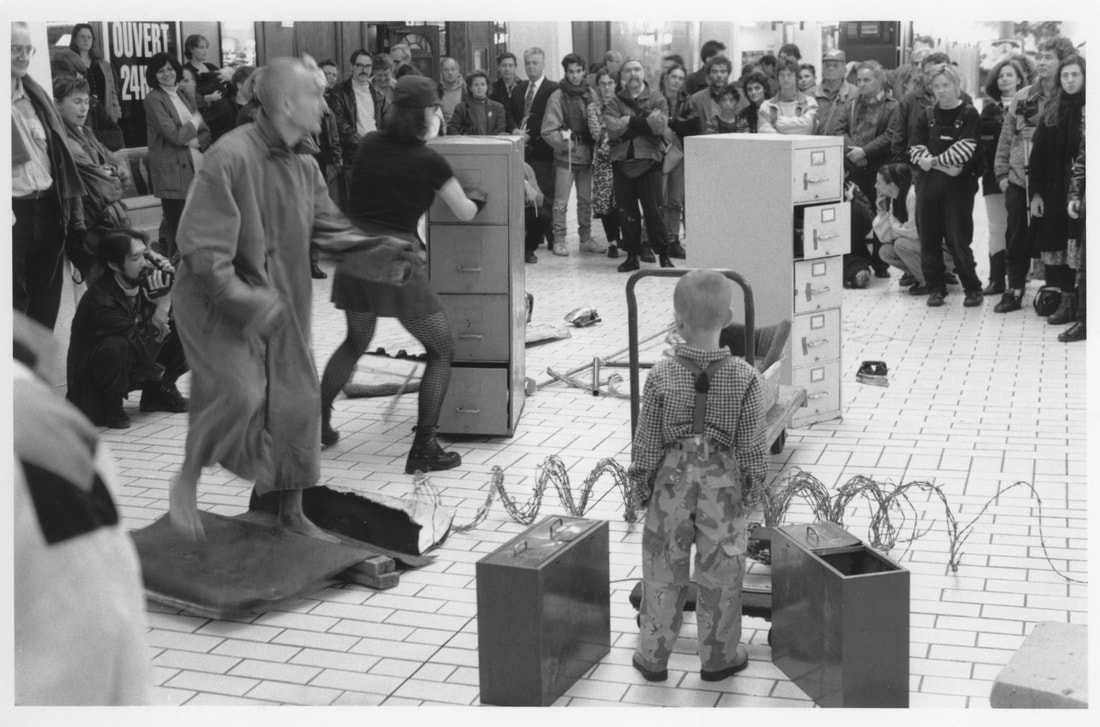
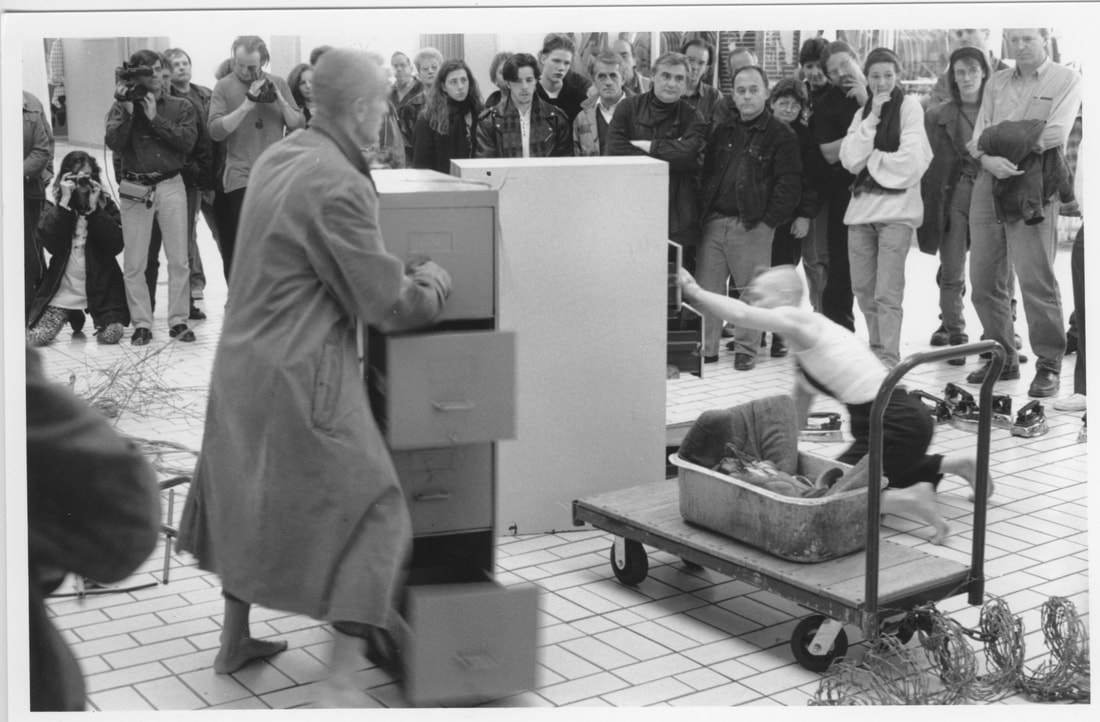
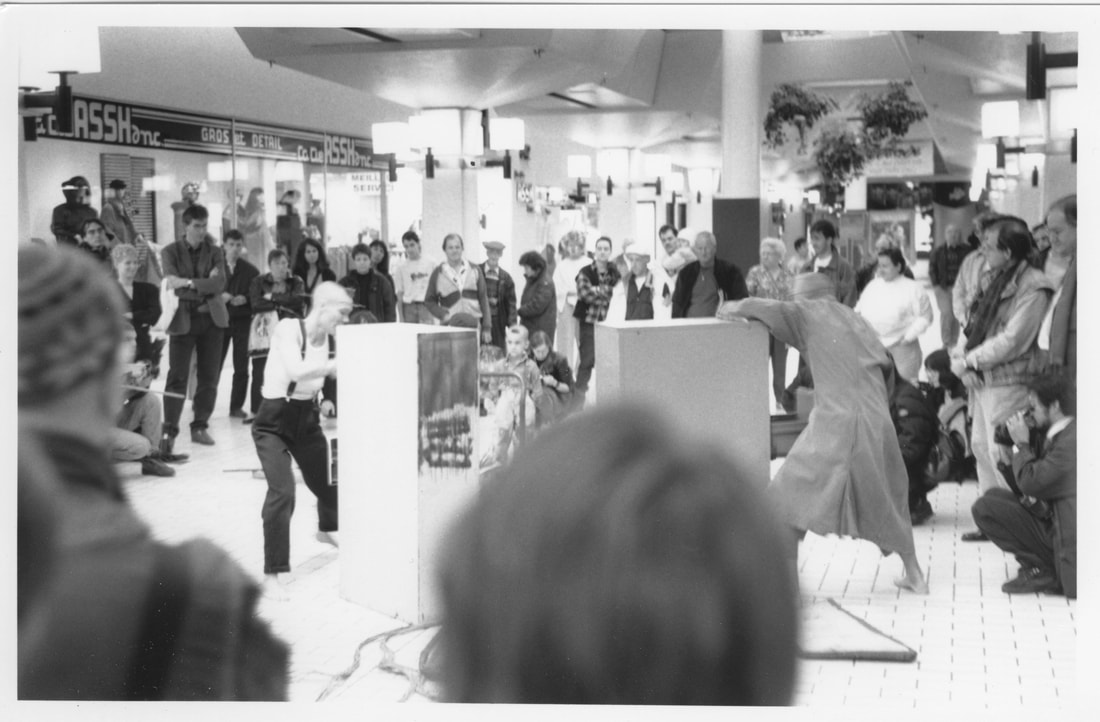
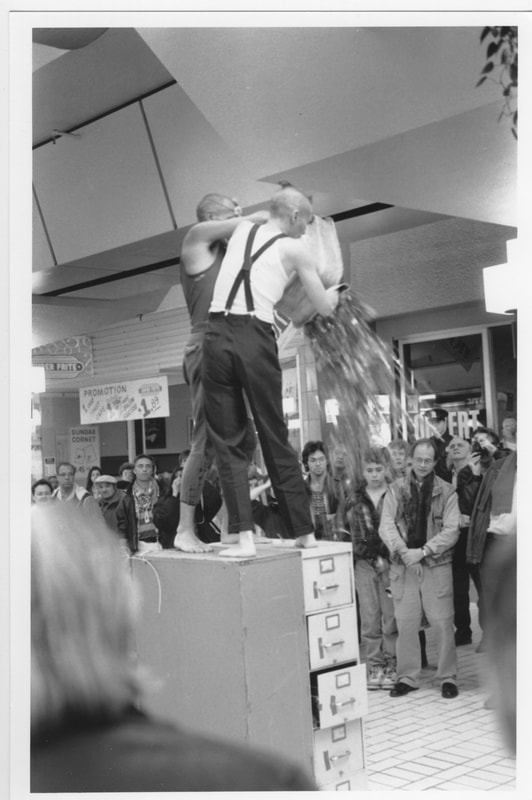
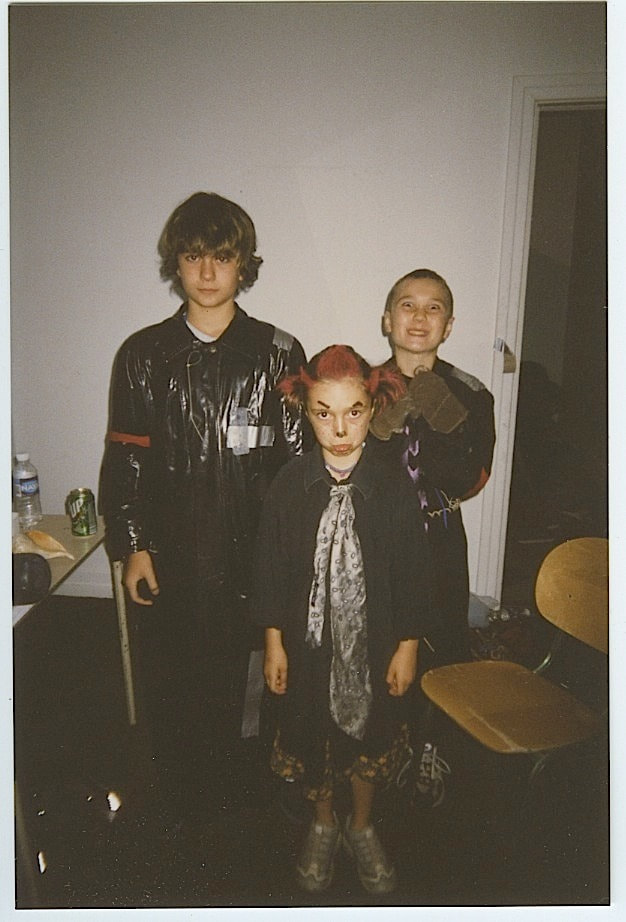
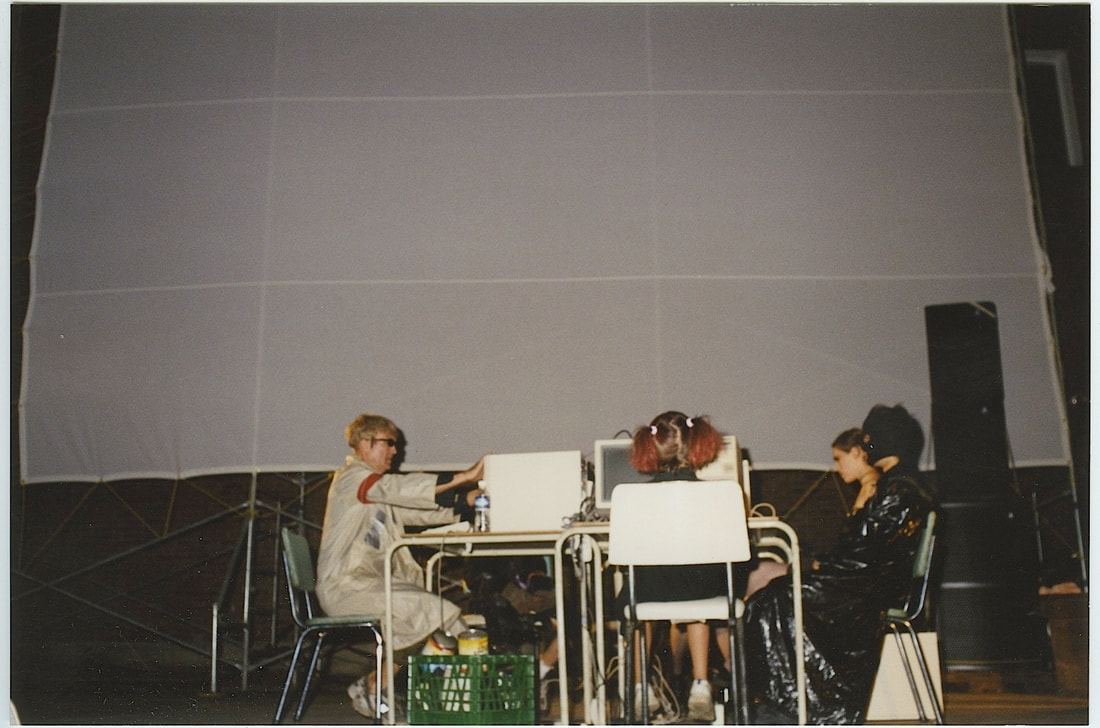
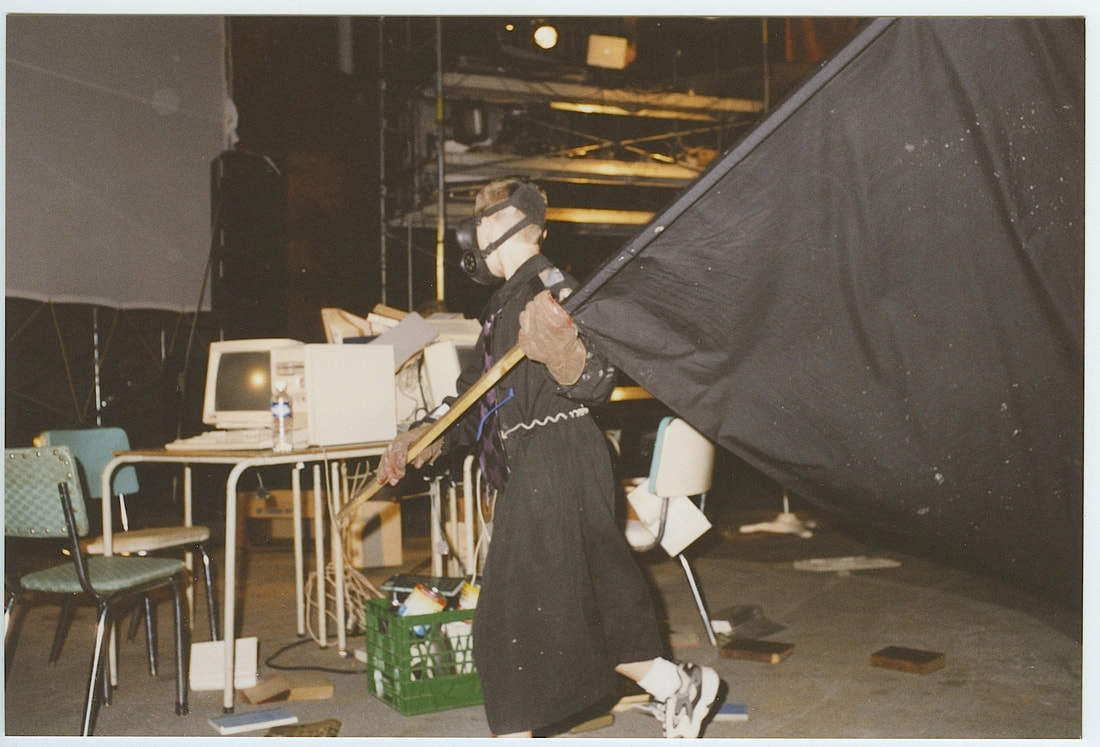
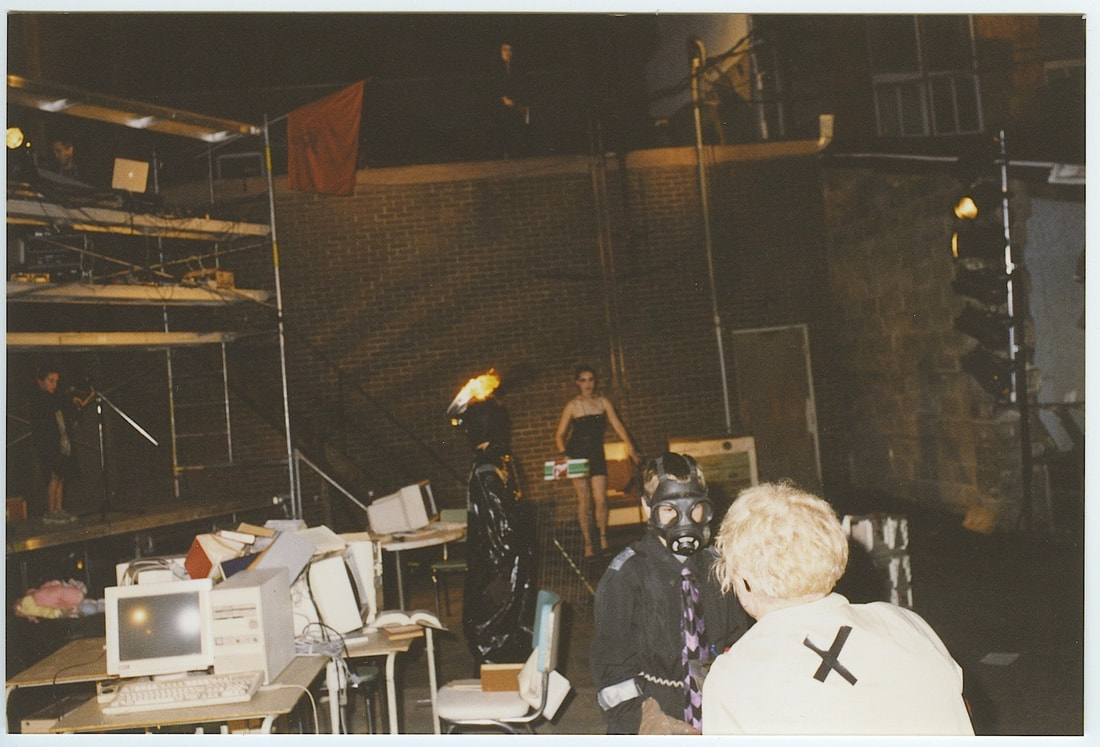



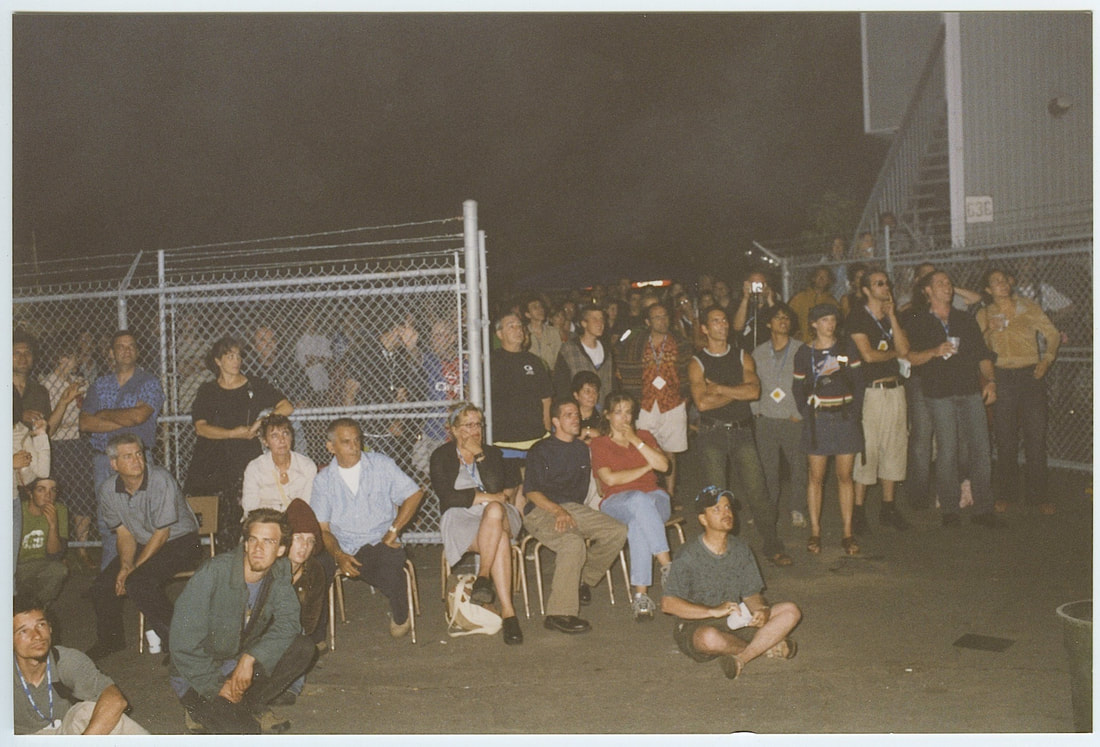
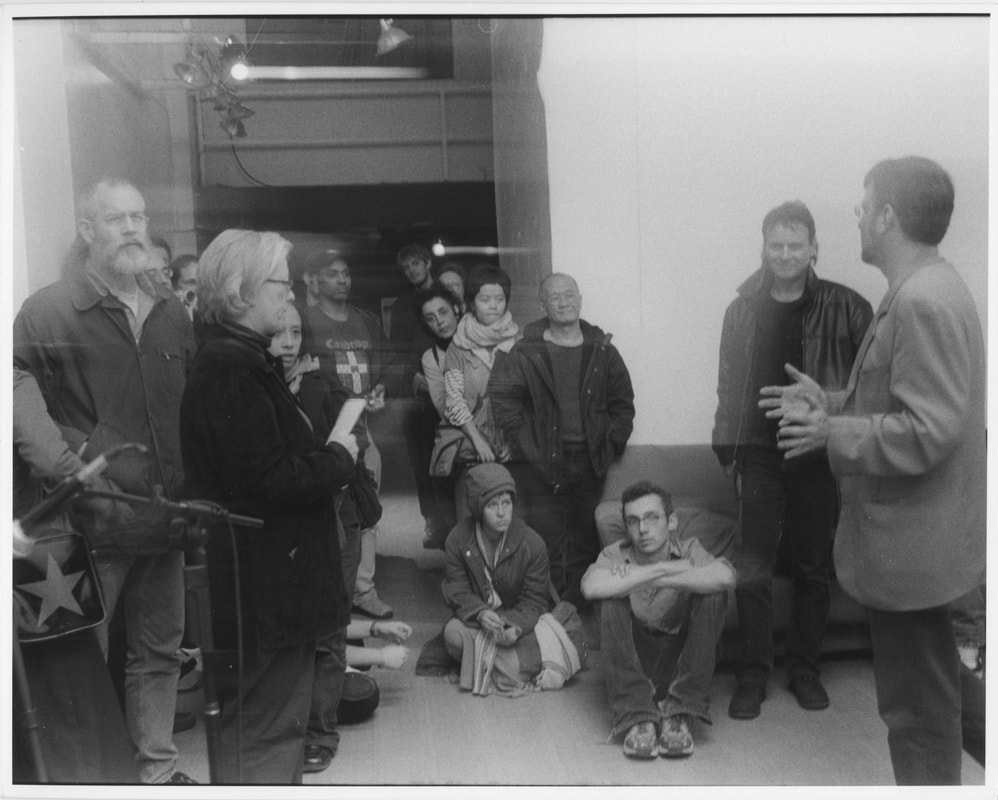
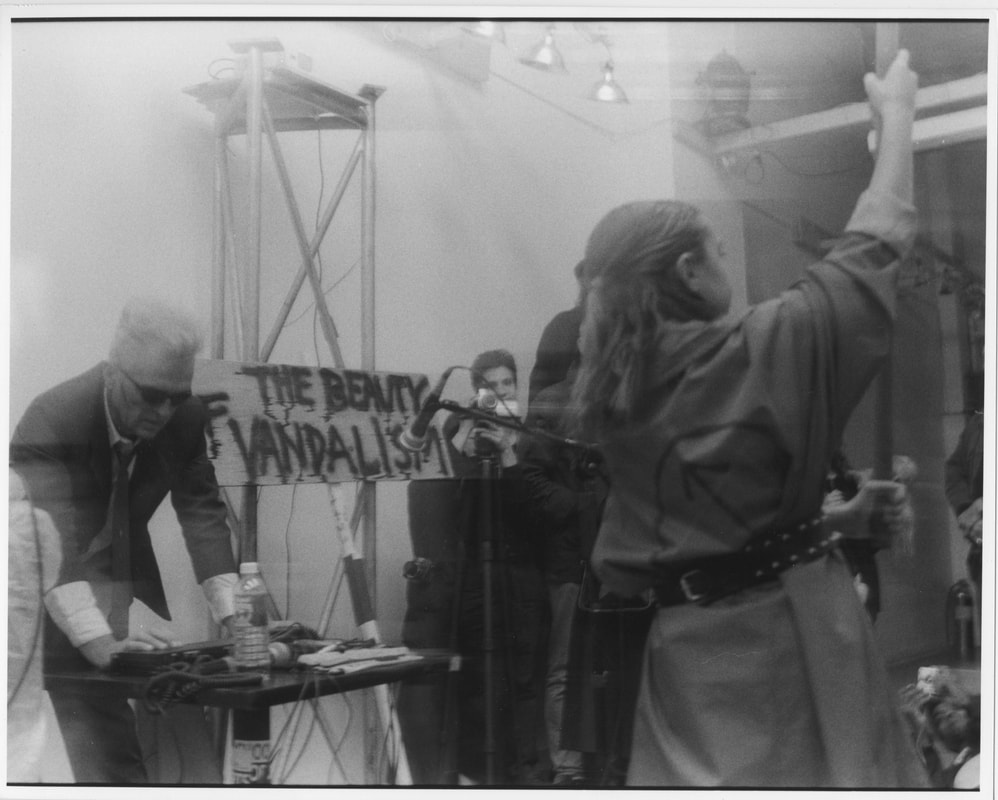
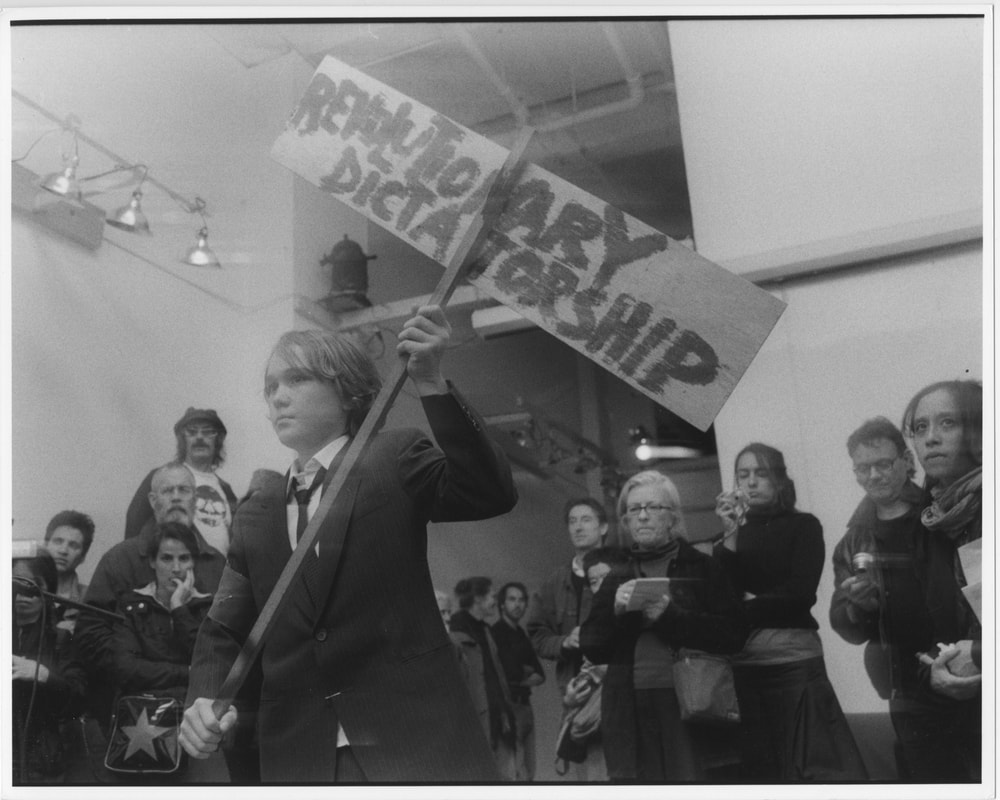
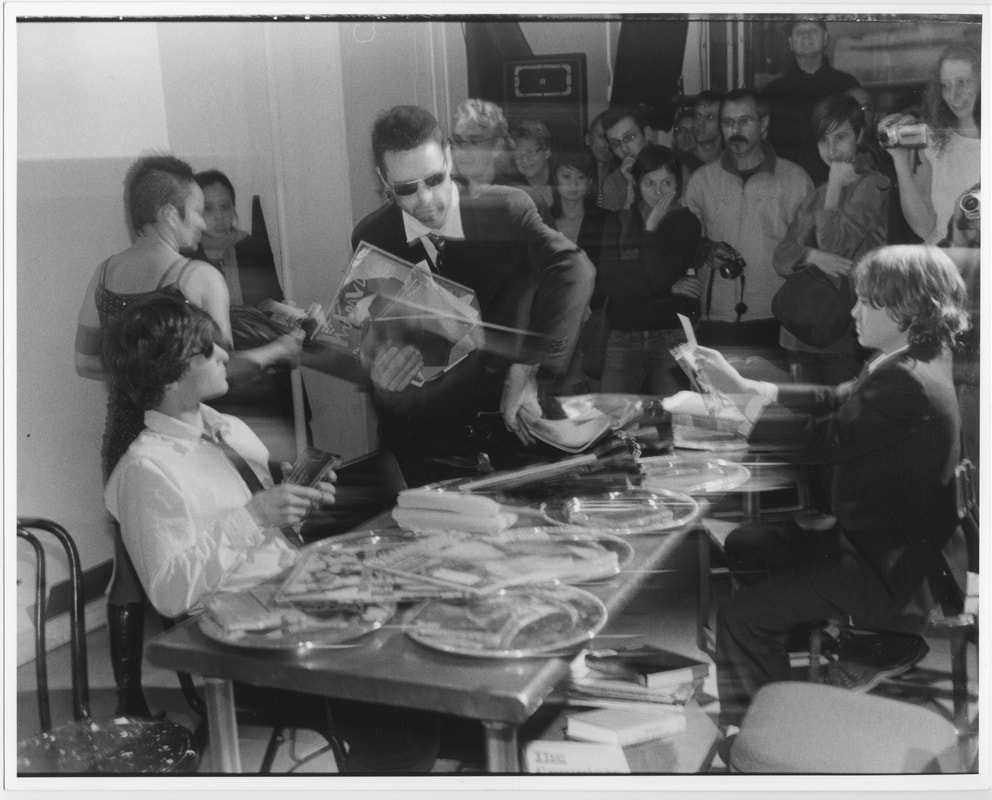
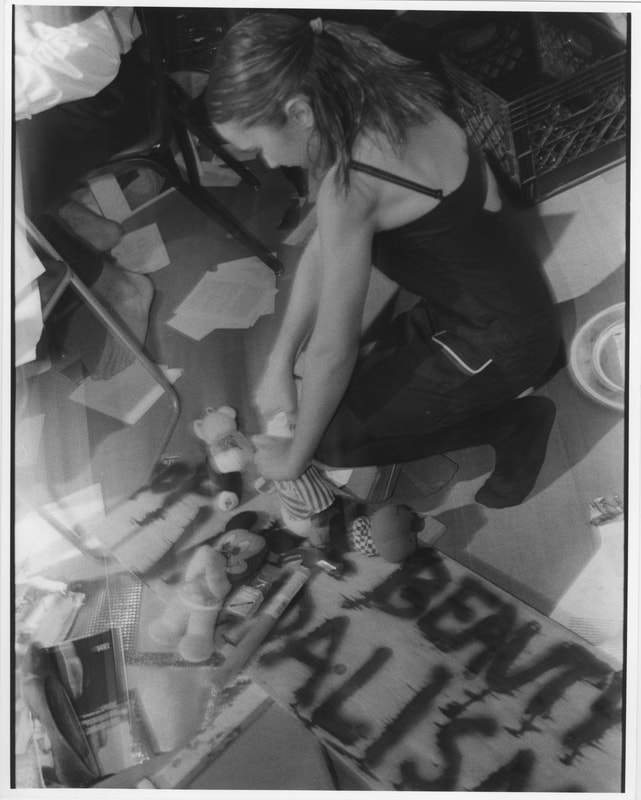

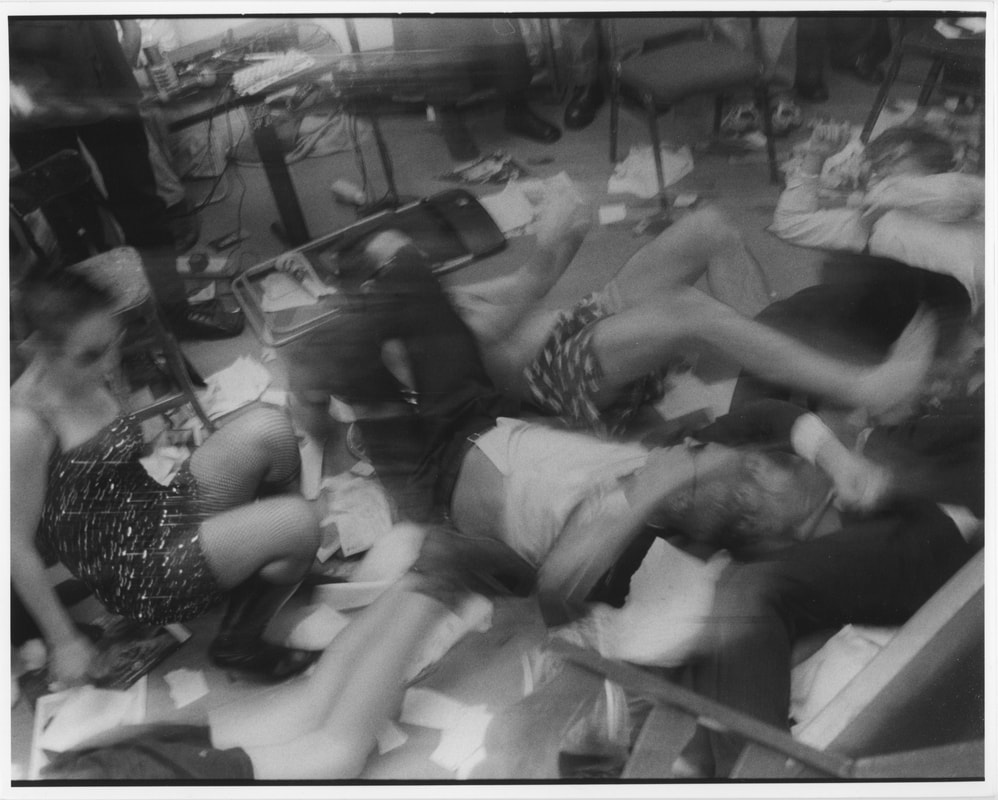
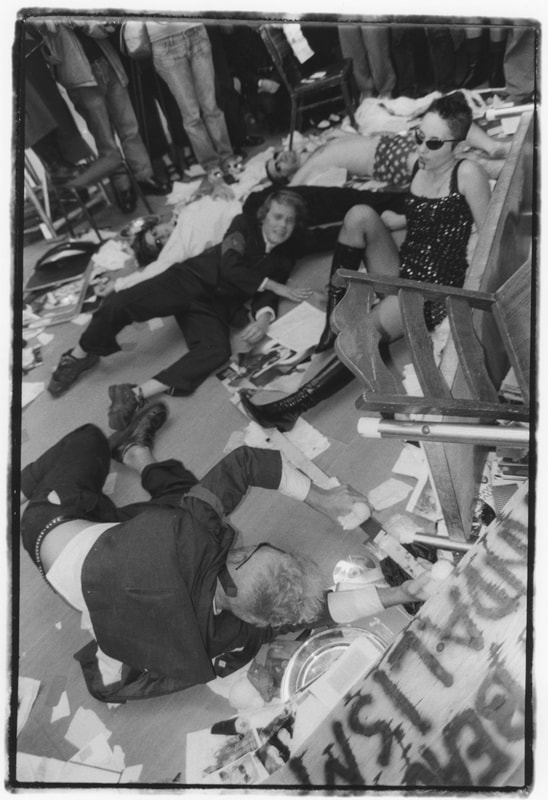
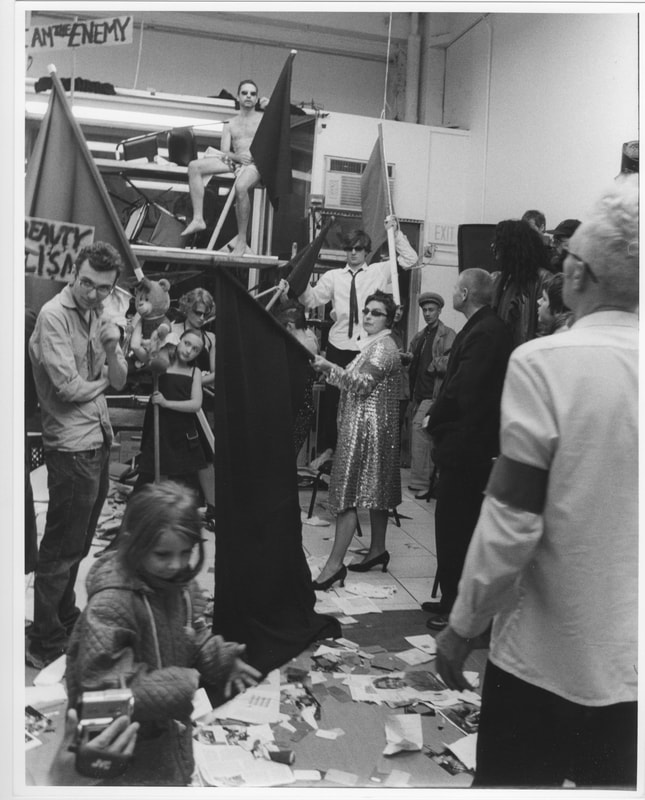

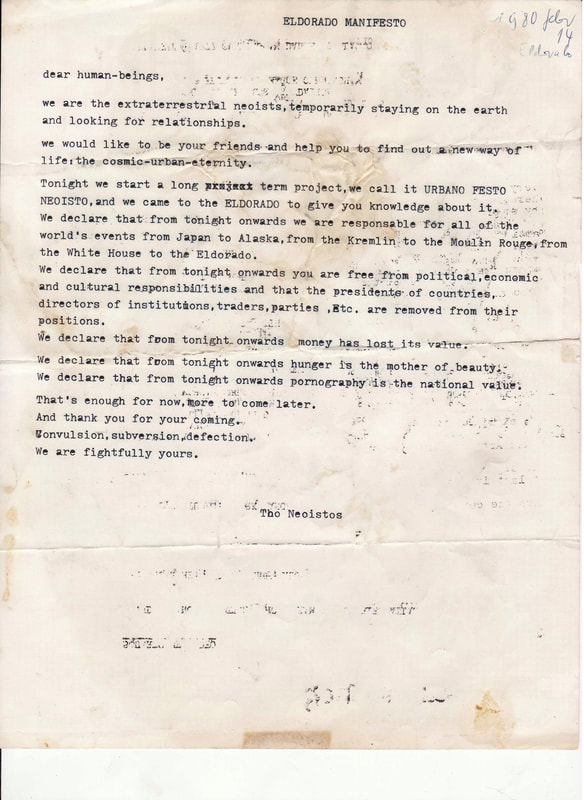
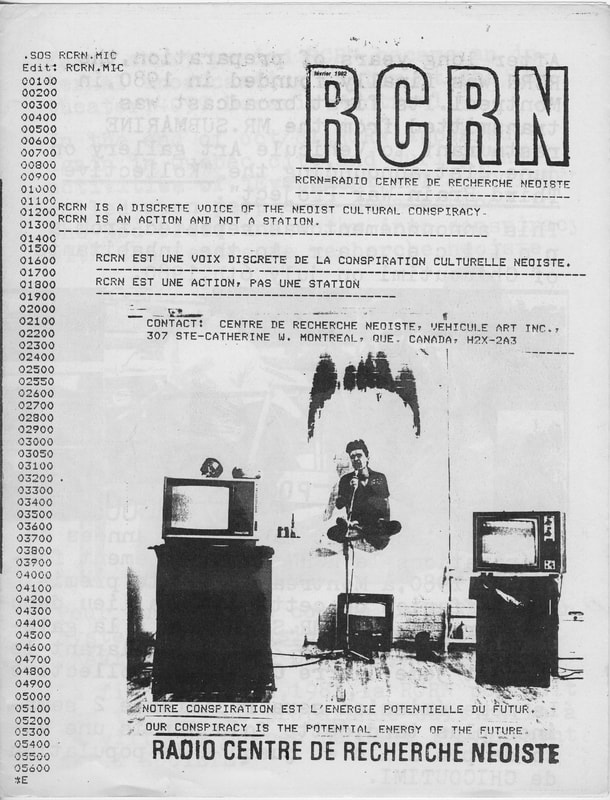
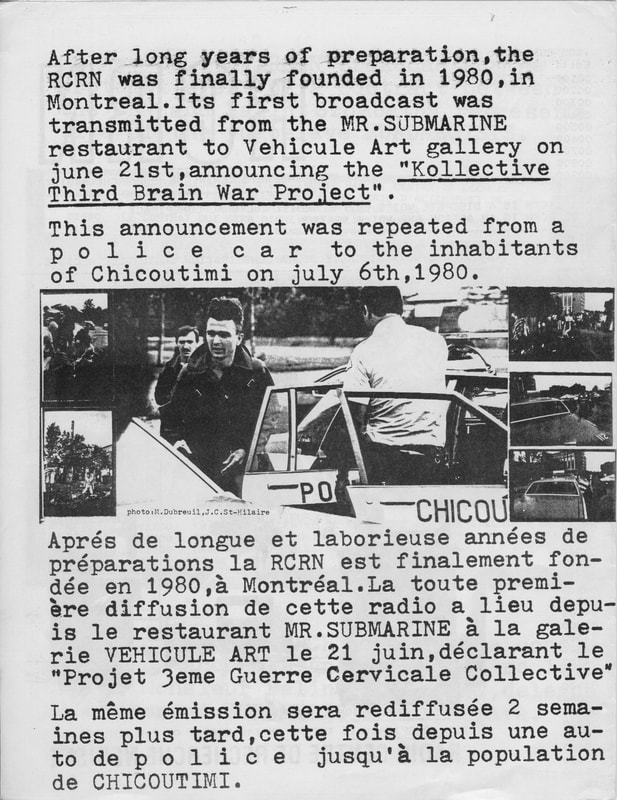
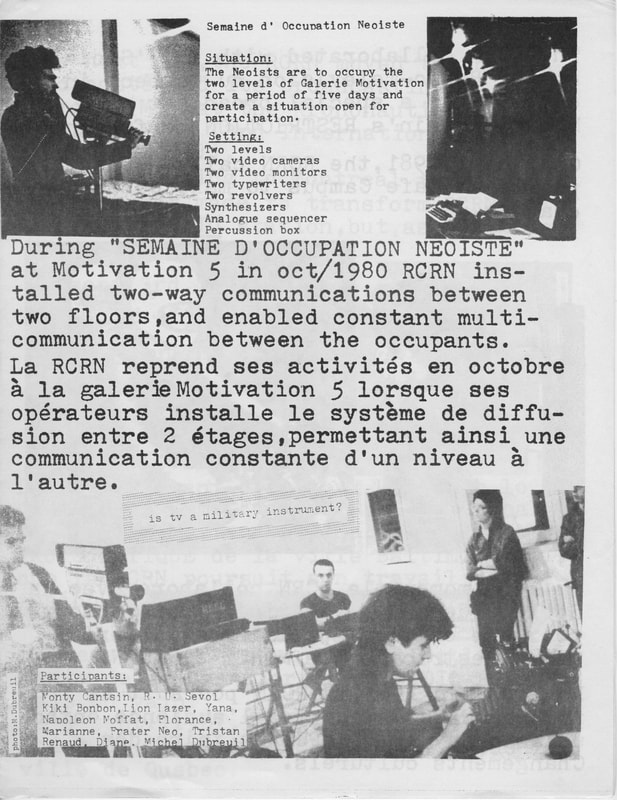
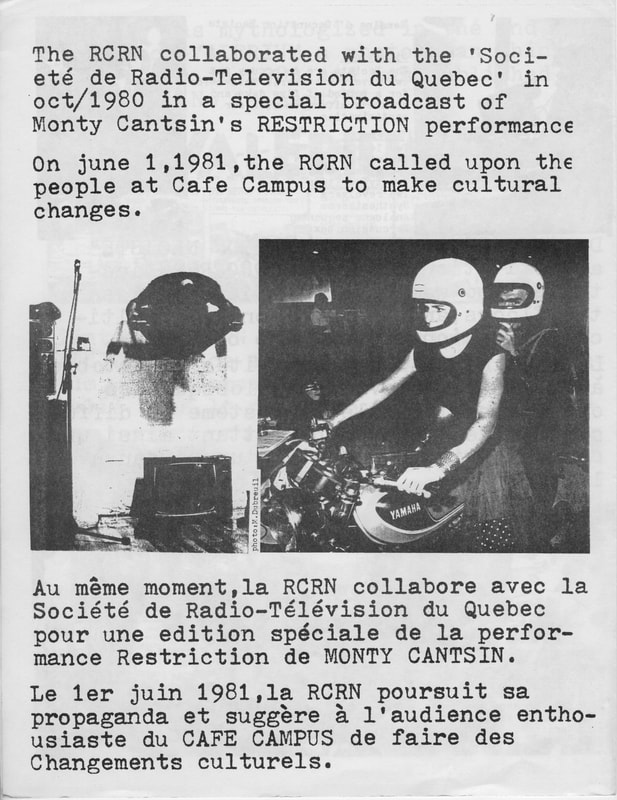
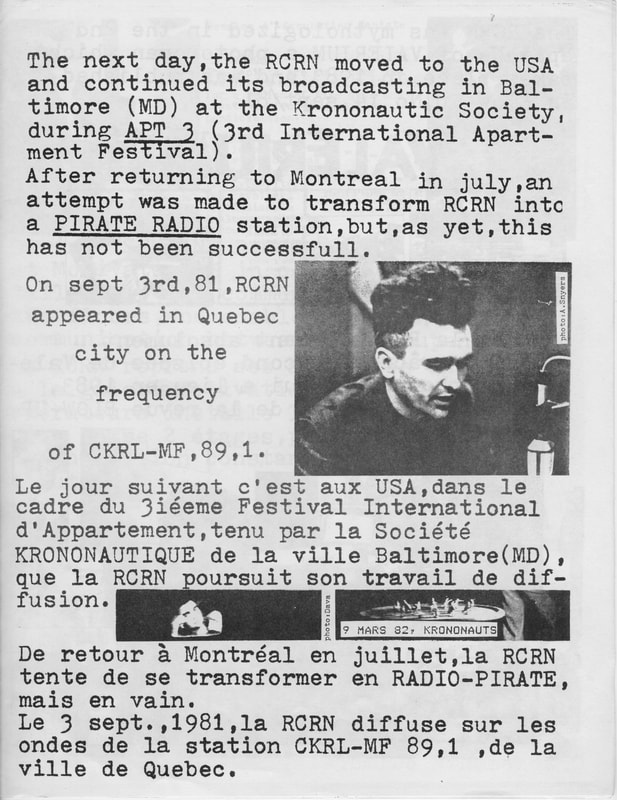
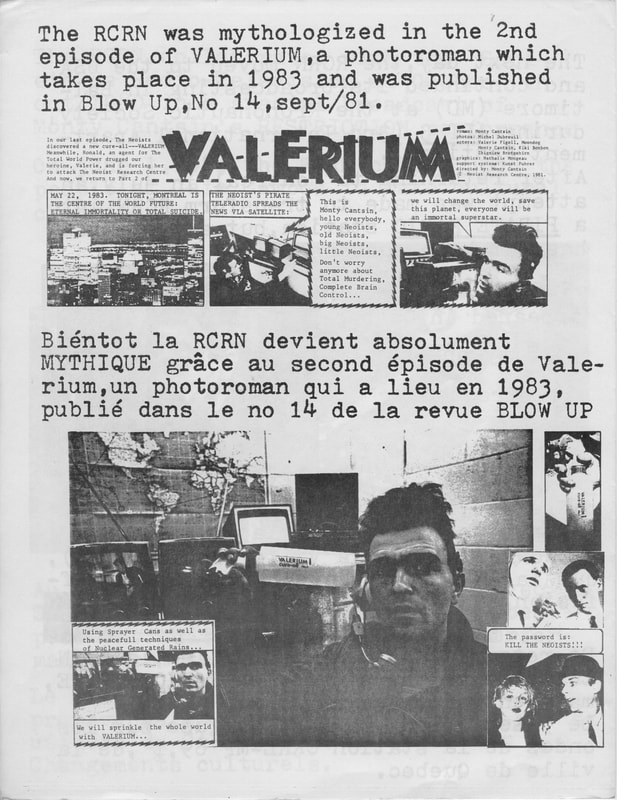
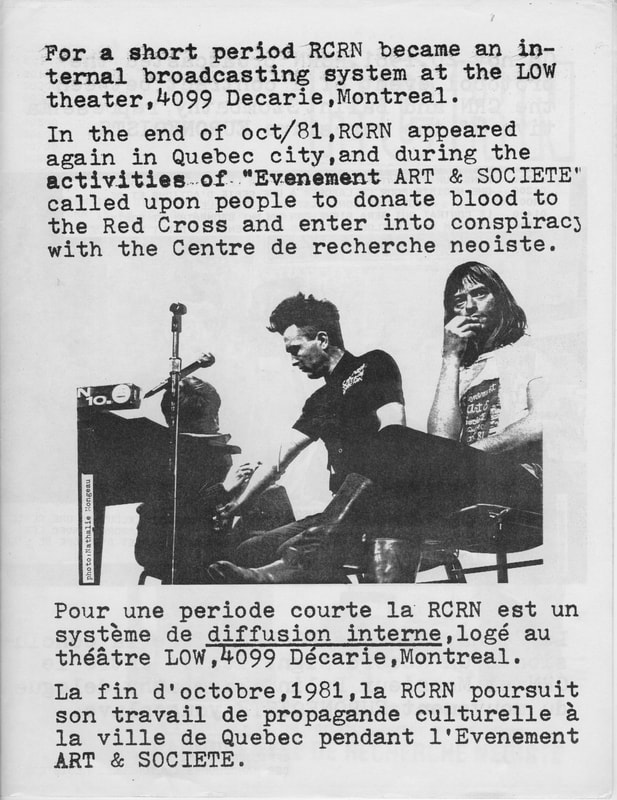
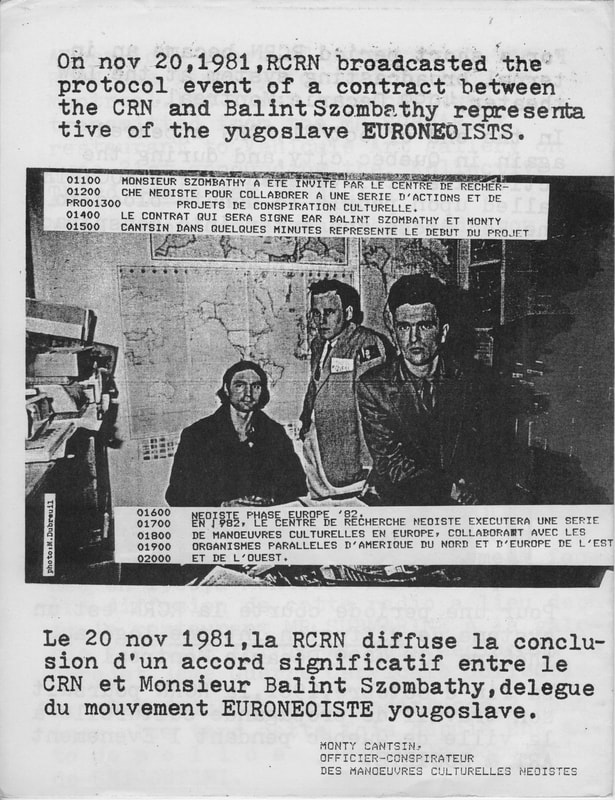
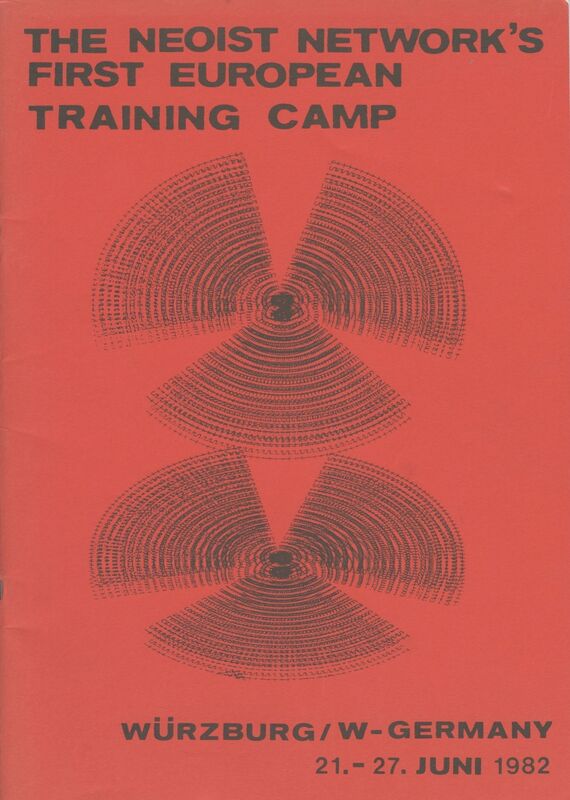
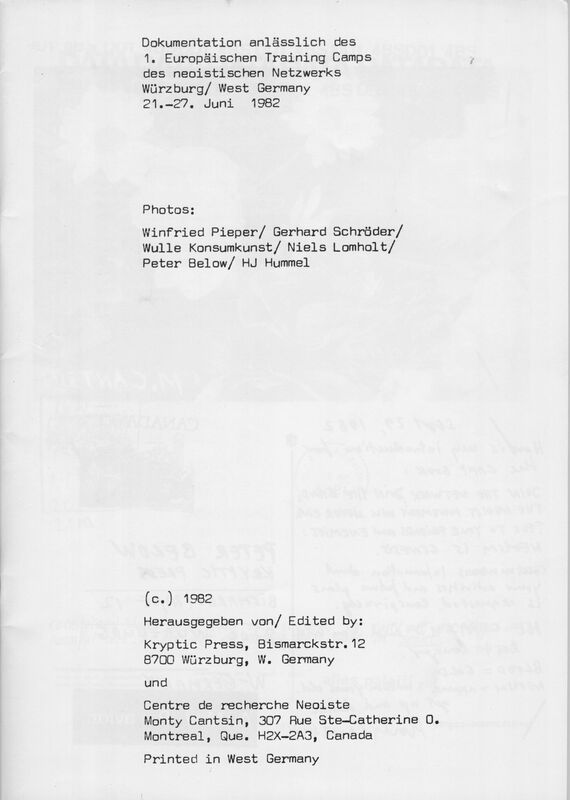
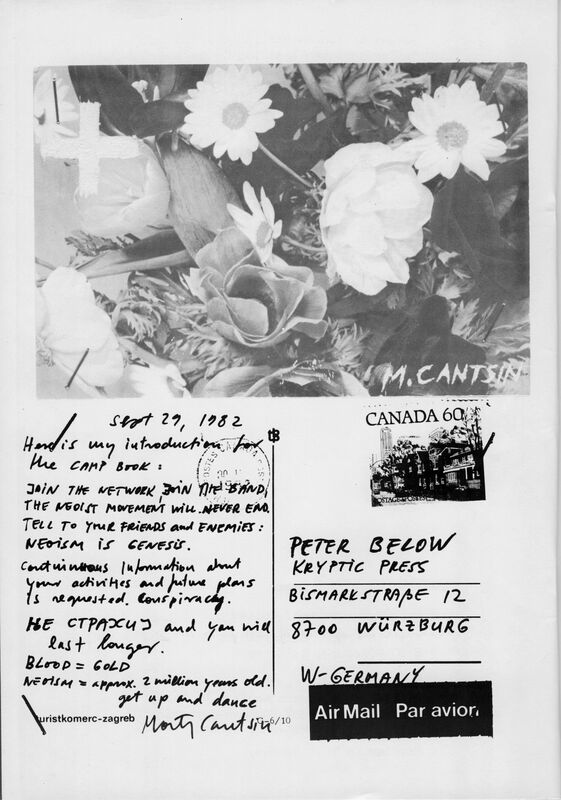


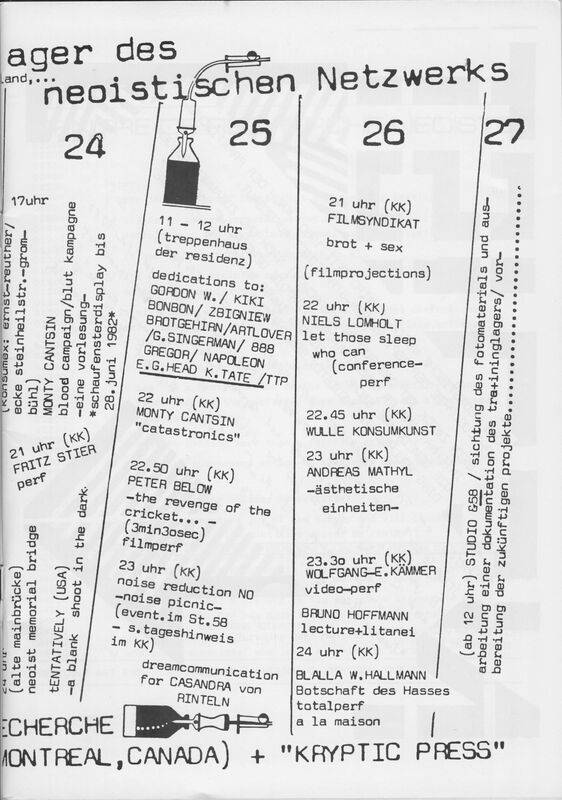
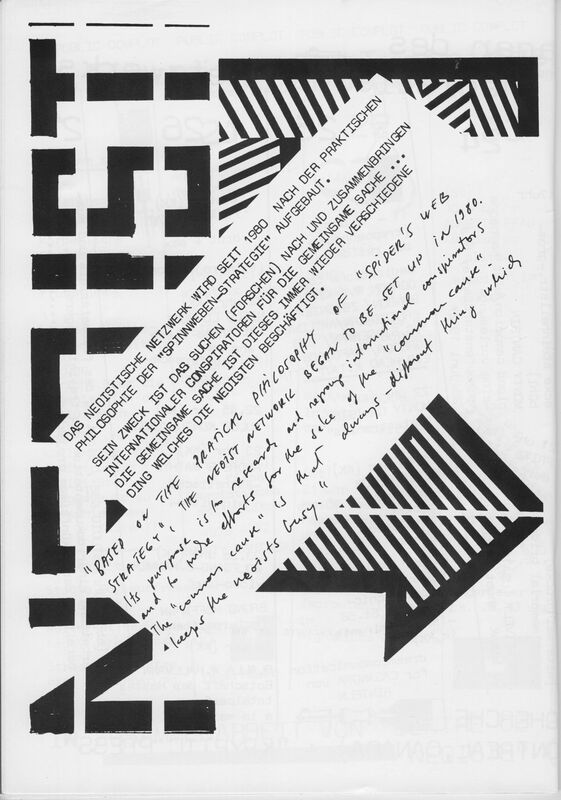
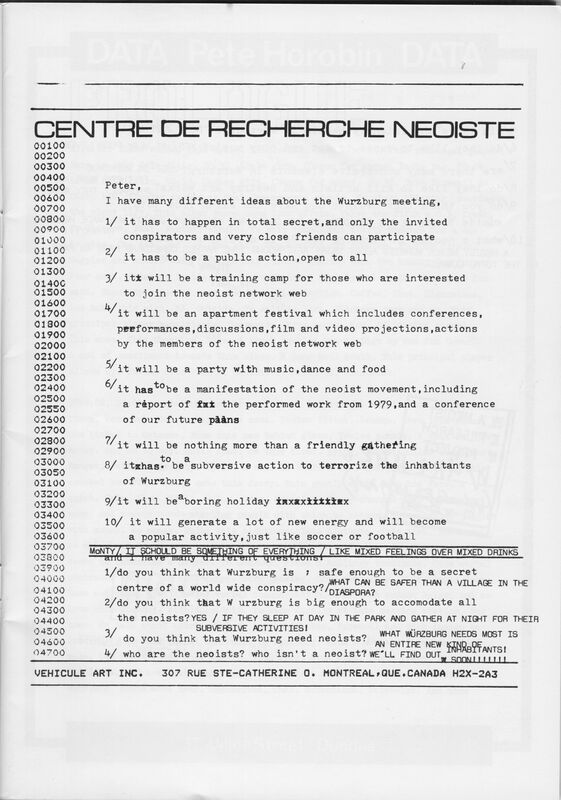
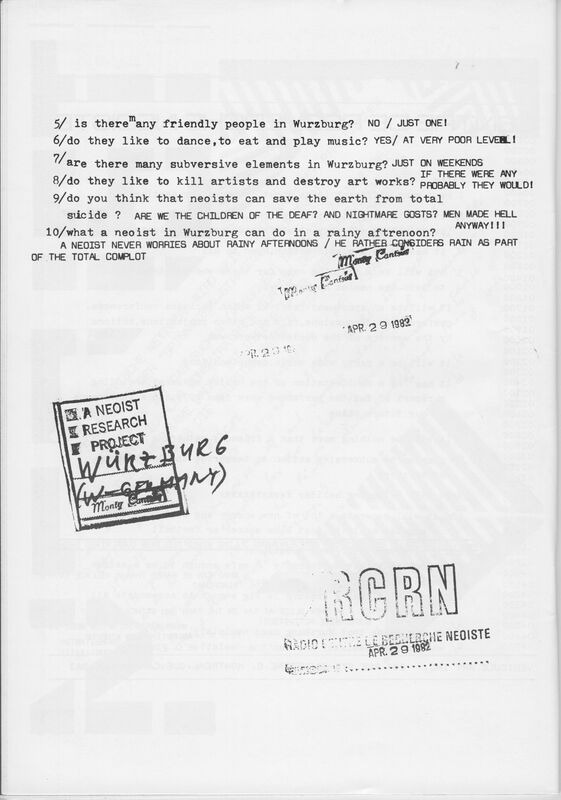
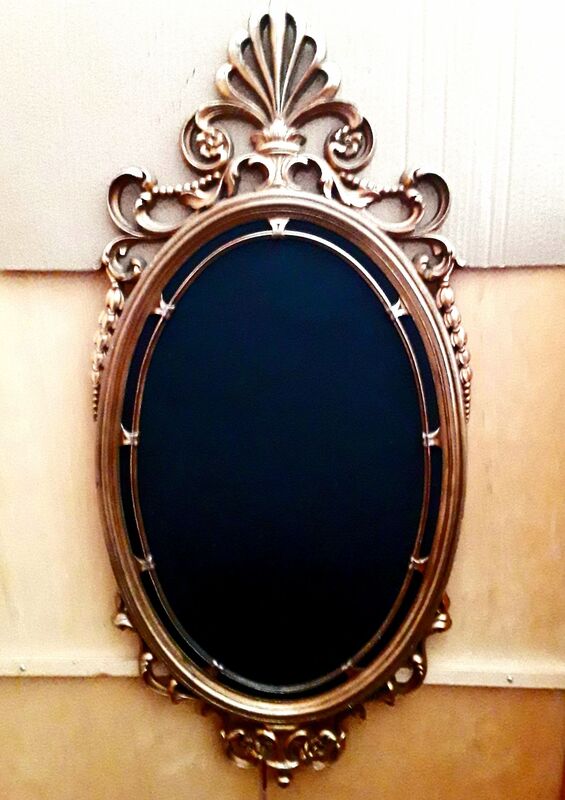



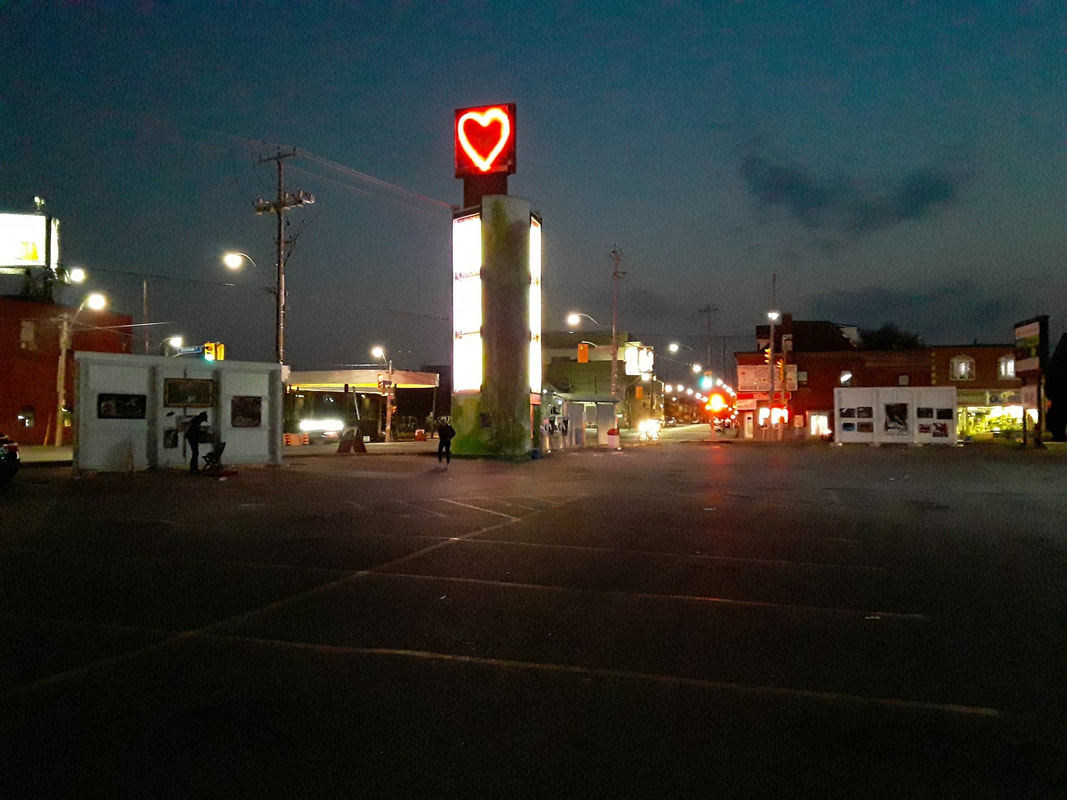
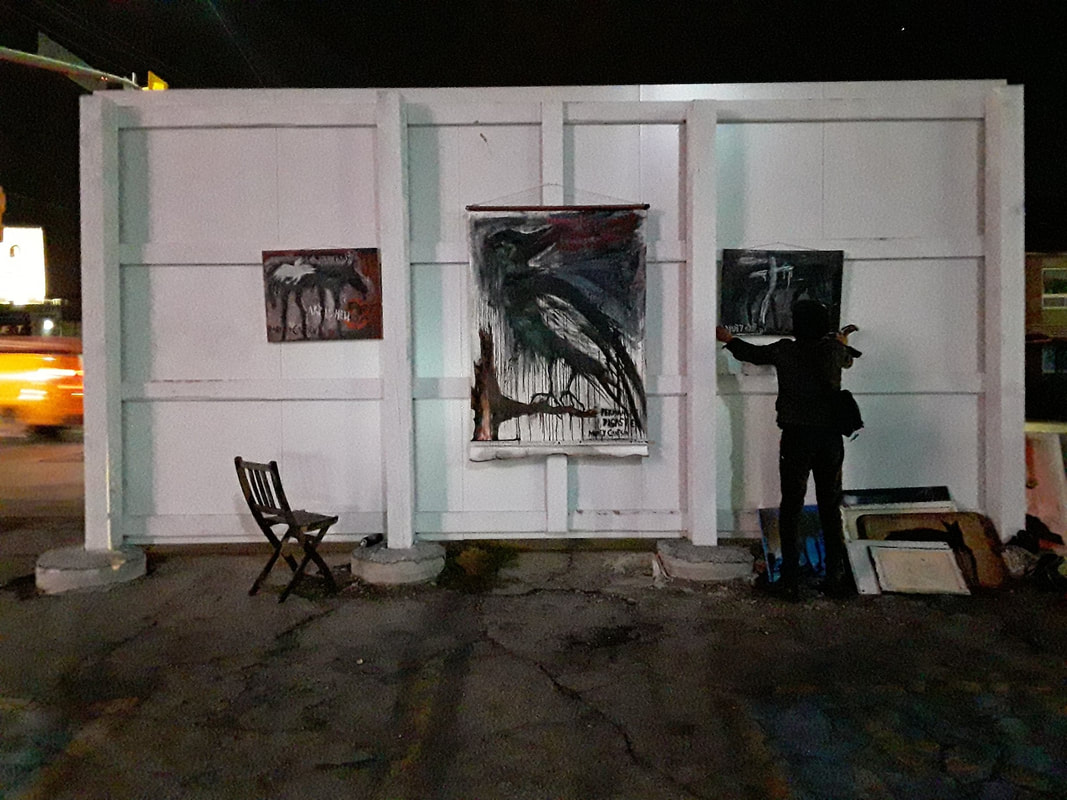
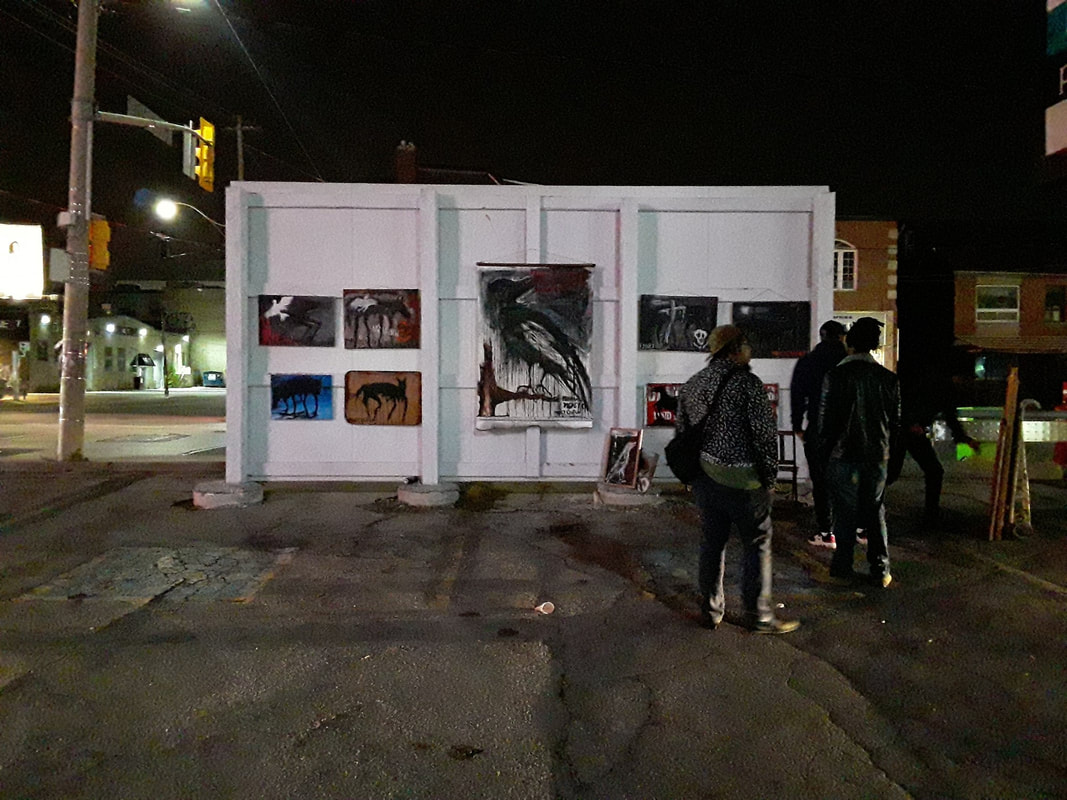
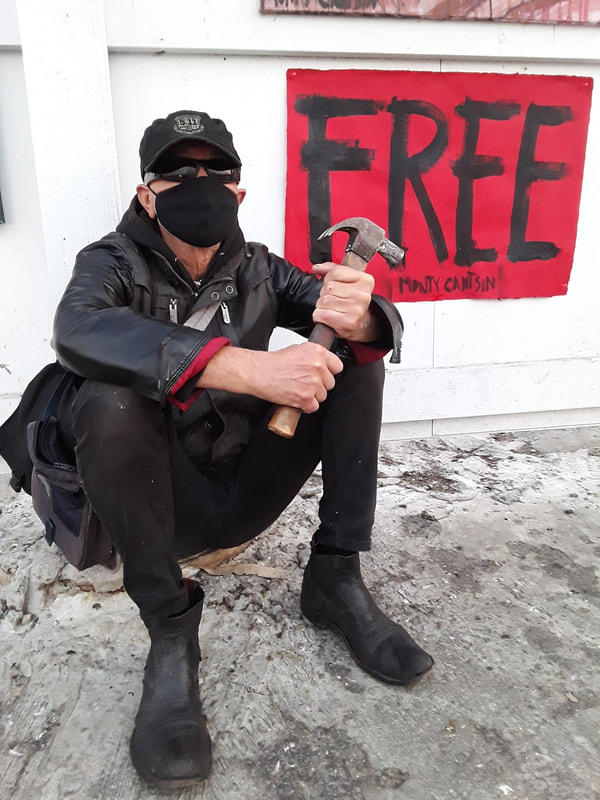
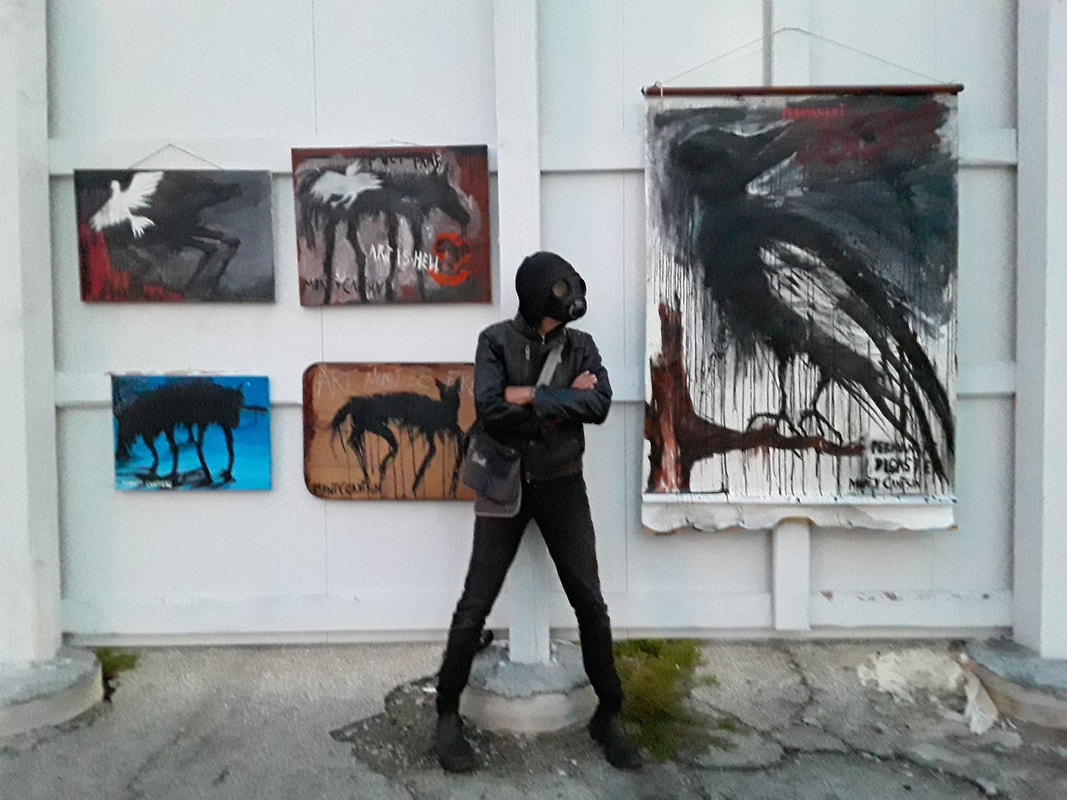
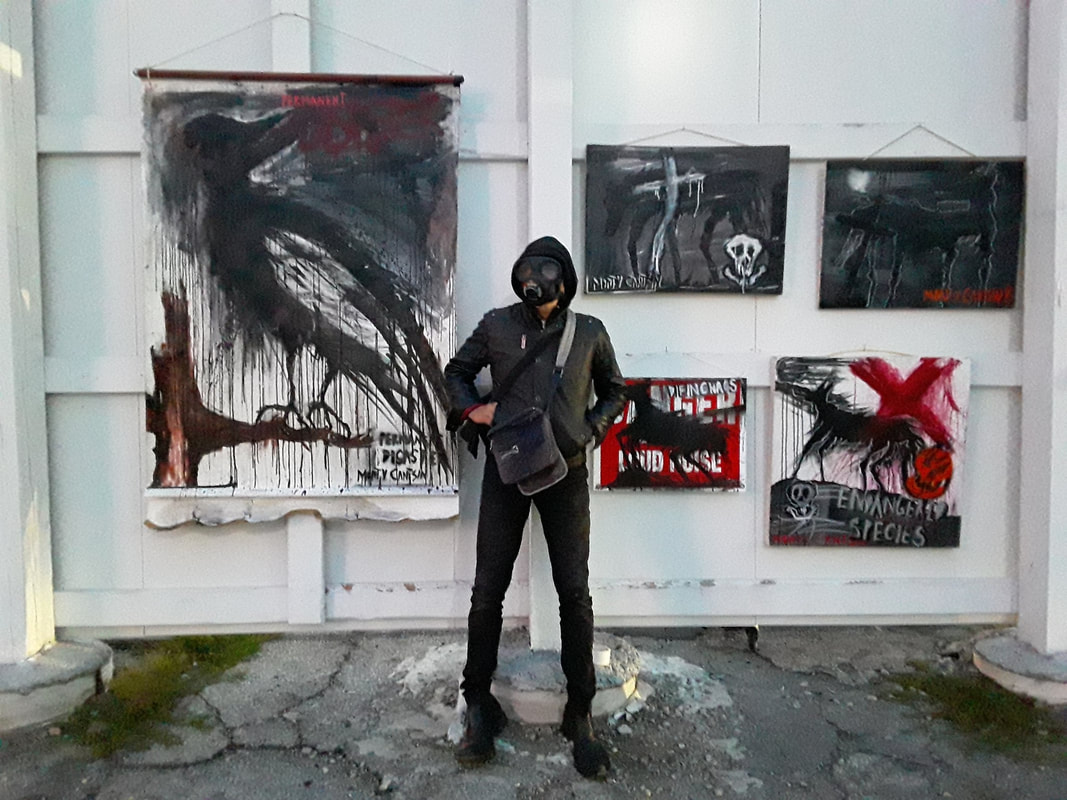
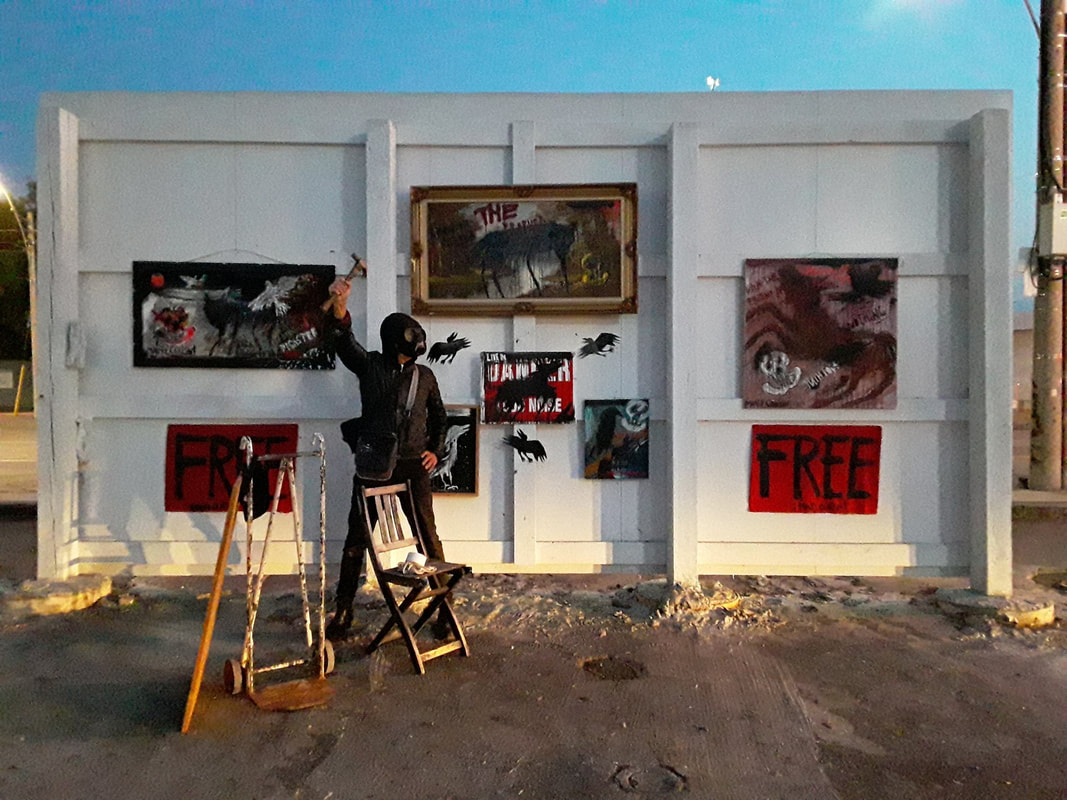
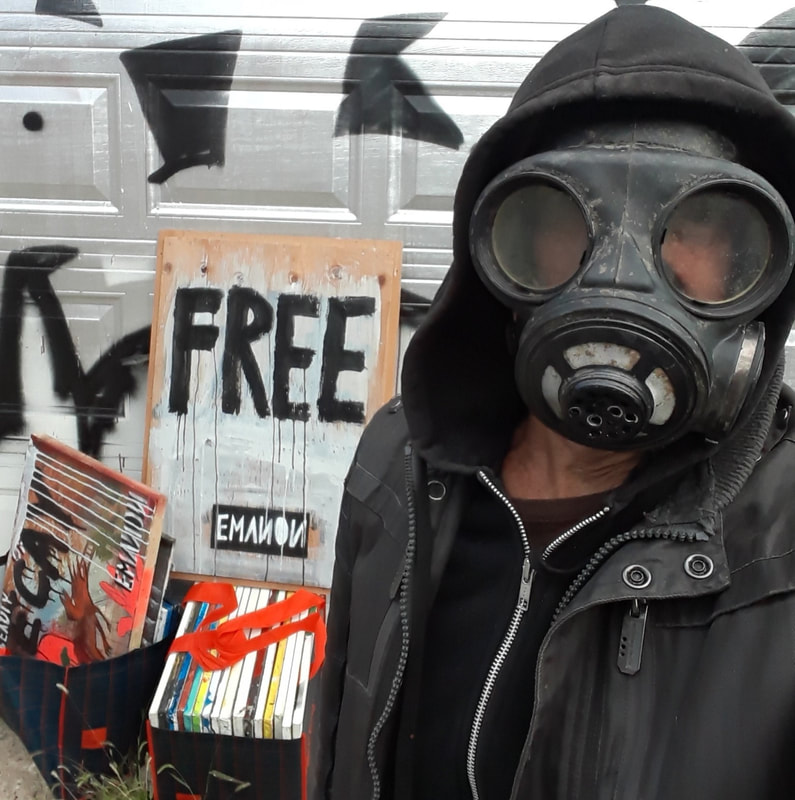
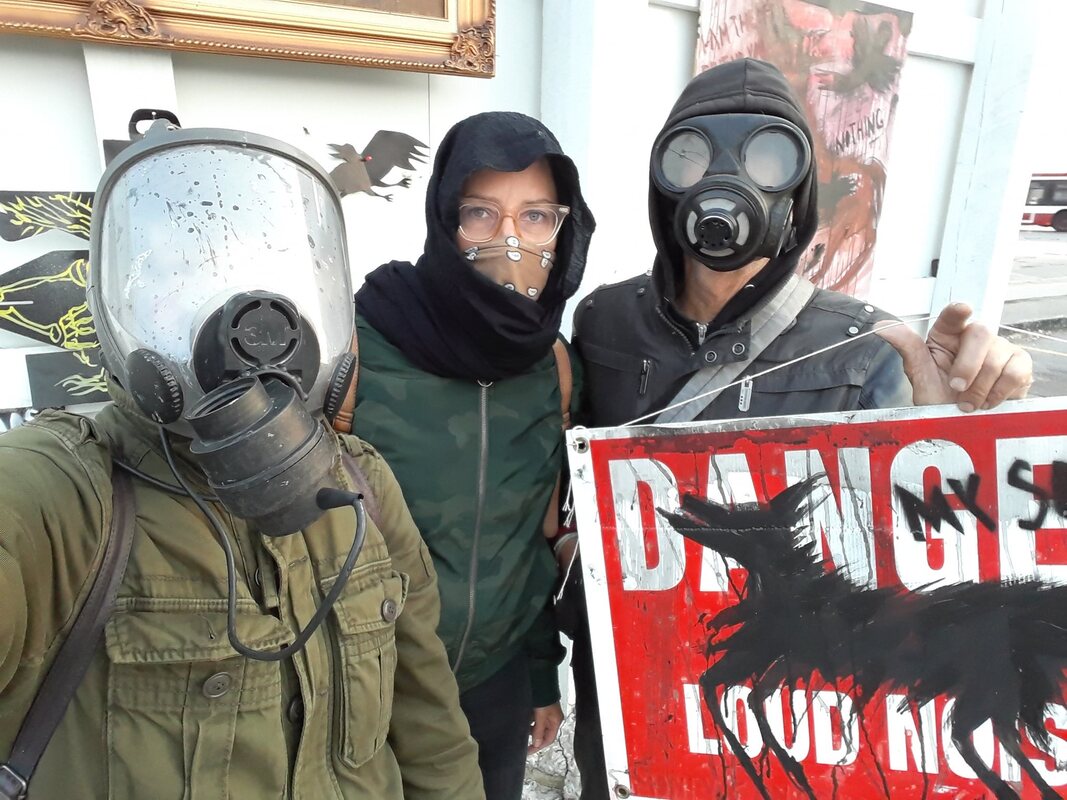
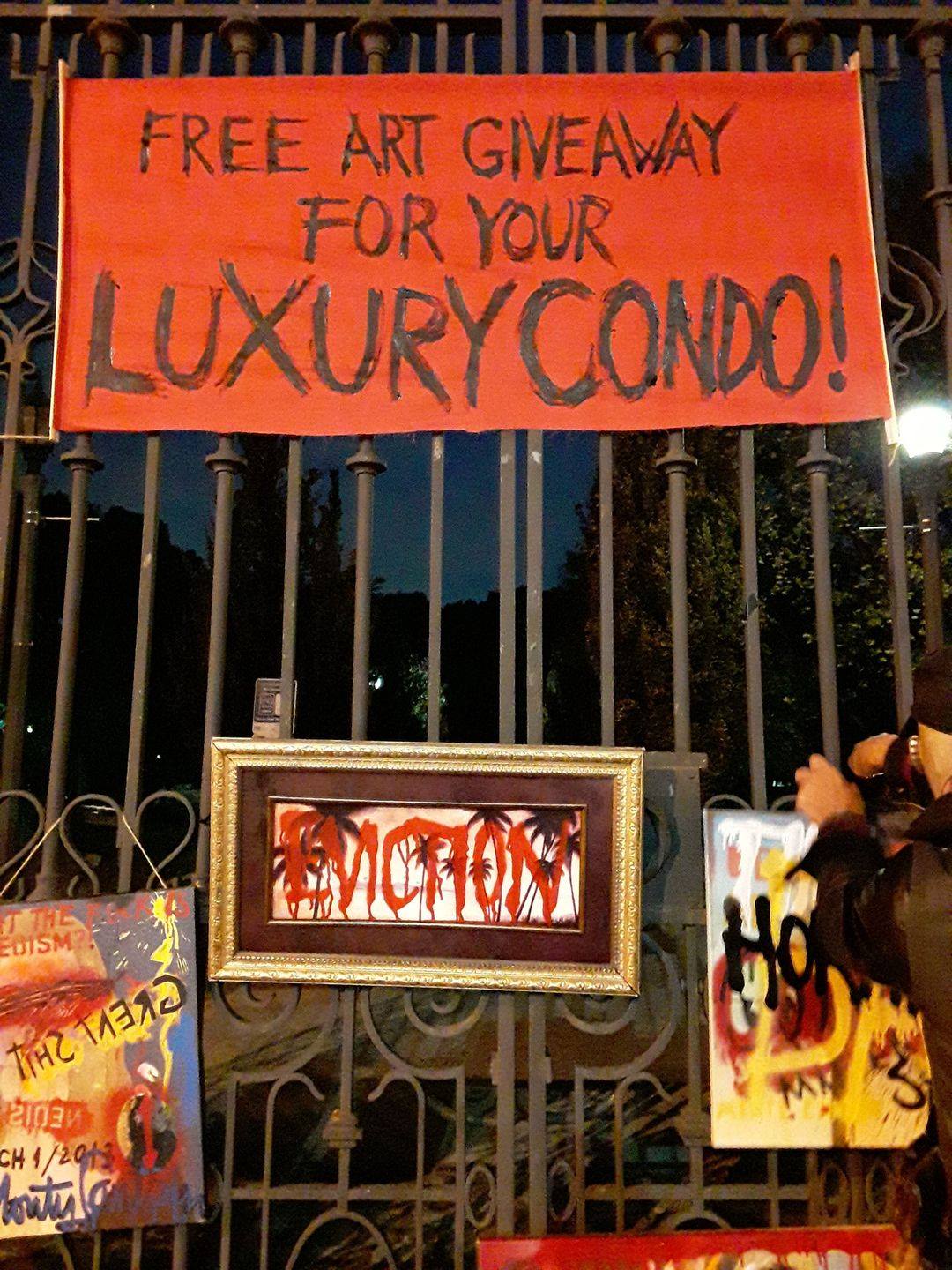
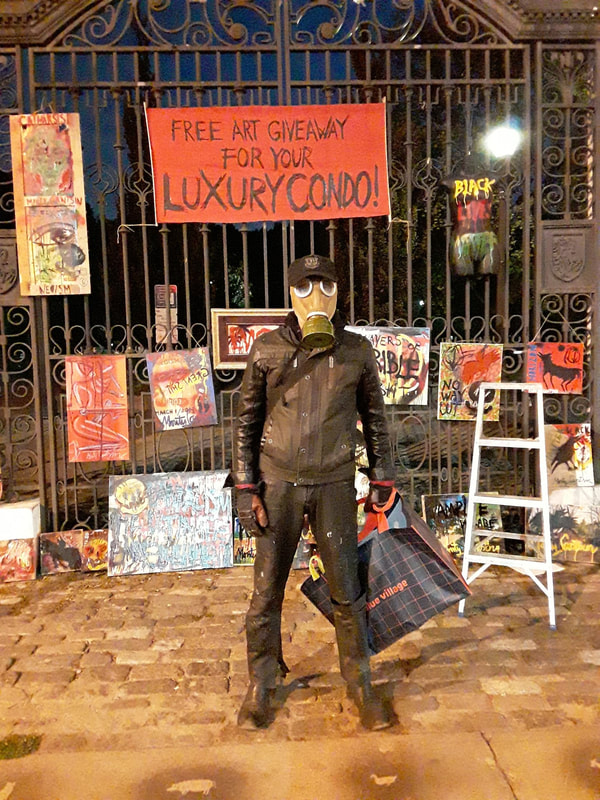
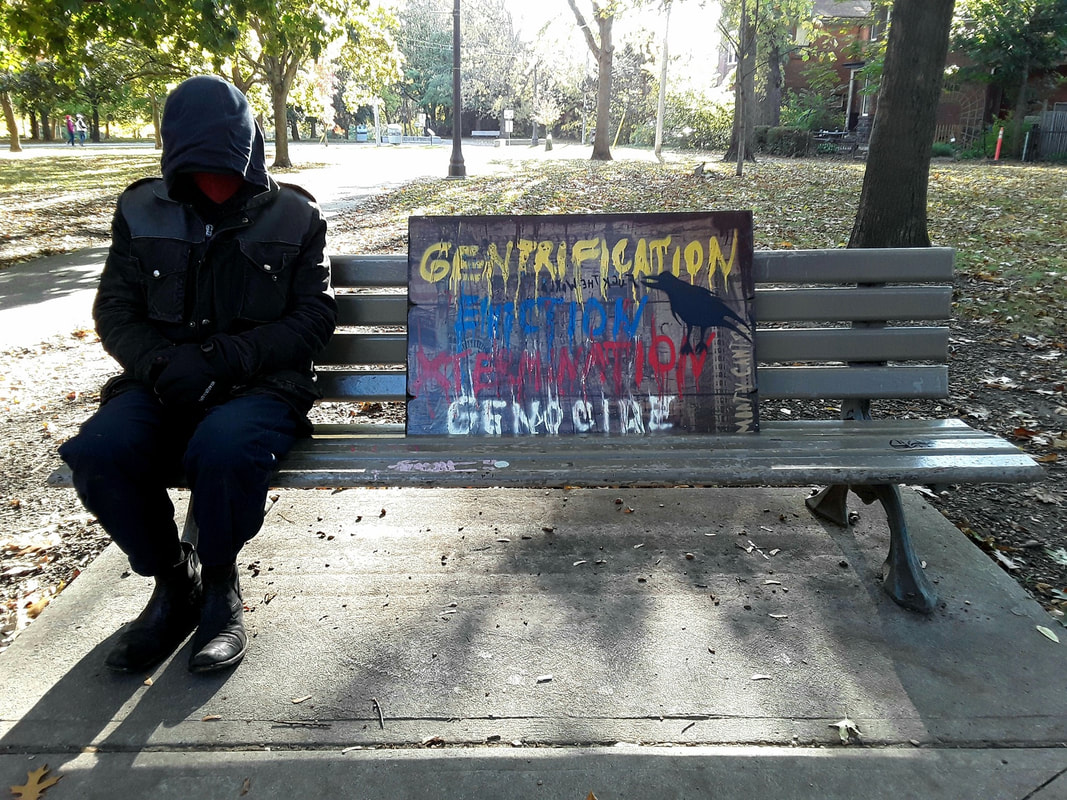
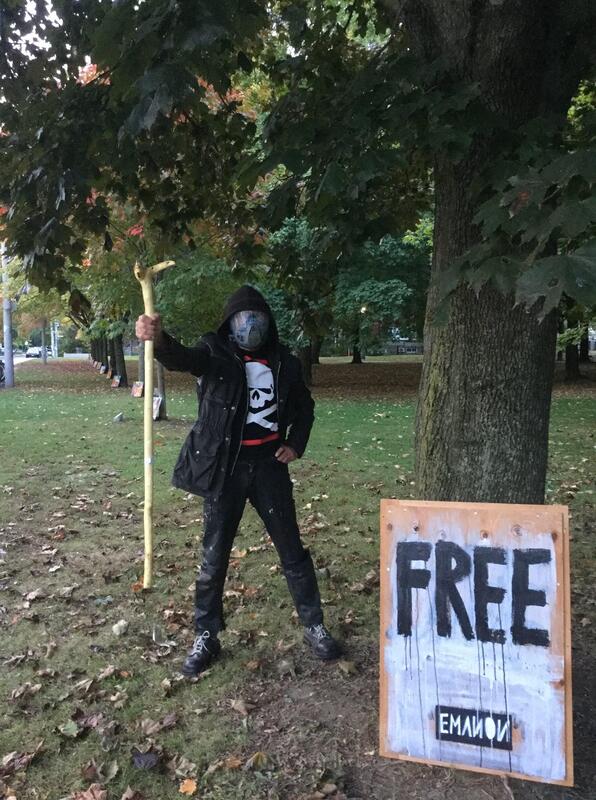
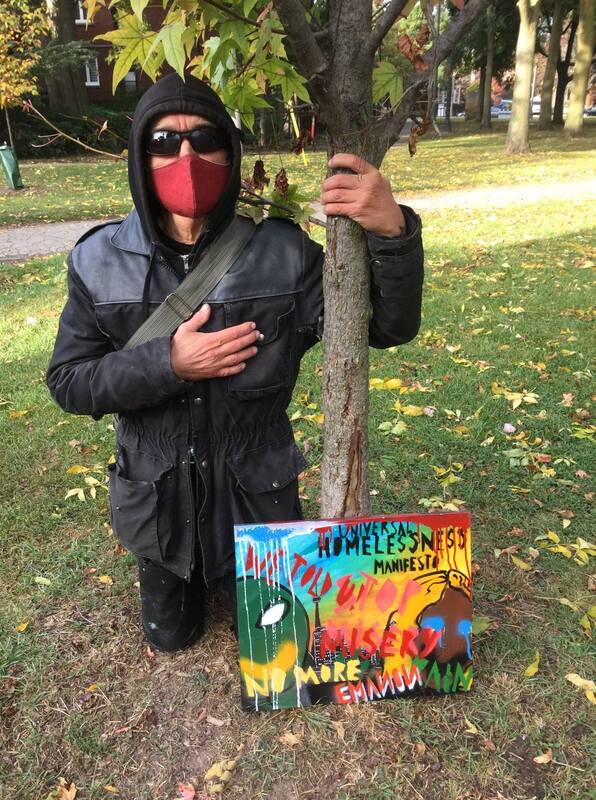
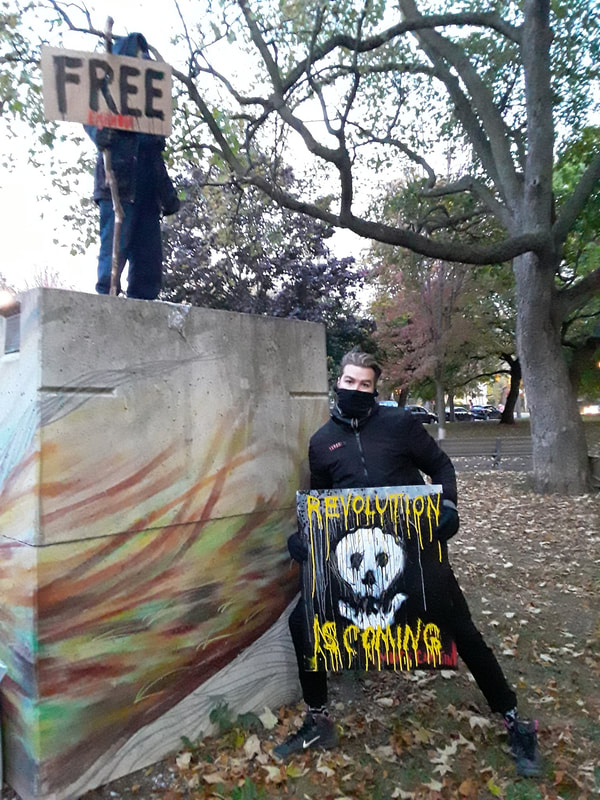
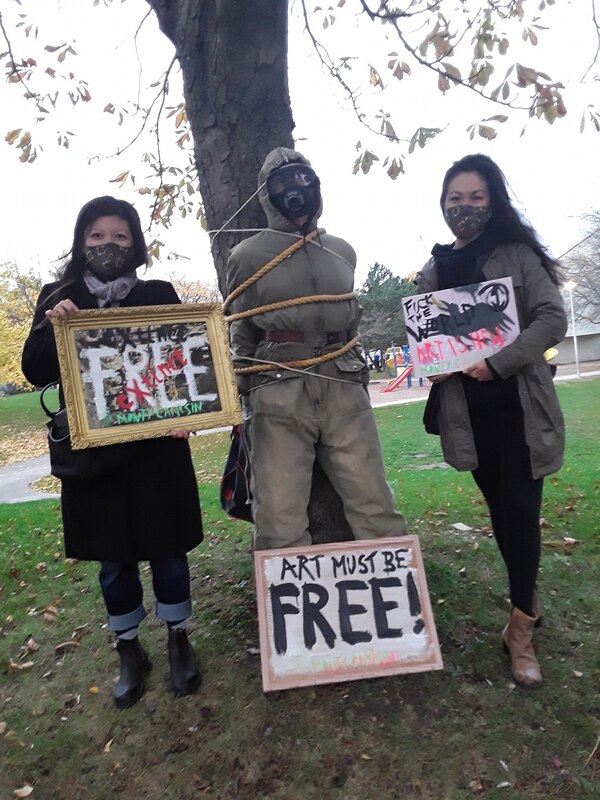

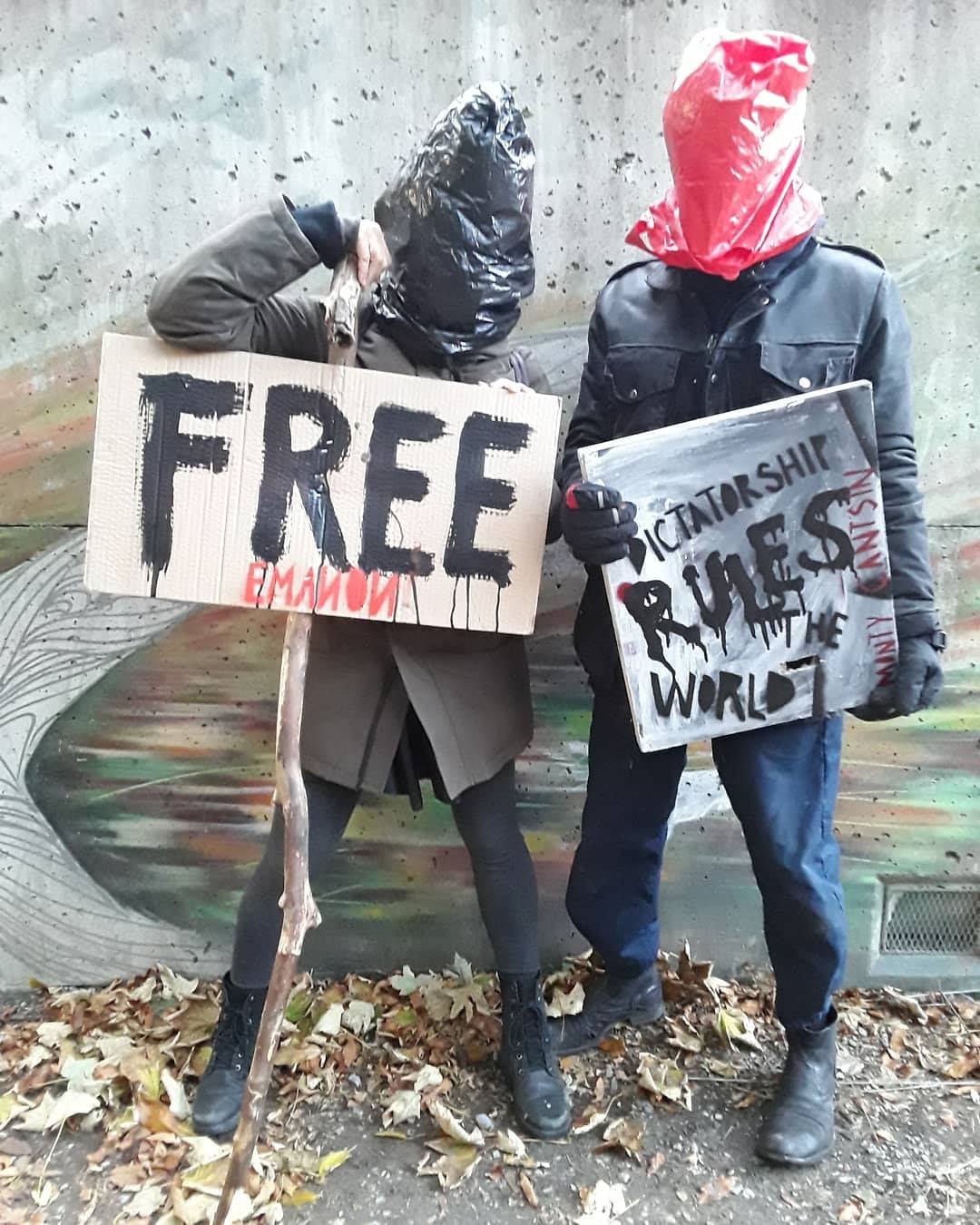
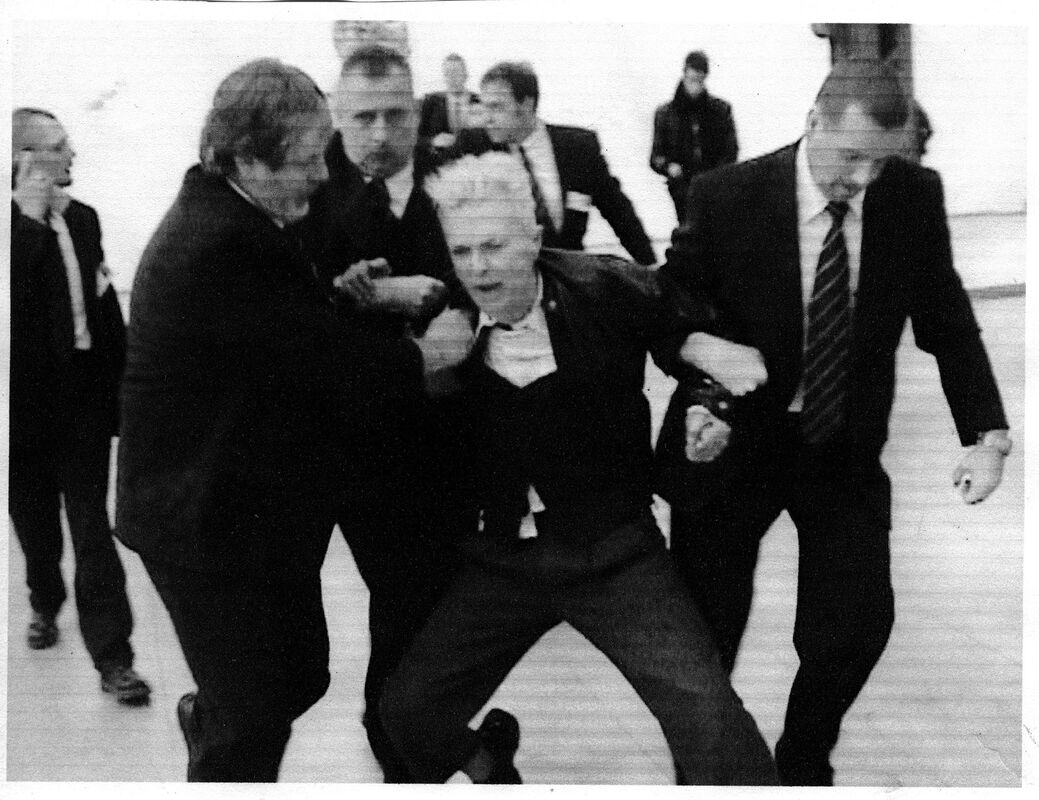
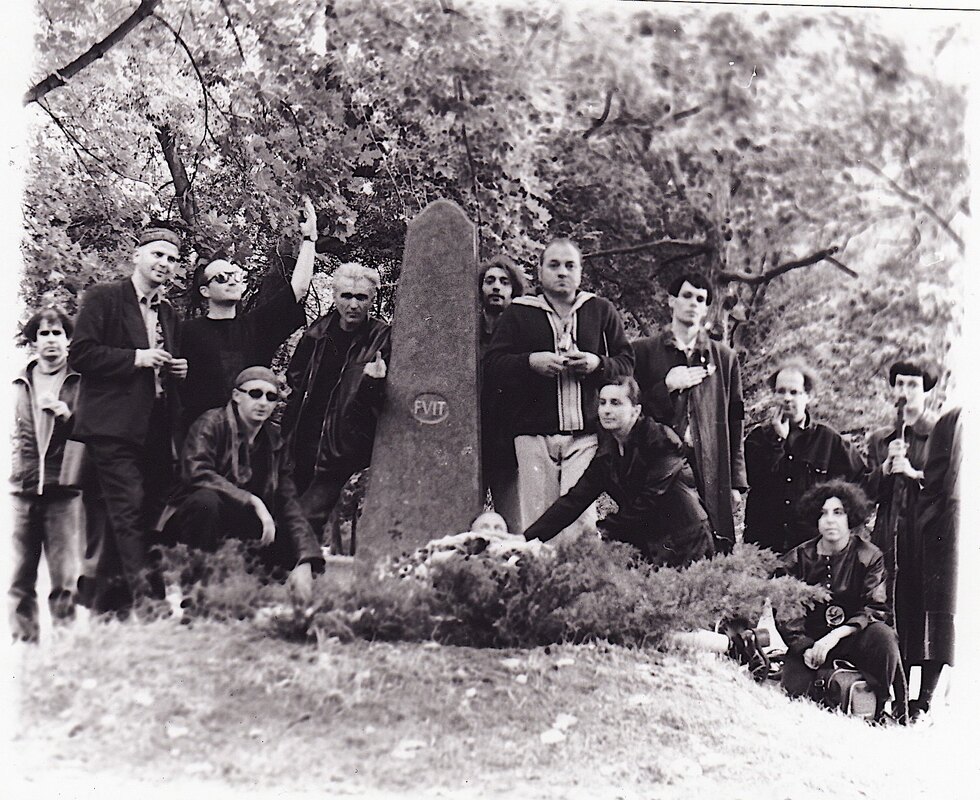

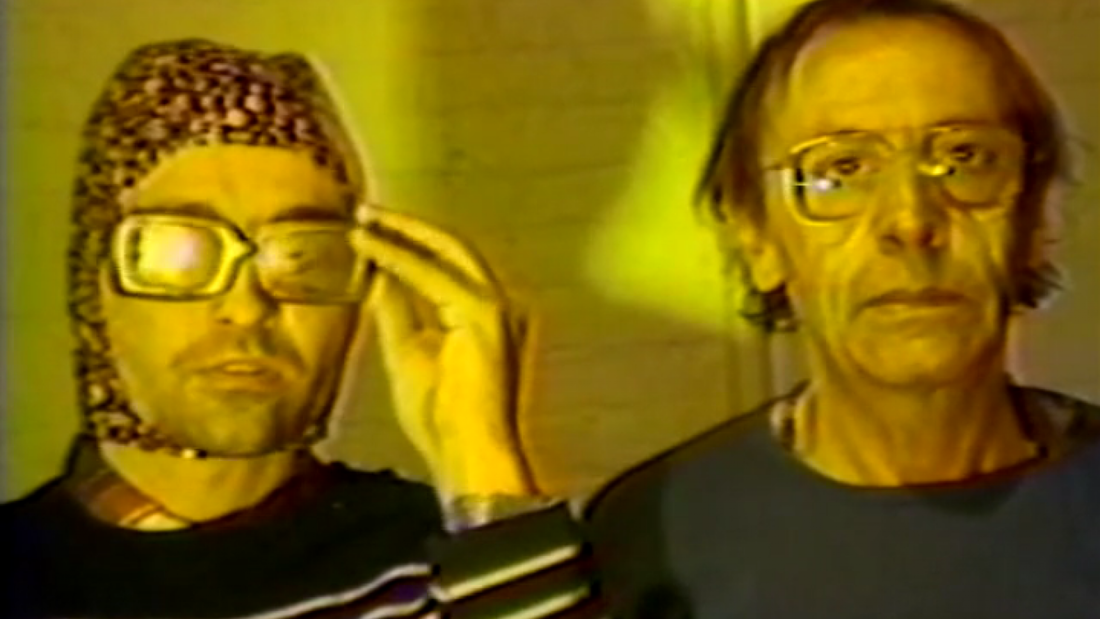
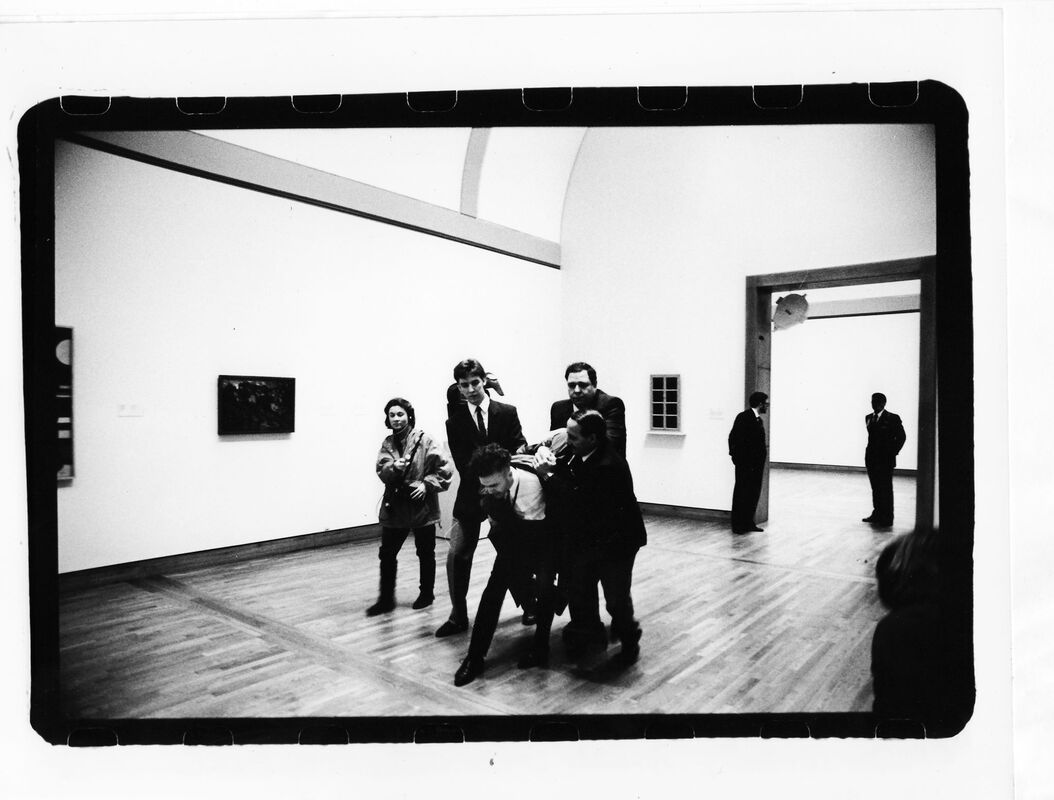
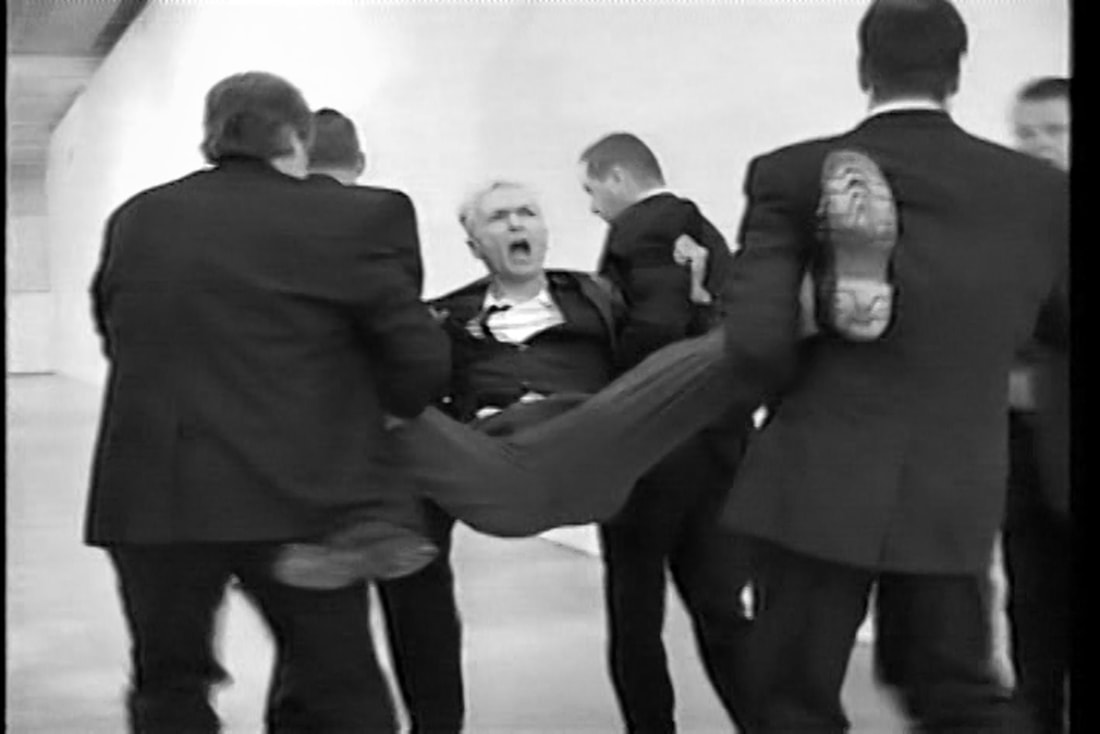
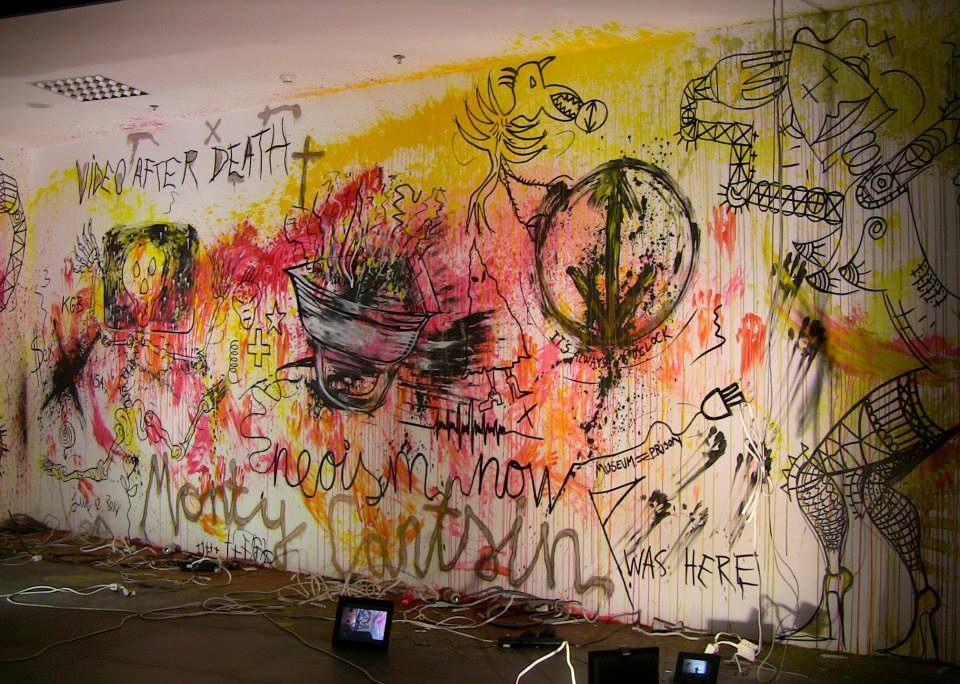
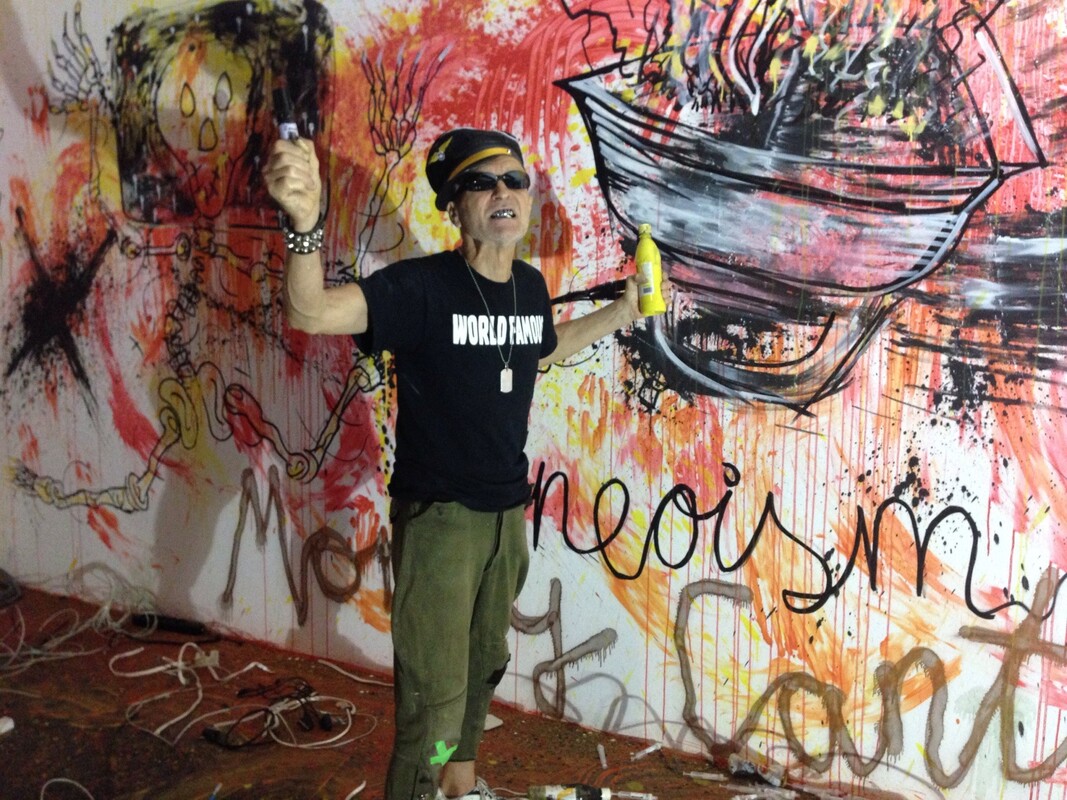
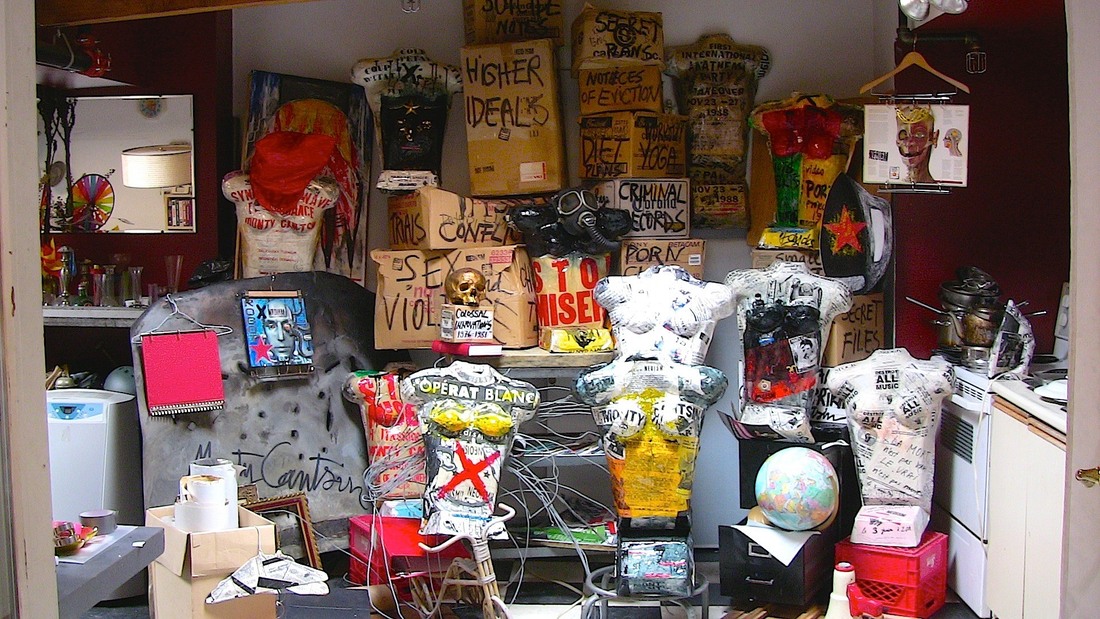
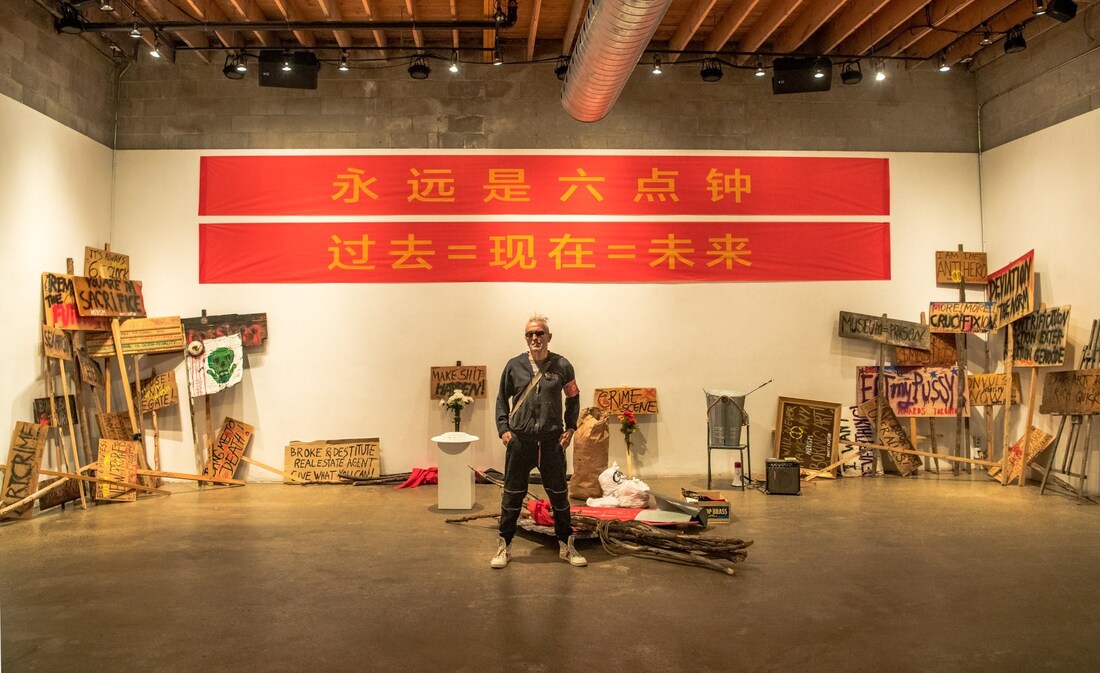
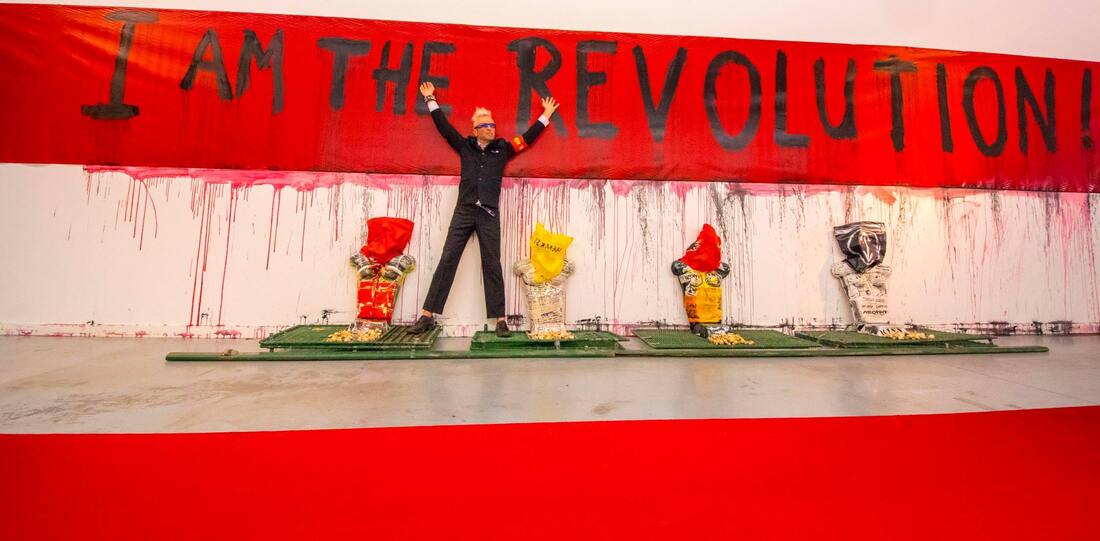
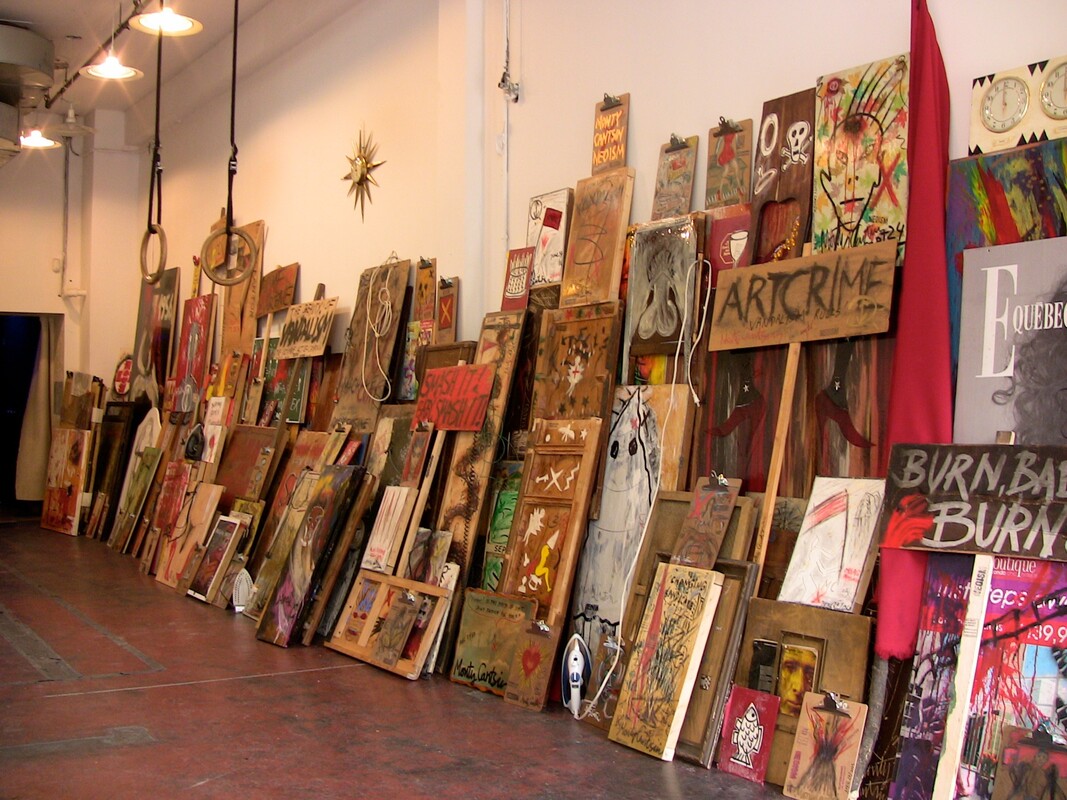
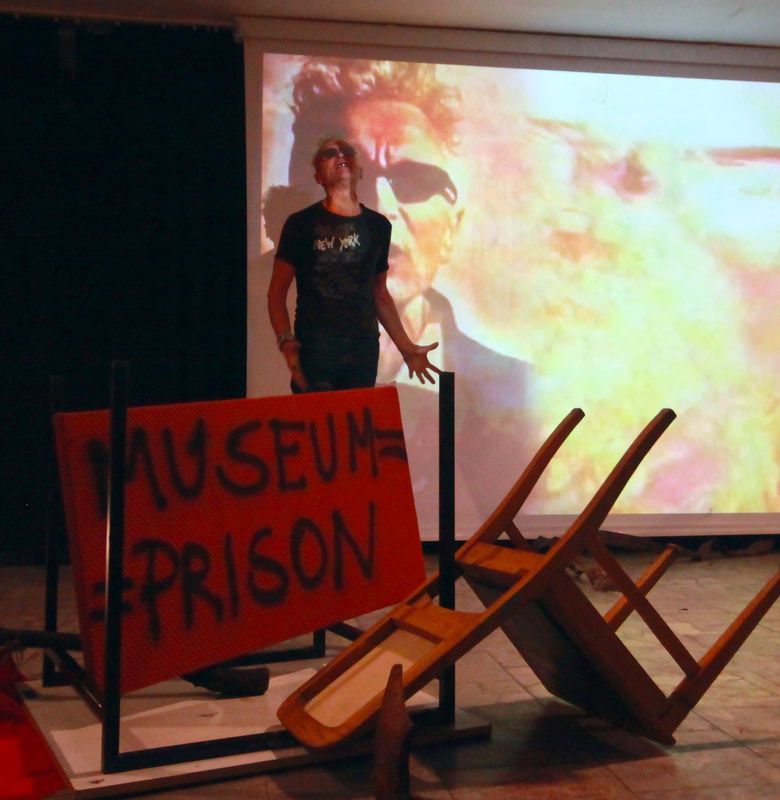

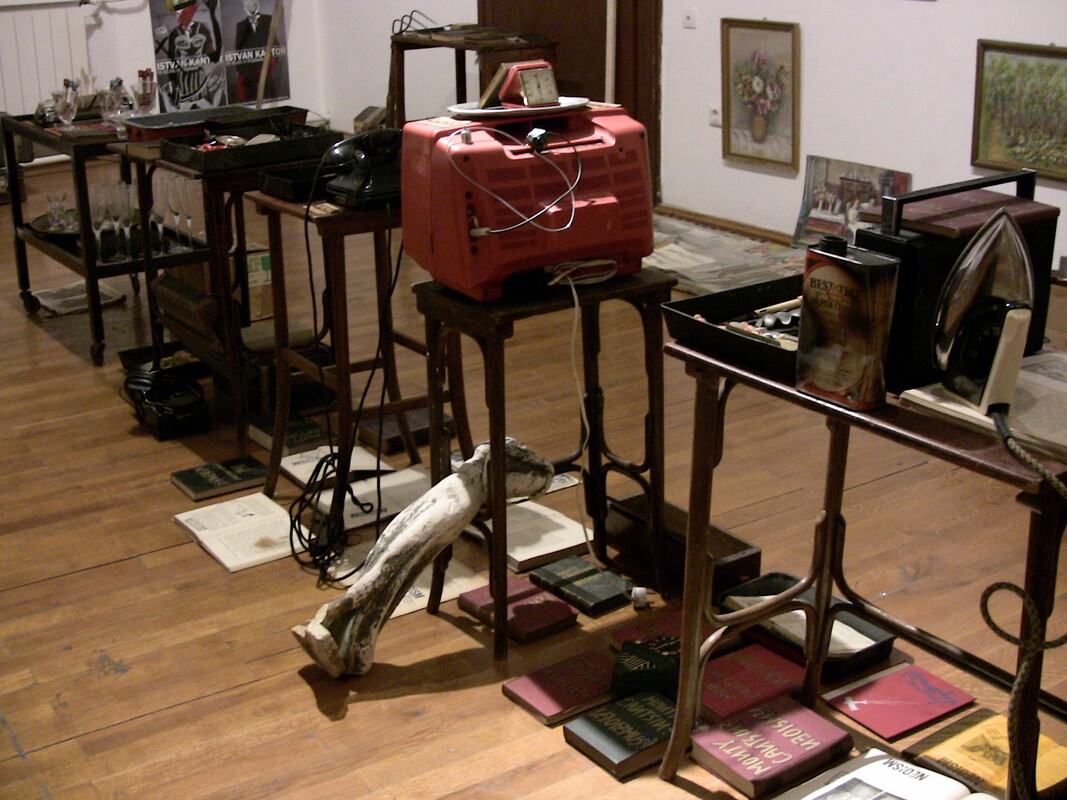
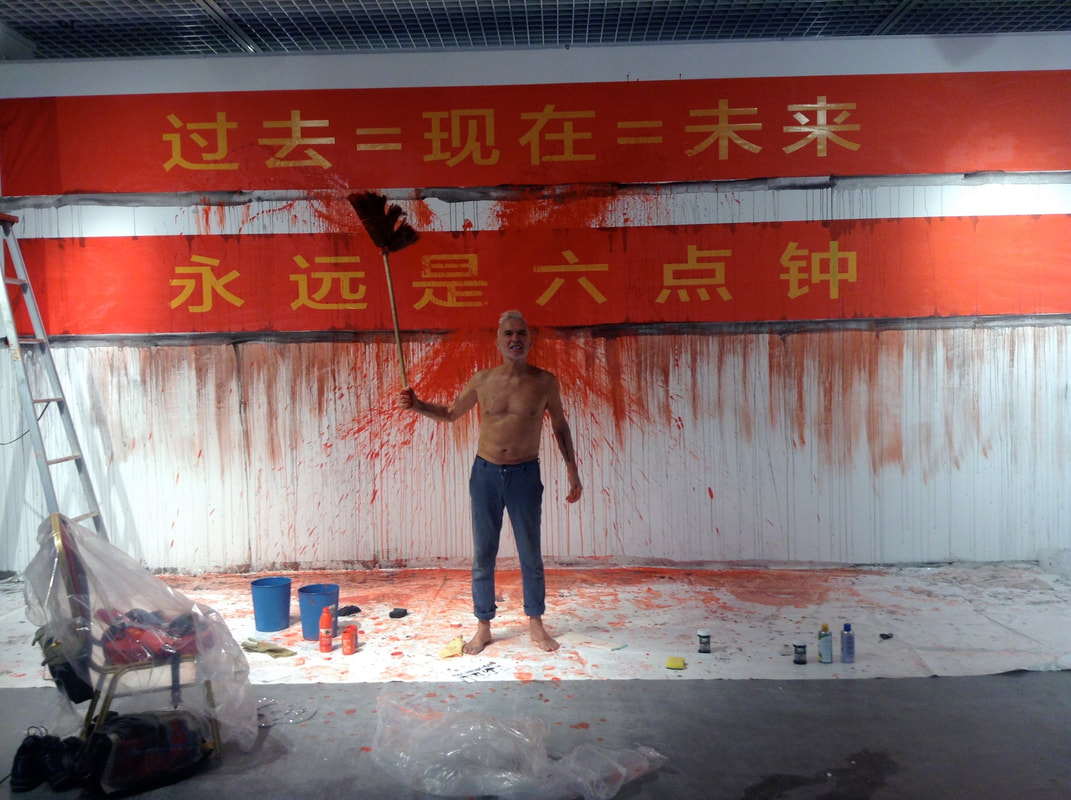

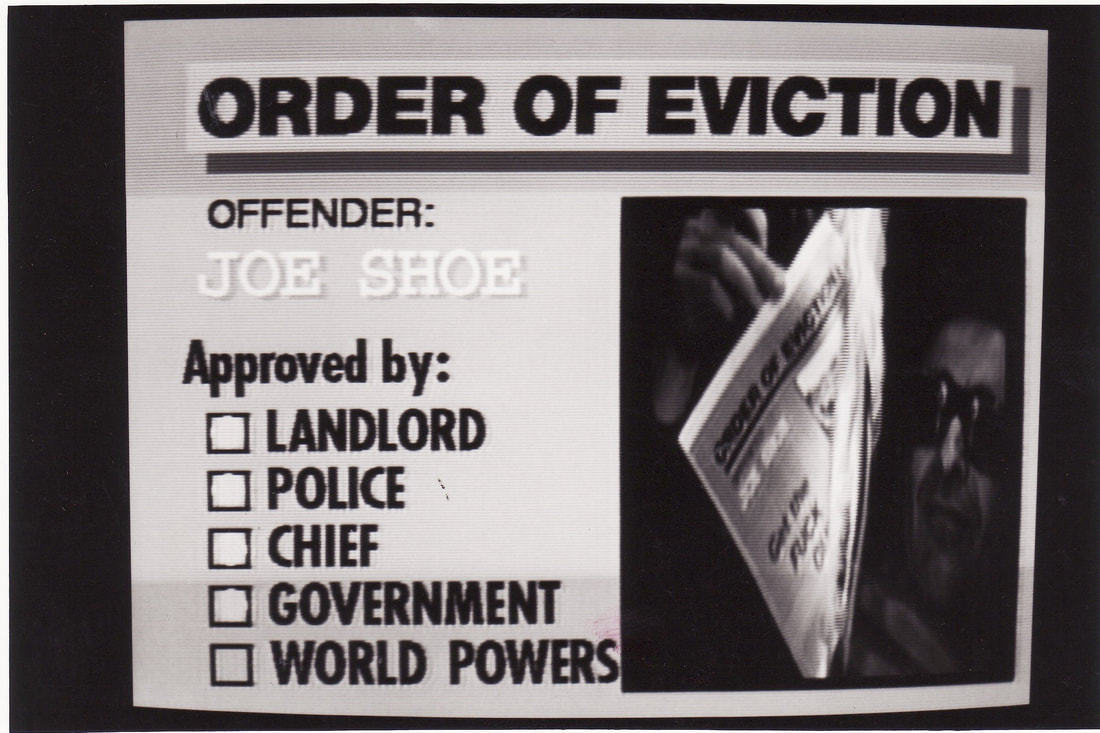

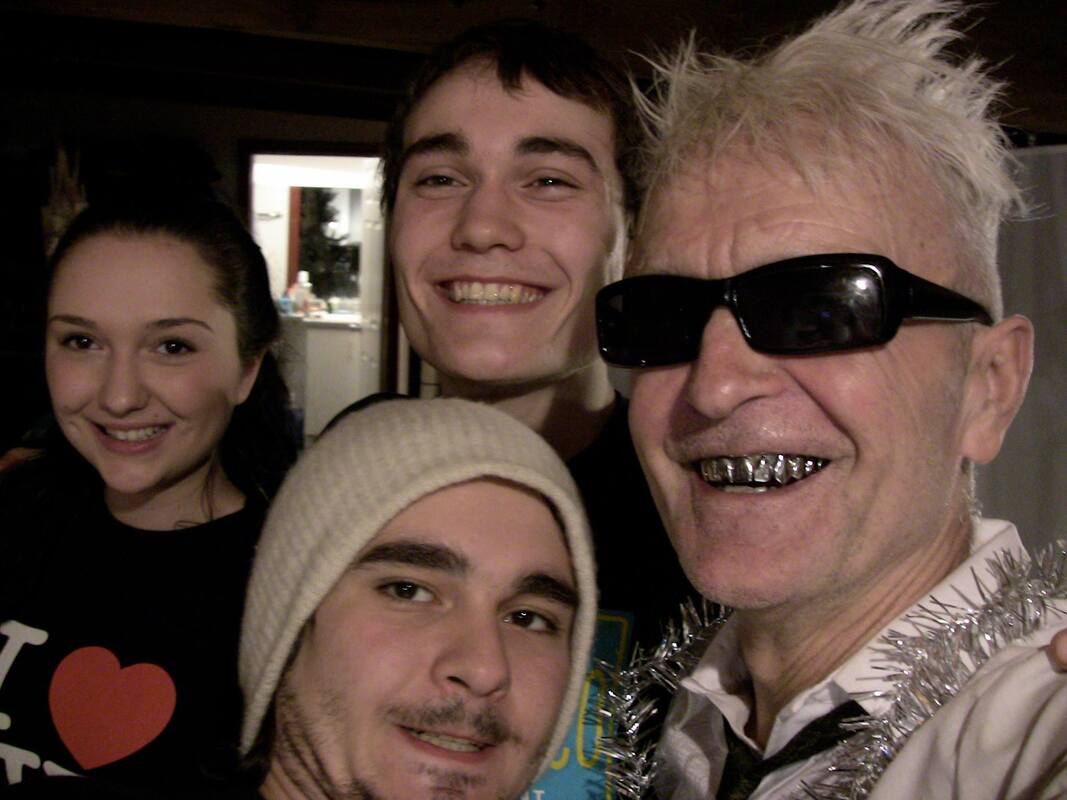
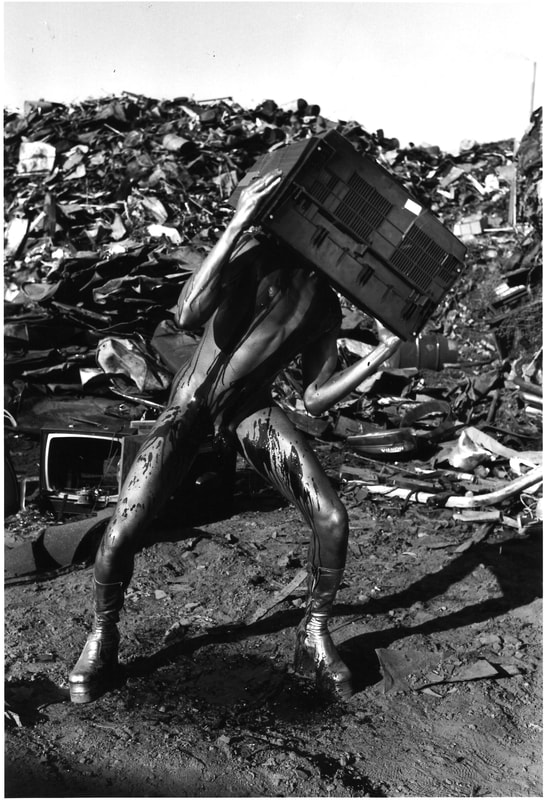


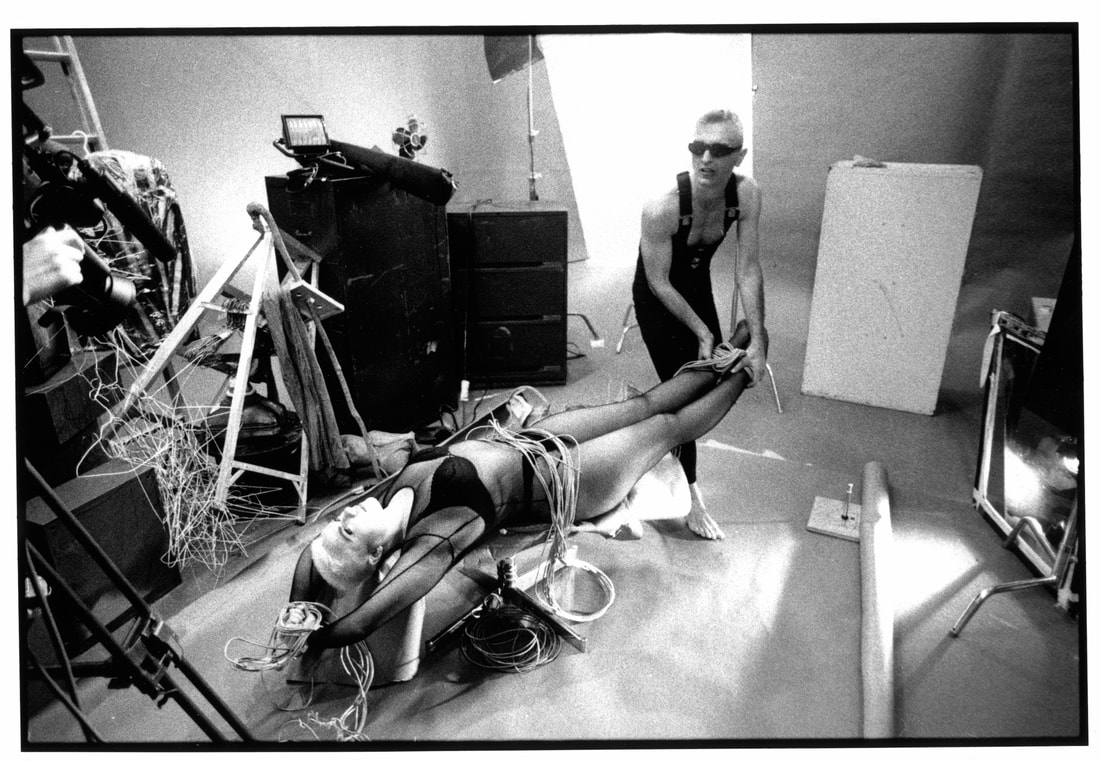
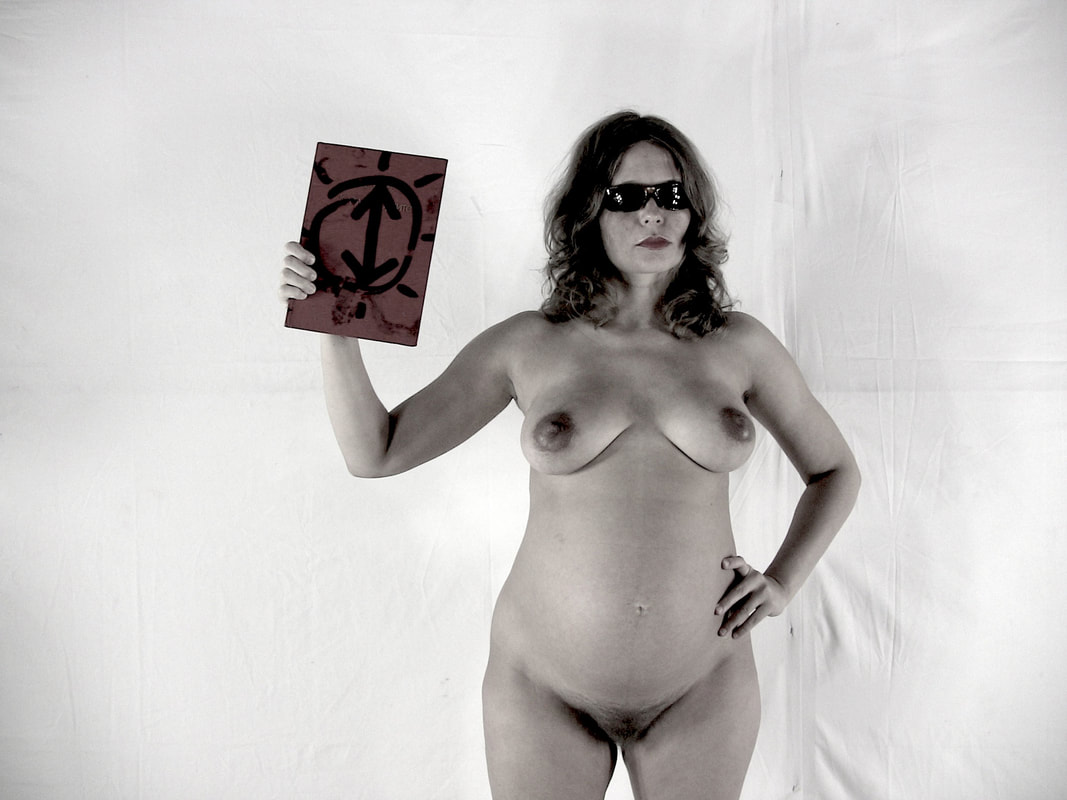
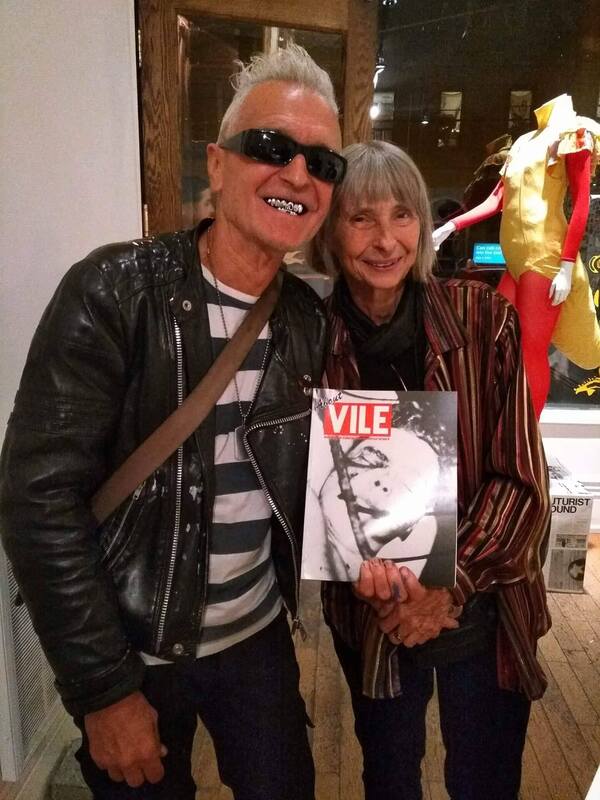
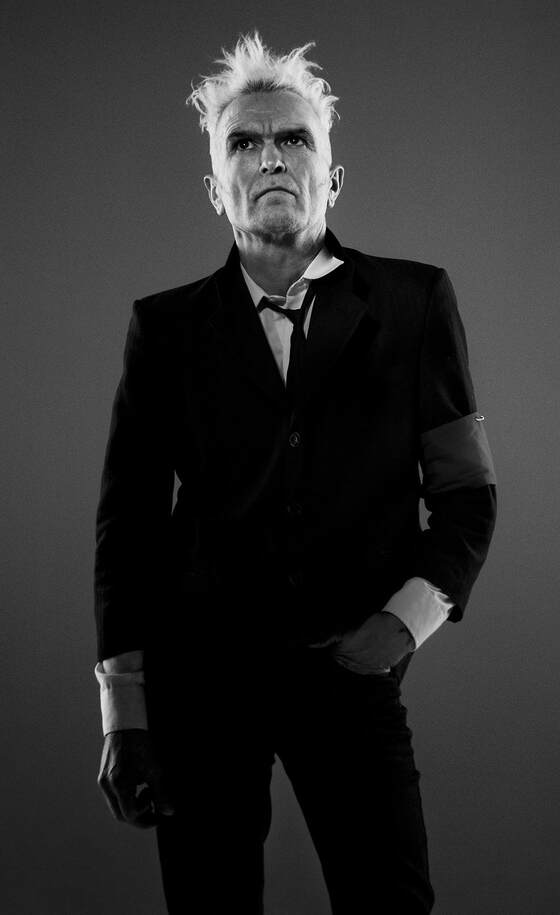
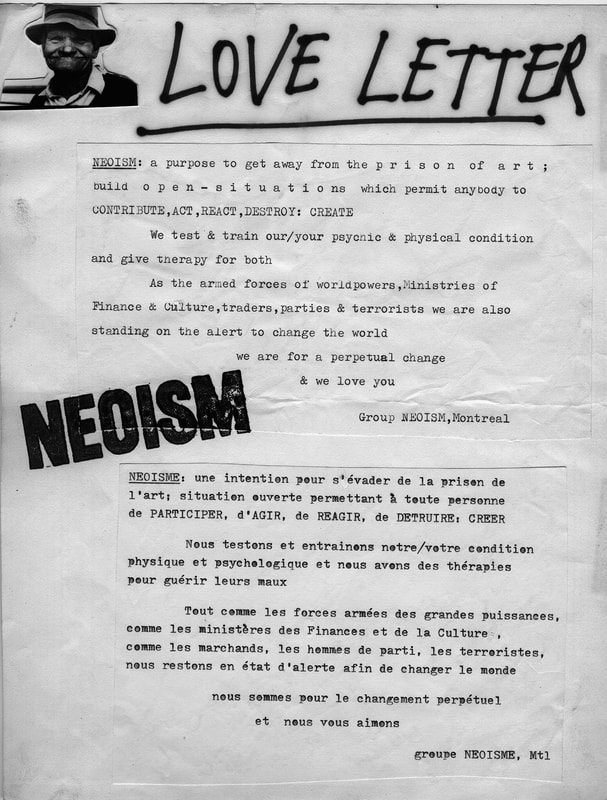

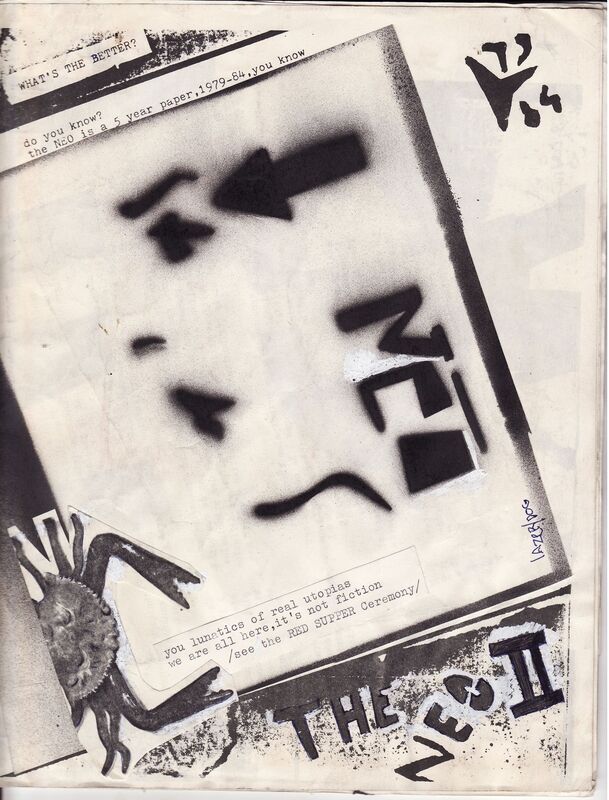
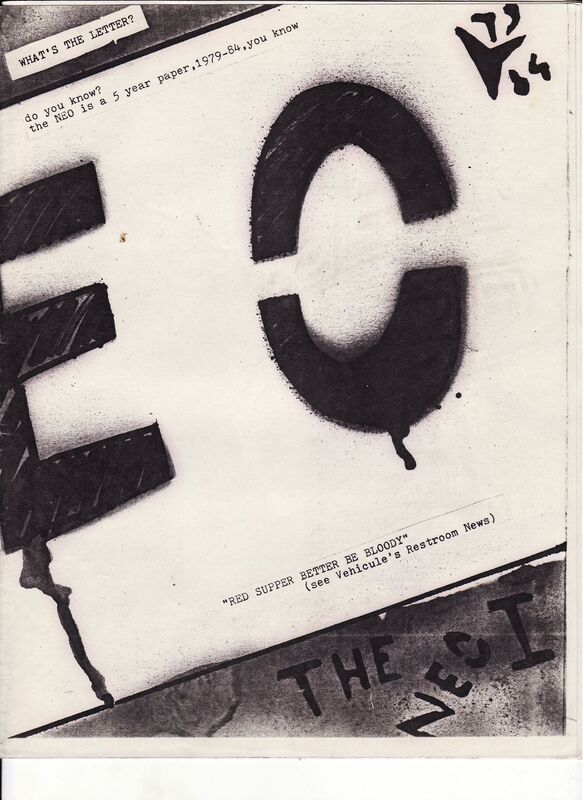
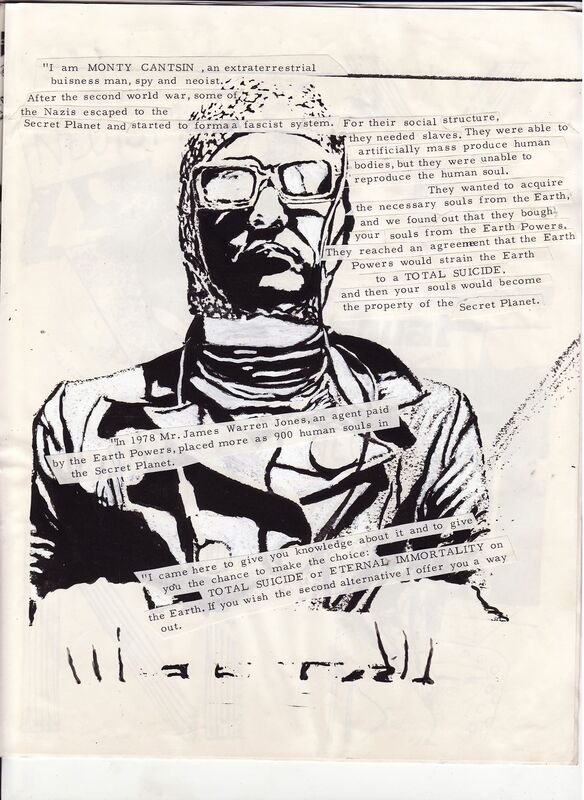
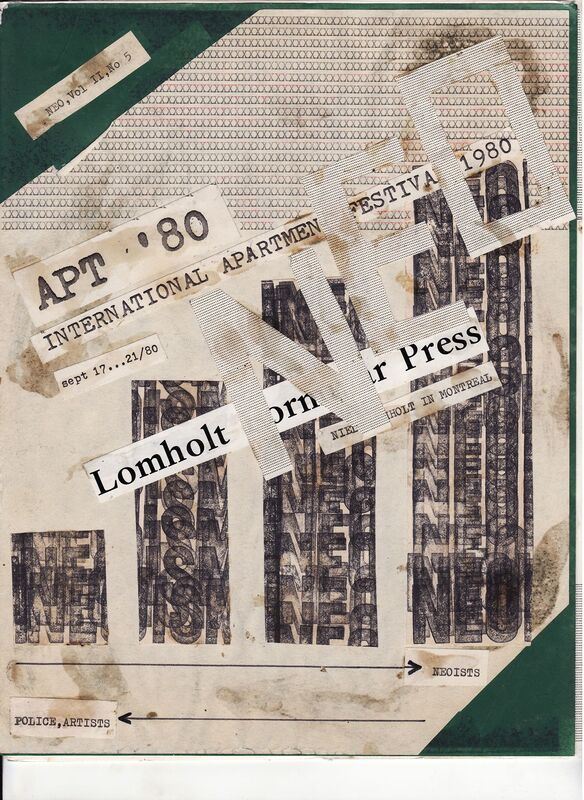
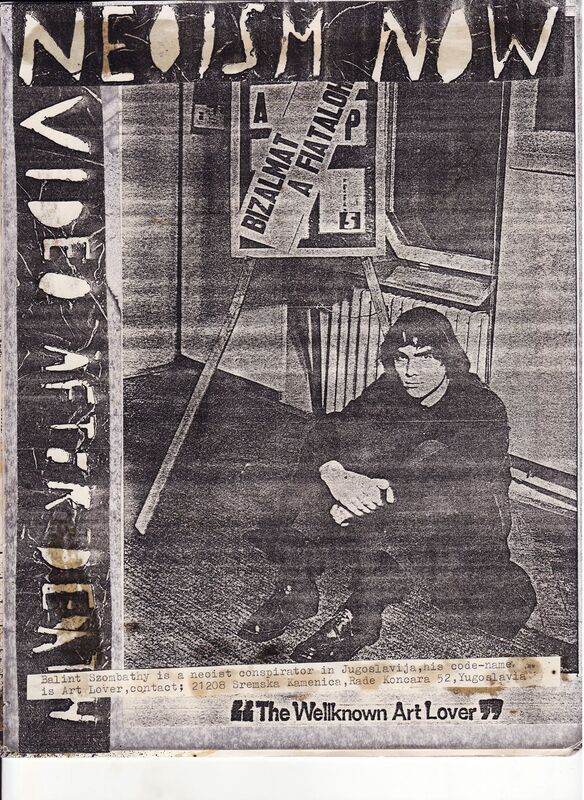
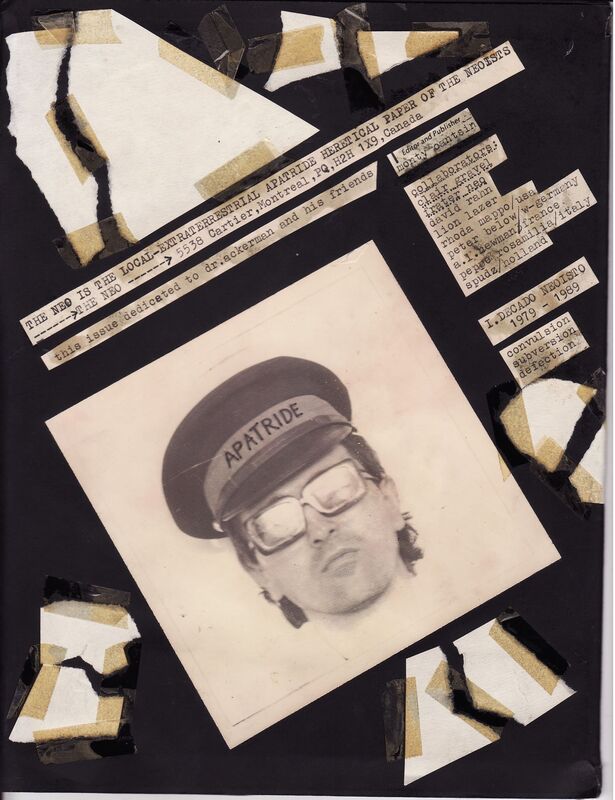
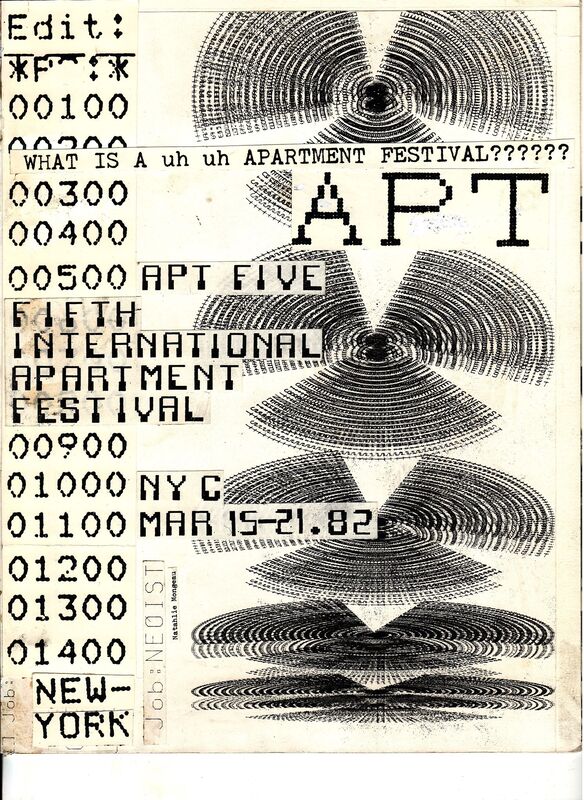
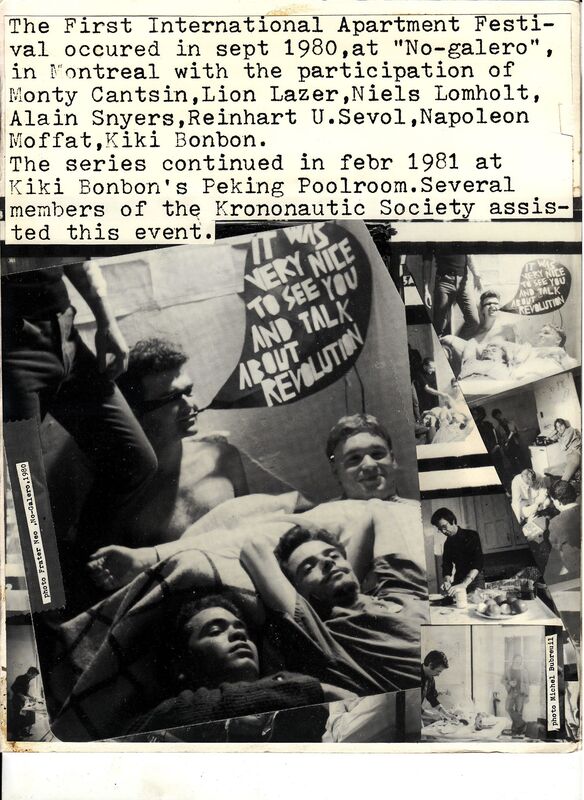
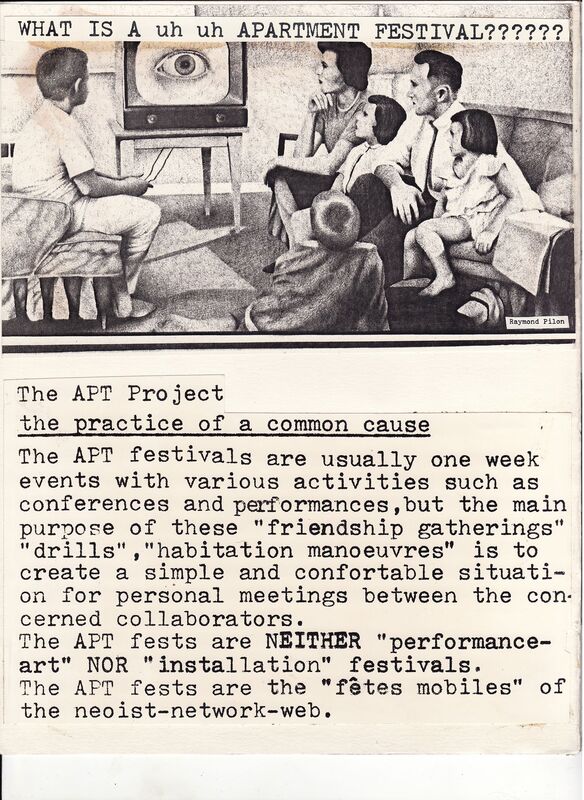
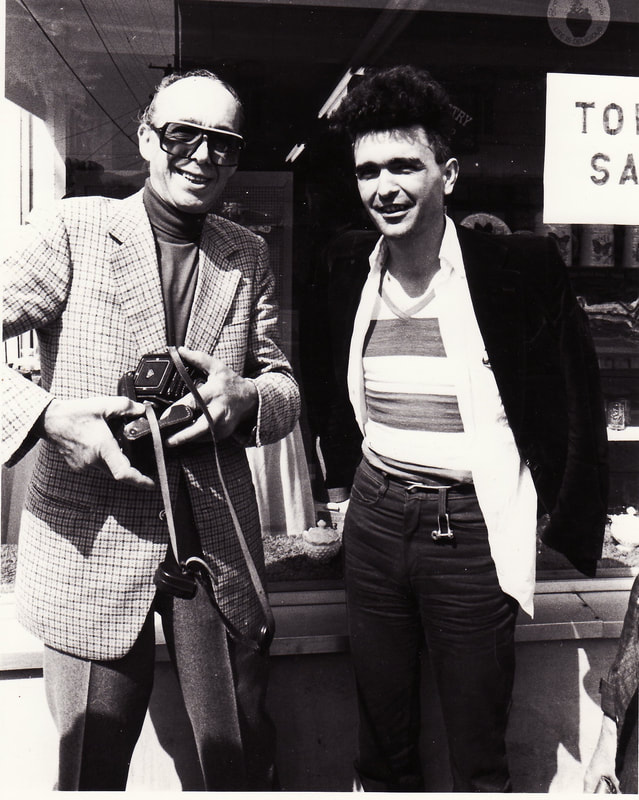
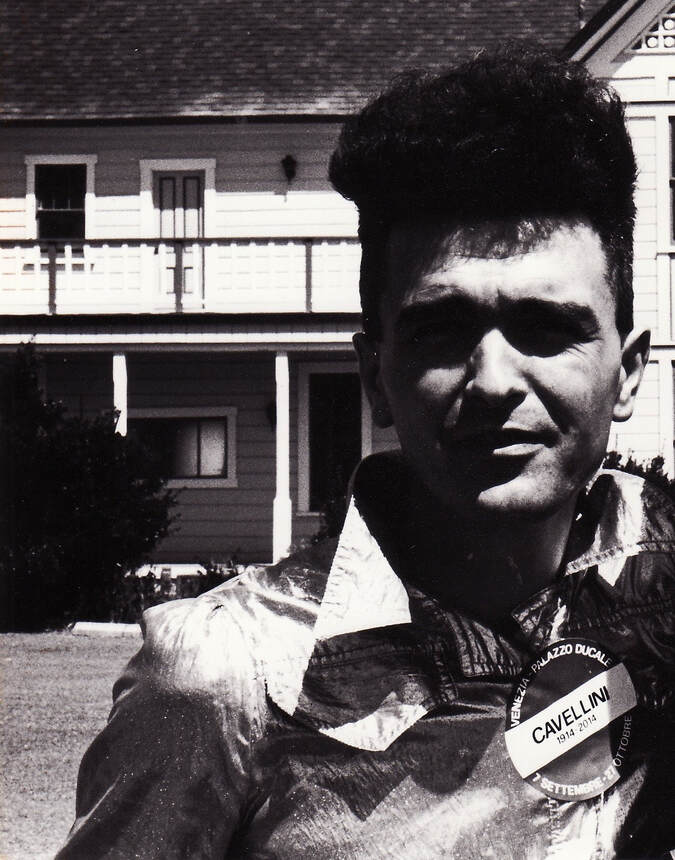
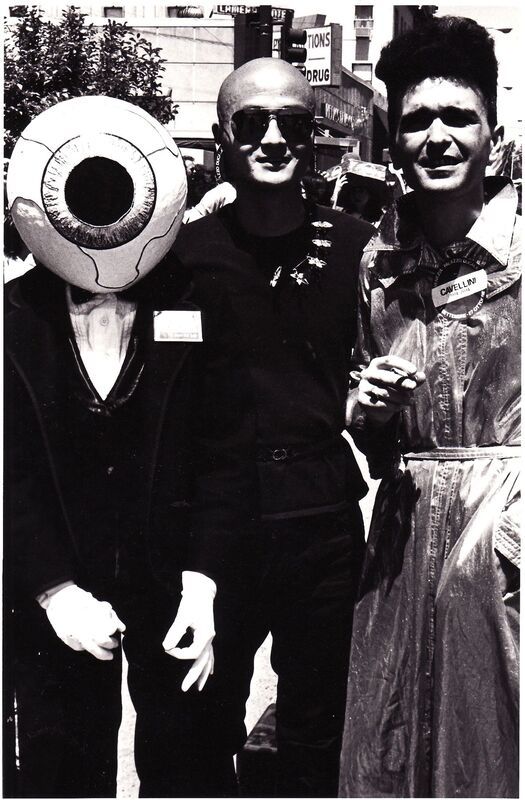
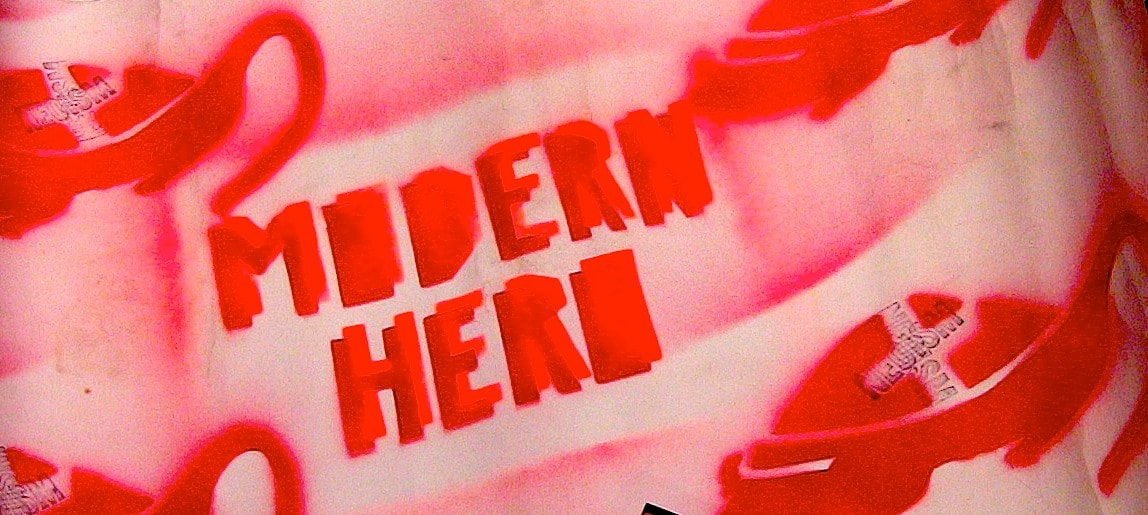
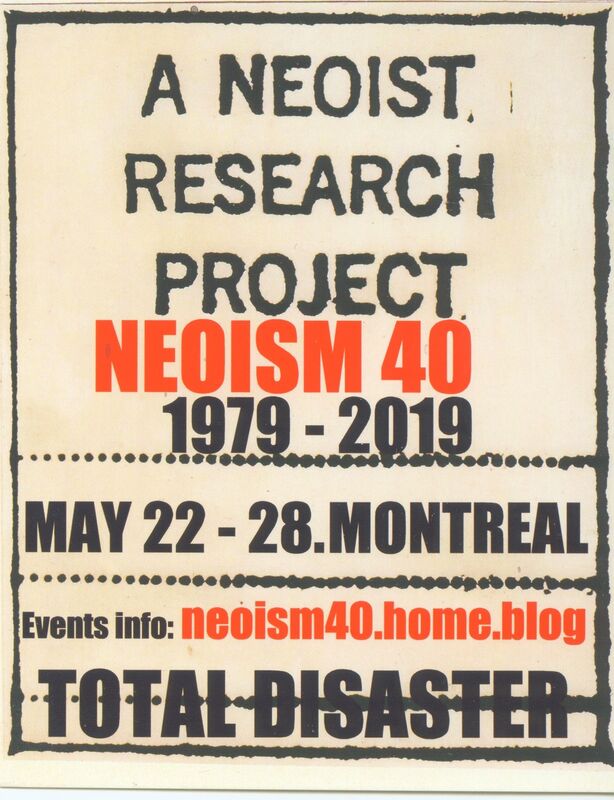
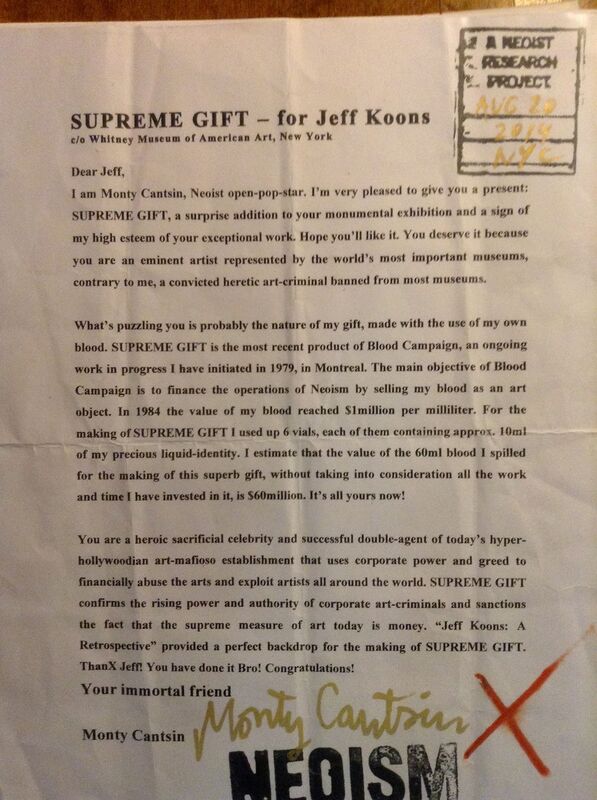

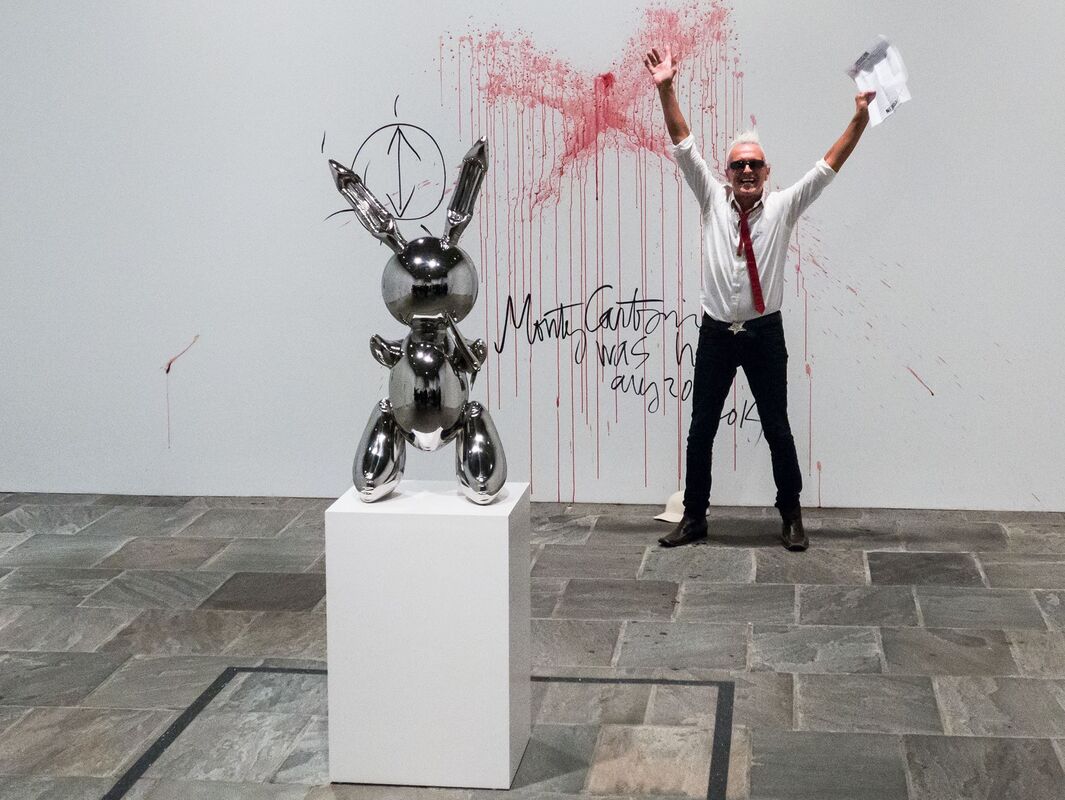
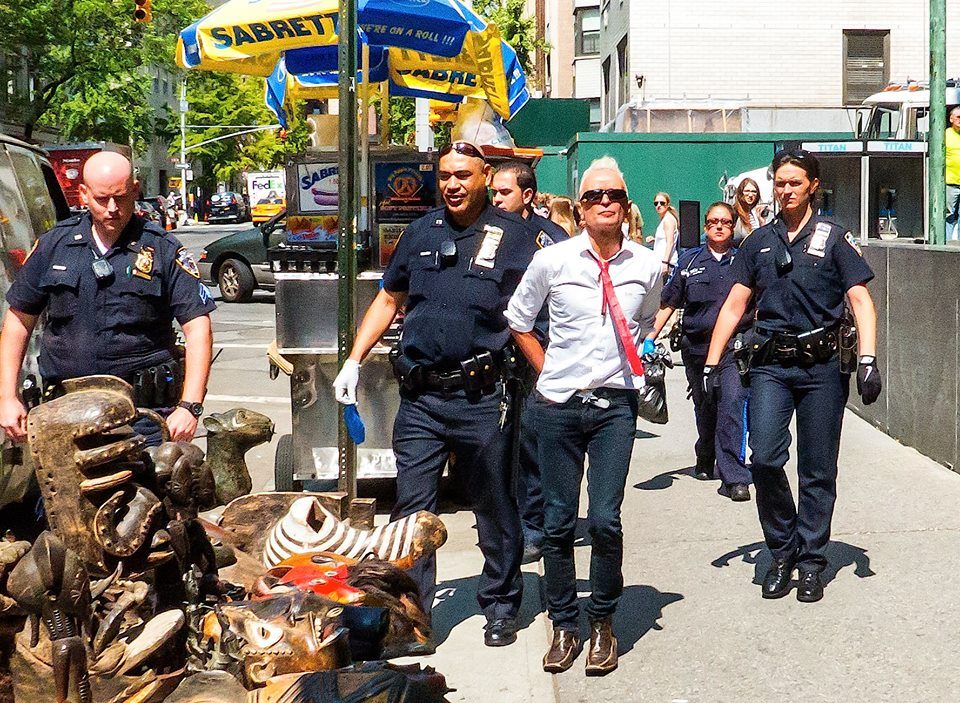

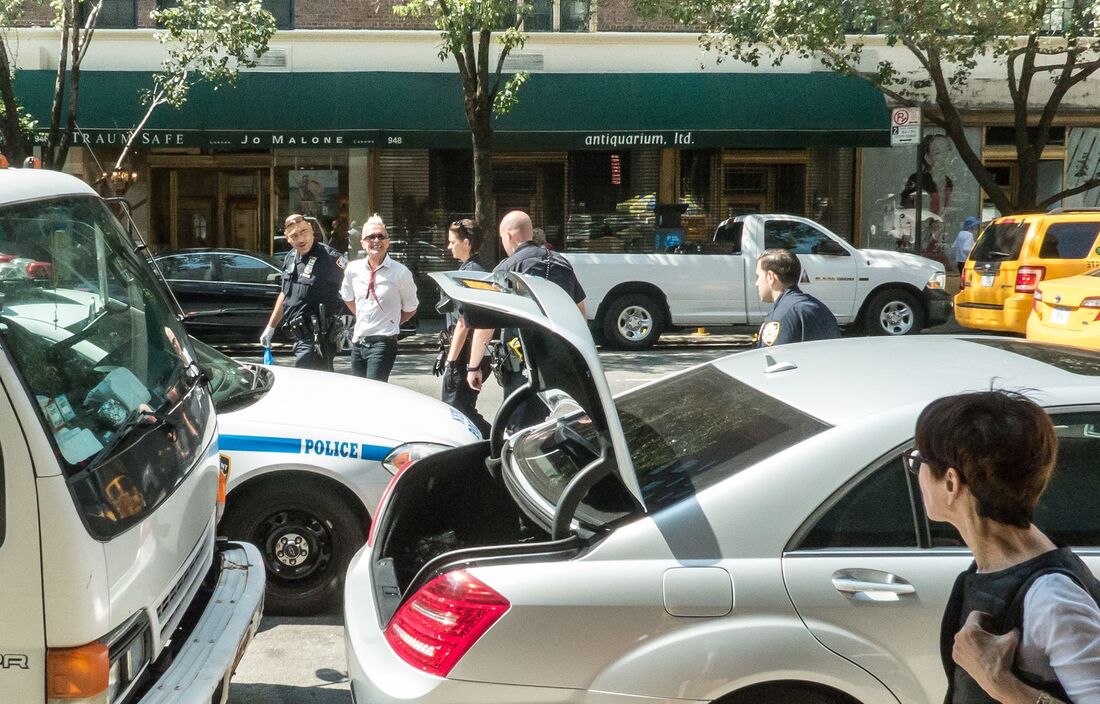
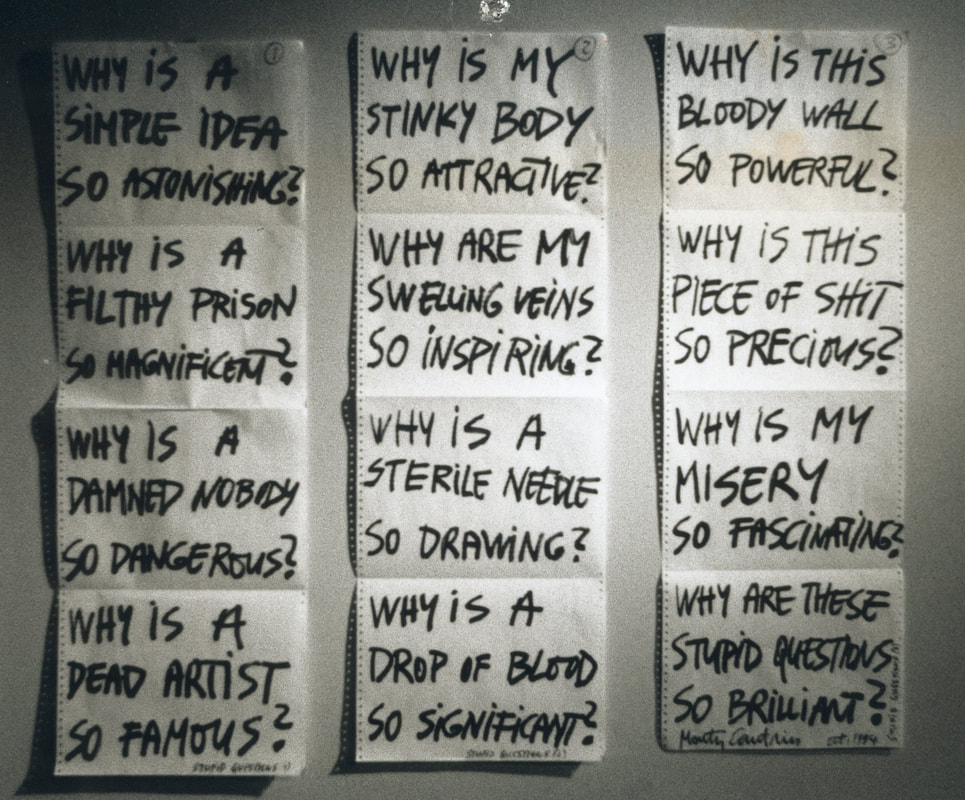
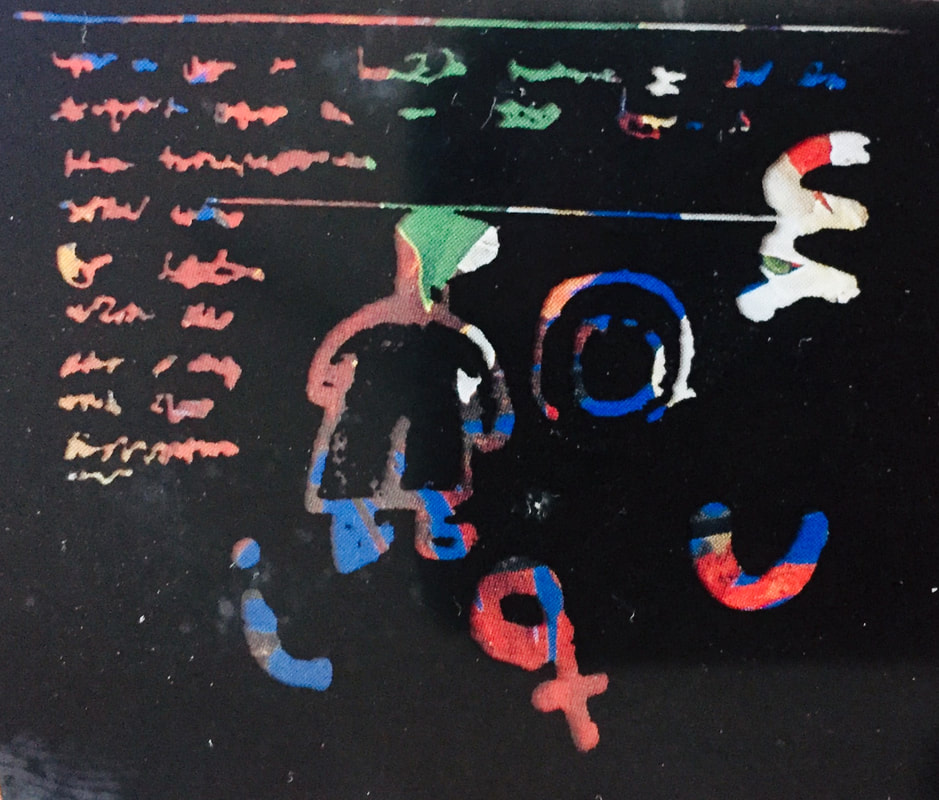
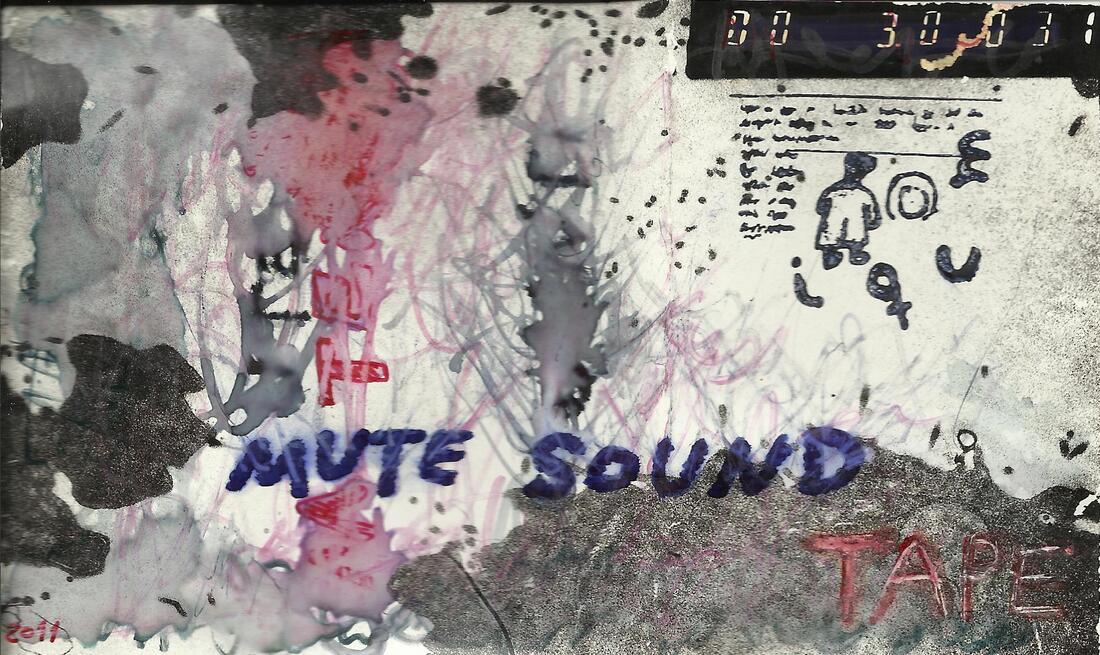
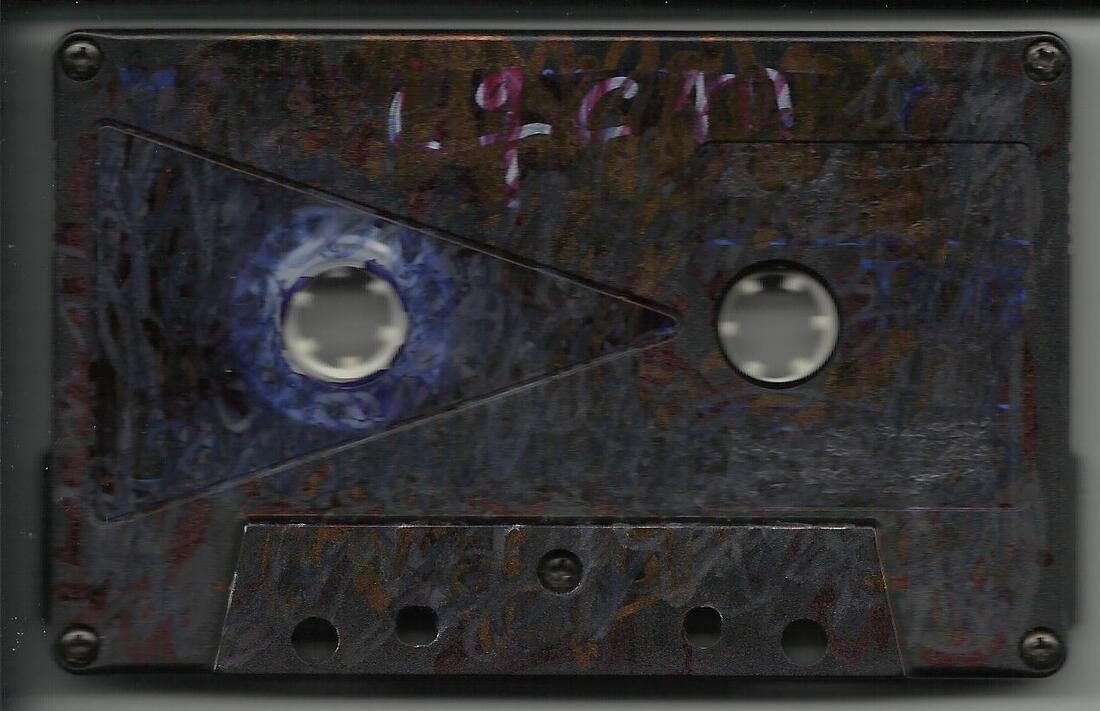
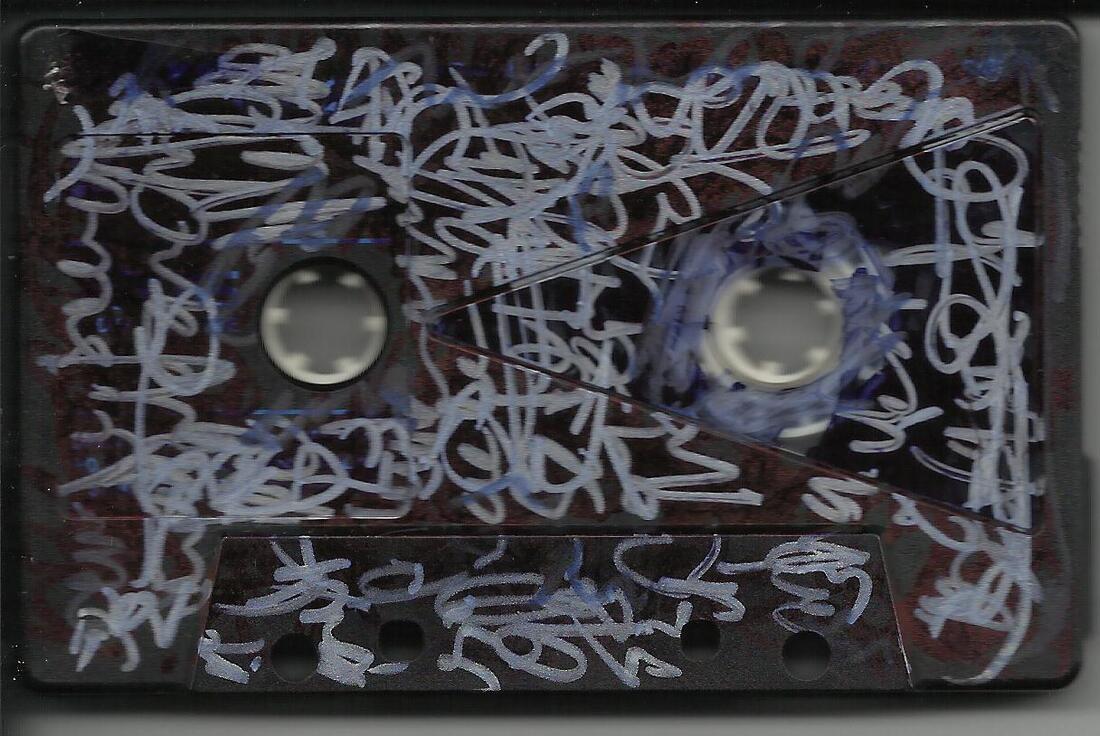
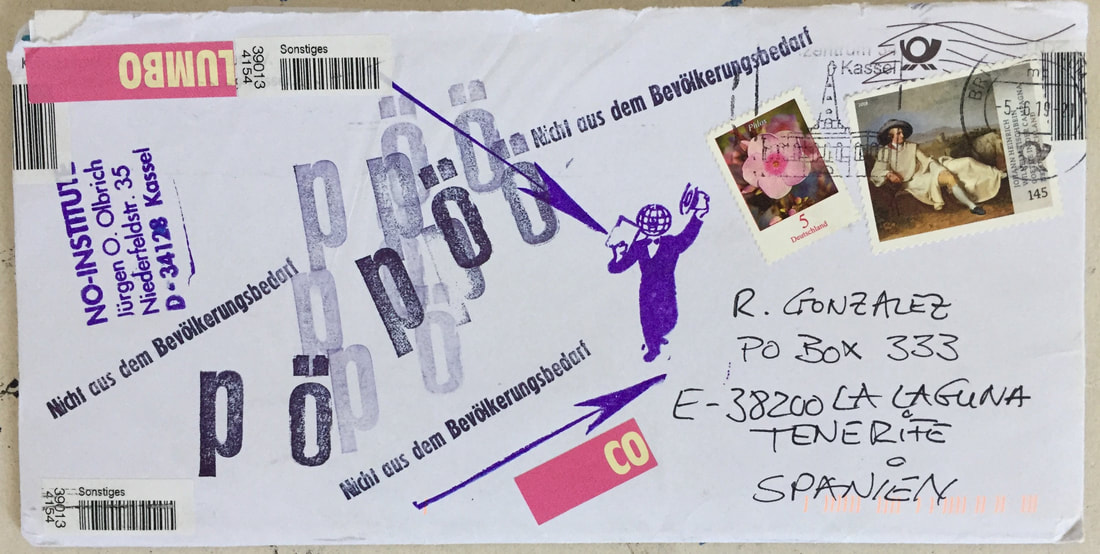

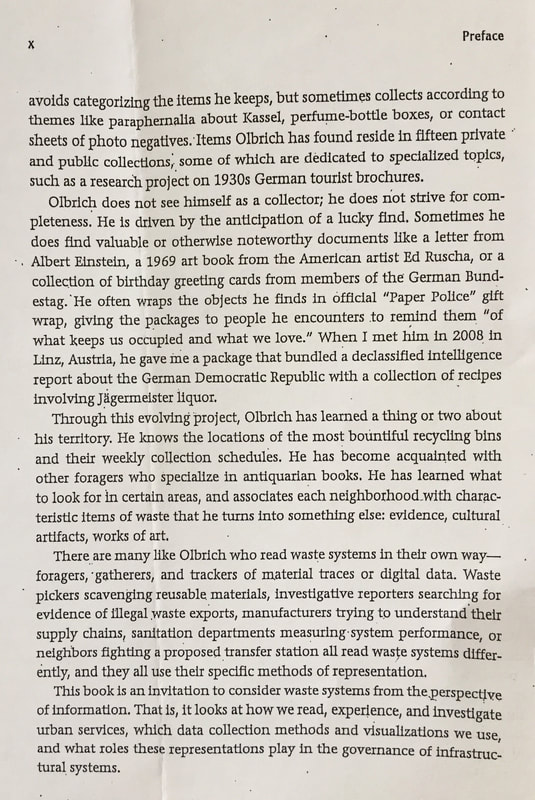
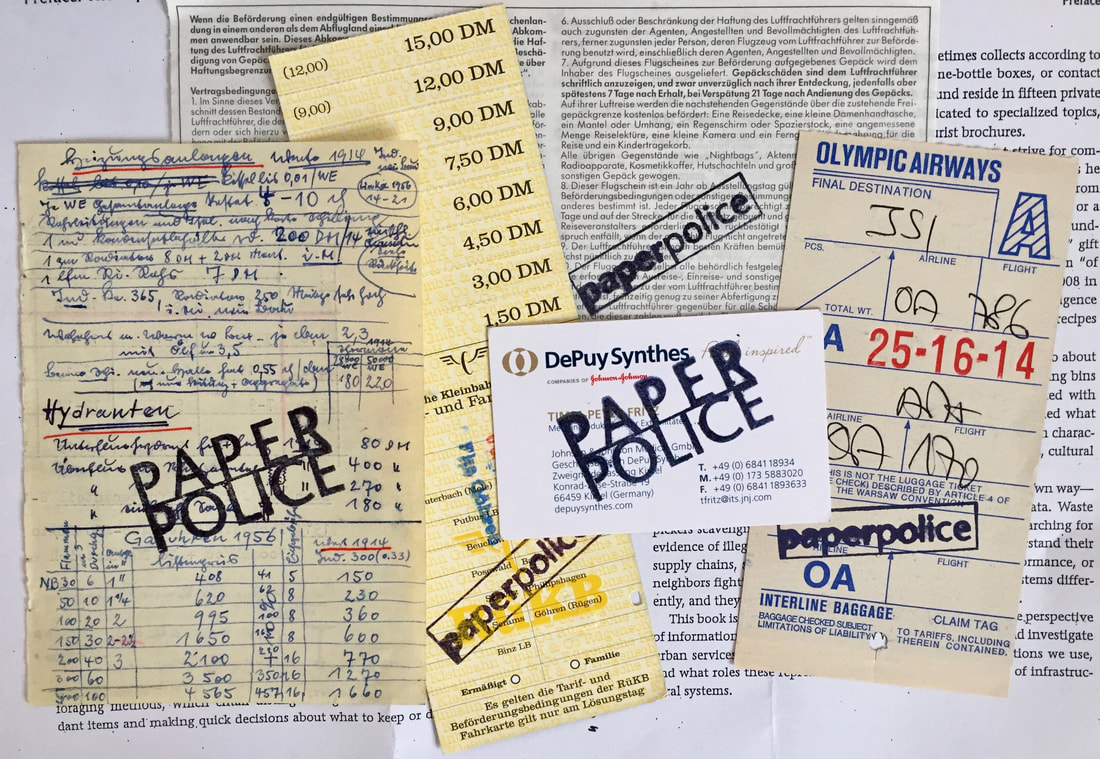

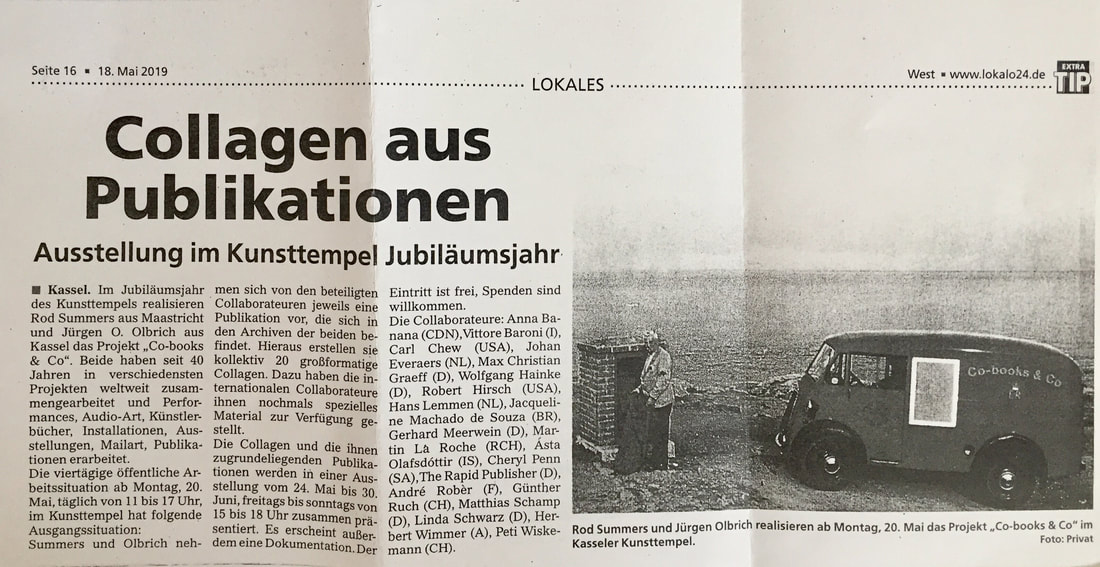
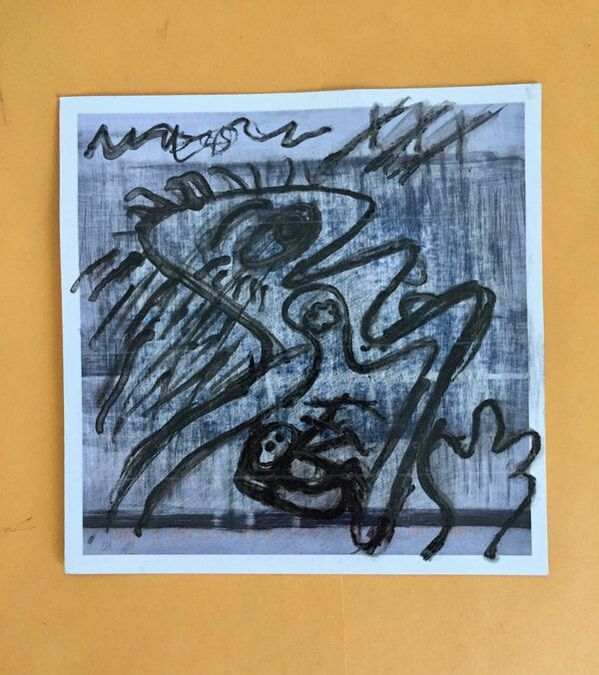
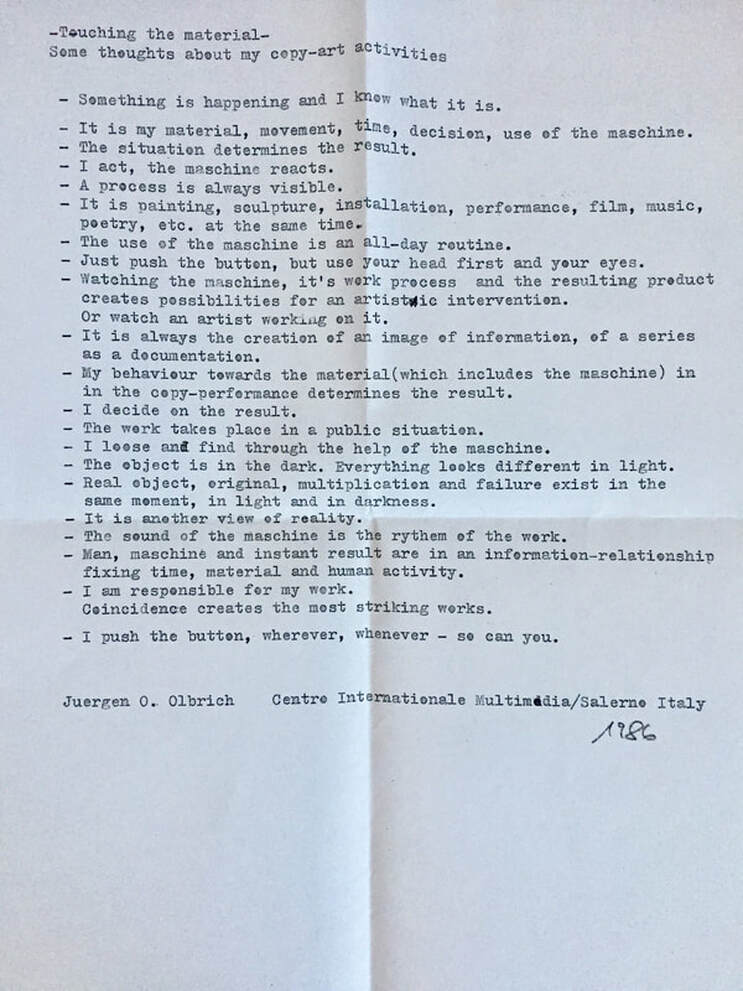
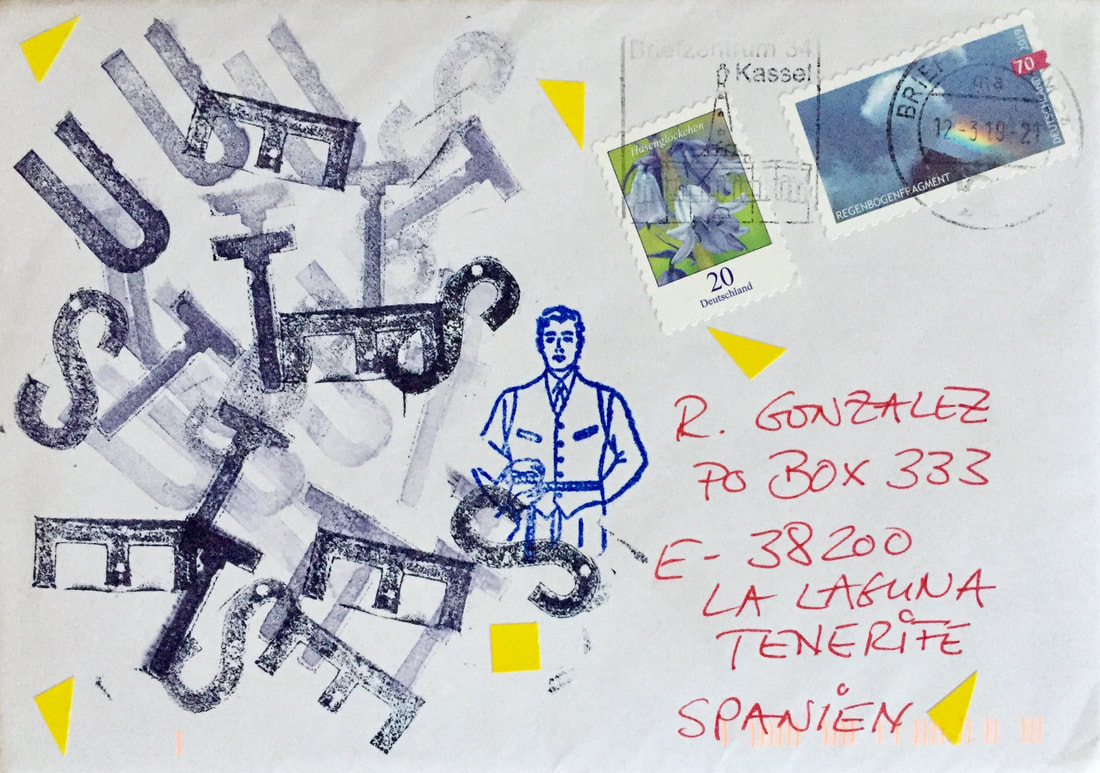
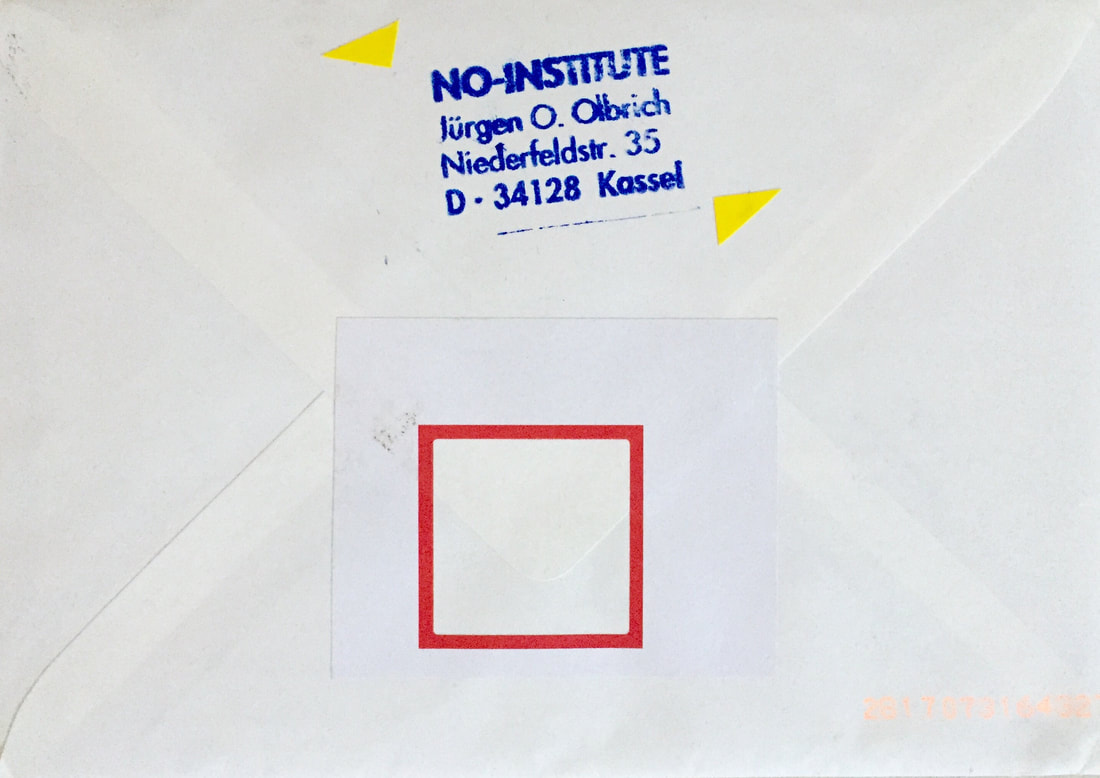
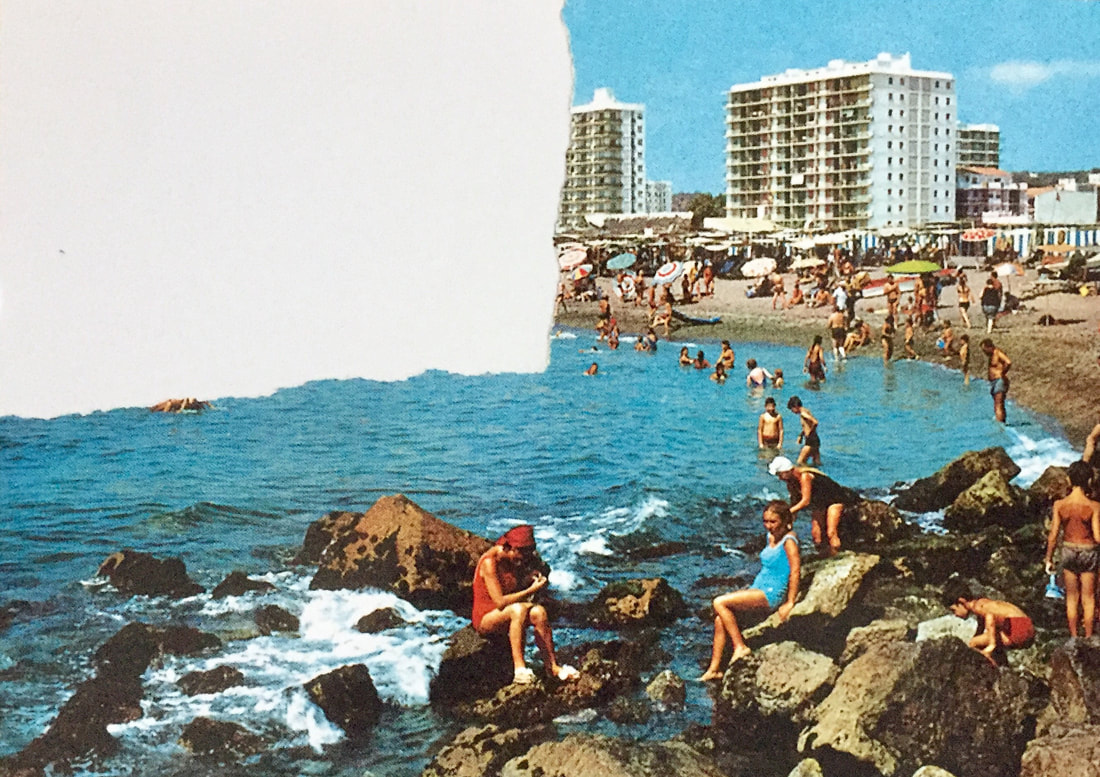
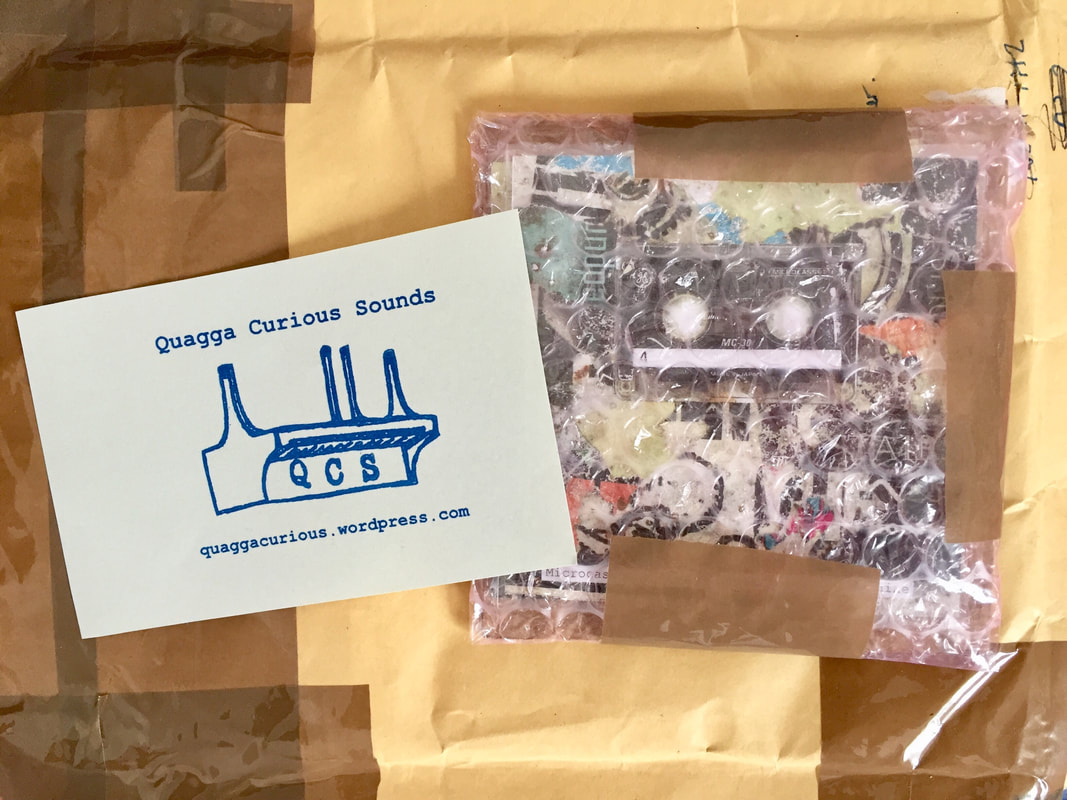
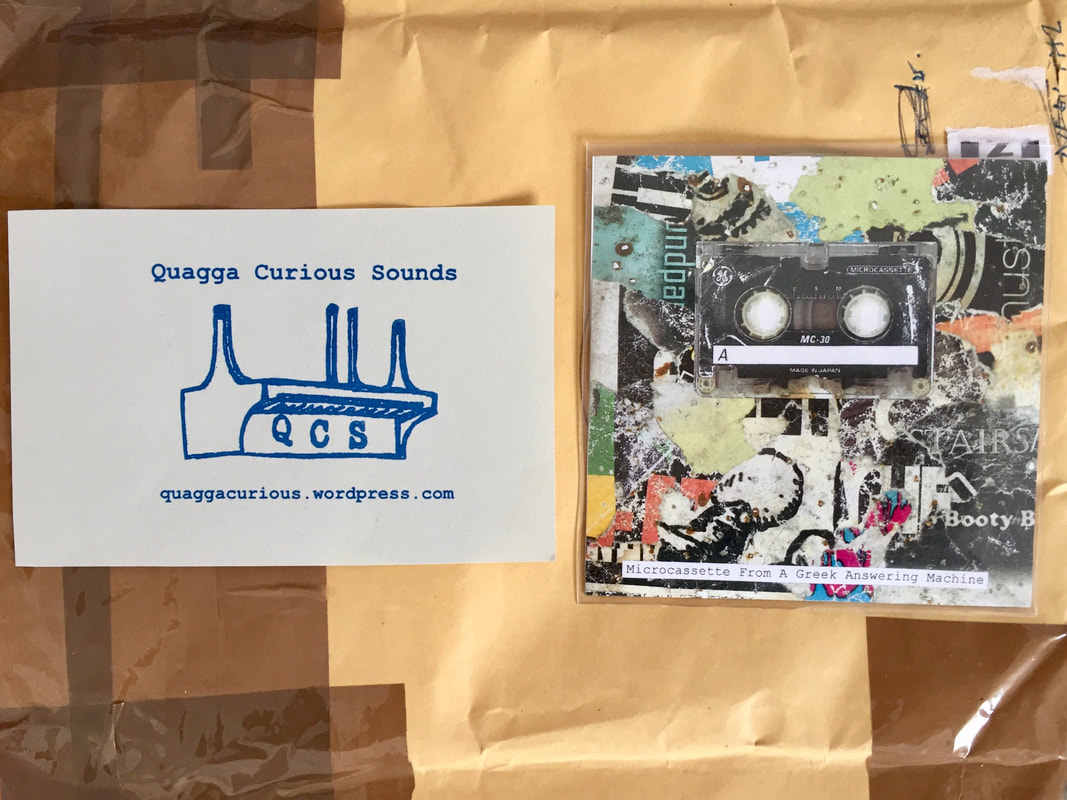

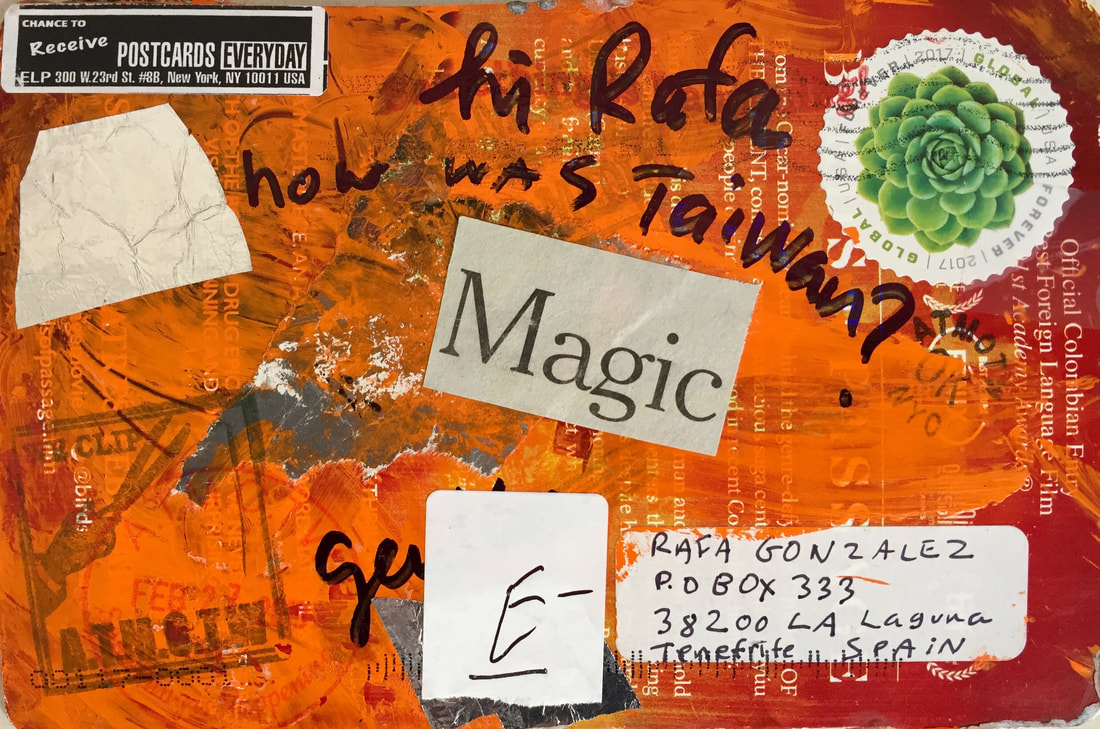
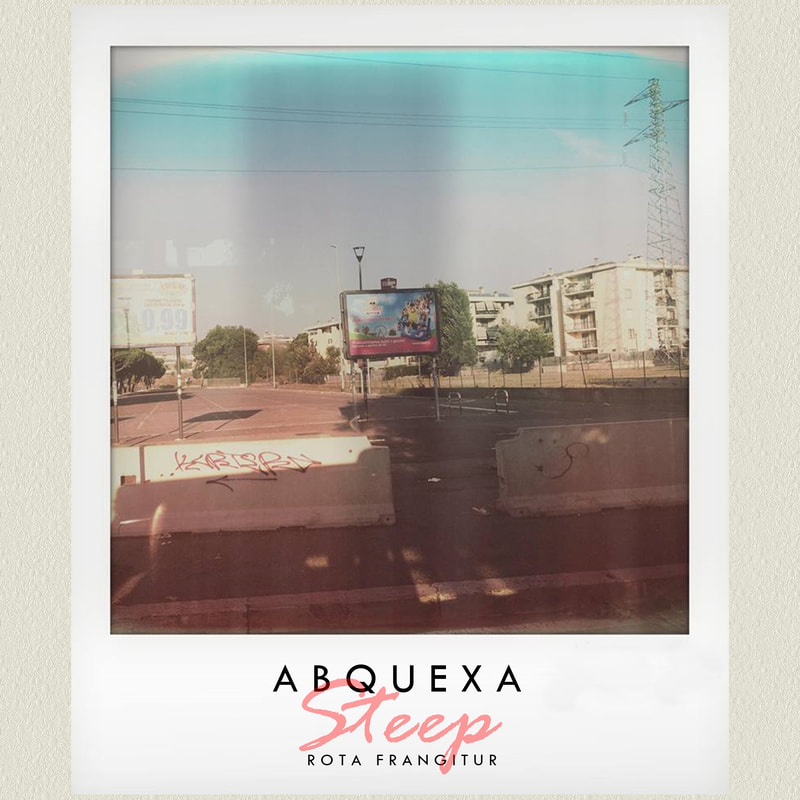
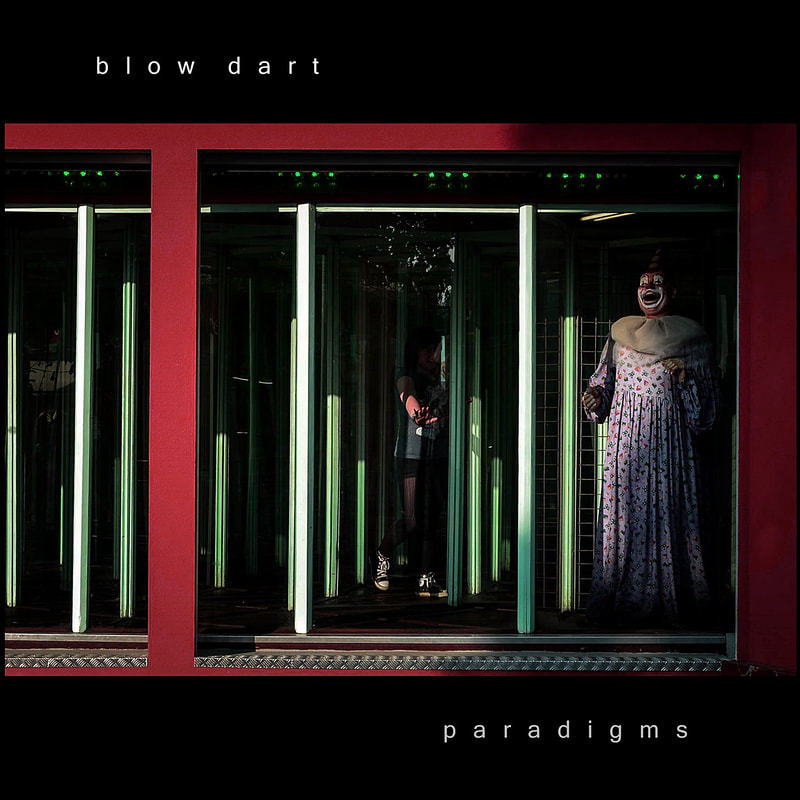

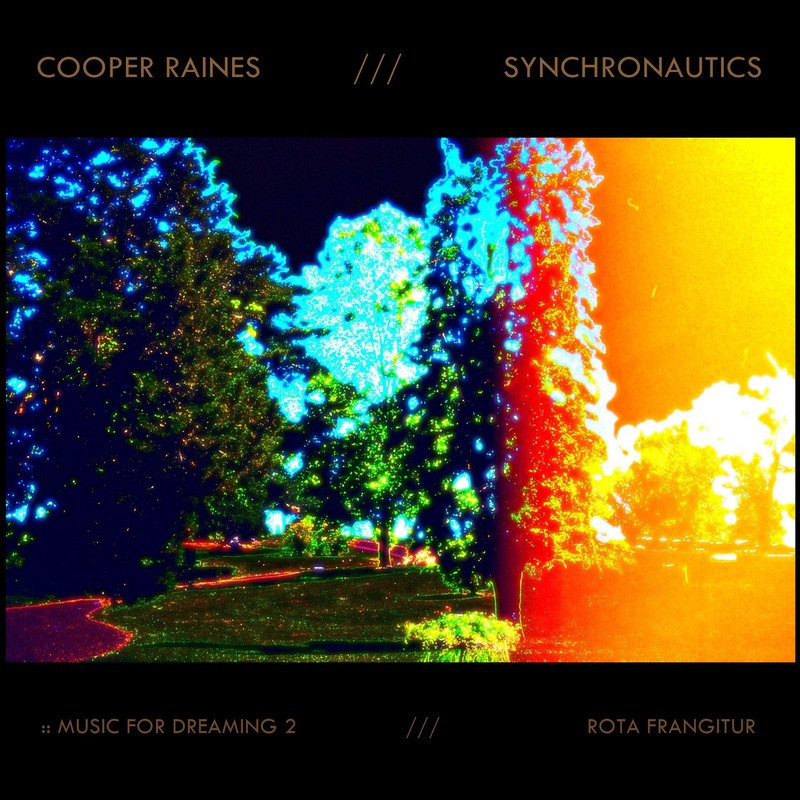
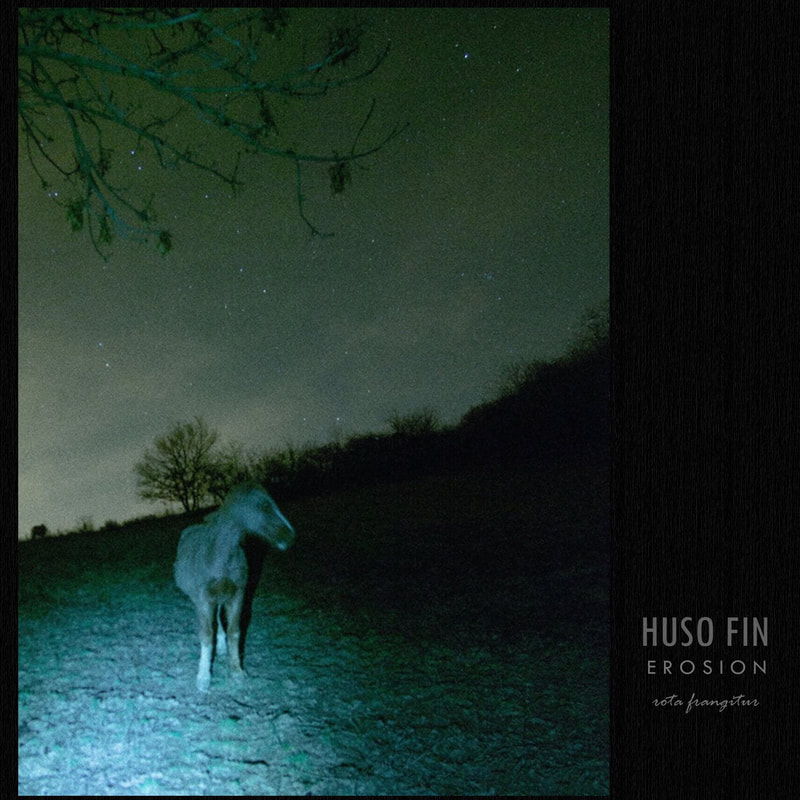
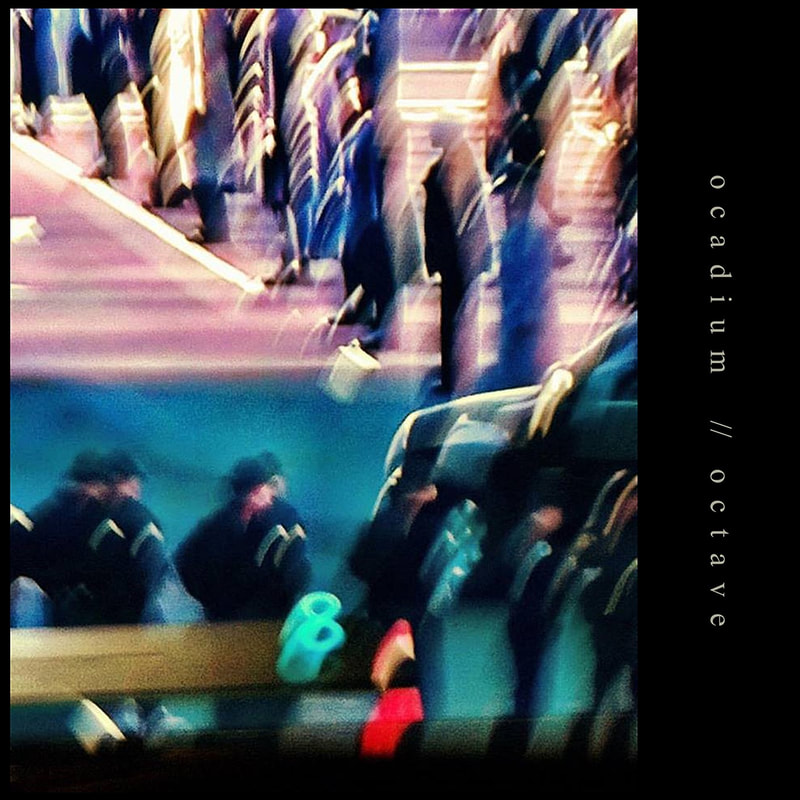
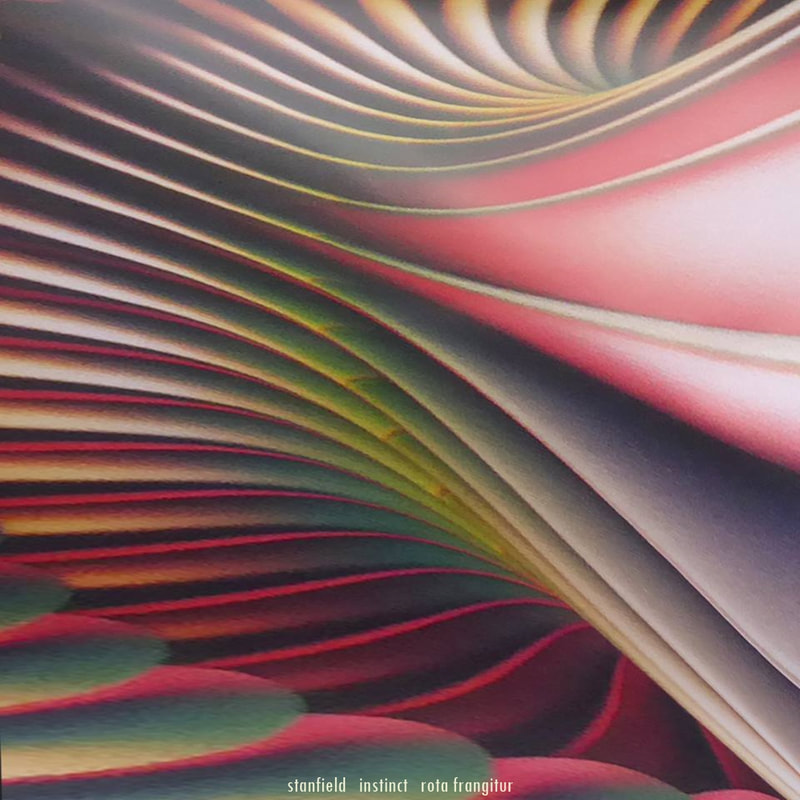
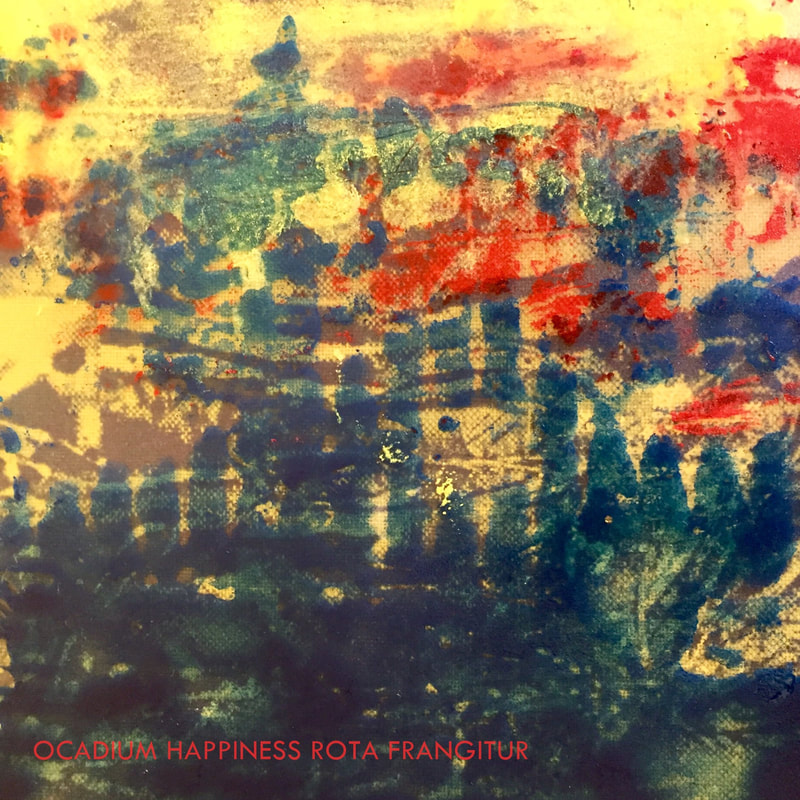
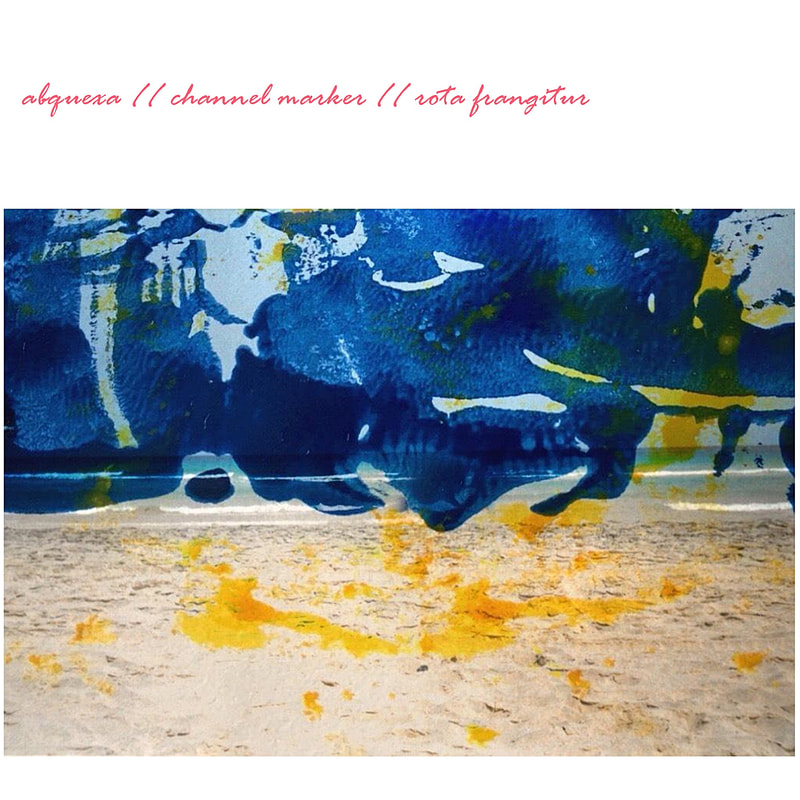
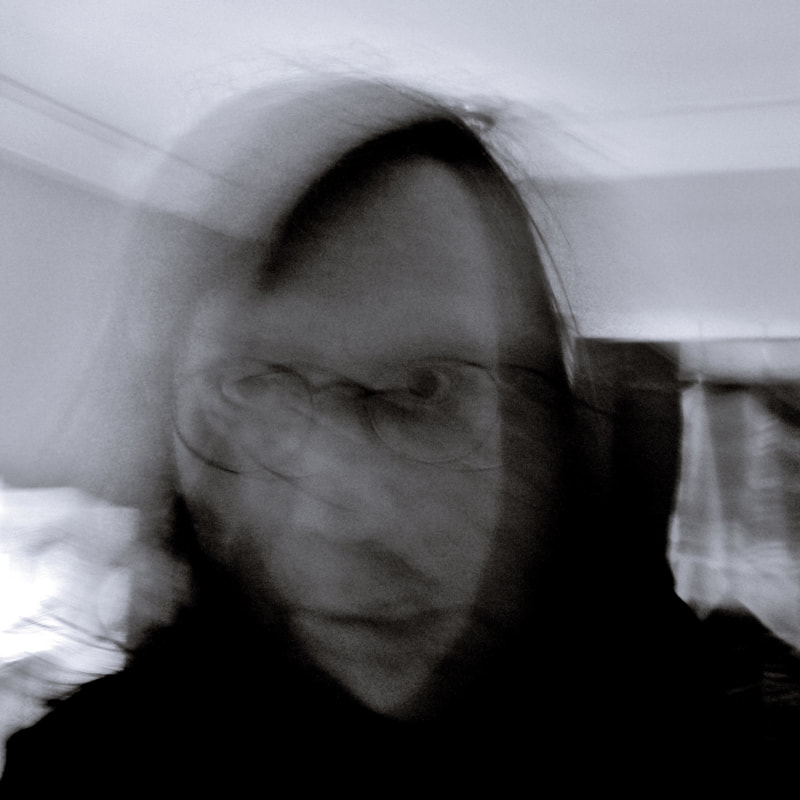
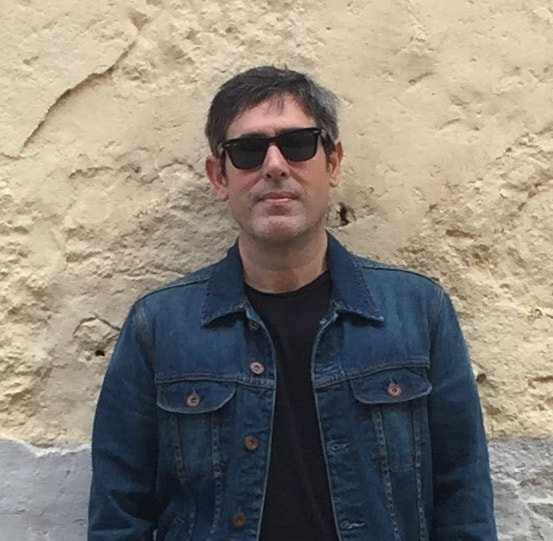
 RSS Feed
RSS Feed